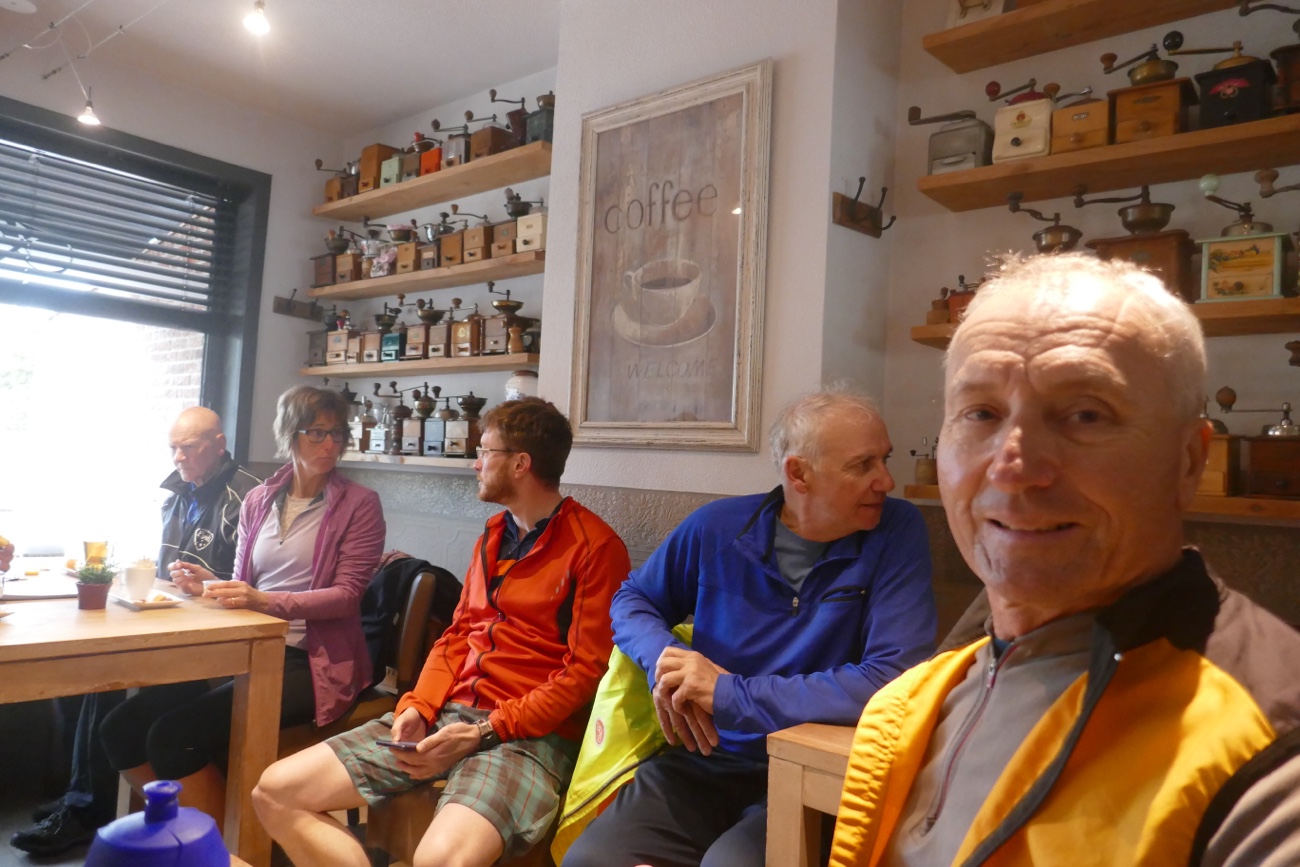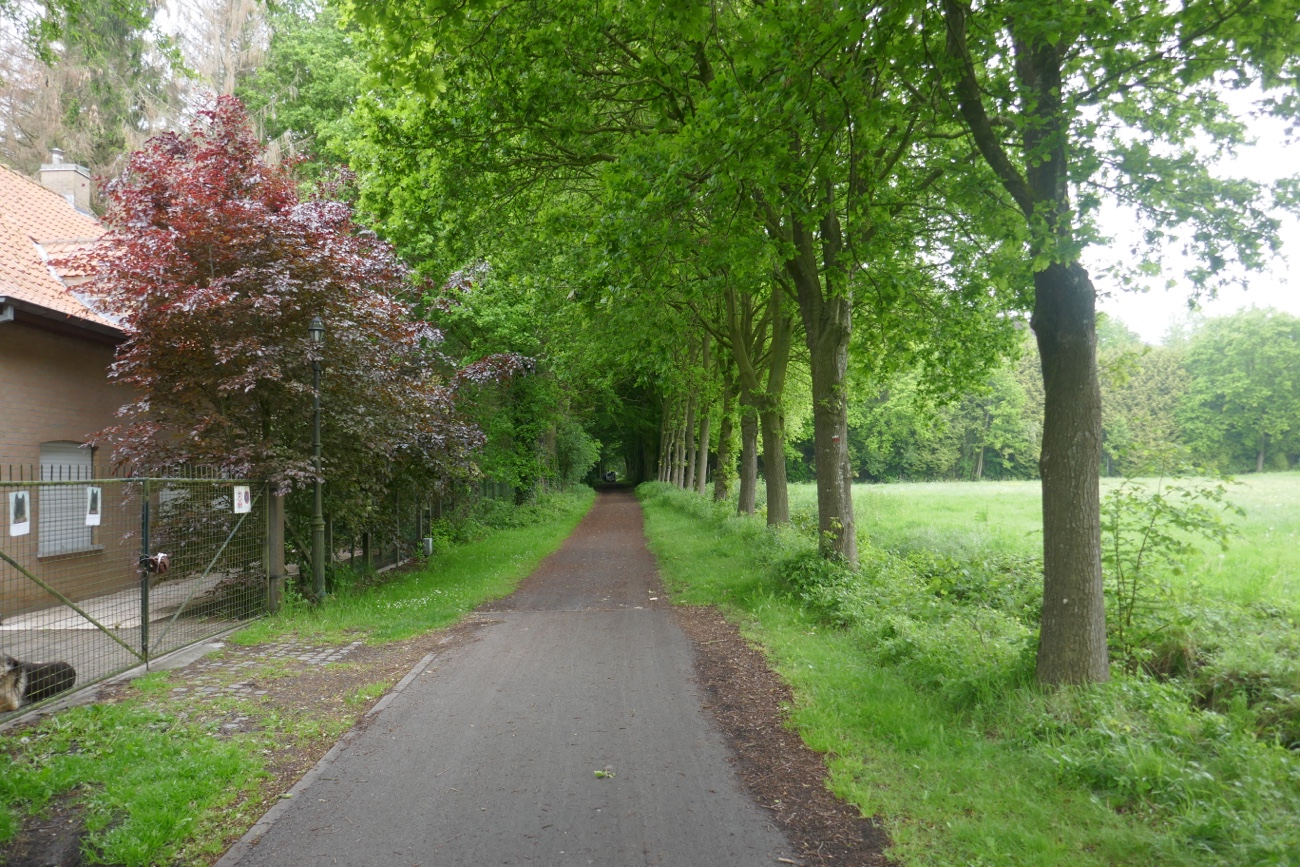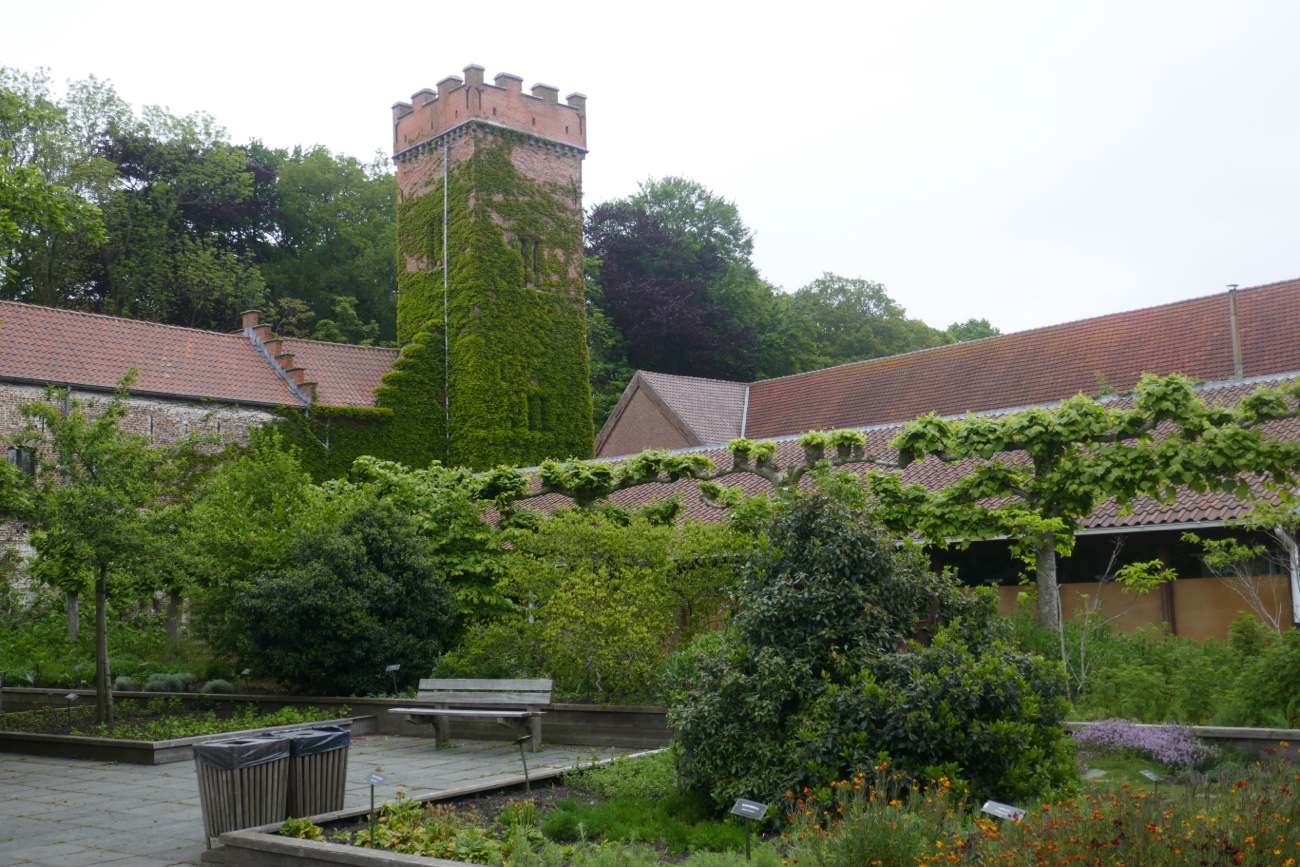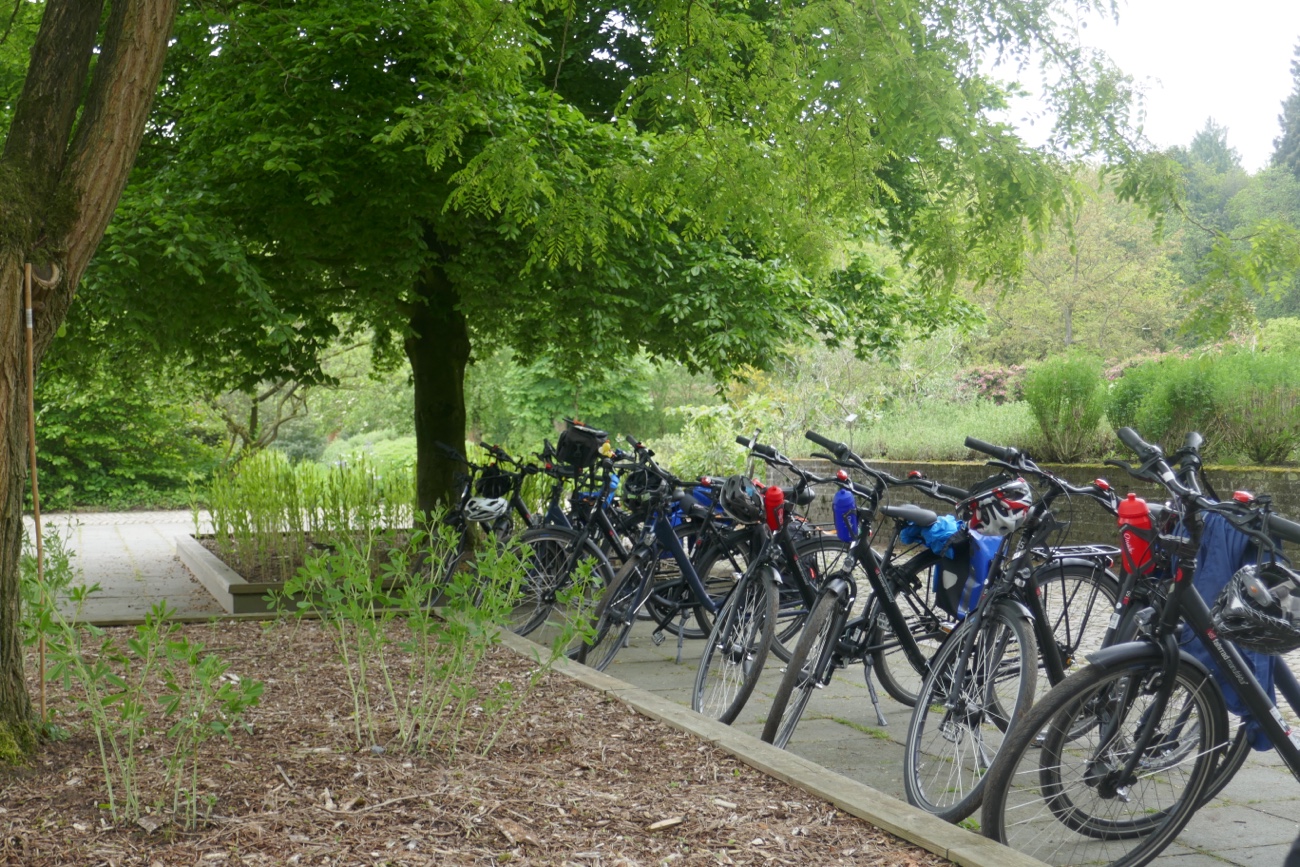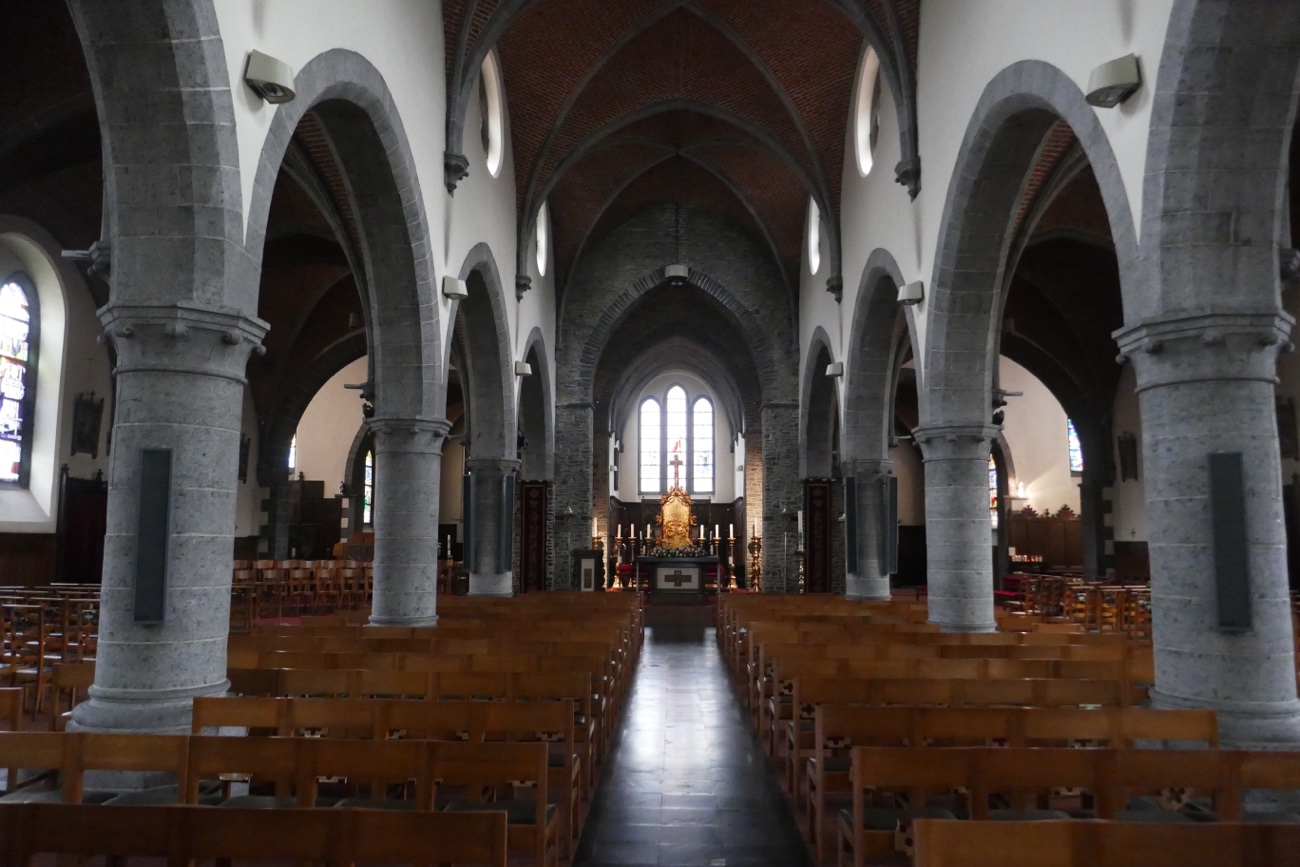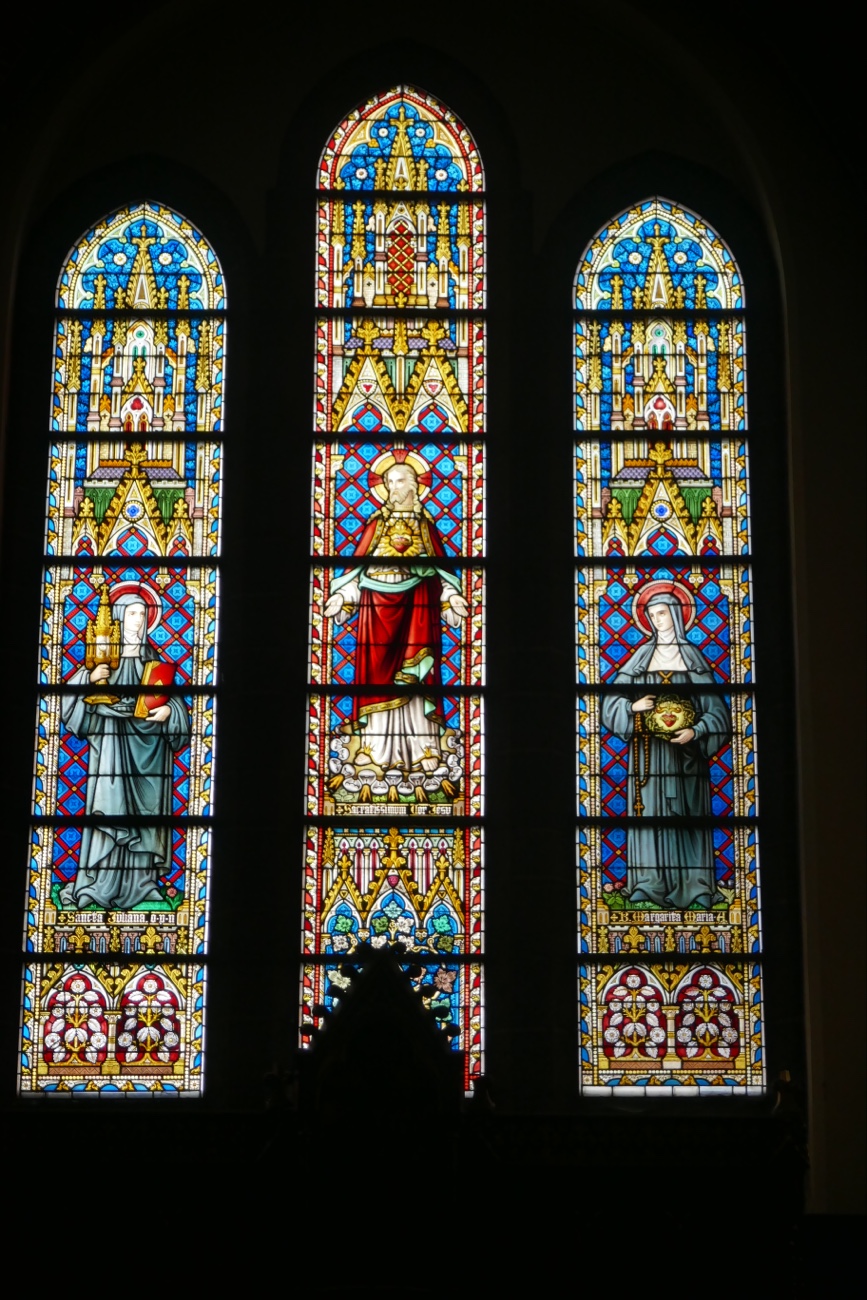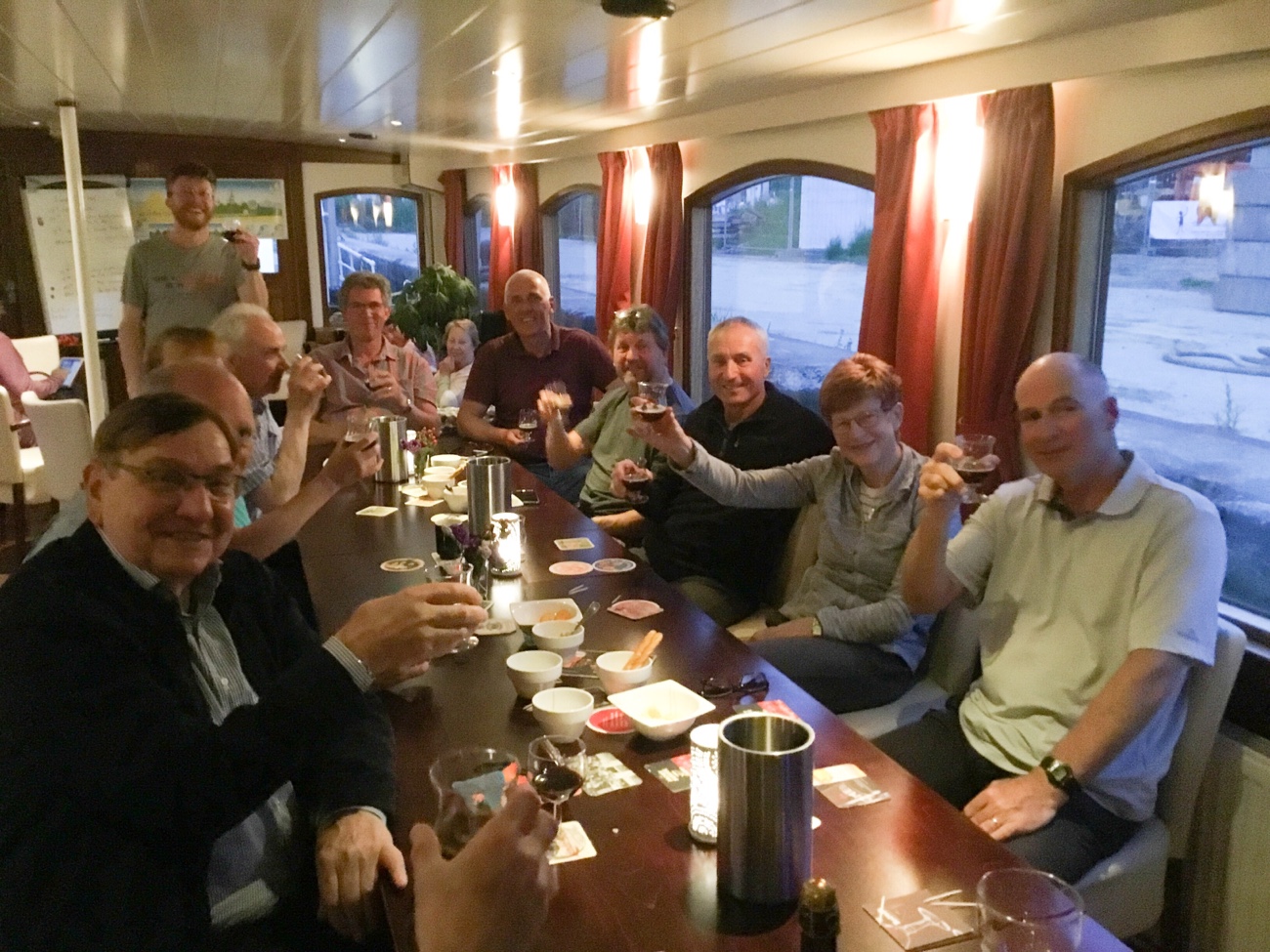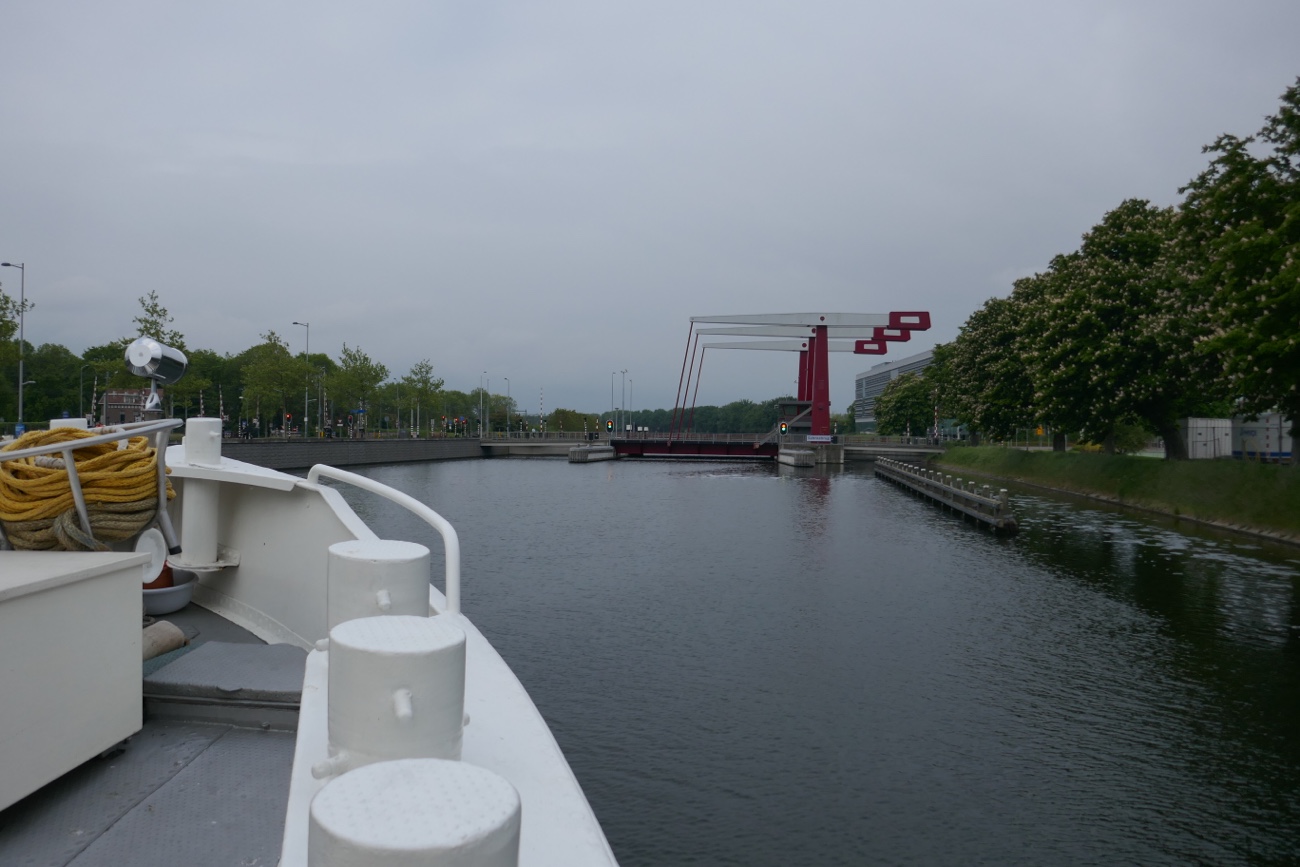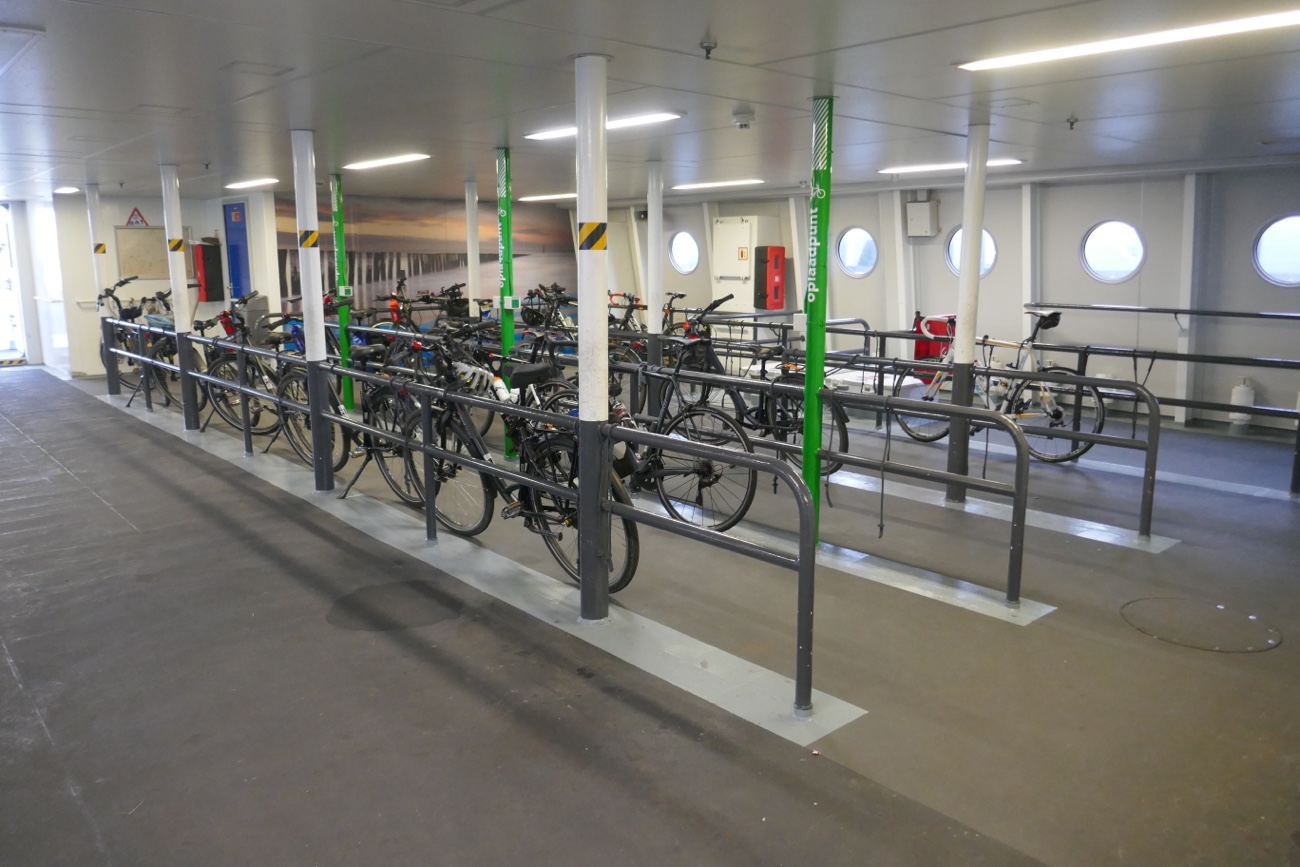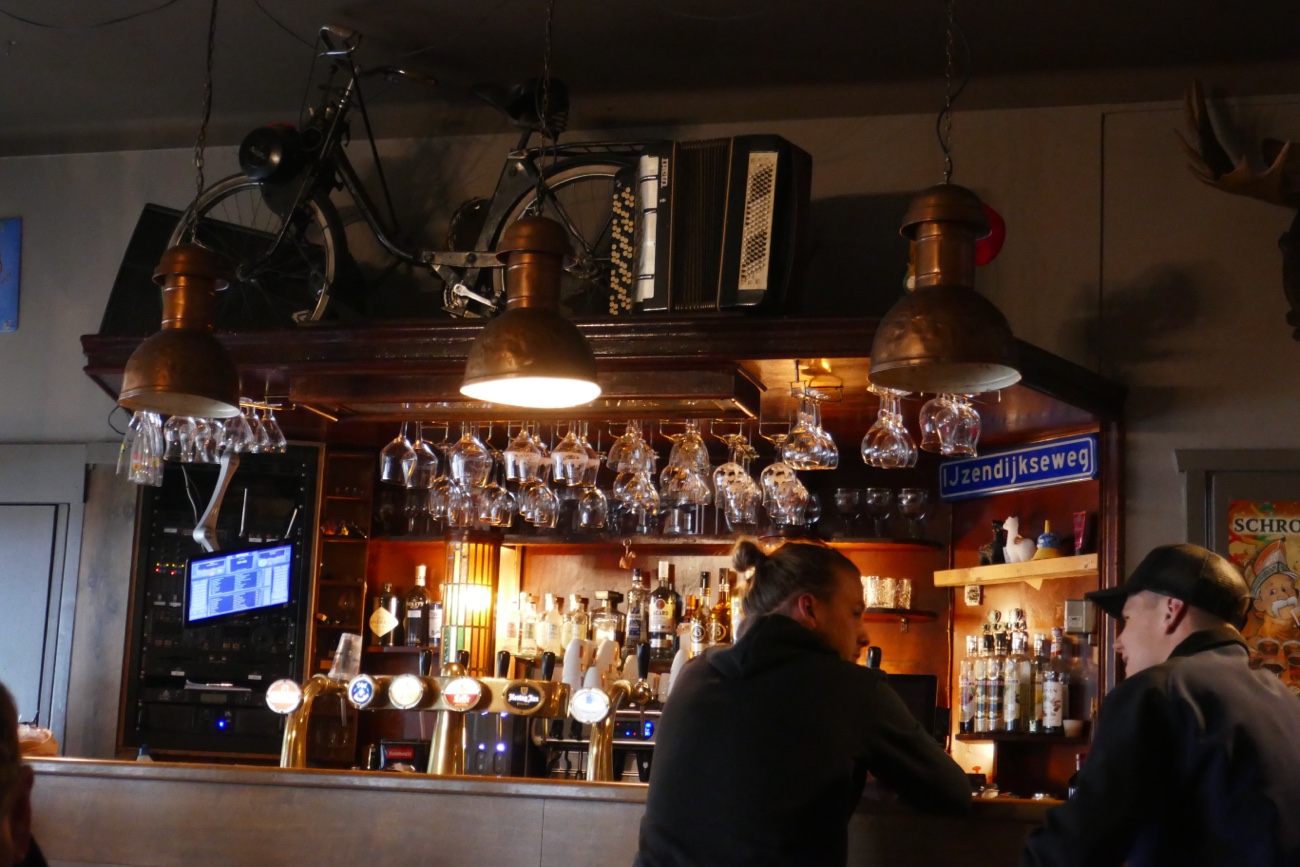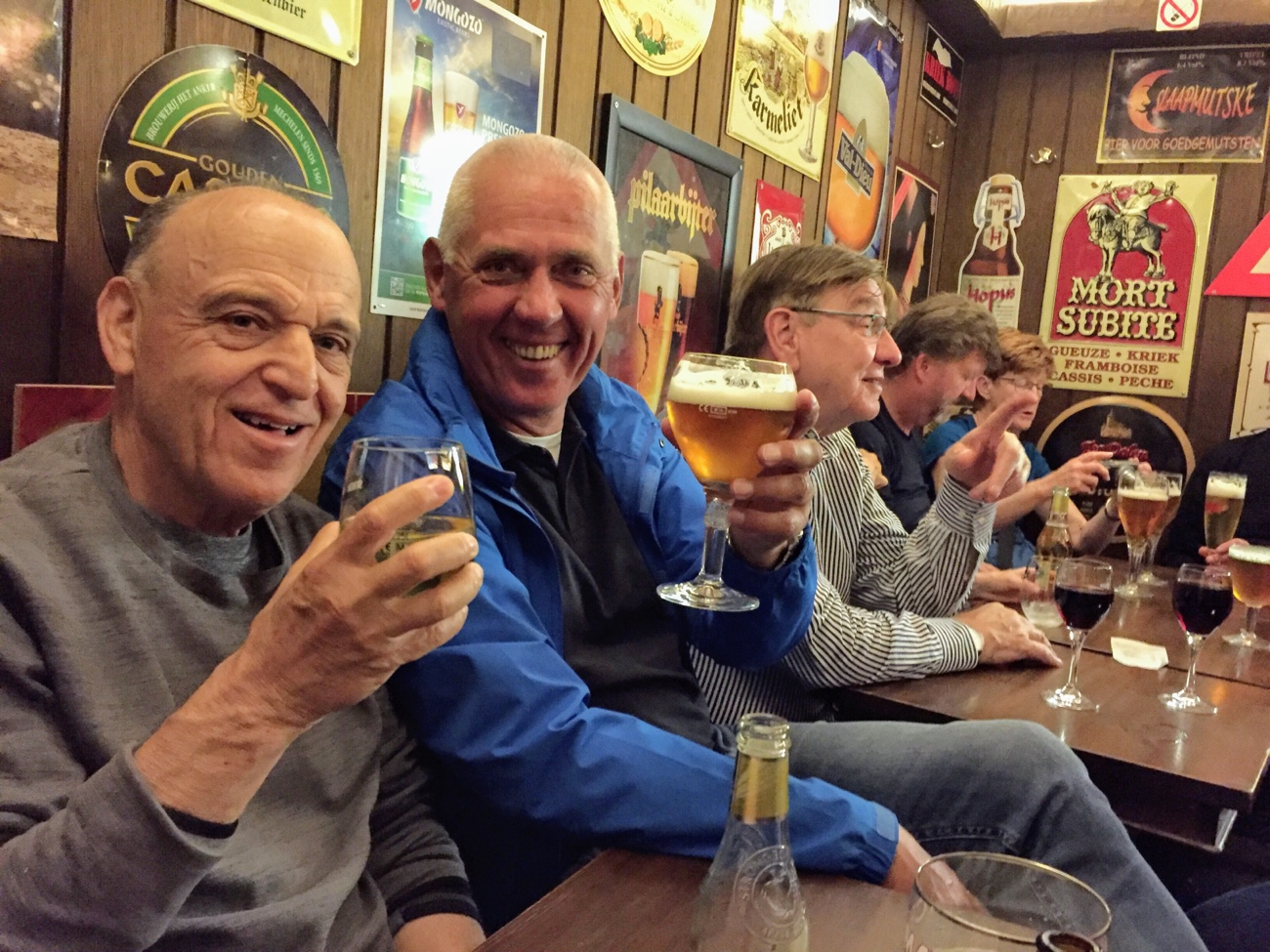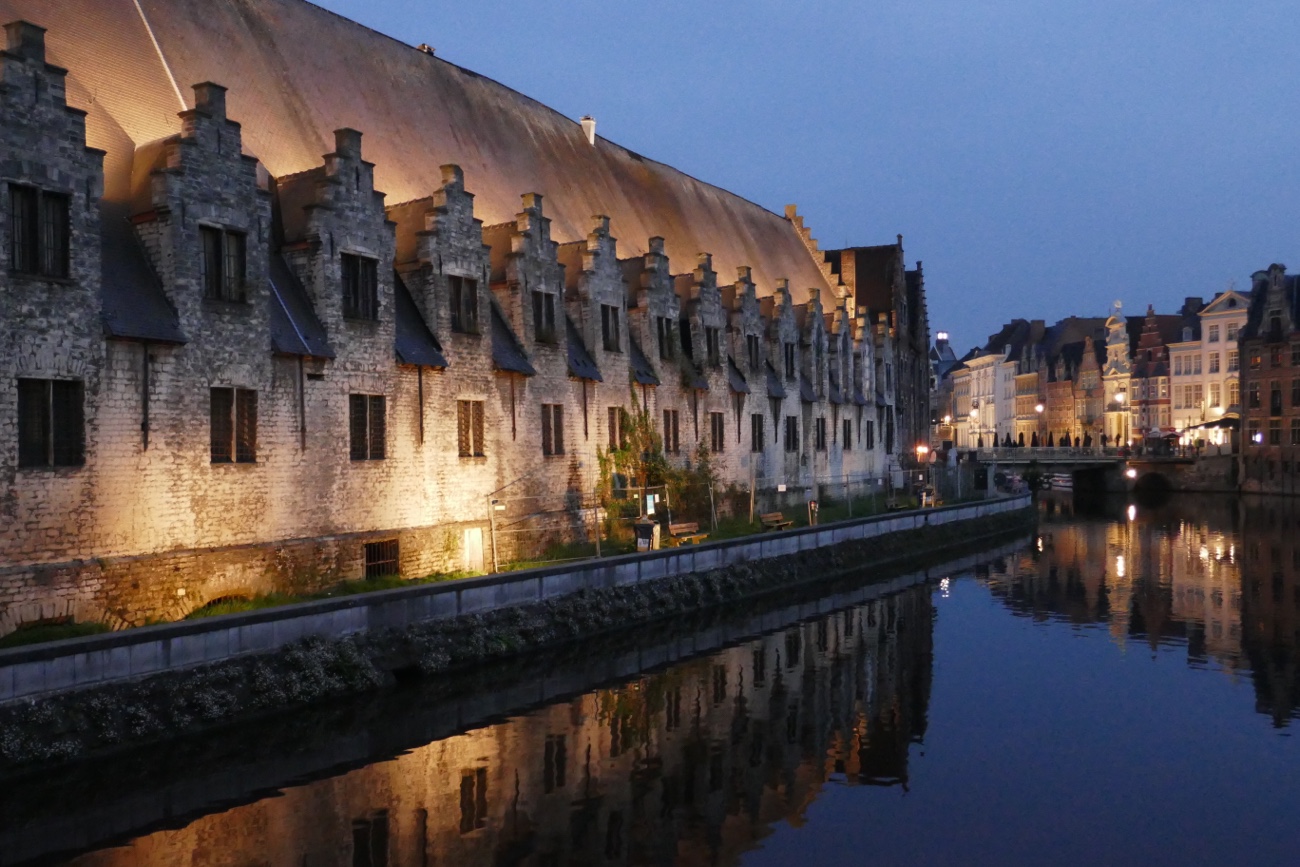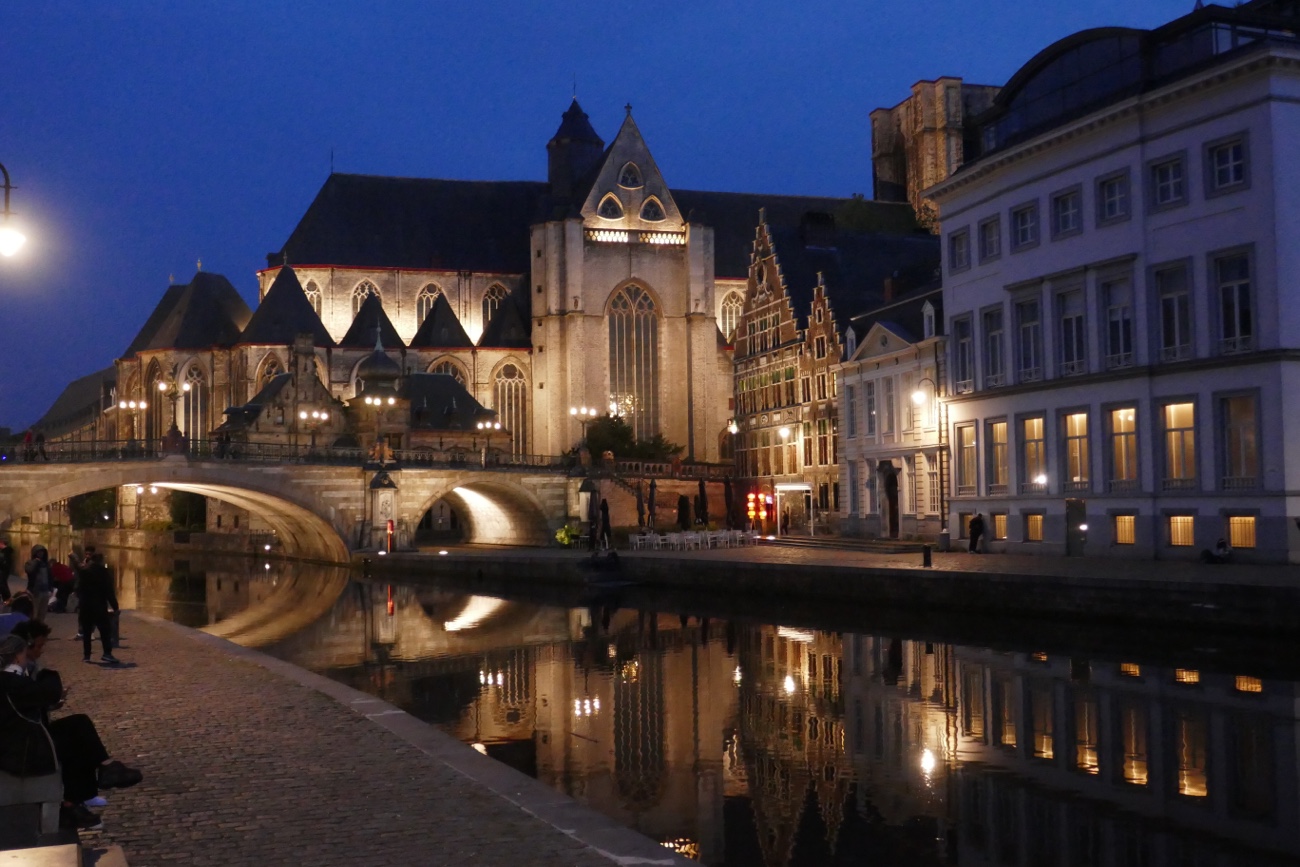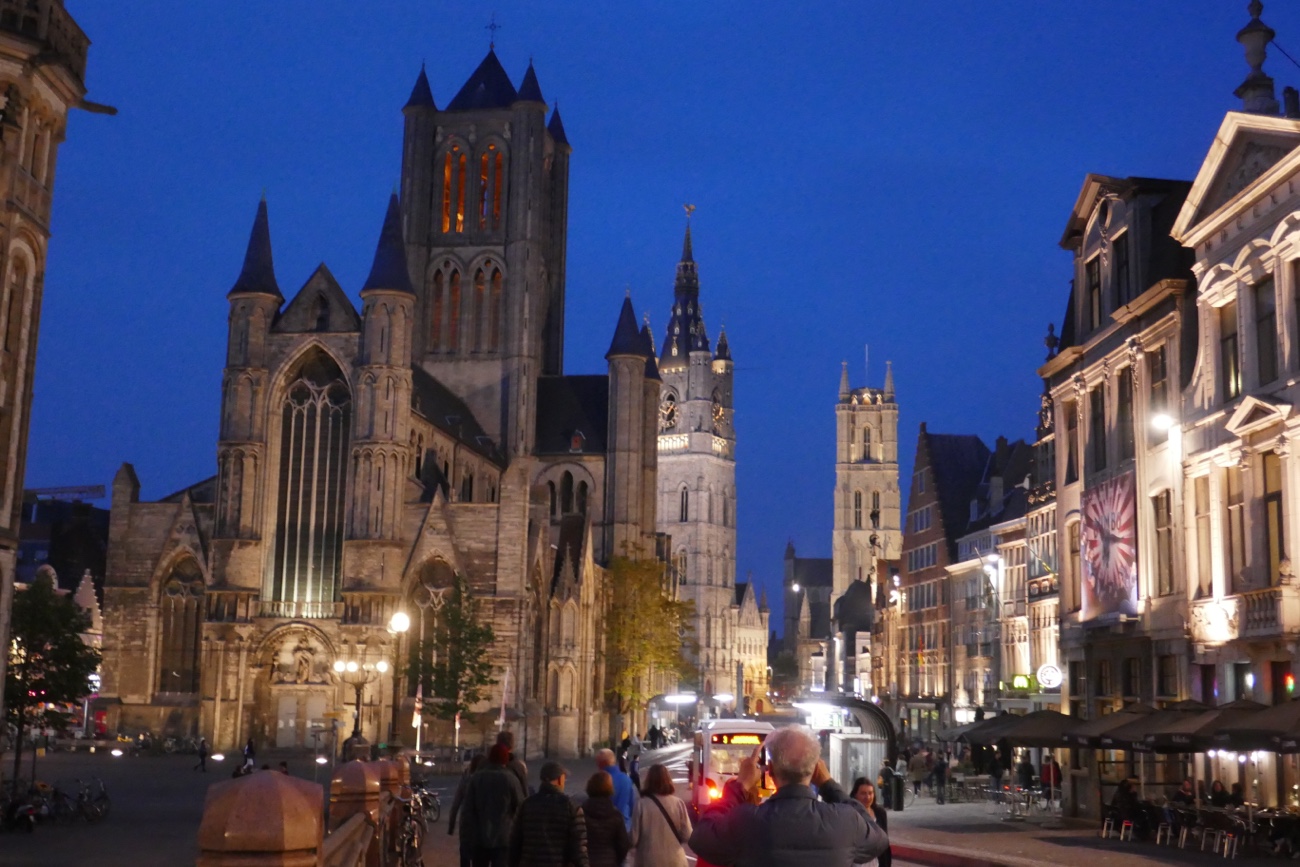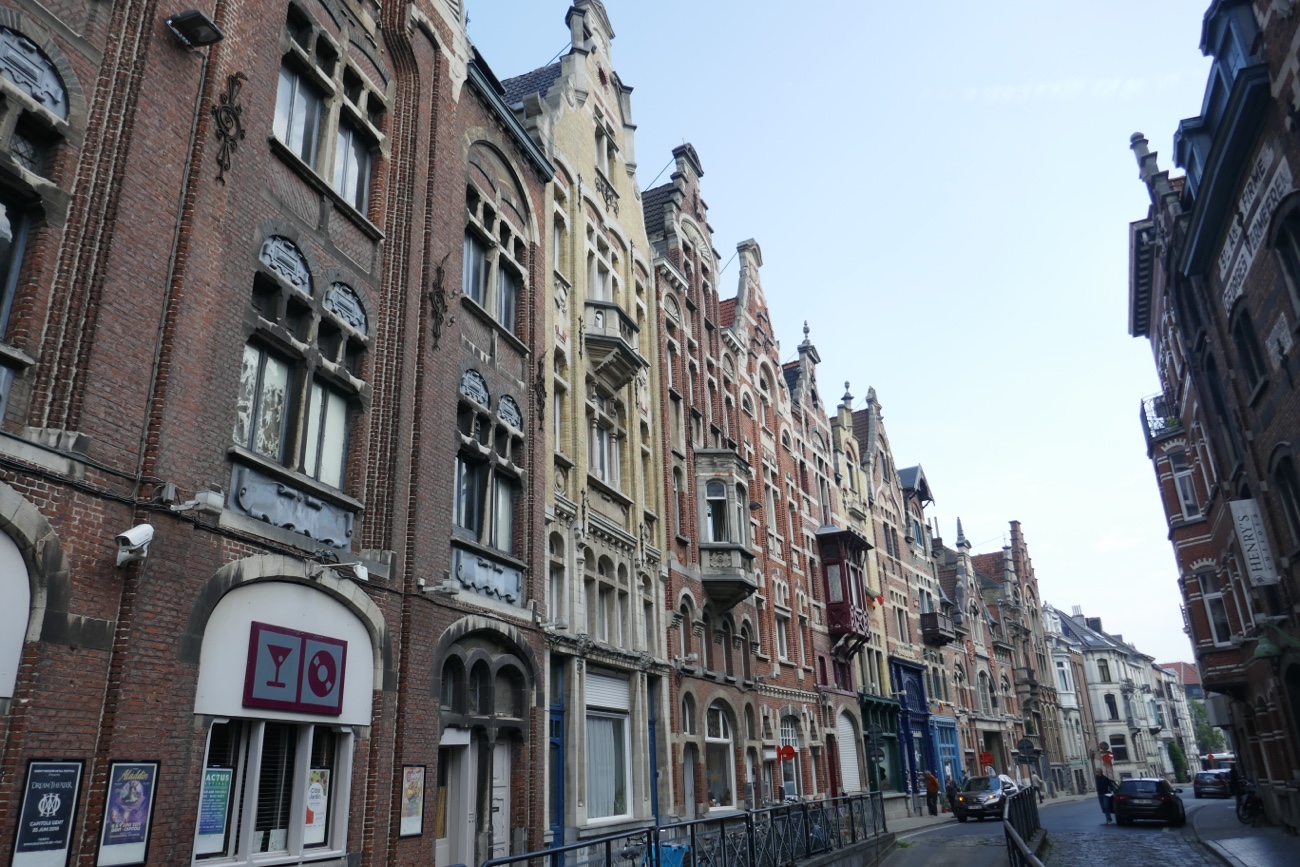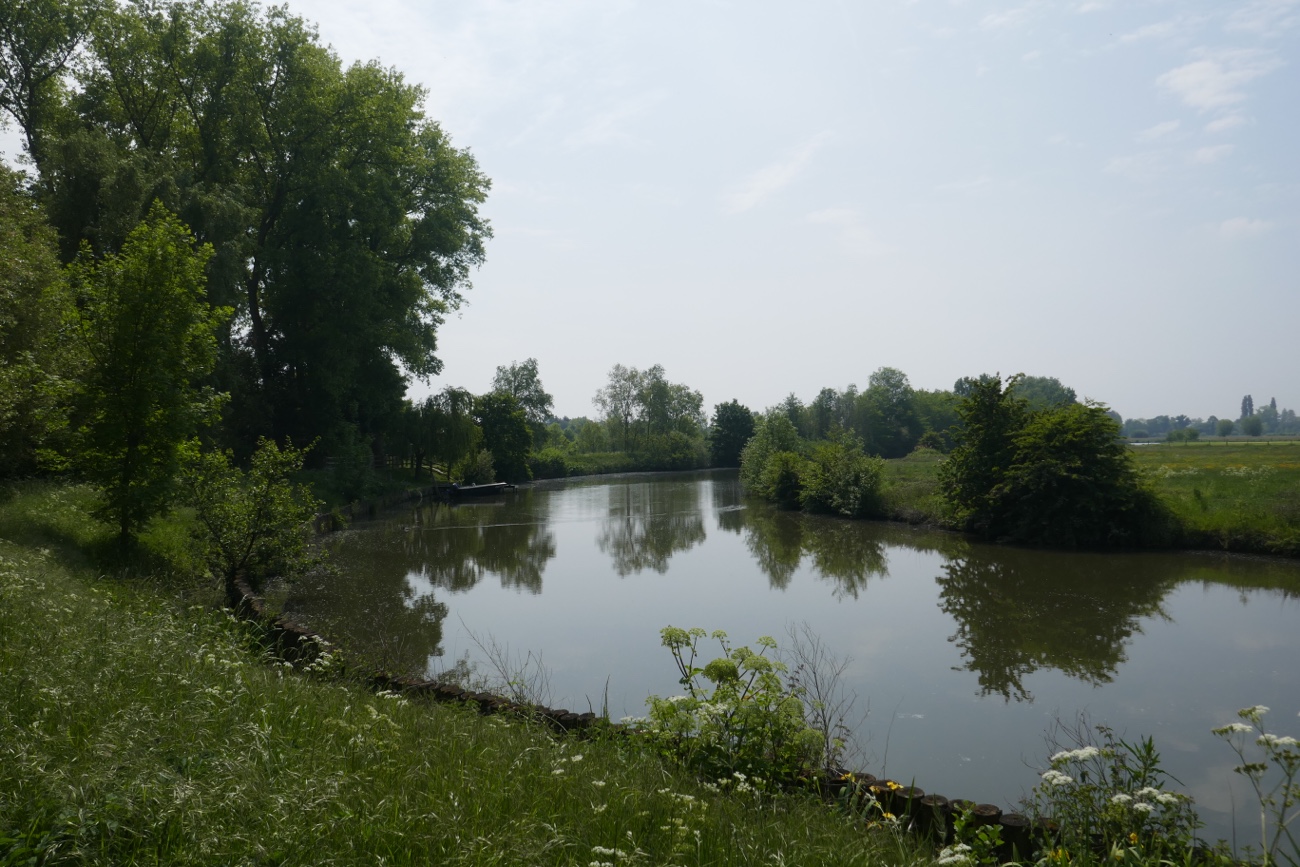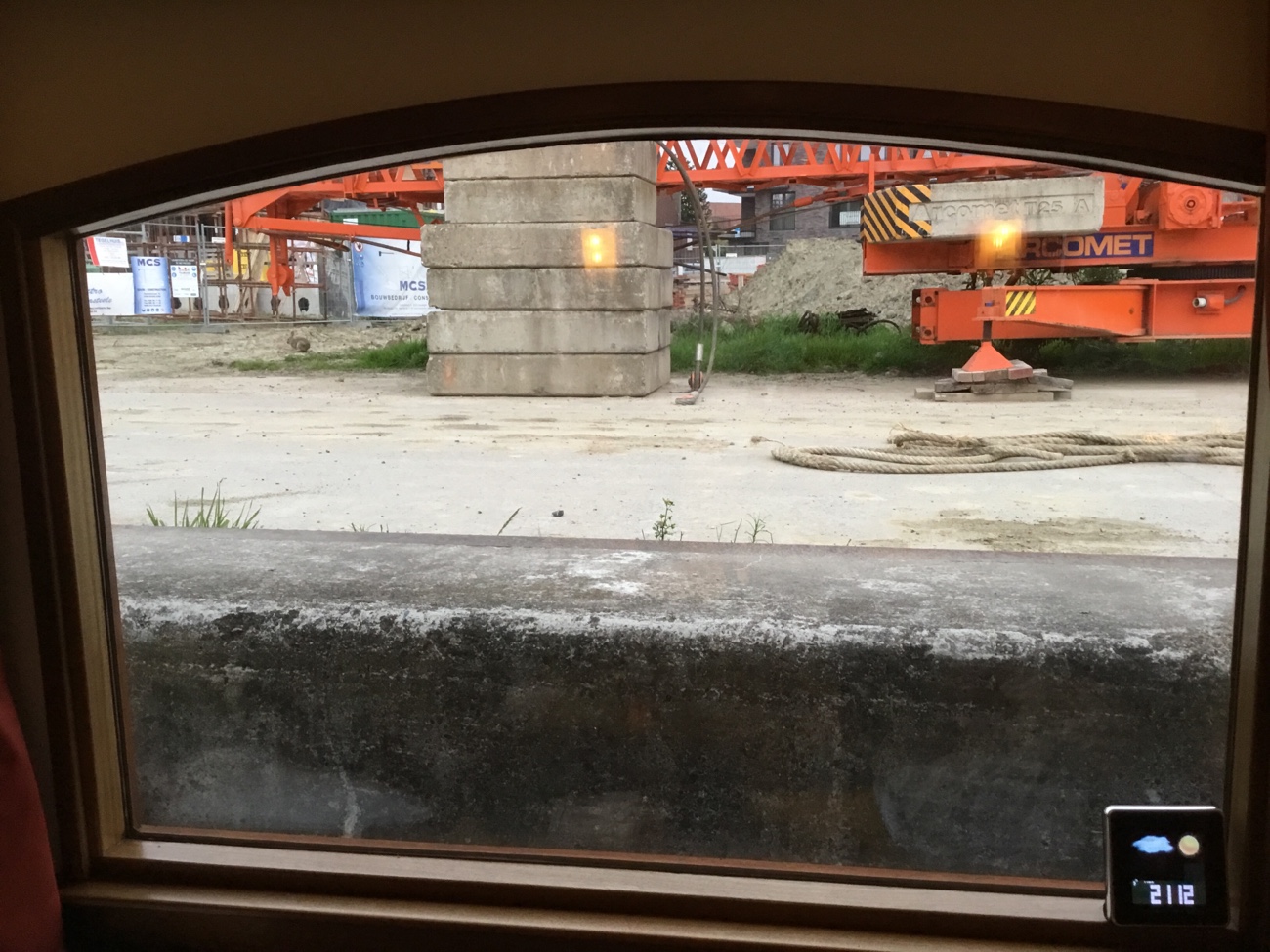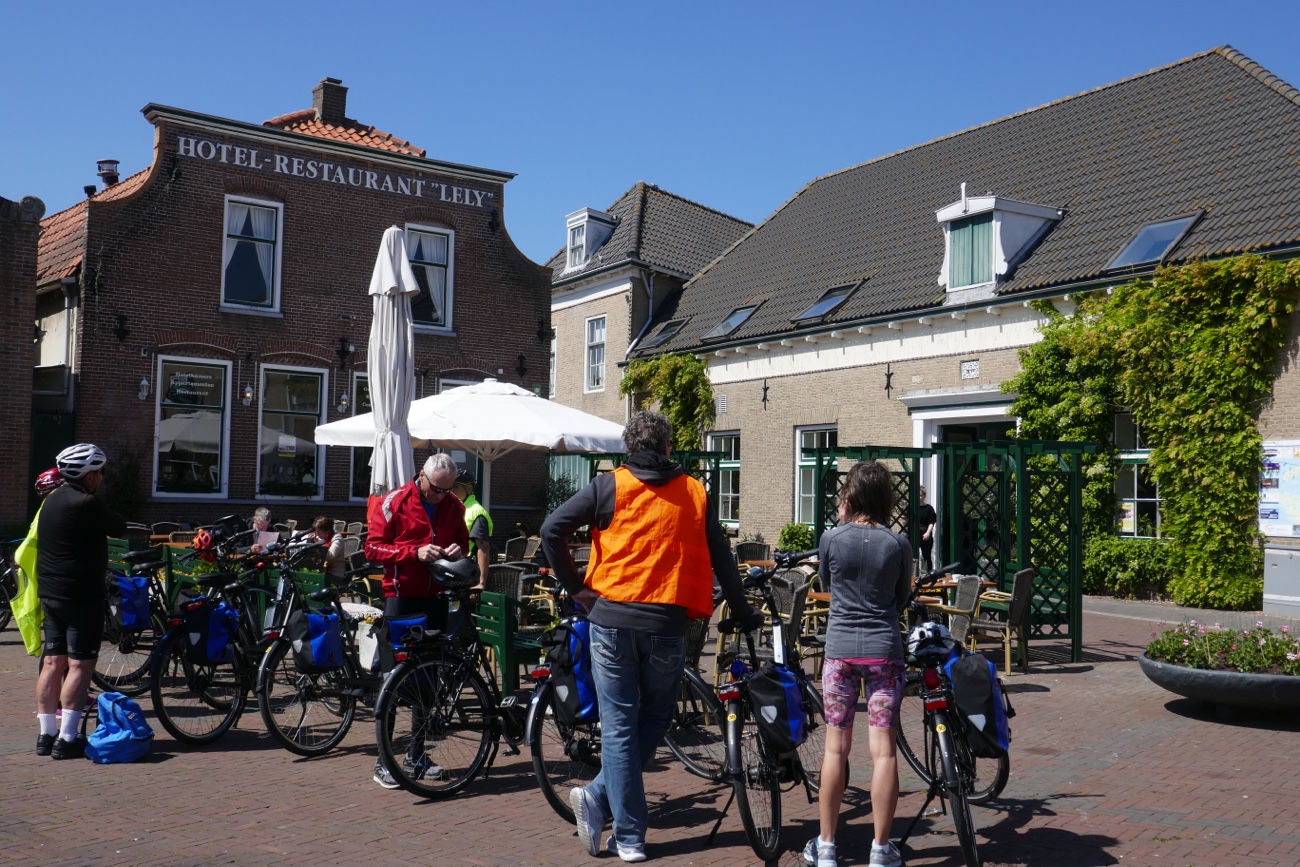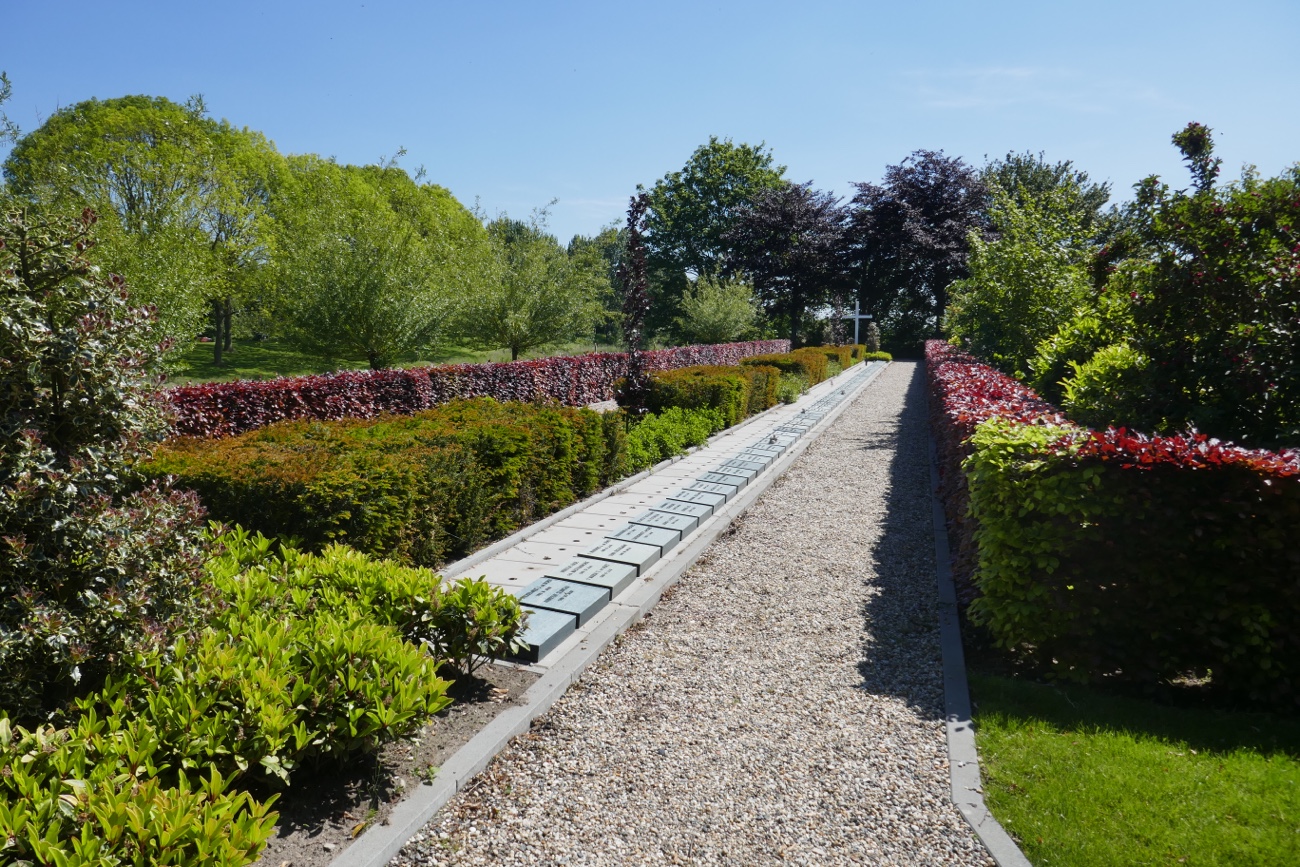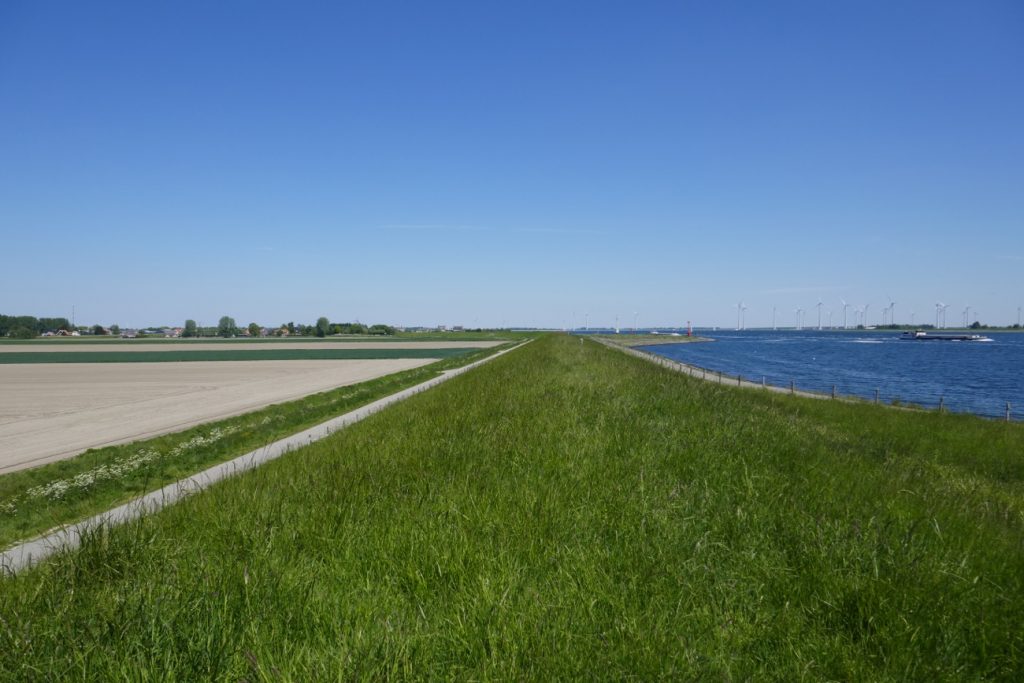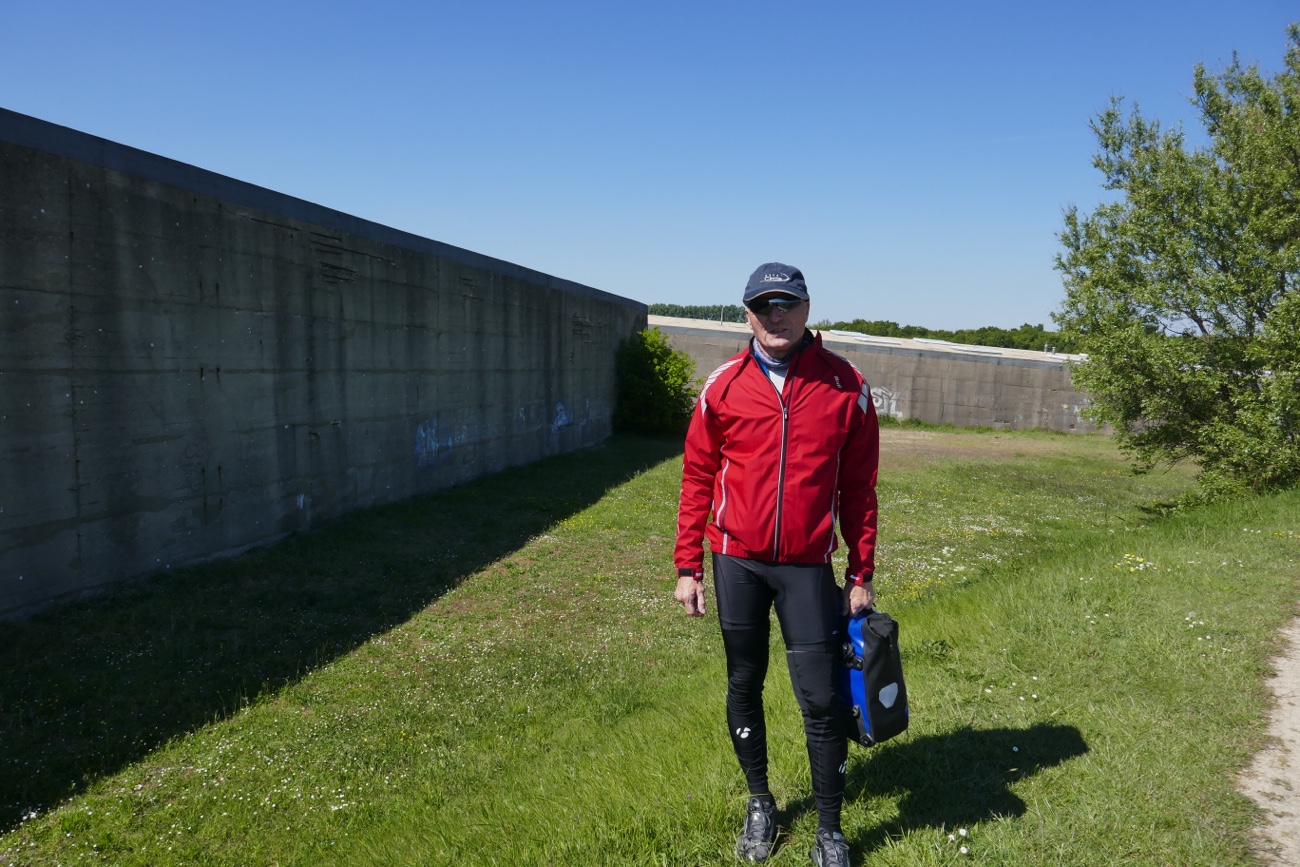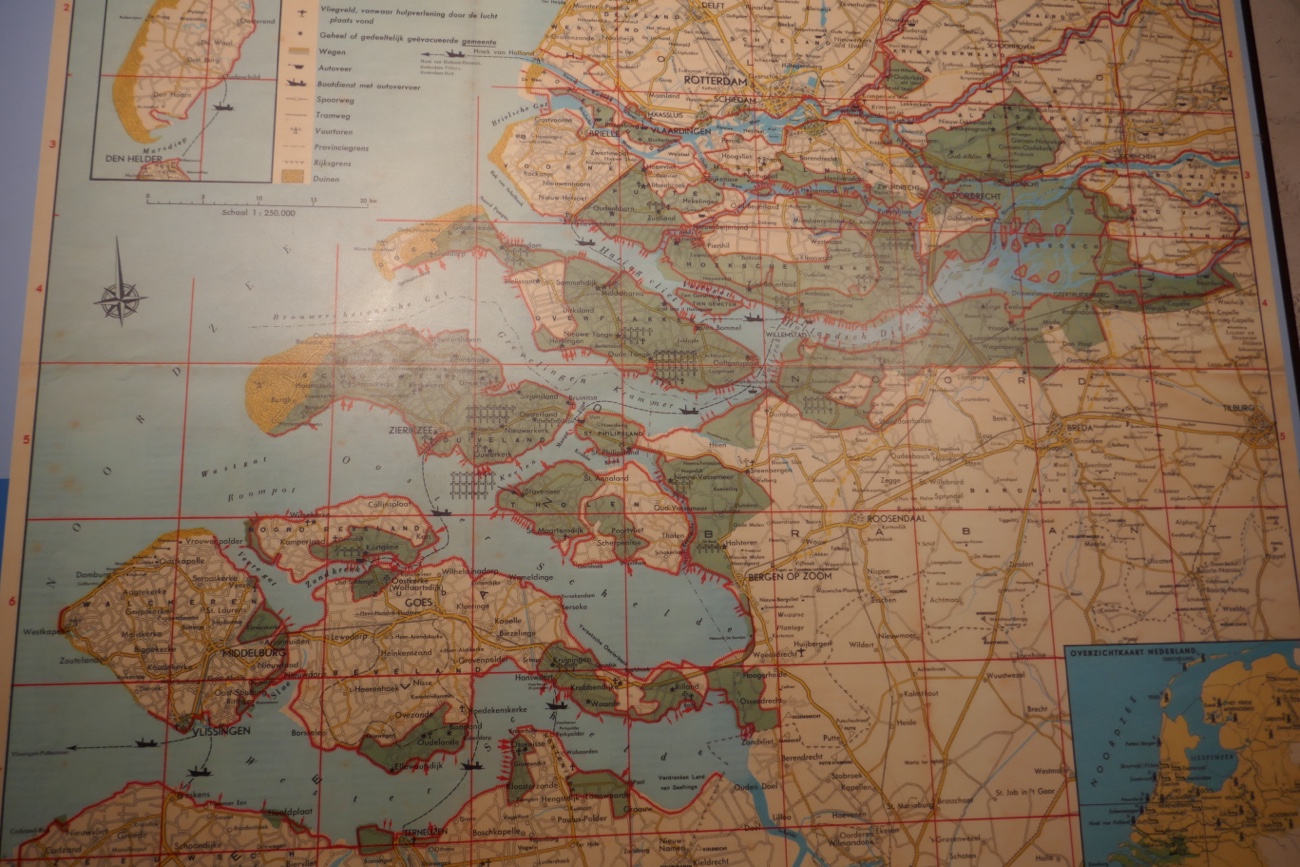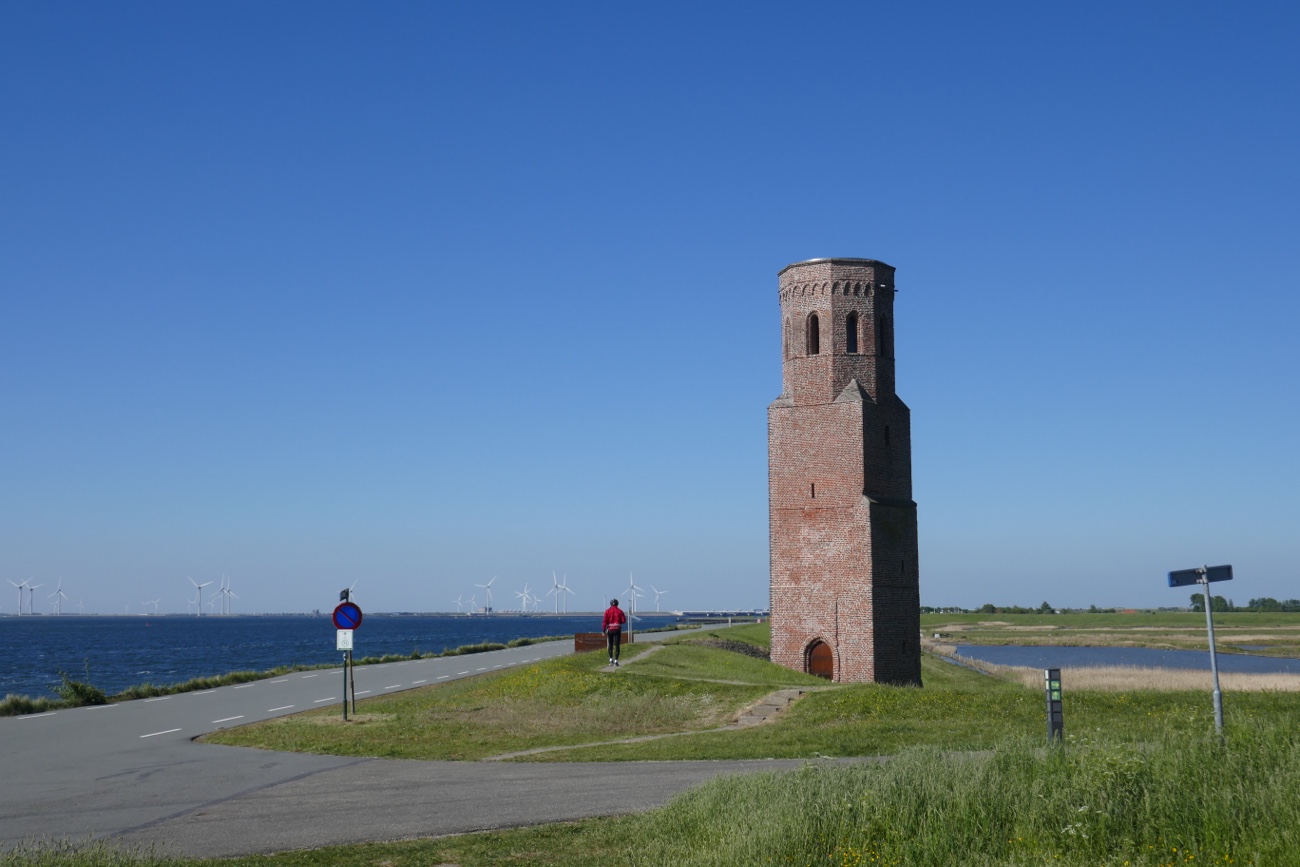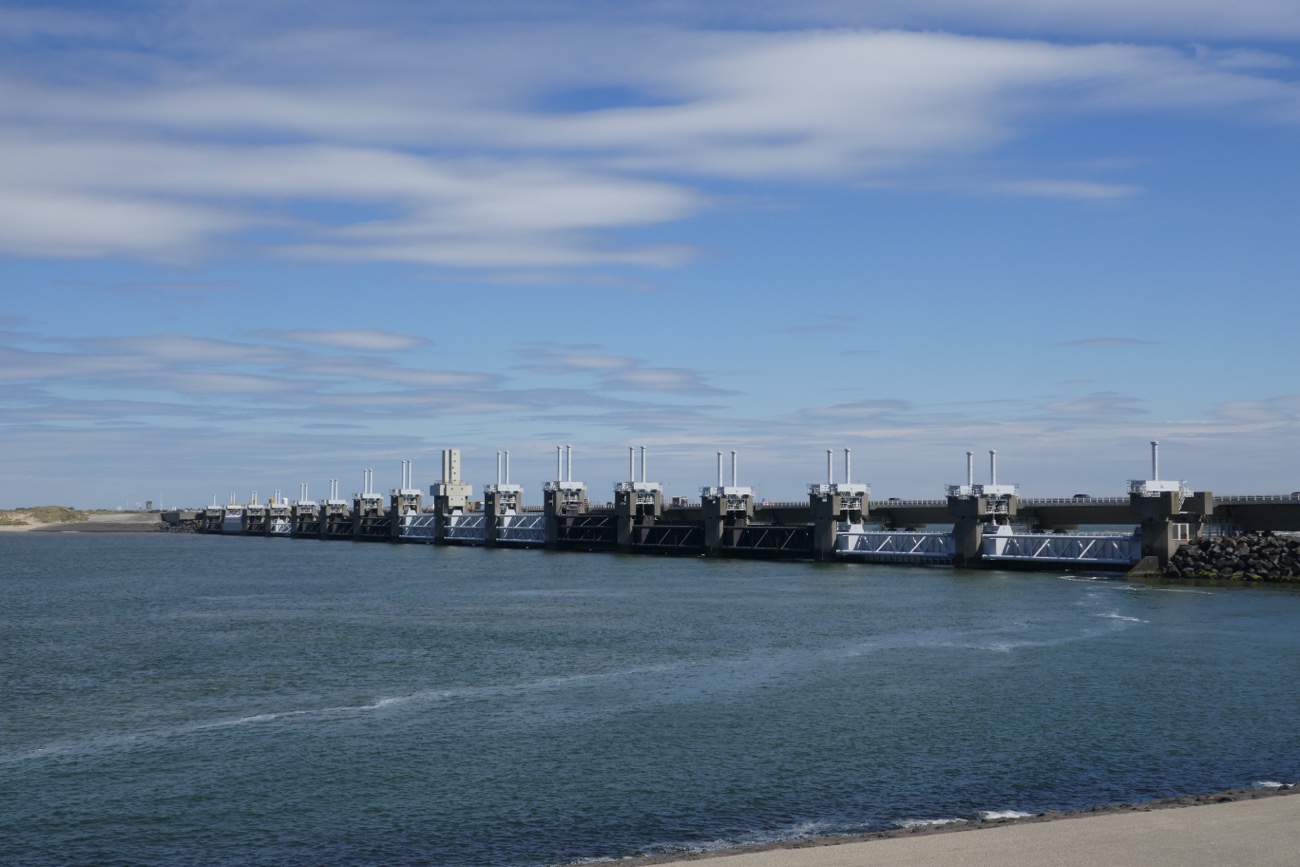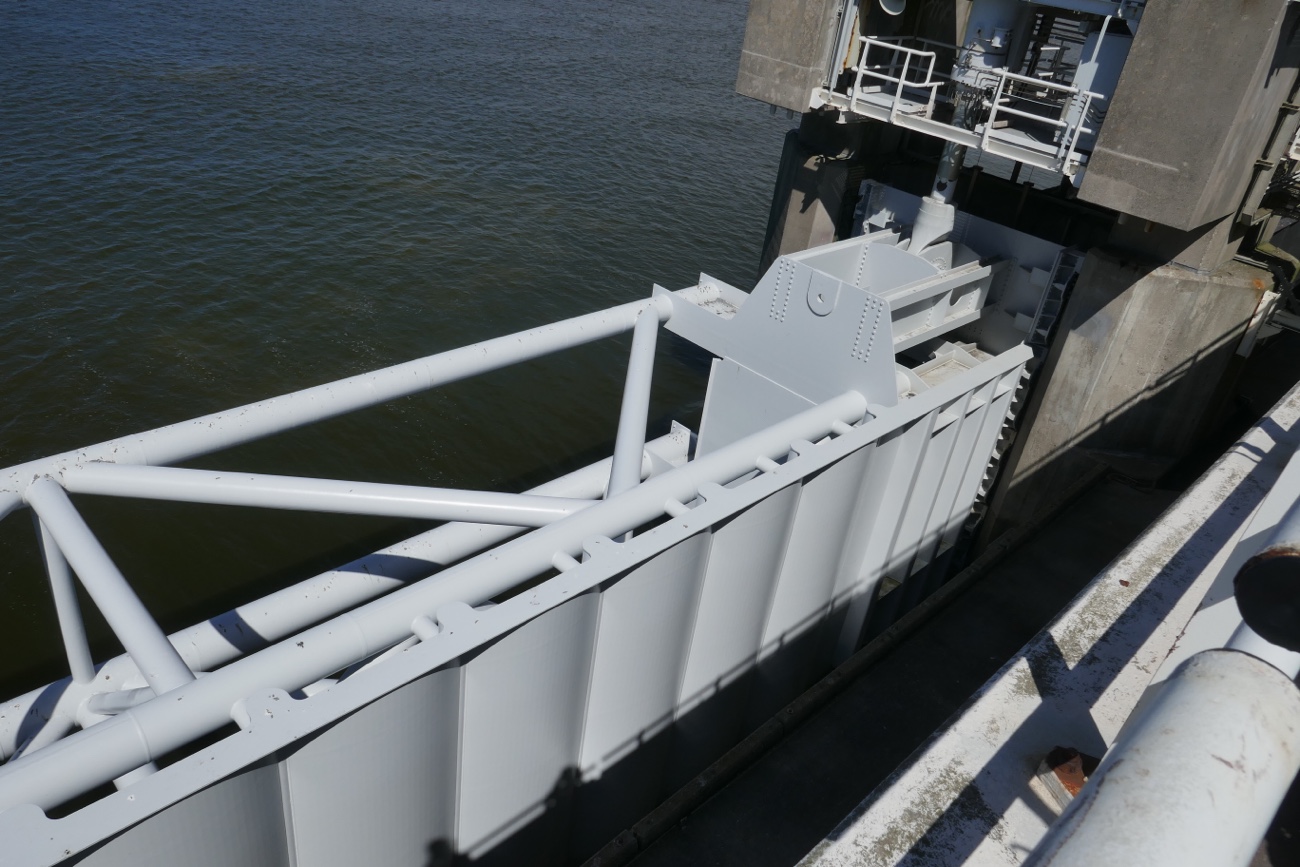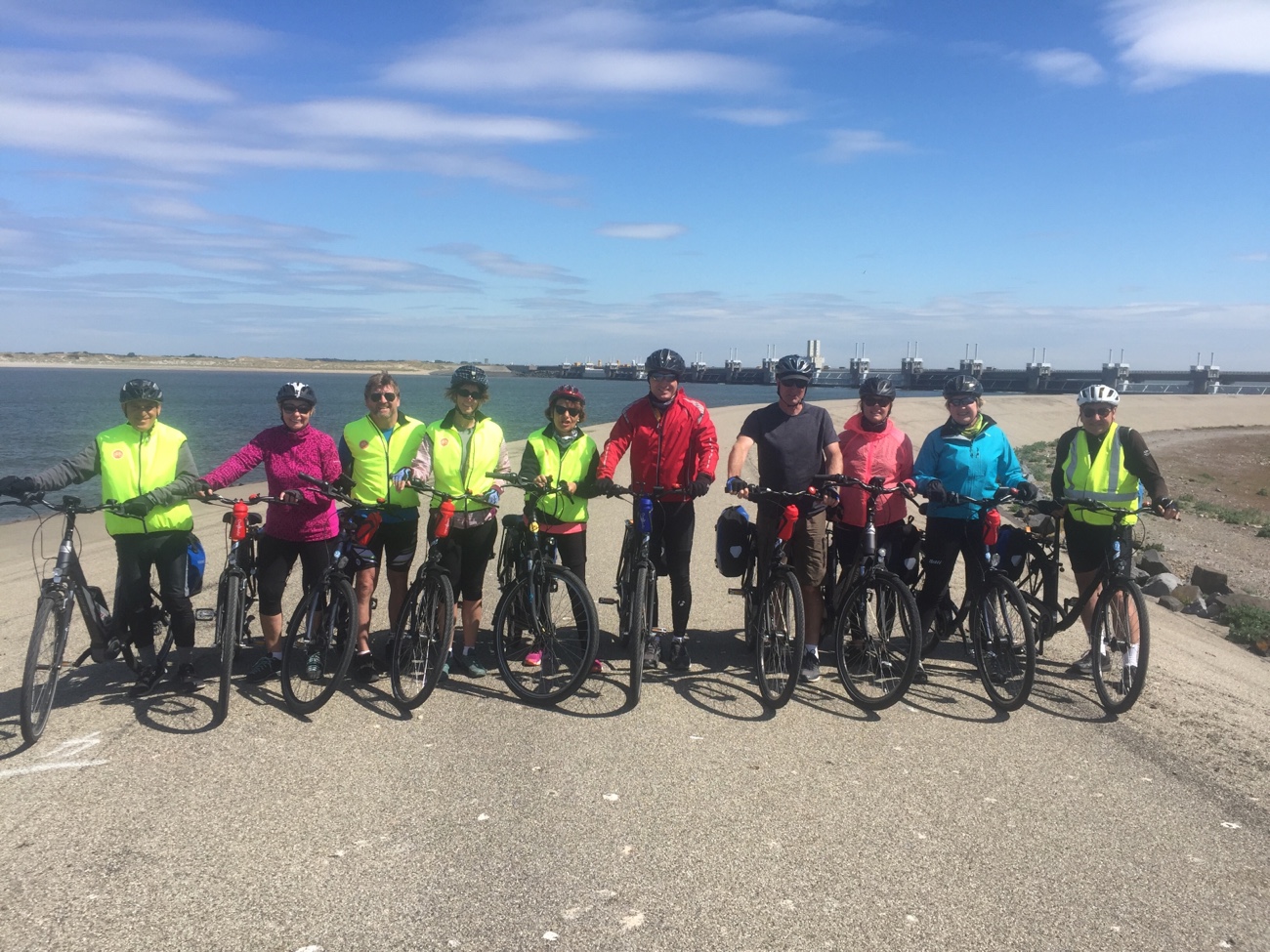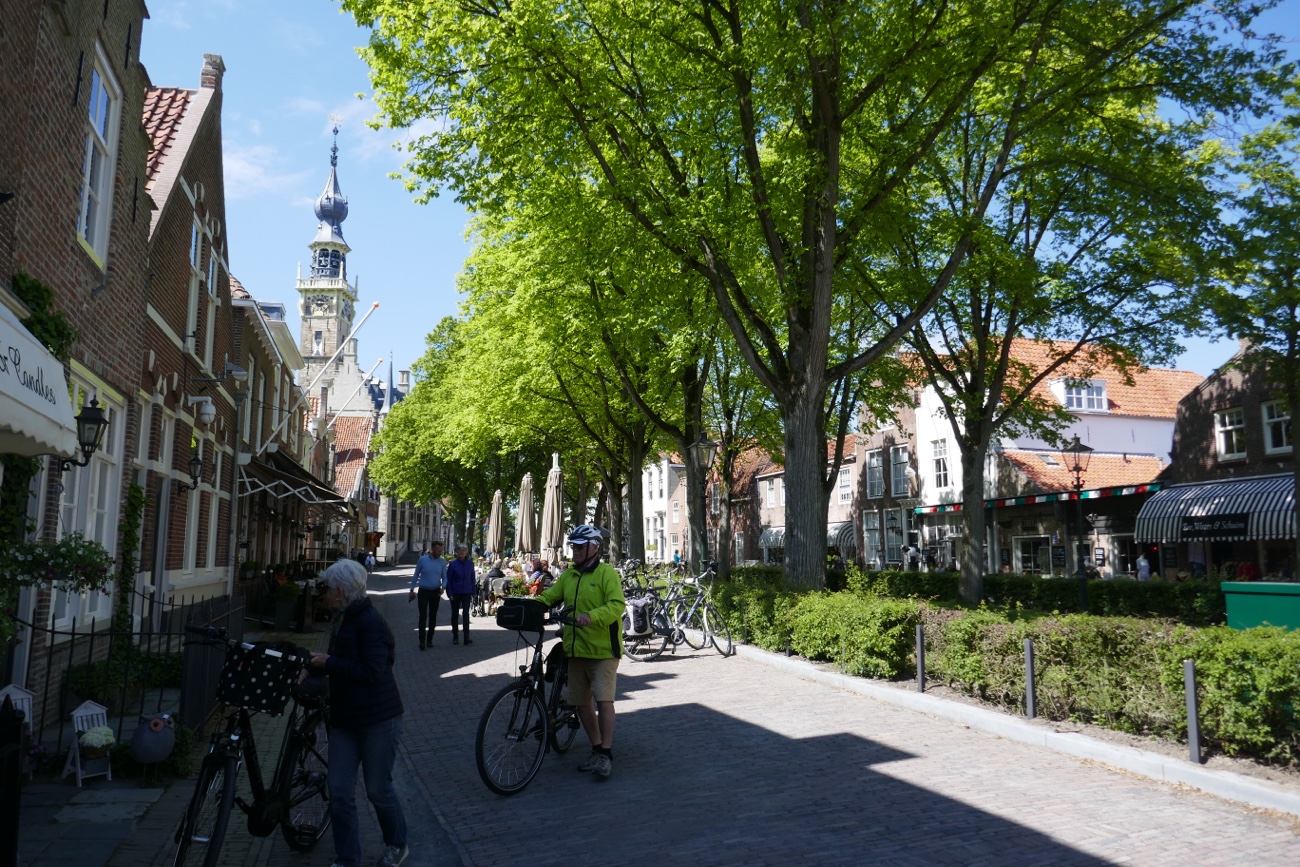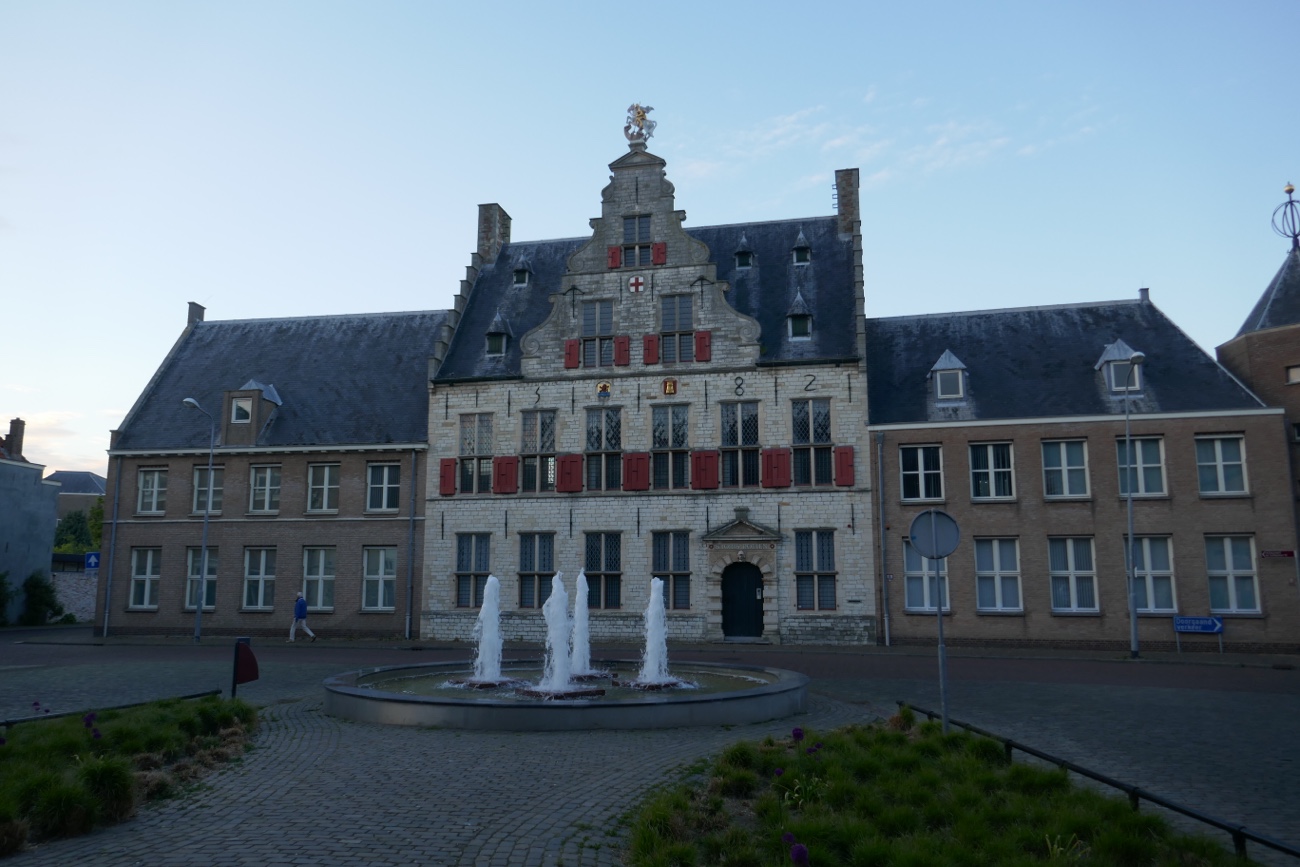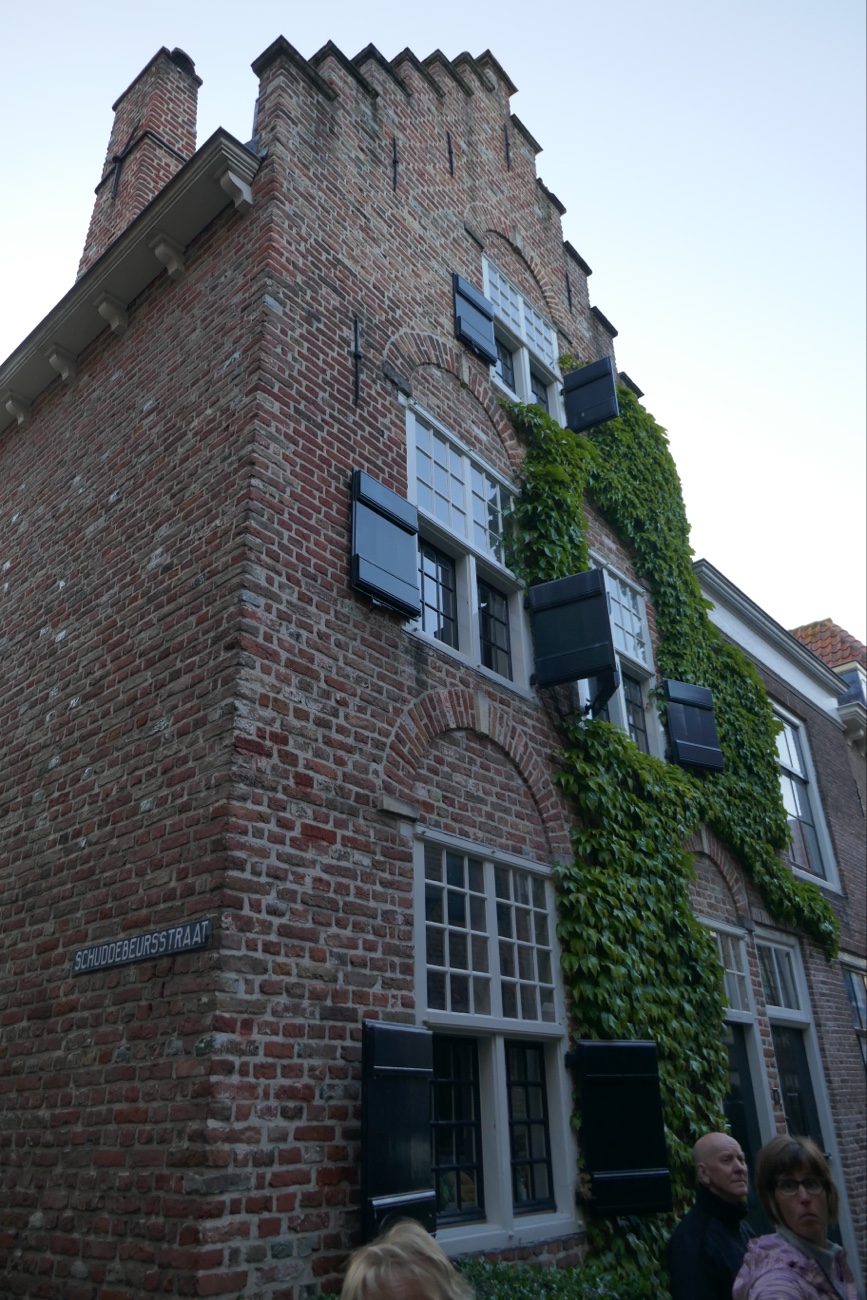Thursday, 13 June to Sunday, 16 June 2019
On Thursday morning we were awoken at 6.30 as the Andela Lora set sail for the island of Pag. After a leisurely breakfast we set off on our bikes from Novalja, cycling 20kms along the island to the small port of Lun where our ship was waiting.


Not as much wind today but a lot of dead snakes on the road. This is quite bleak countryside as the Bora winds have blown away the topsoil leaving rocks exposed. These rocks have been used to build walls in the fields to protect the olive trees and sheep from the winds which can reach 200 km/hr.
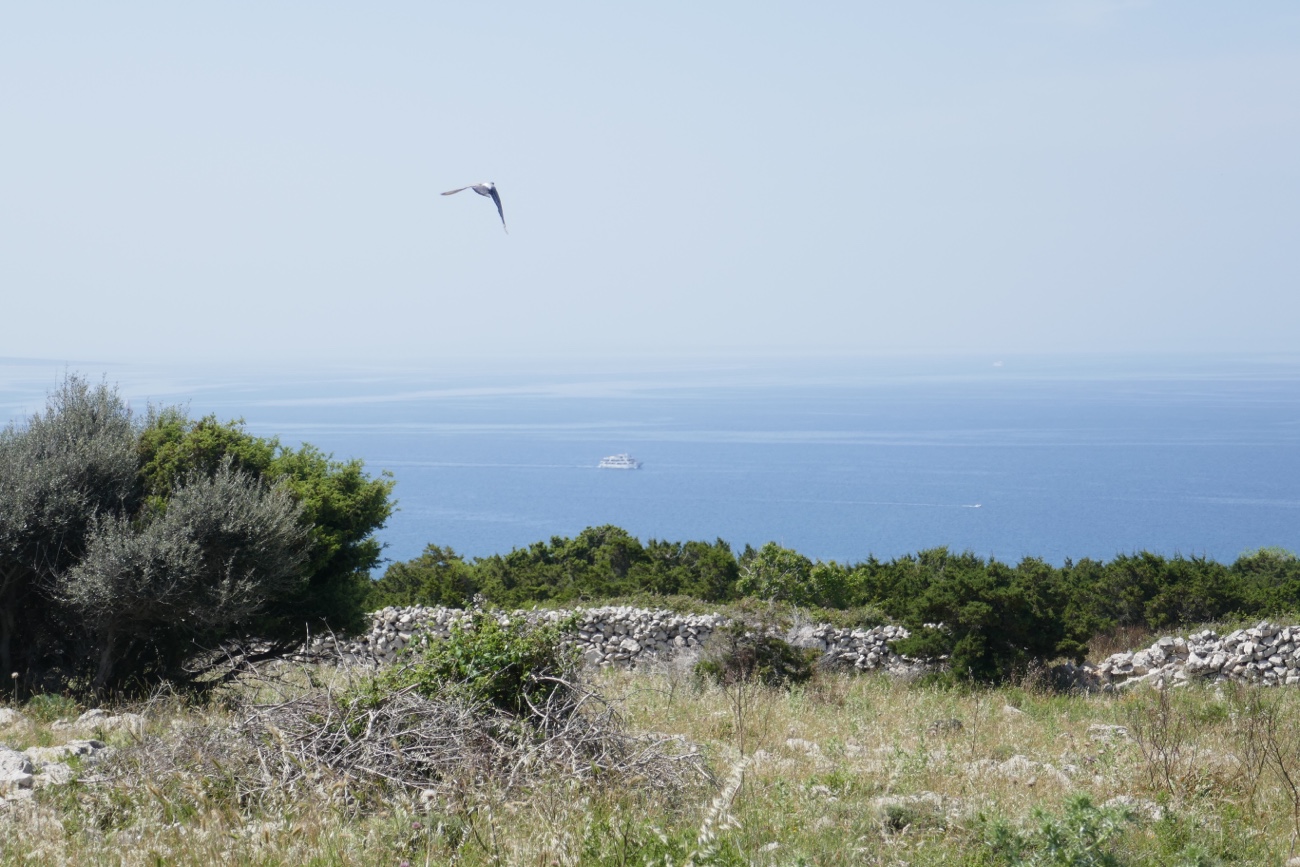
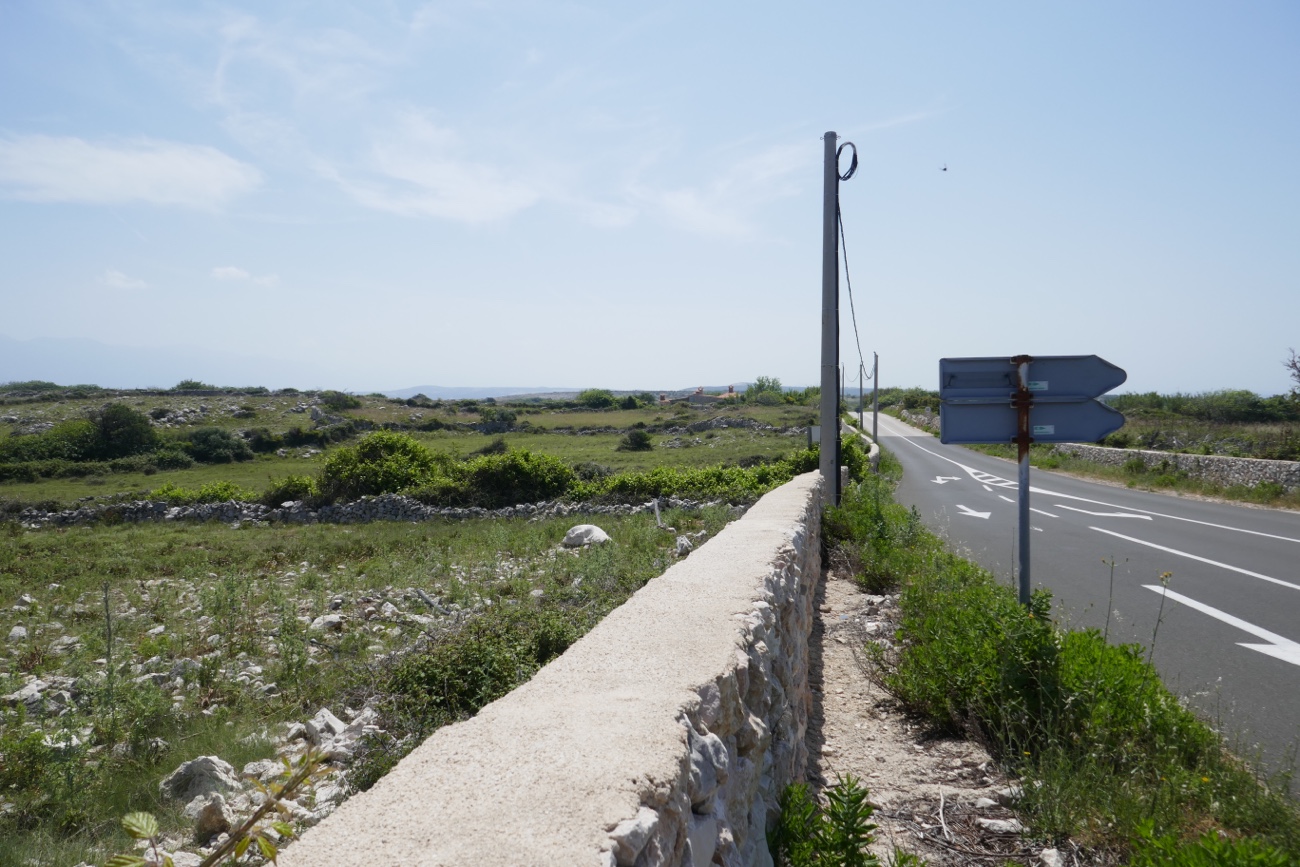

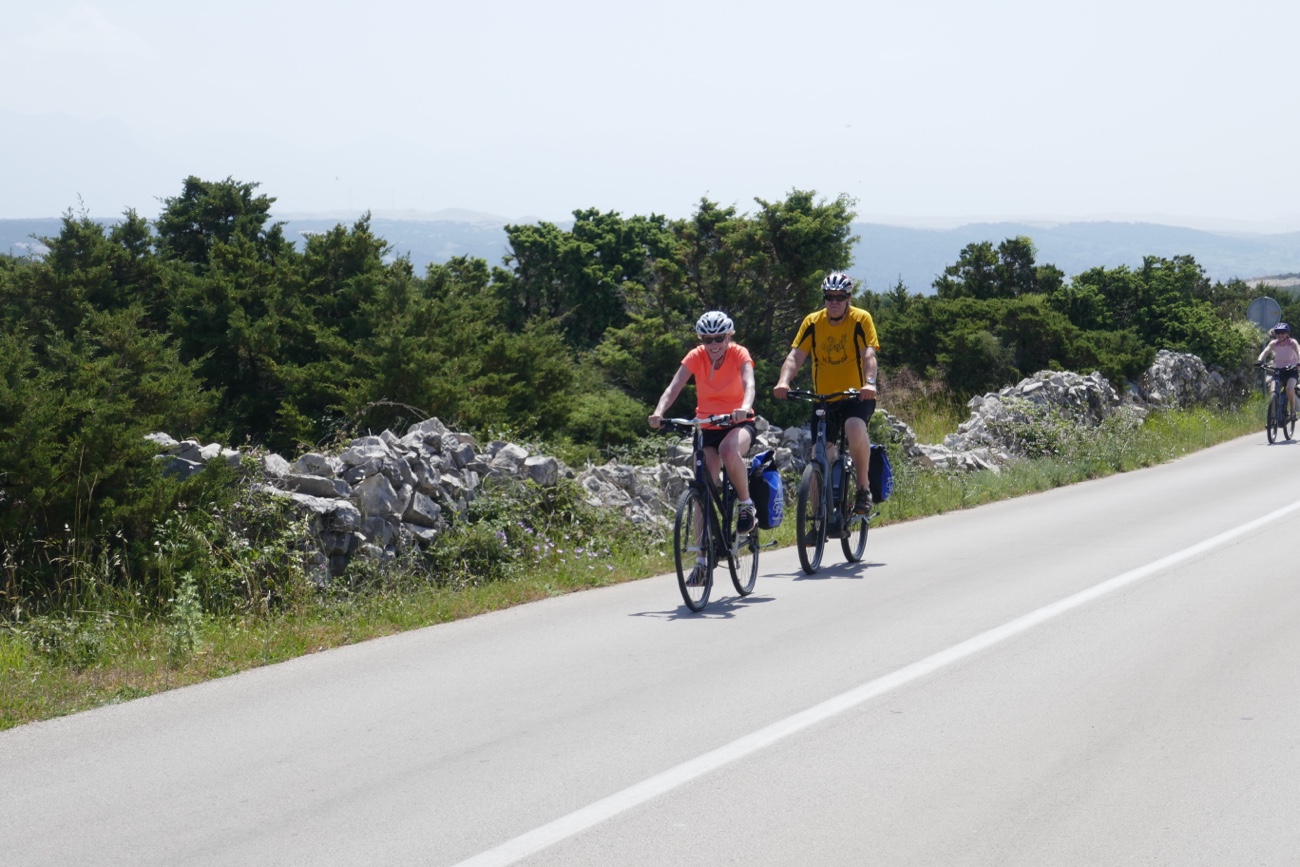
After boarding our ship we have a short motor across to the island of Rab. We anchored in a small bay for anyone who wanted to swim and then moored in town for the night. The fortified town of Pag was built in the Middle Ages on a wedge shaped headland and is easily recognised by its 4 bell towers.
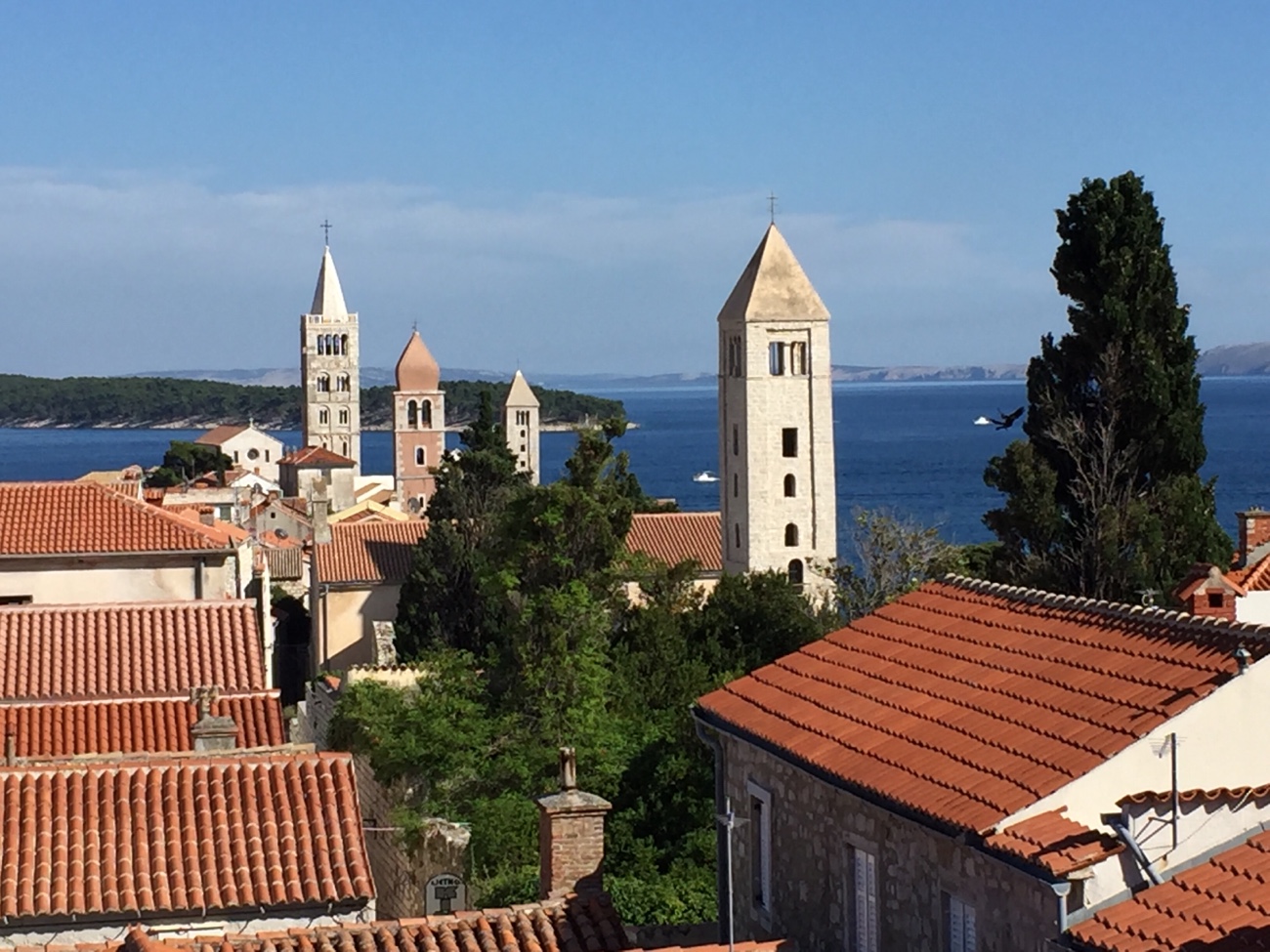
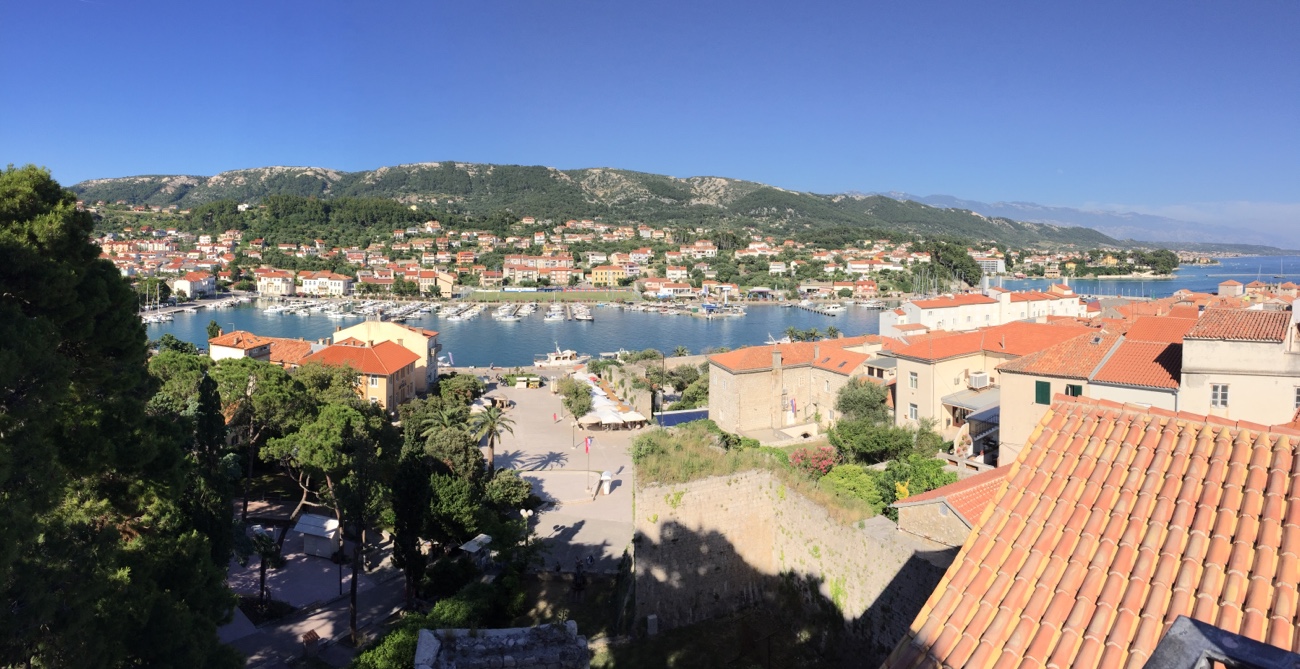 We had a tour around the city in the afternoon and then a demonstration and taste of Rab cake. This cake was first served in 1177 to Pope Alexander III when he consecrated the Cathedral in Rab. It is usually shaped into a spiral and lasts up to 2 months.
We had a tour around the city in the afternoon and then a demonstration and taste of Rab cake. This cake was first served in 1177 to Pope Alexander III when he consecrated the Cathedral in Rab. It is usually shaped into a spiral and lasts up to 2 months.
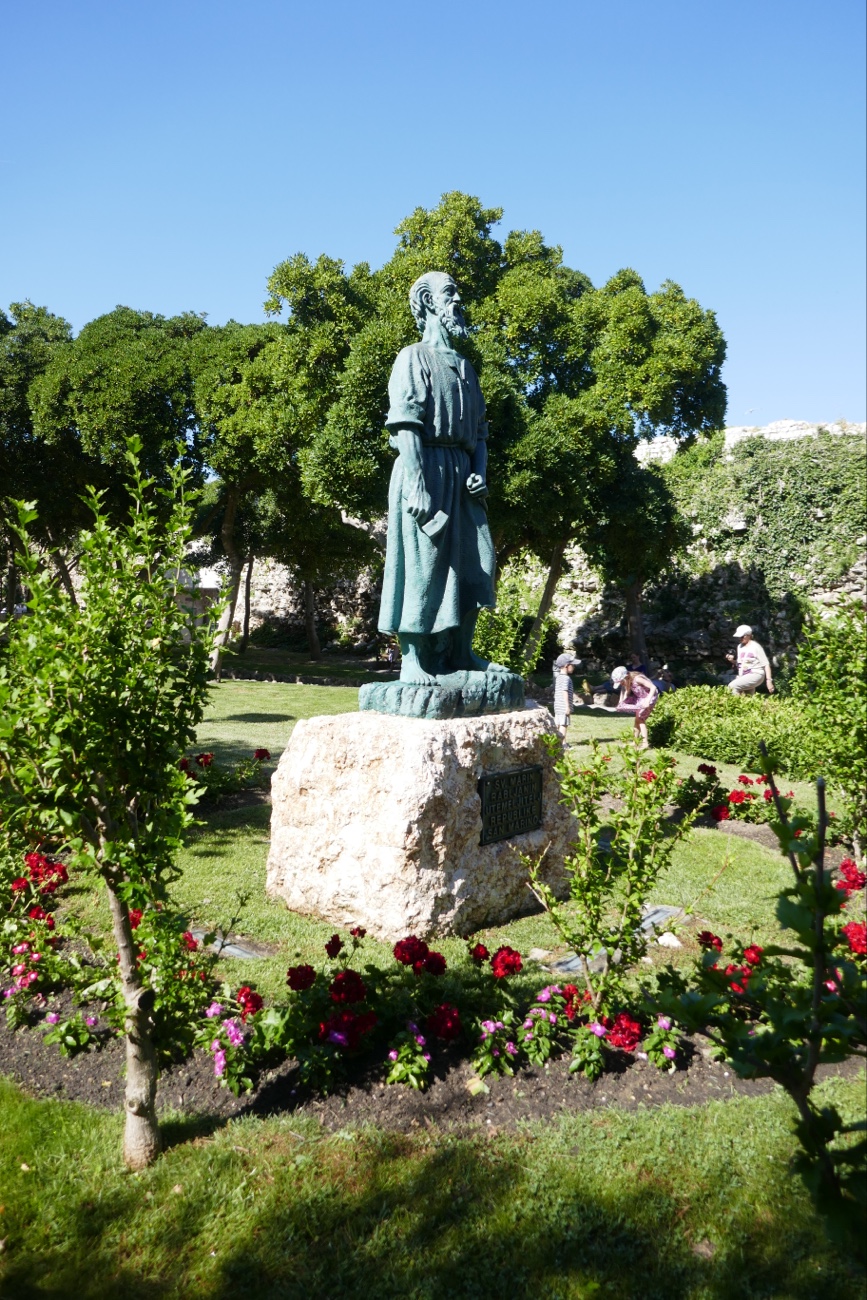
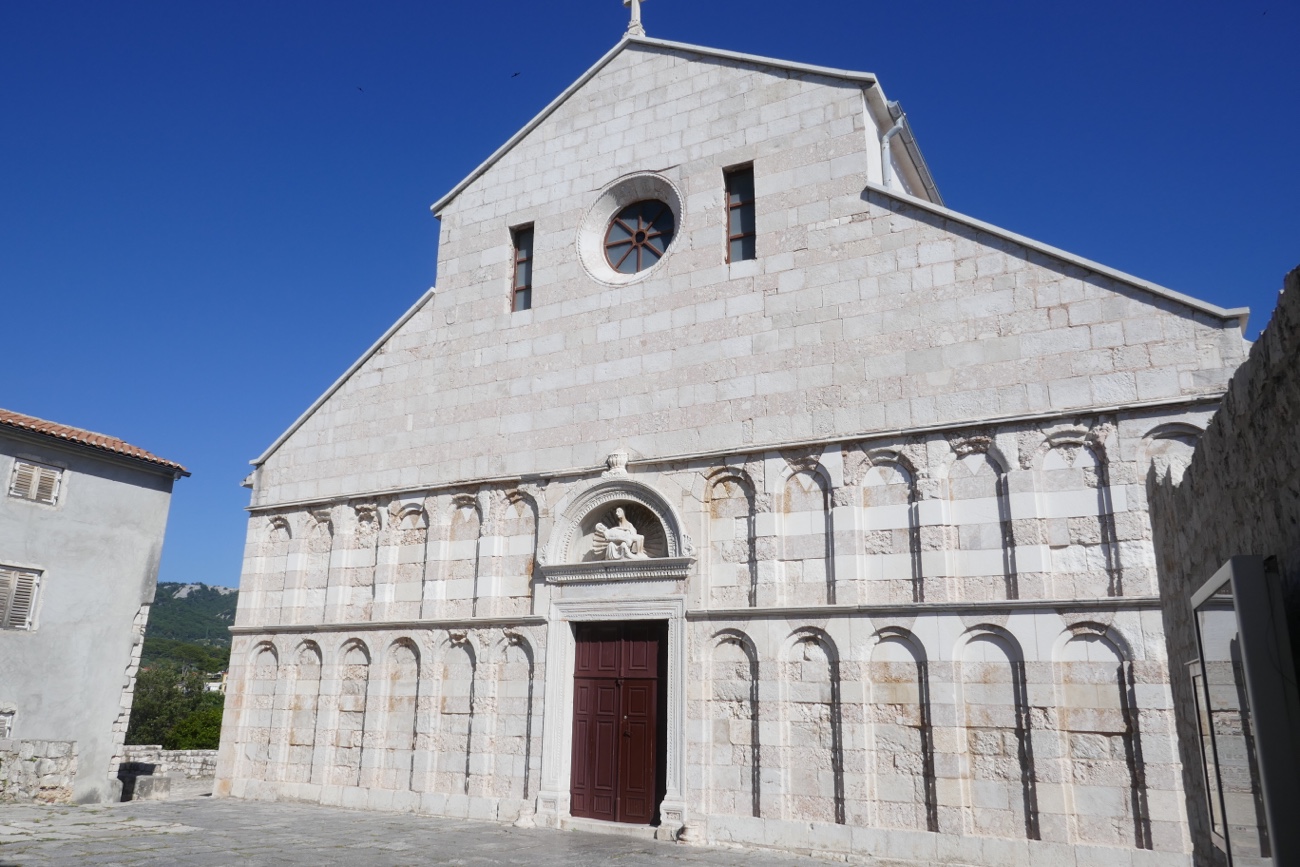

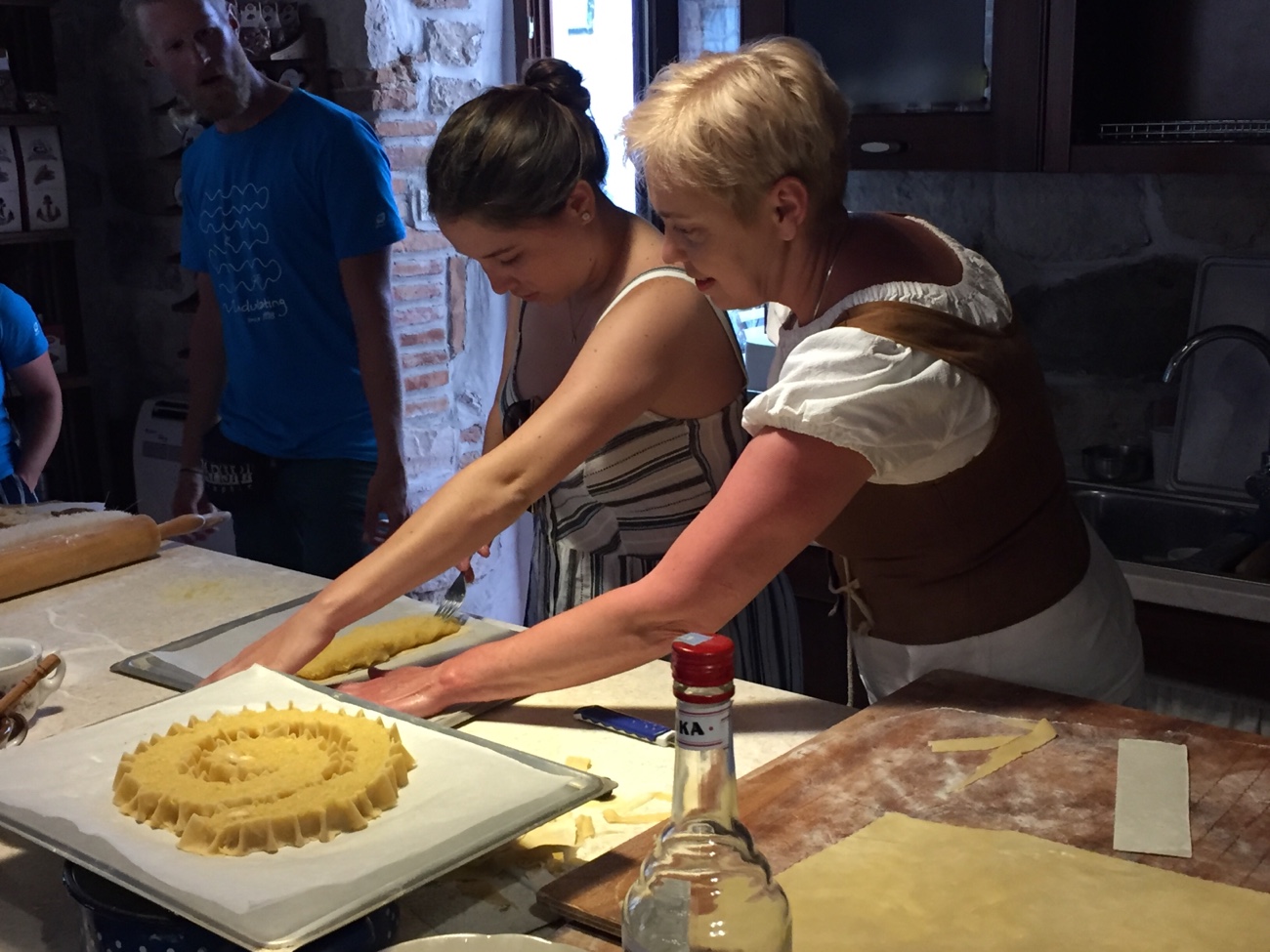
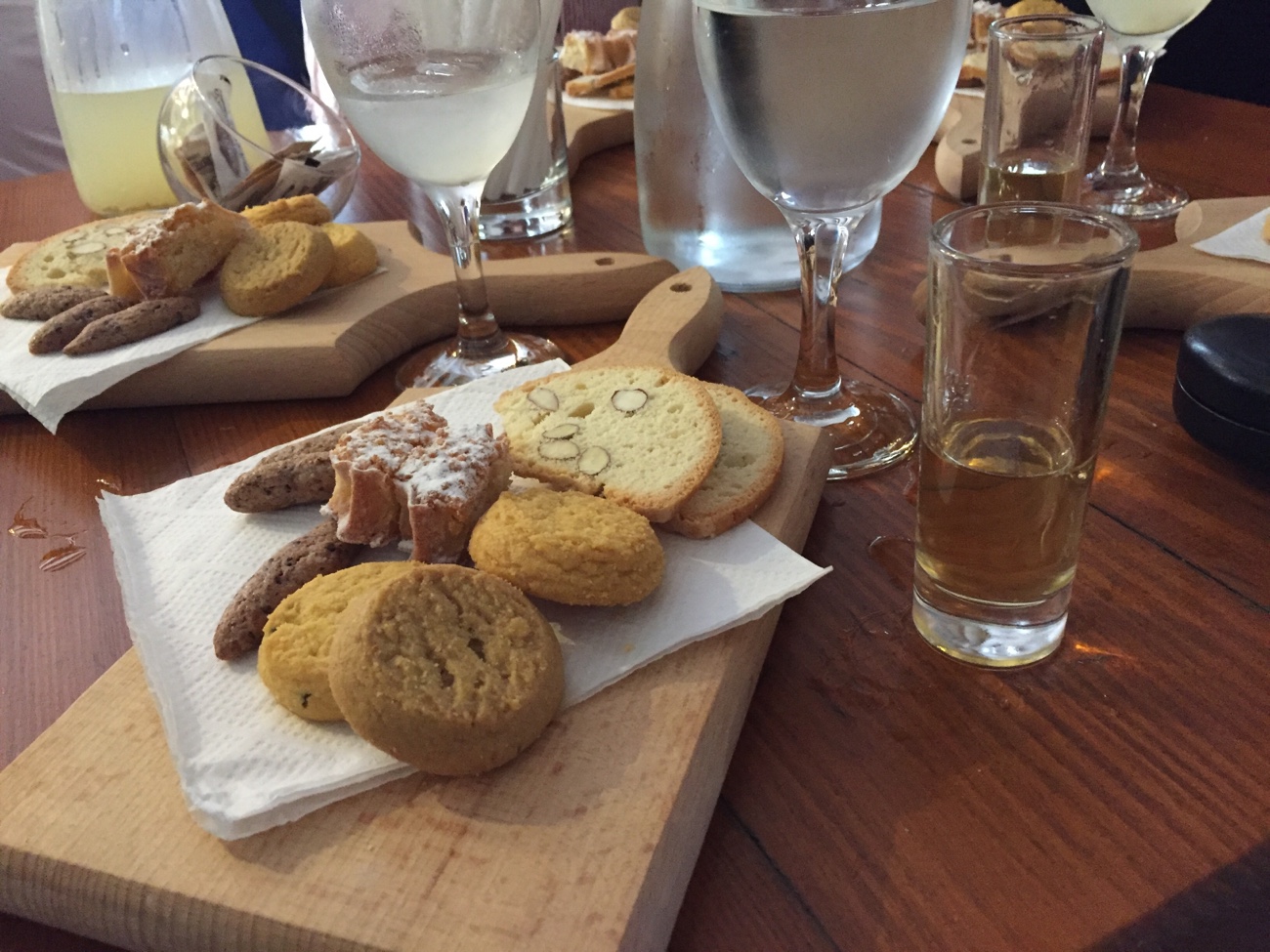 On Friday morning we rode our bikes 21kms to one of the few sand (coarse) beaches we have seen in the Adriatic.
On Friday morning we rode our bikes 21kms to one of the few sand (coarse) beaches we have seen in the Adriatic.
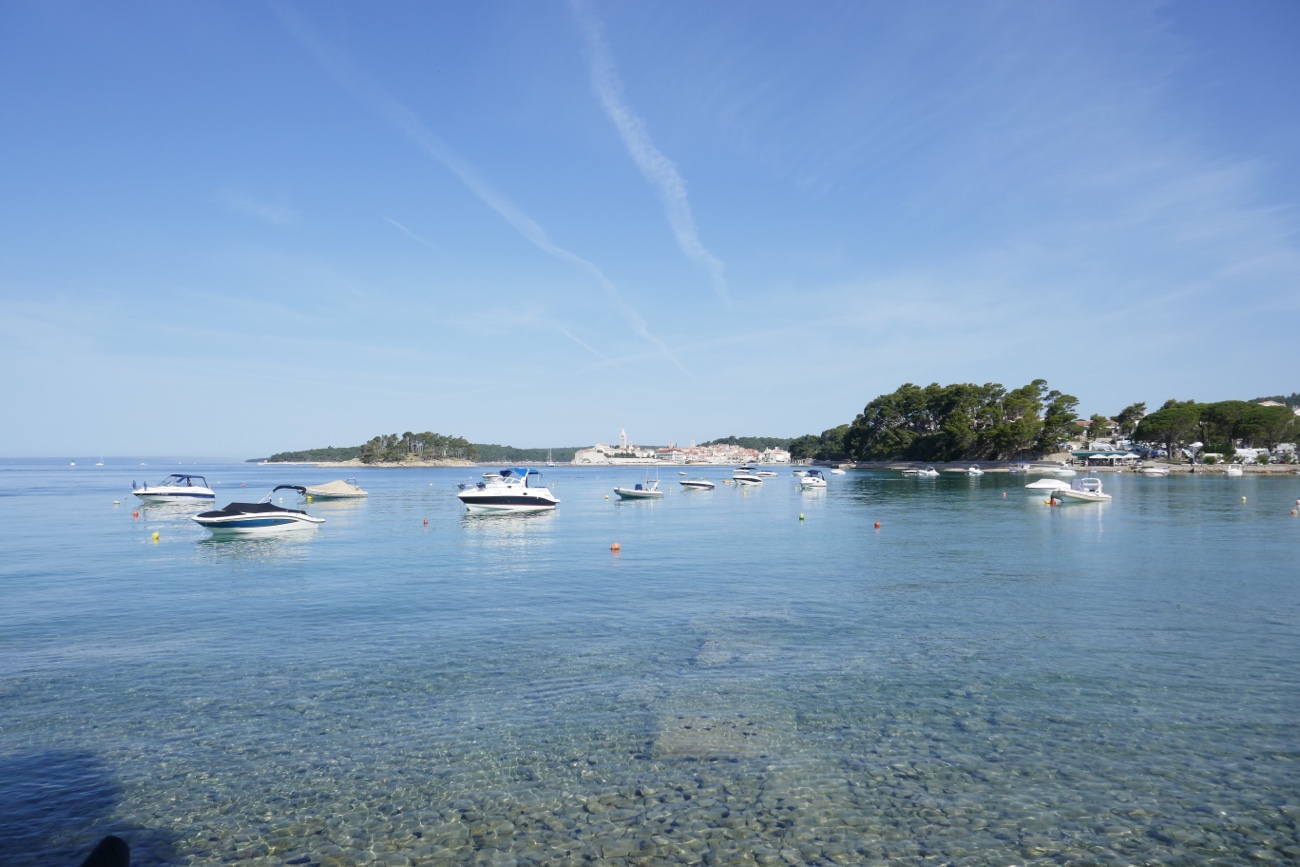
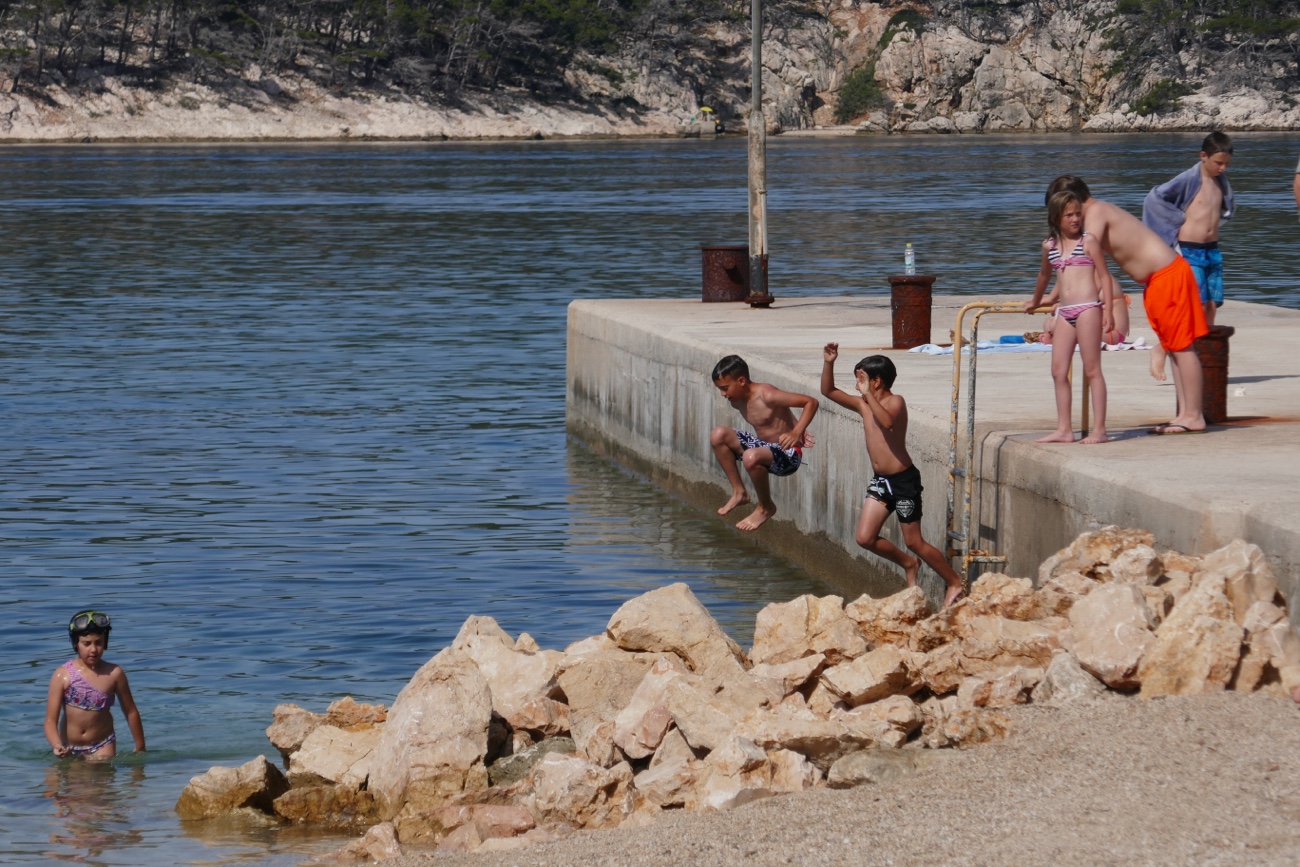
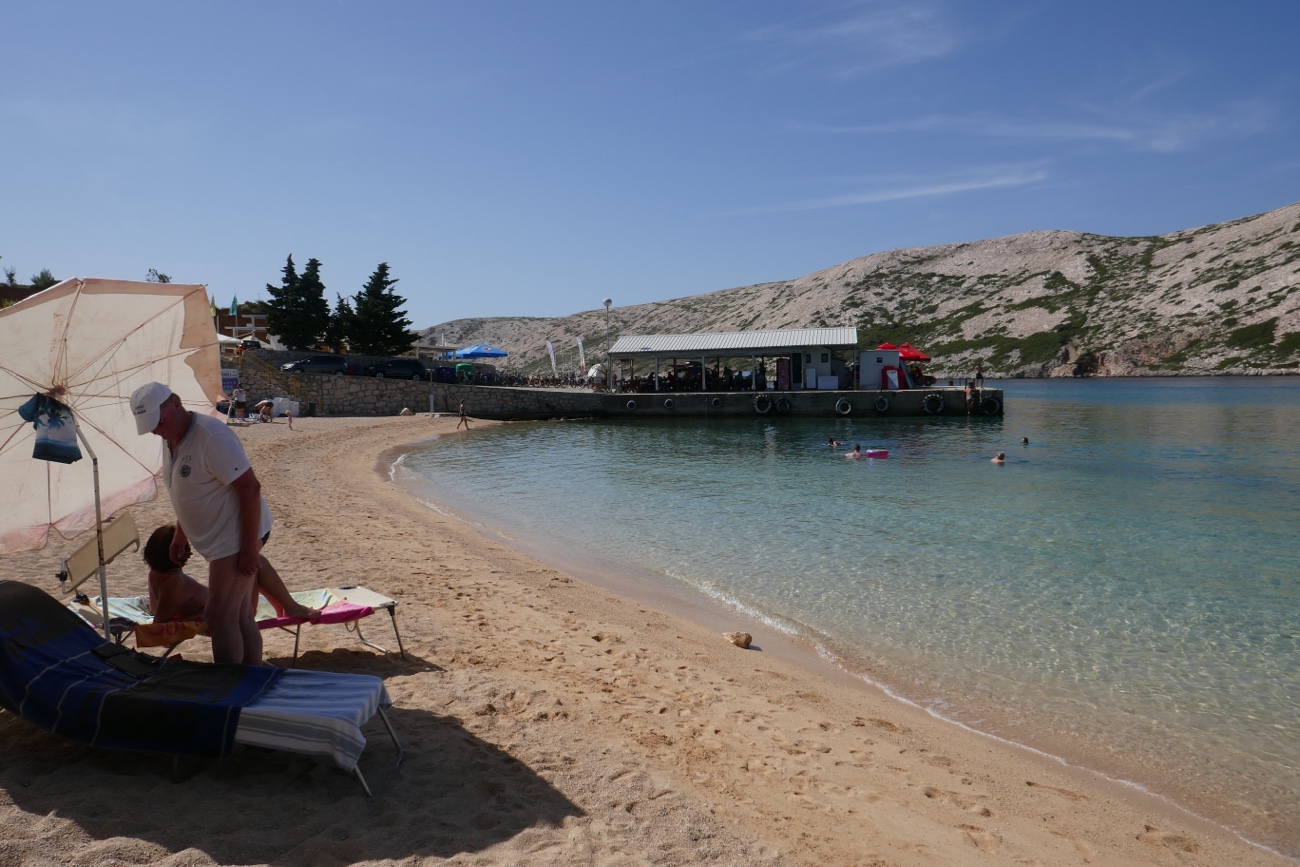

This is the home island for our guide Petra whose family has lived on the island for over 200 years. We cycled along the promenade most of the way and enjoyed our swim.
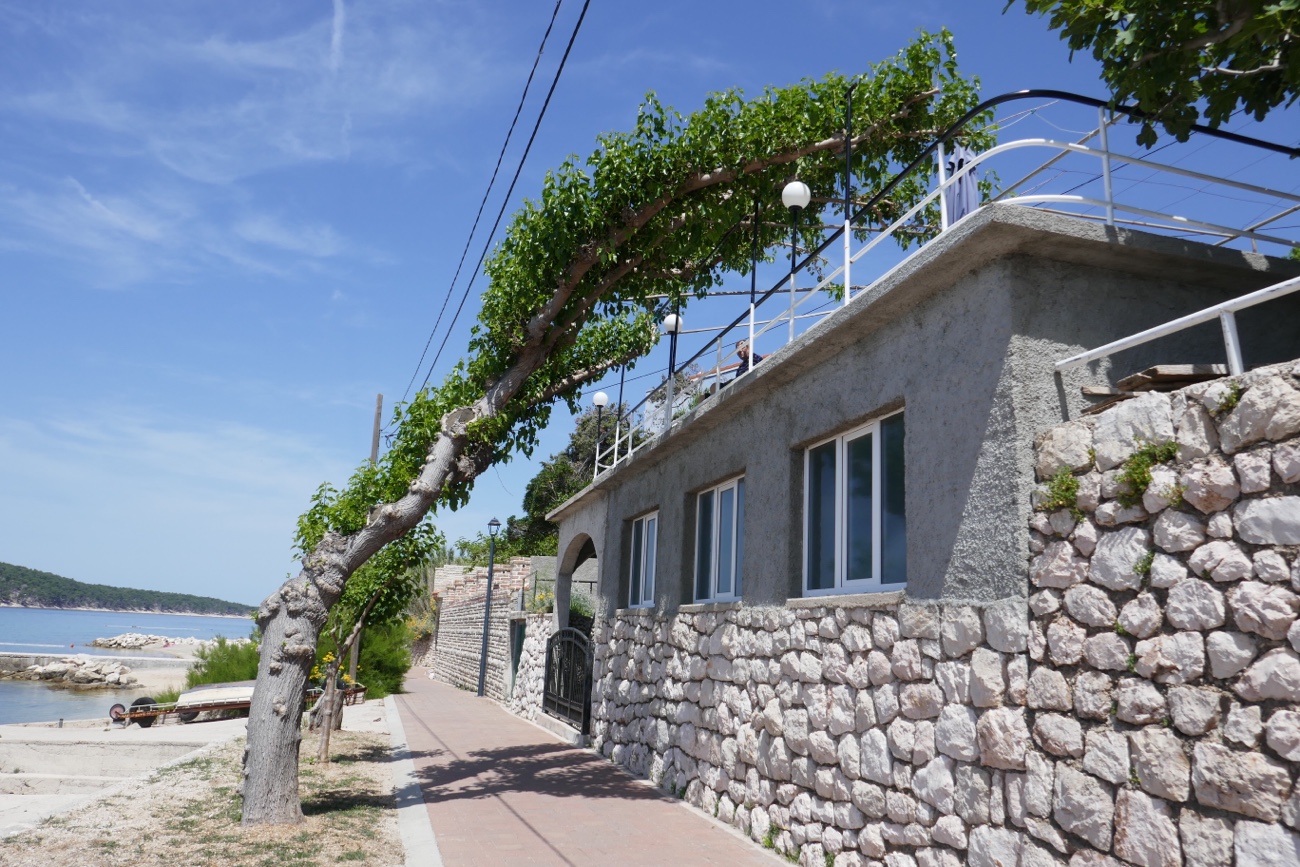
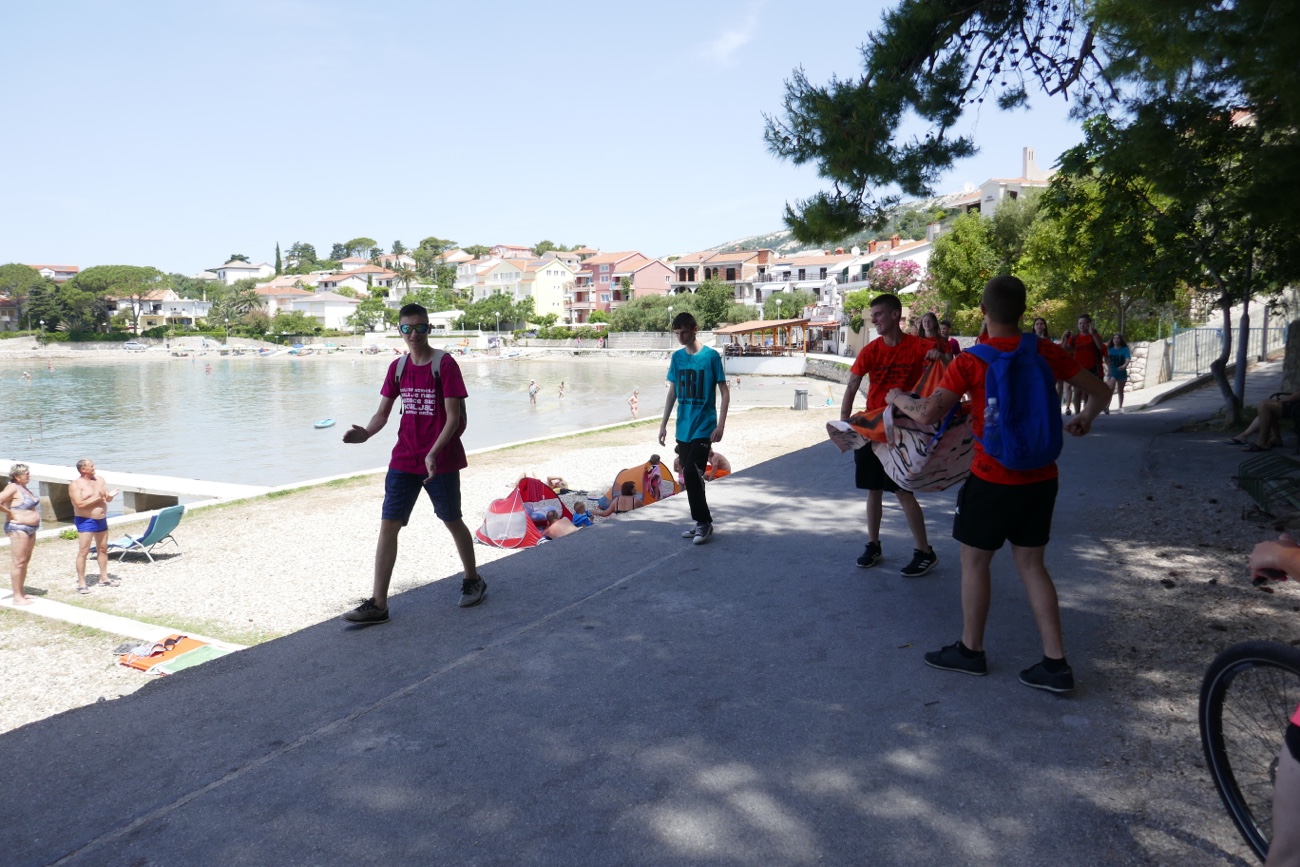
Back on the boat it was across to the mainland again so we could visit Zavratnica fjord. This involved a 4km hike in HOT conditions but it was a beautiful spot.

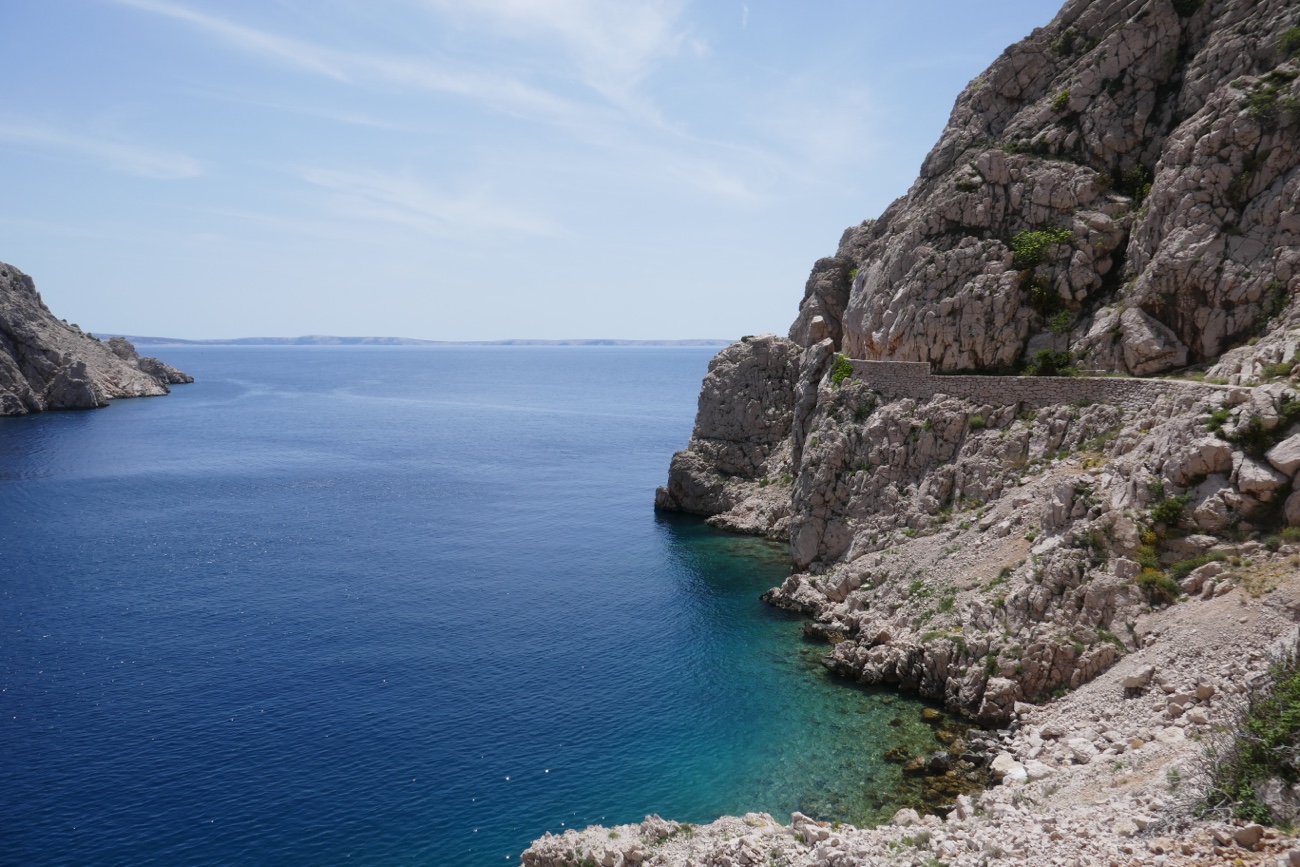

 Swimming off the back of the boat afterwards cooled everyone down.
Swimming off the back of the boat afterwards cooled everyone down.
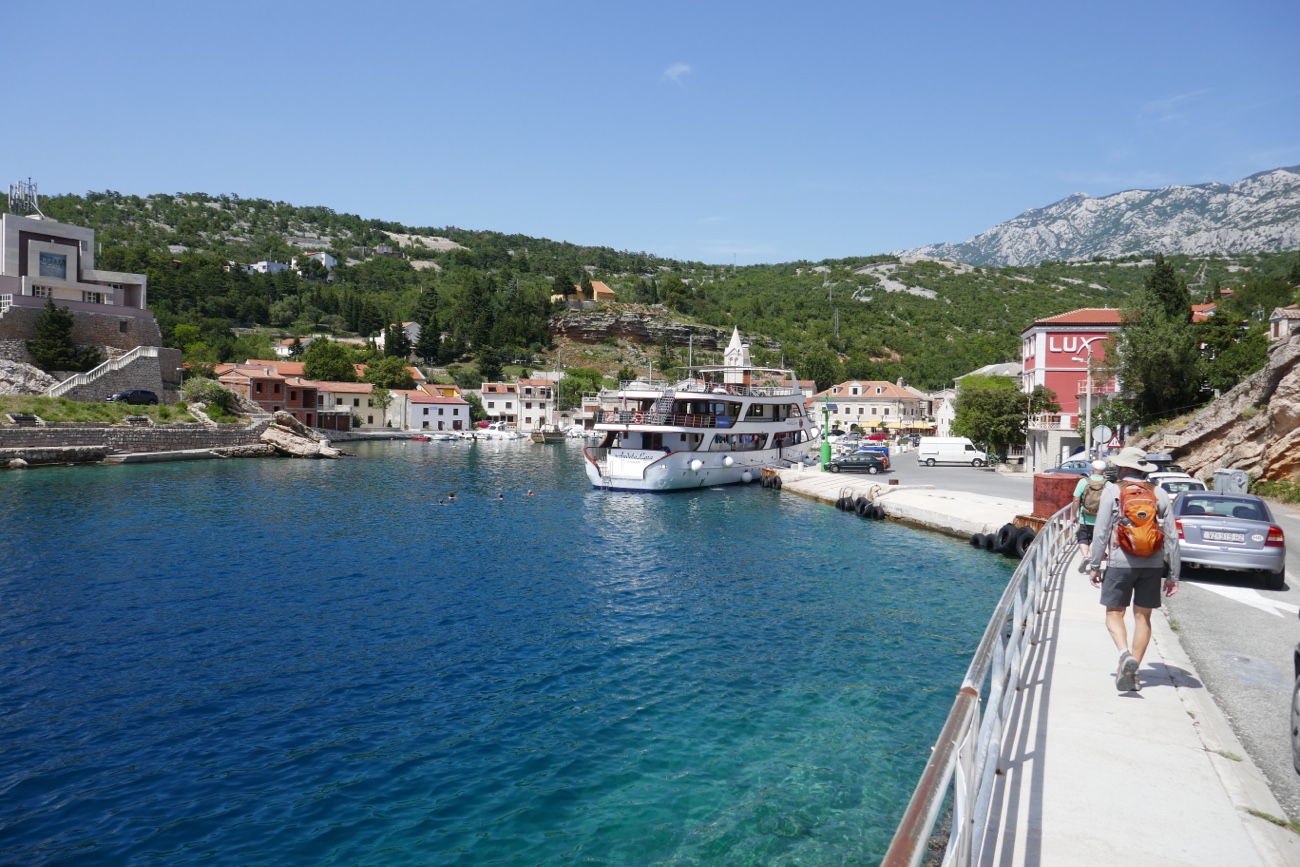
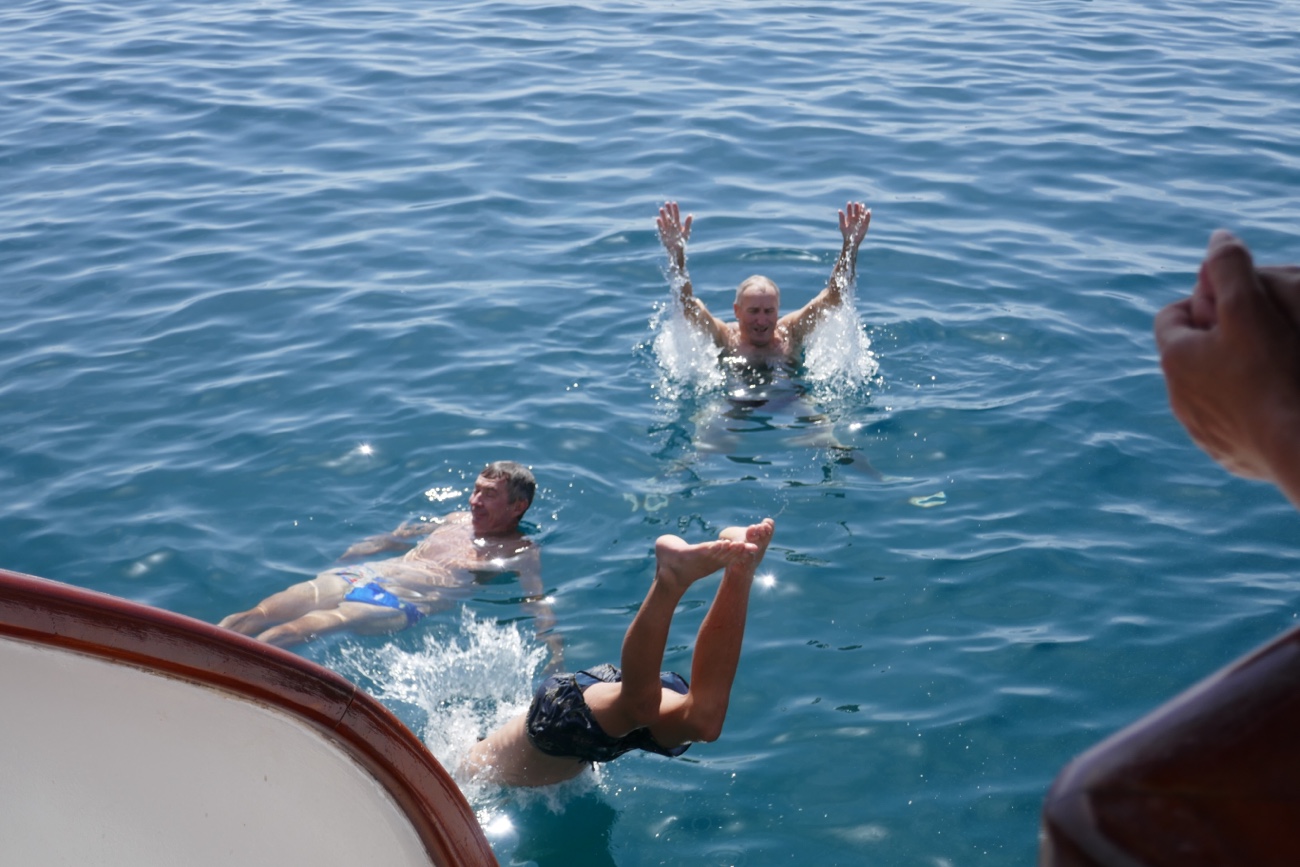 Lastly we motored across to the town of Krk on the island of (you guessed it) Krk.
Lastly we motored across to the town of Krk on the island of (you guessed it) Krk.
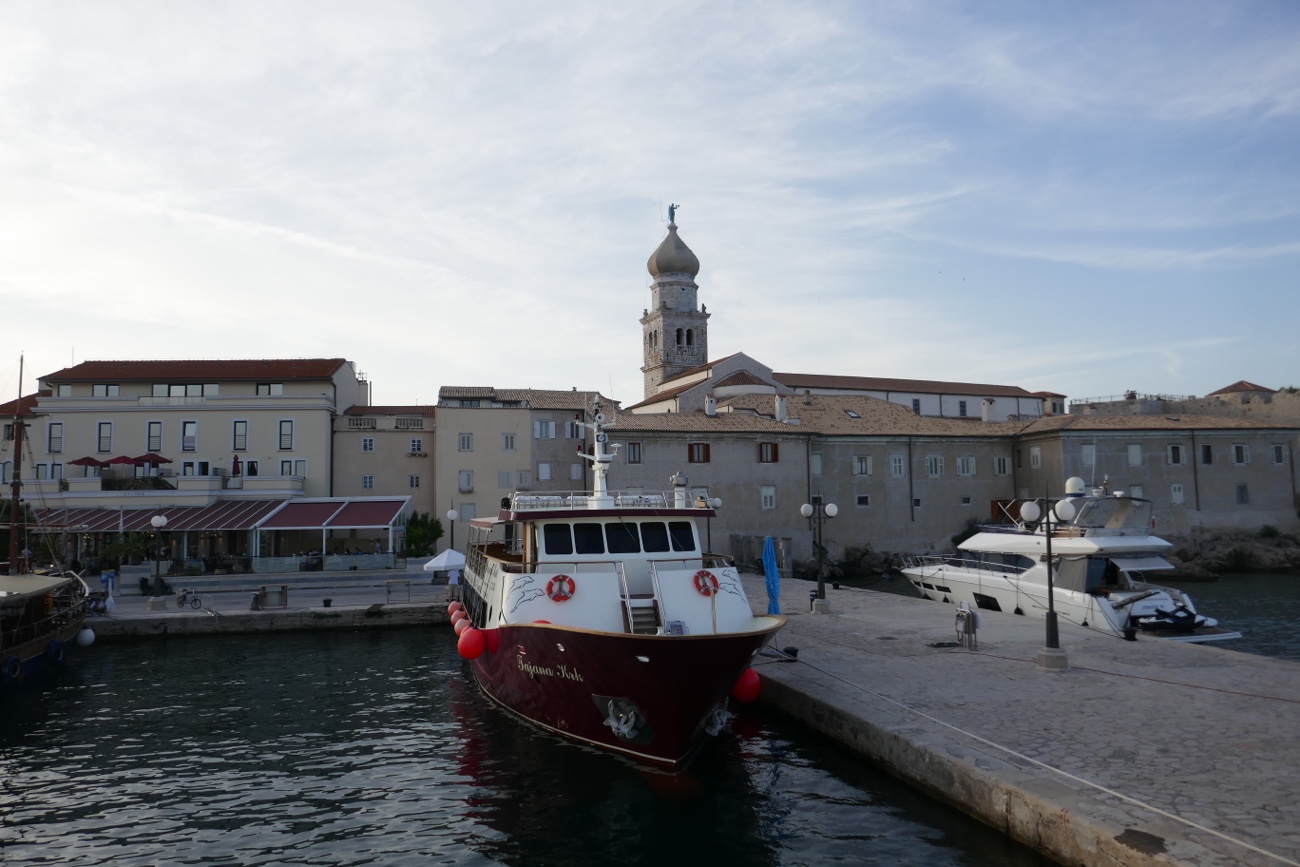 Our last bike ride was 44km across the island to our starting point for this tour, Omisalj. It had 650m of climbing and was again a hot day. The e-bikes have been great as I have had a cold all week and wouldn’t have been able to ride without them.
Our last bike ride was 44km across the island to our starting point for this tour, Omisalj. It had 650m of climbing and was again a hot day. The e-bikes have been great as I have had a cold all week and wouldn’t have been able to ride without them.
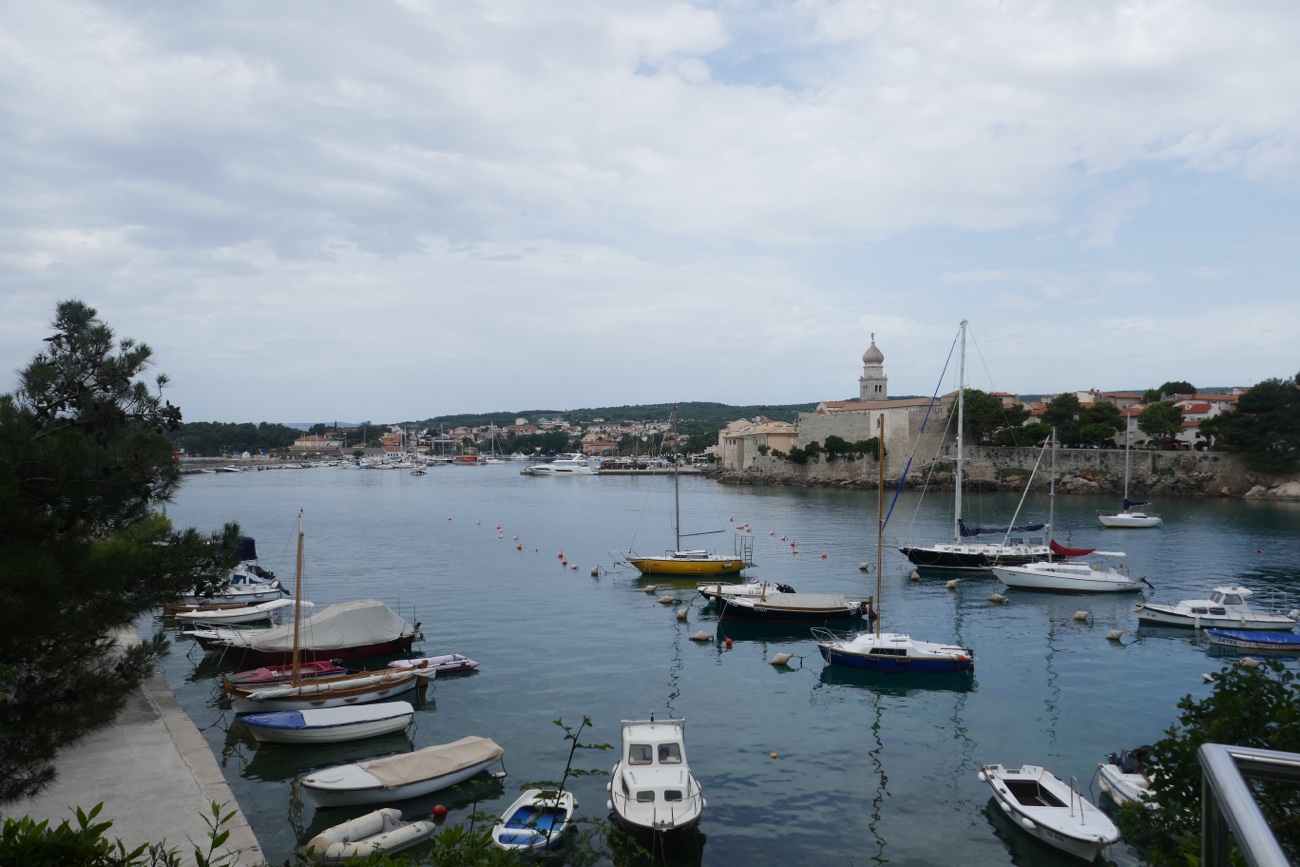 We saw some sheep being sheared and had lunch in a small cafe en route in the small village of Dobrinj. We decided against the mud baths unlike some of our intrepid friends.
We saw some sheep being sheared and had lunch in a small cafe en route in the small village of Dobrinj. We decided against the mud baths unlike some of our intrepid friends.
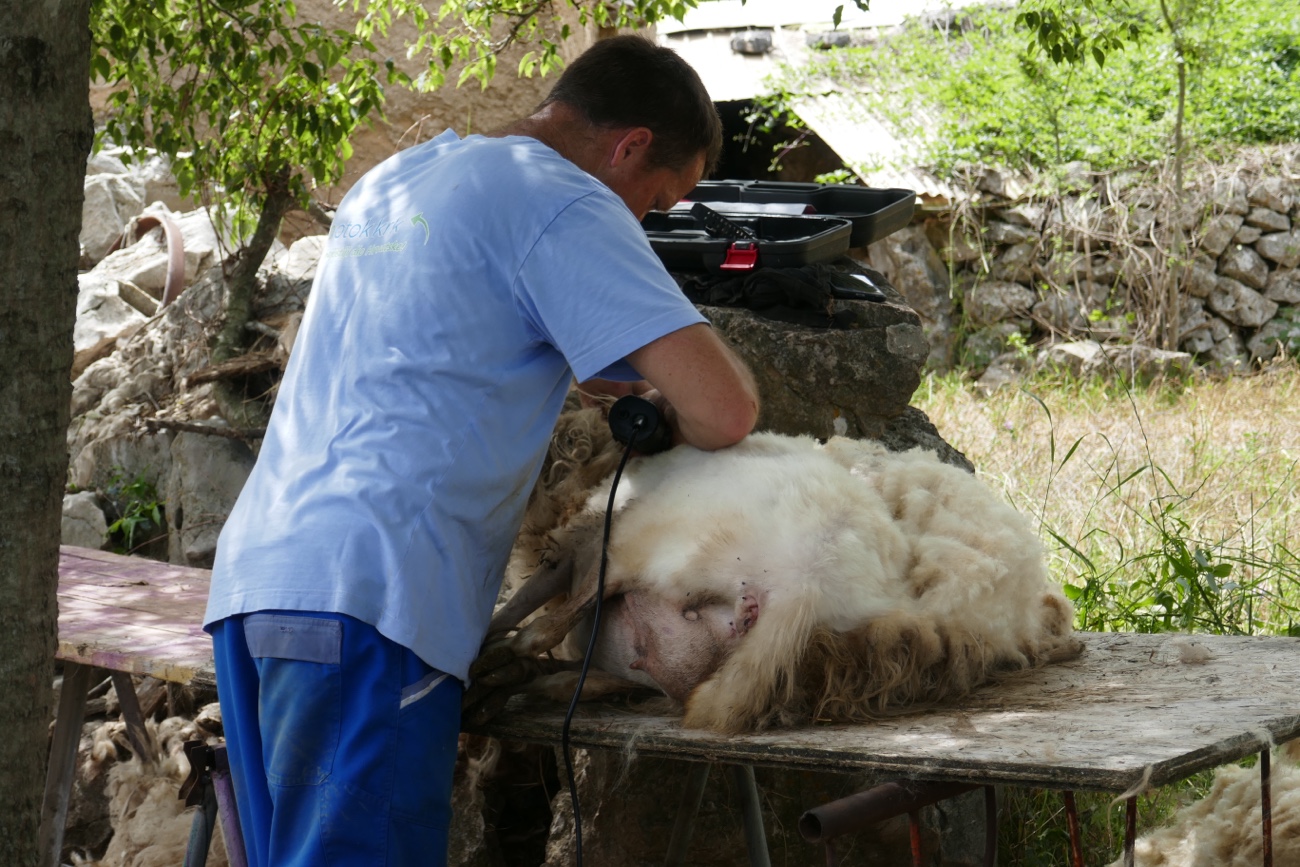

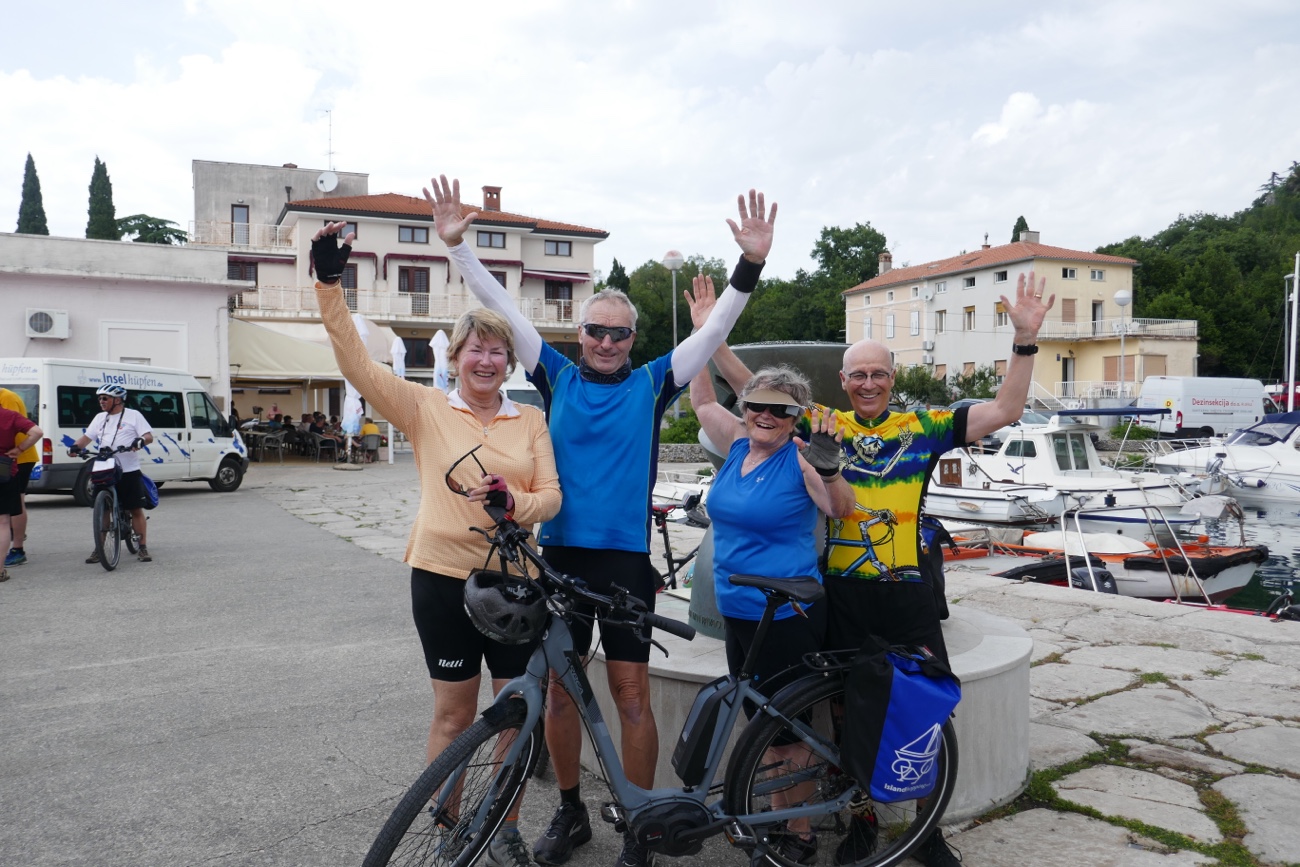
Our final night dinner was an opportunity to say goodbye to friends and thank our crew for looking after us for the last week. Our week’s riding covered 179km with over 2300m of climbing.
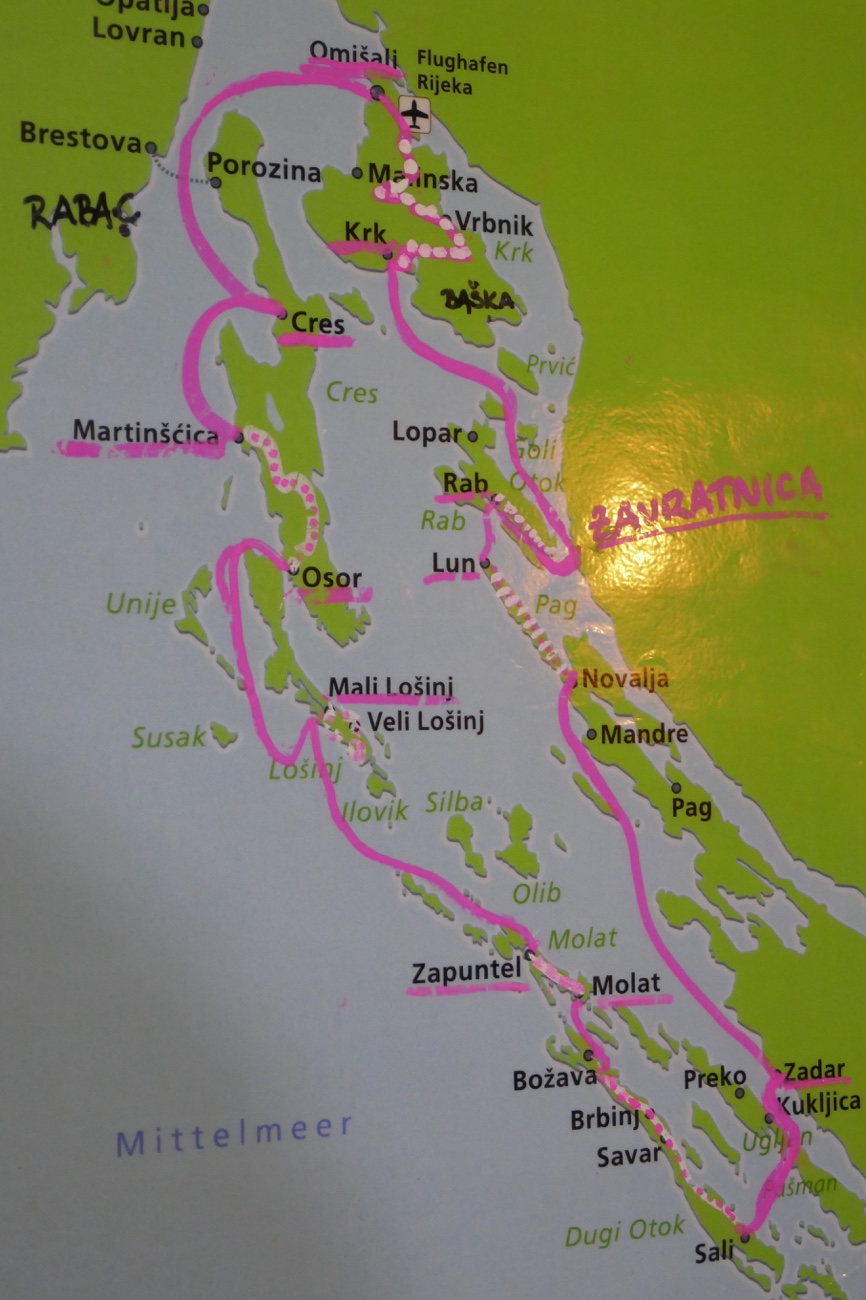

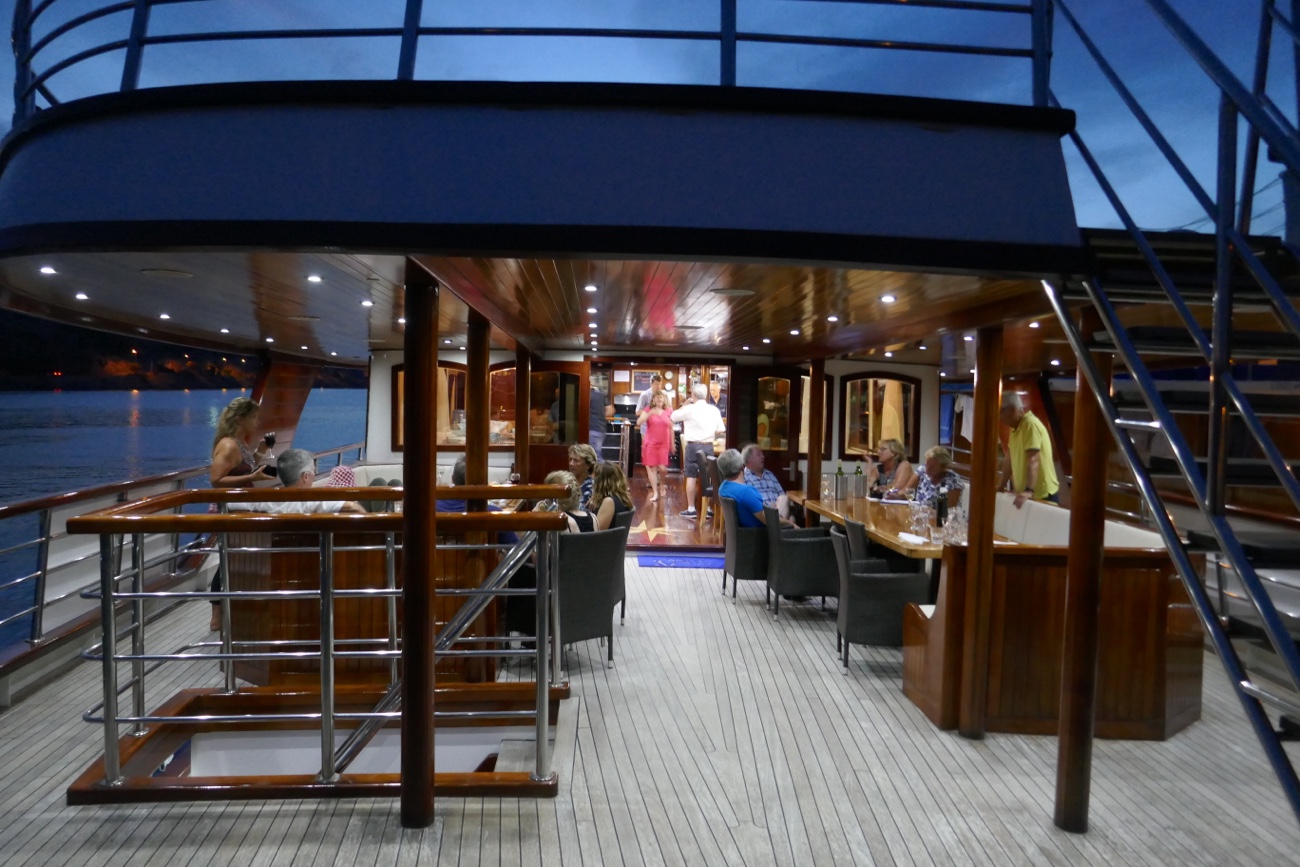

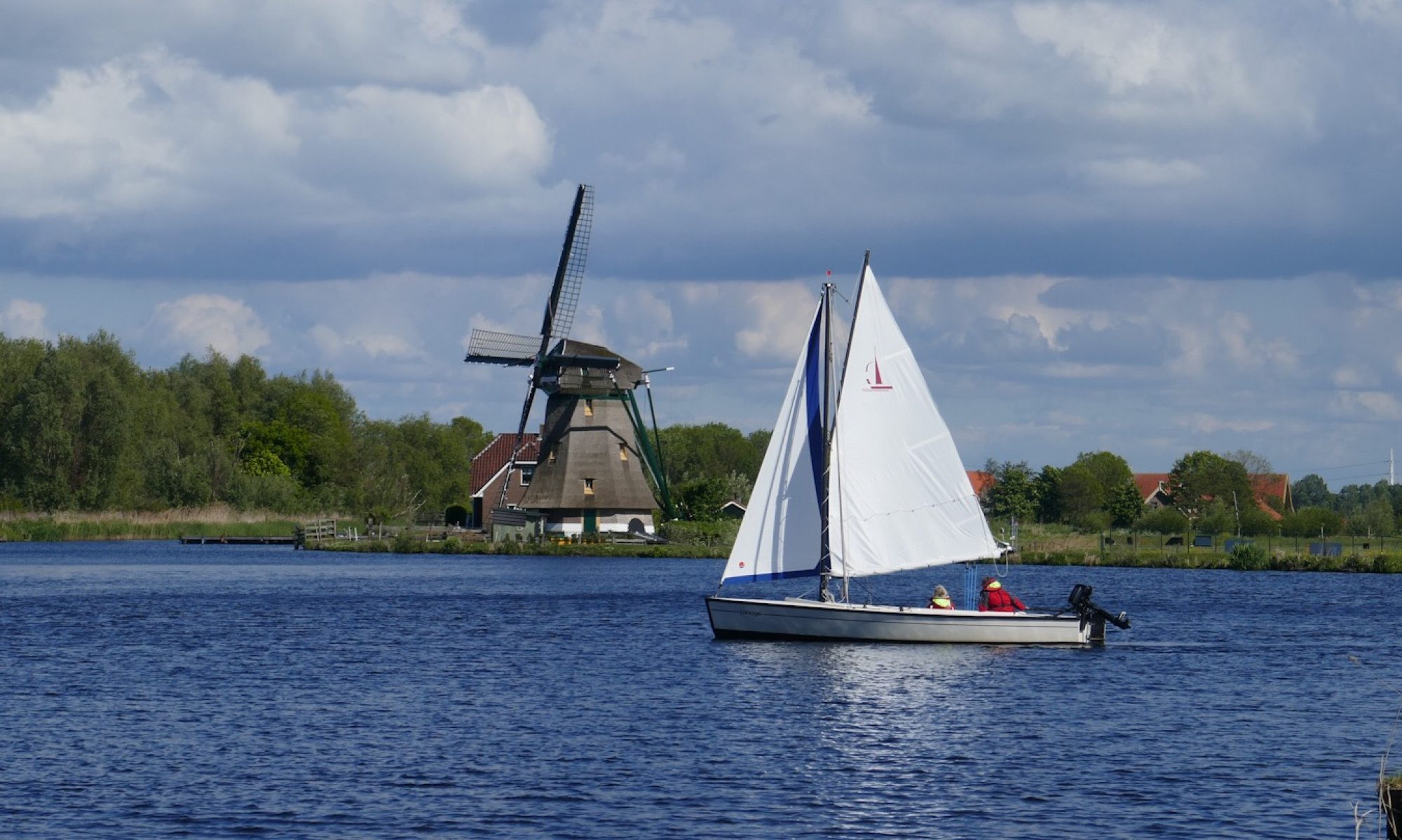
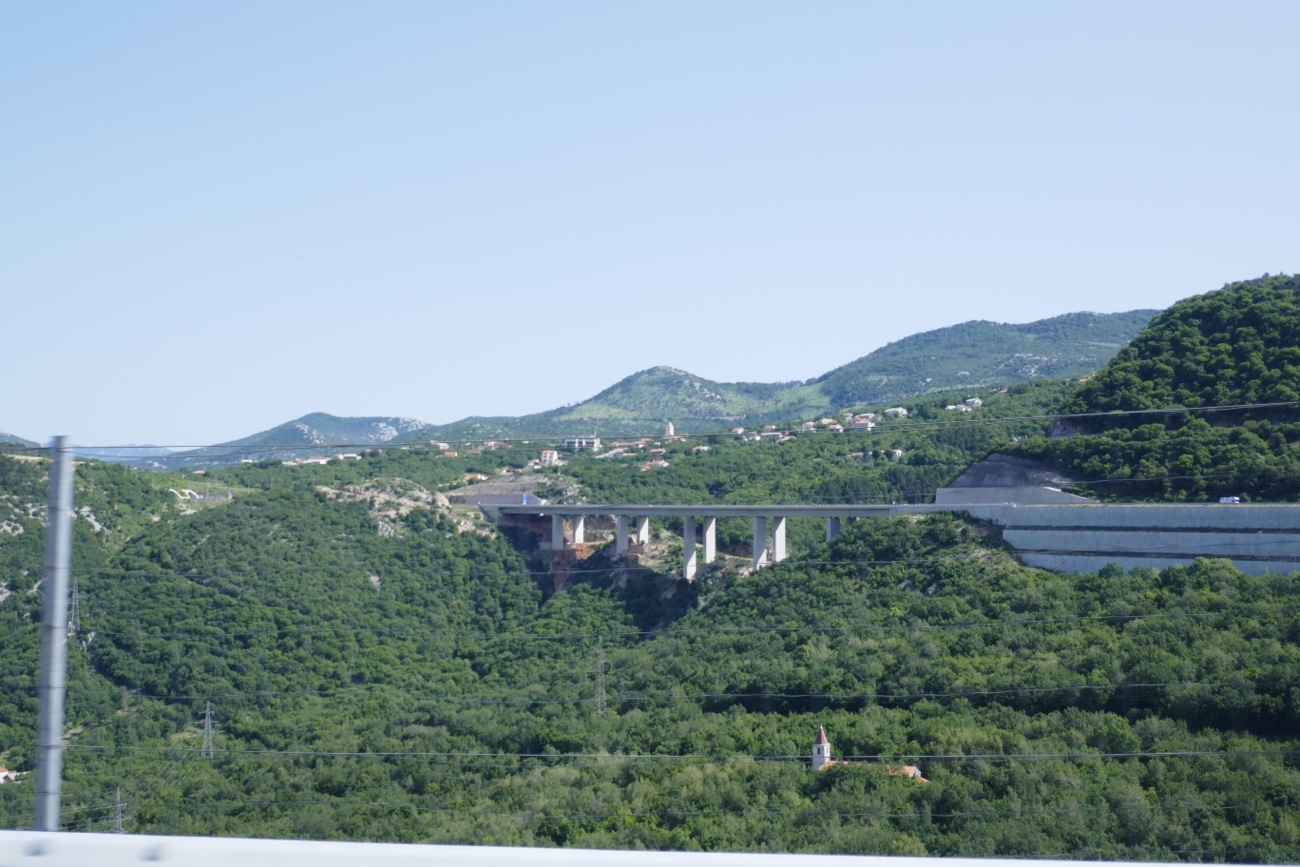 We arrived at Omisalj to find the Andela Lora and our guides Petra and Vili there to greet us. As we had some time until we could board, we wandered along the foreshore admiring the crystal clear water of the Adriatic Sea.
We arrived at Omisalj to find the Andela Lora and our guides Petra and Vili there to greet us. As we had some time until we could board, we wandered along the foreshore admiring the crystal clear water of the Adriatic Sea.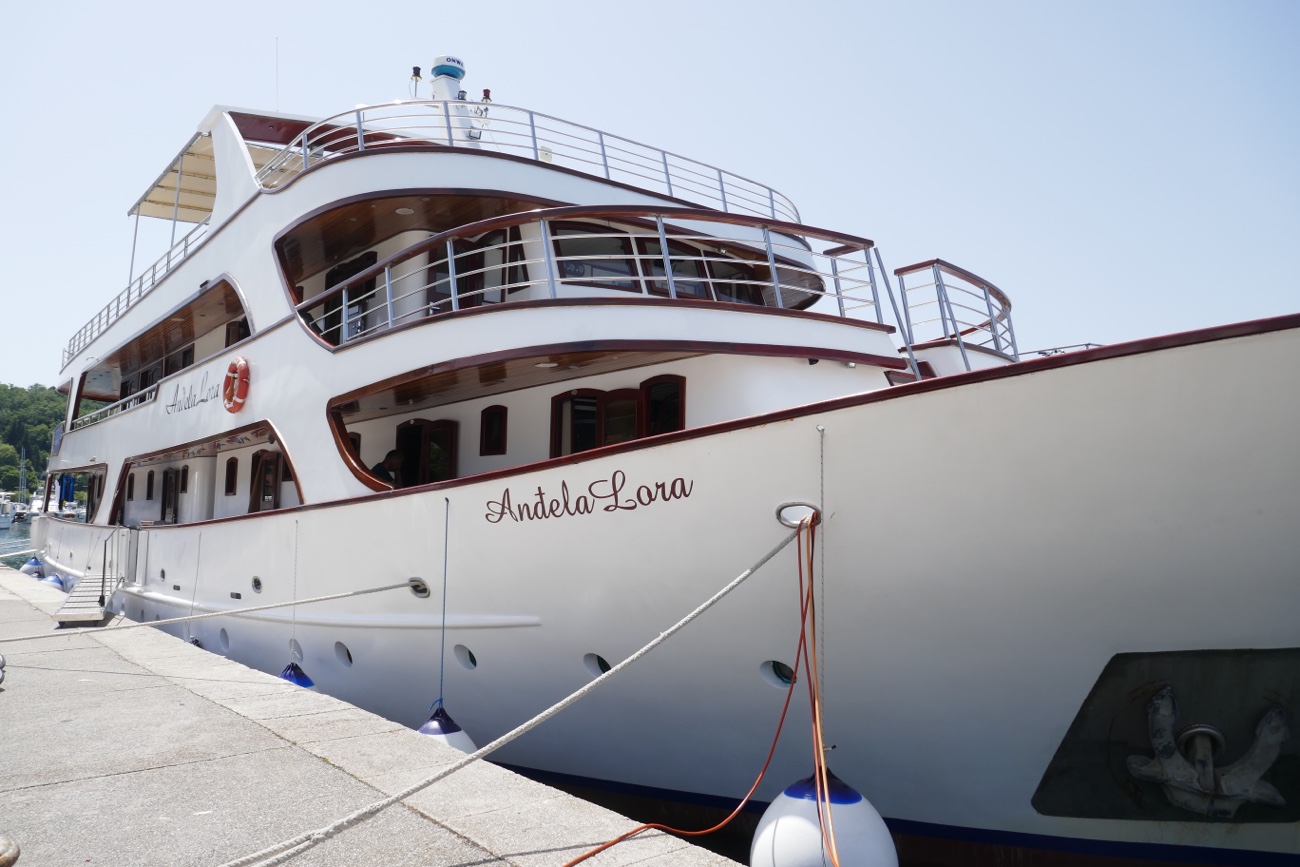
 At 2pm we cast off and motored to the town of Cres on the island of Cres. To make it easy, the capital of each island has the same name as the island.
At 2pm we cast off and motored to the town of Cres on the island of Cres. To make it easy, the capital of each island has the same name as the island.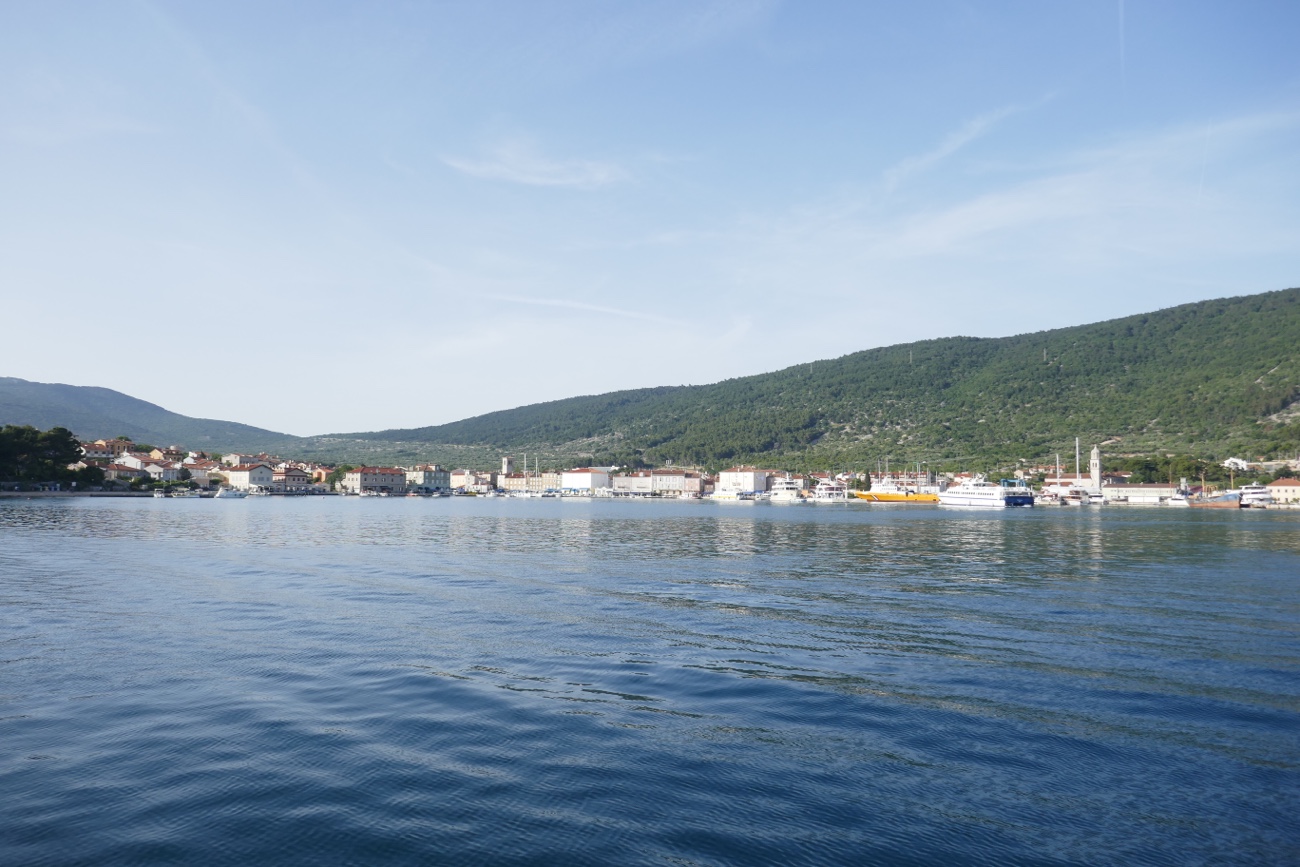
 Before dinner, Vili took us for a town walk and pointed out the medieval and Venetian landmarks. We have a multicultural group with cyclists from Germany, Canada, Switzerland, Mexico, Australia, England and a lone American. All briefings and talks are in both German and English.
Before dinner, Vili took us for a town walk and pointed out the medieval and Venetian landmarks. We have a multicultural group with cyclists from Germany, Canada, Switzerland, Mexico, Australia, England and a lone American. All briefings and talks are in both German and English.
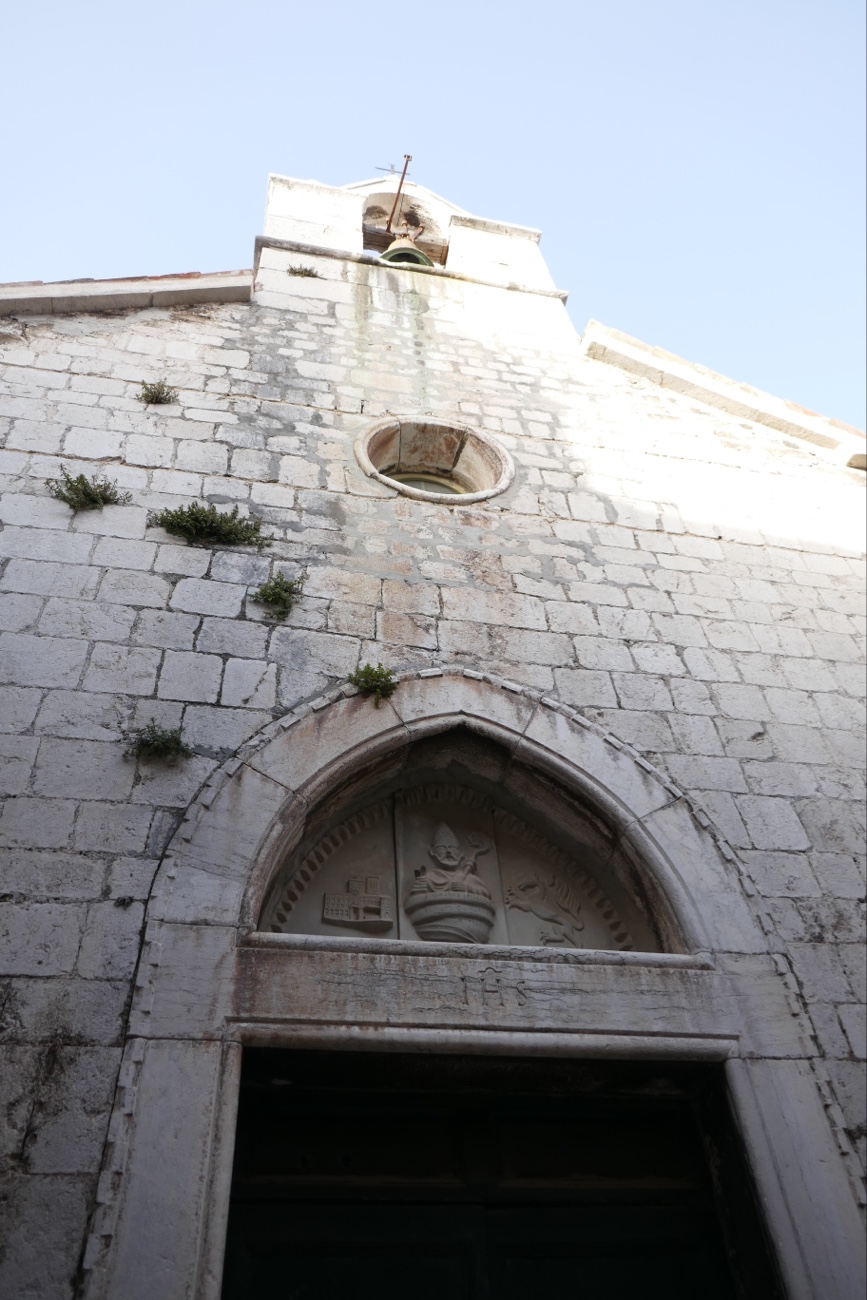
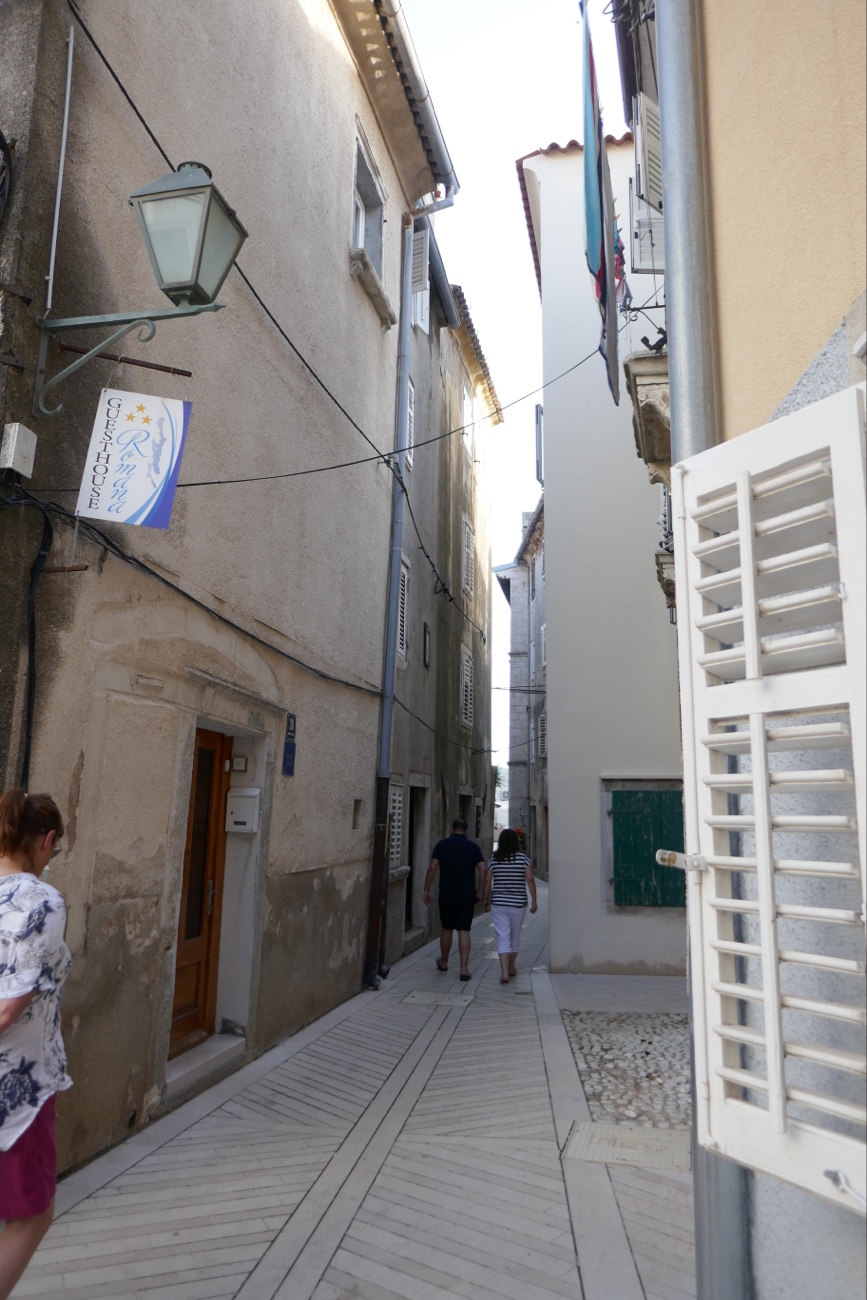 On Monday morning, we motored to the town of Martinscica where our bikes were off loaded and we cycled 23 kms to the town of Osor. We have e-bikes for this trip as it is quite hilly around here. I was glad for the help as I had a cold and I enjoyed cruising up the hills as if it was flat!
On Monday morning, we motored to the town of Martinscica where our bikes were off loaded and we cycled 23 kms to the town of Osor. We have e-bikes for this trip as it is quite hilly around here. I was glad for the help as I had a cold and I enjoyed cruising up the hills as if it was flat!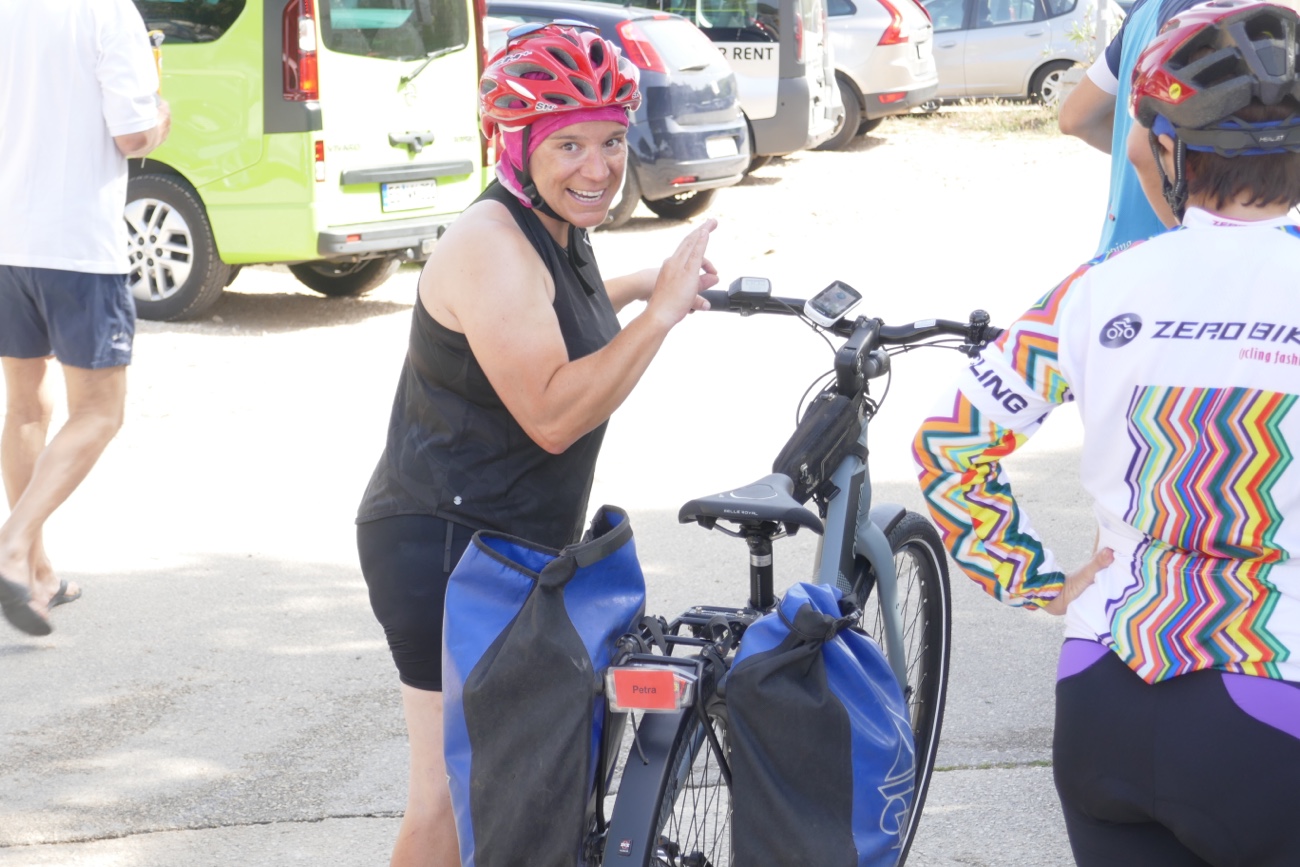

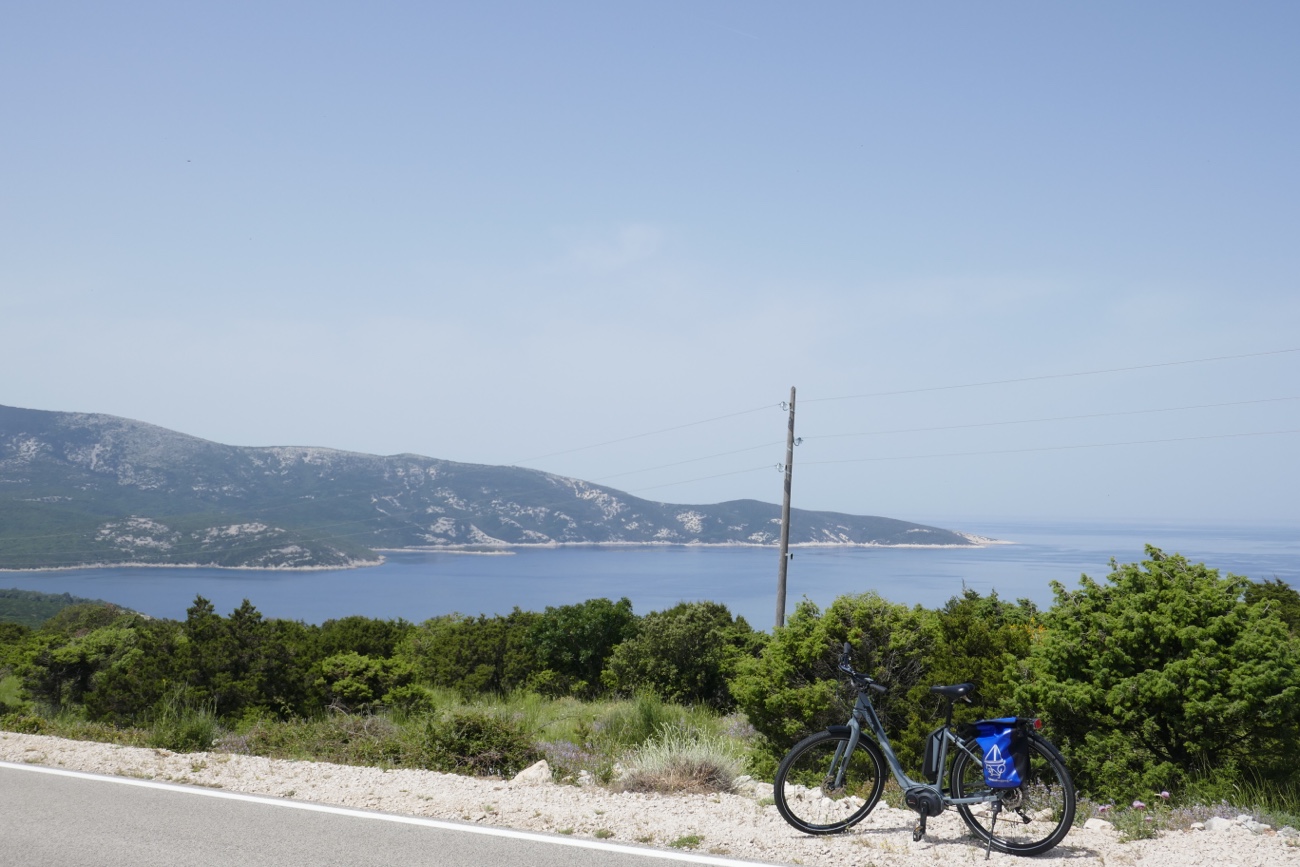
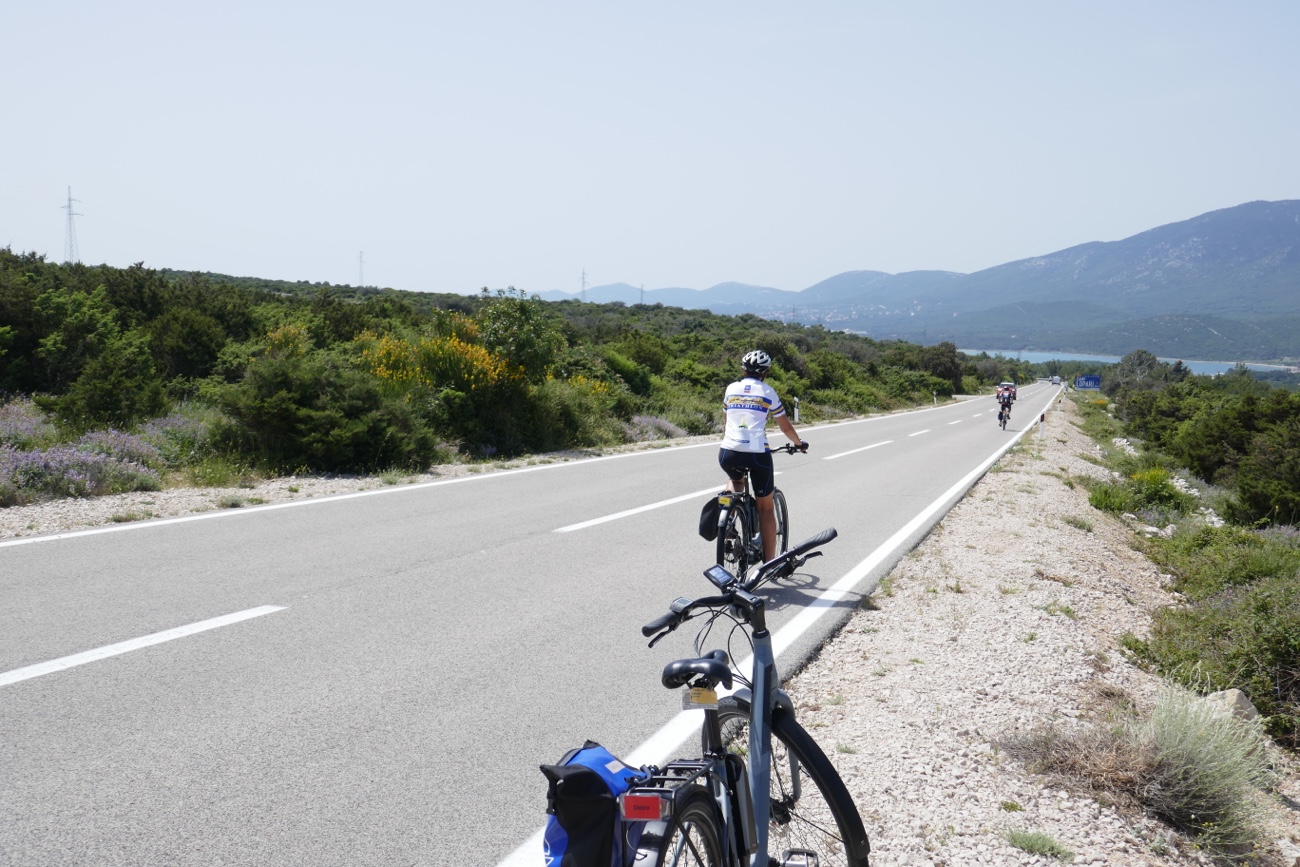 Unfortunately it was very hot and several people suffered from heat exhaustion. We were glad to arrive back at the boat and go for a swim off the back.
Unfortunately it was very hot and several people suffered from heat exhaustion. We were glad to arrive back at the boat and go for a swim off the back. We then motored to the island of Losinj where we anchored for another swim before tying up in the town of Mali Losinj.
We then motored to the island of Losinj where we anchored for another swim before tying up in the town of Mali Losinj.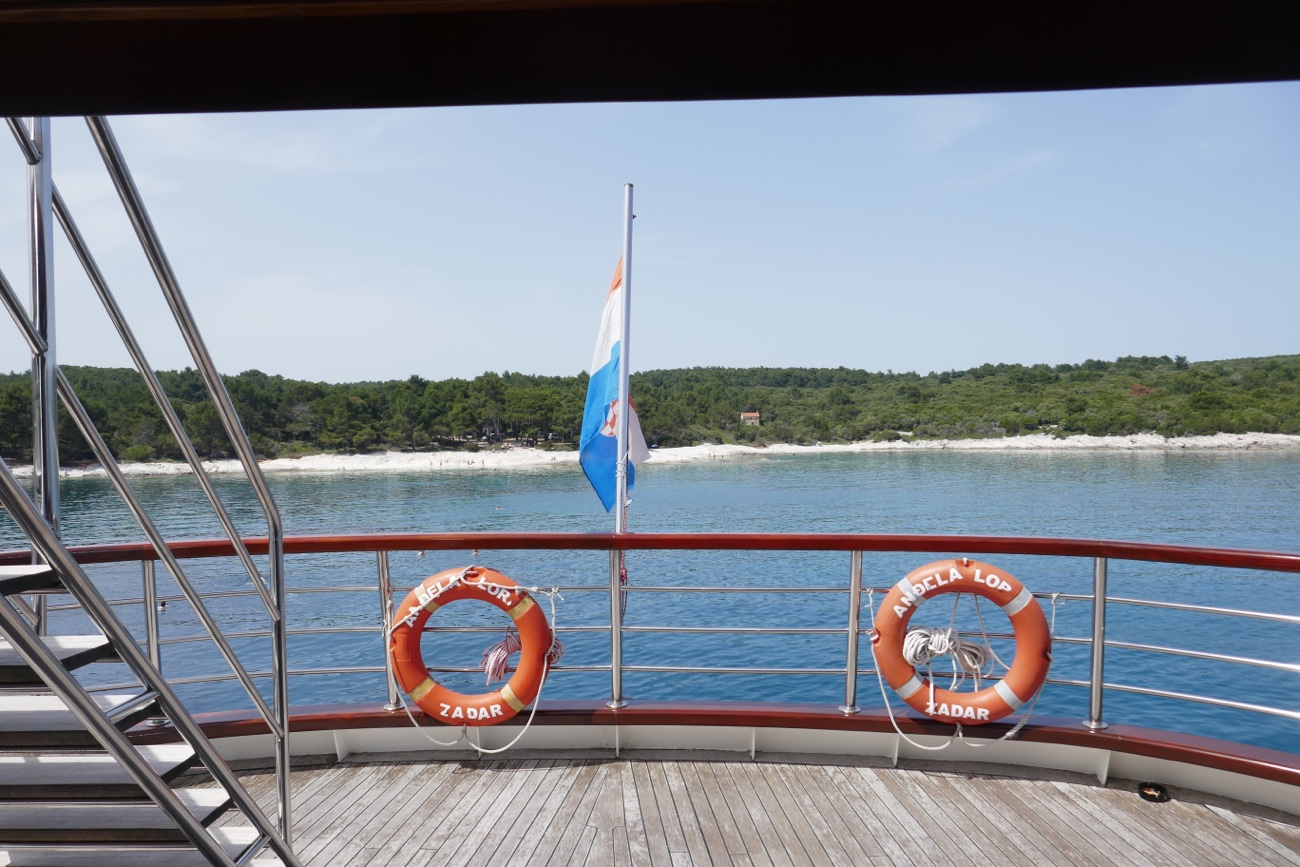

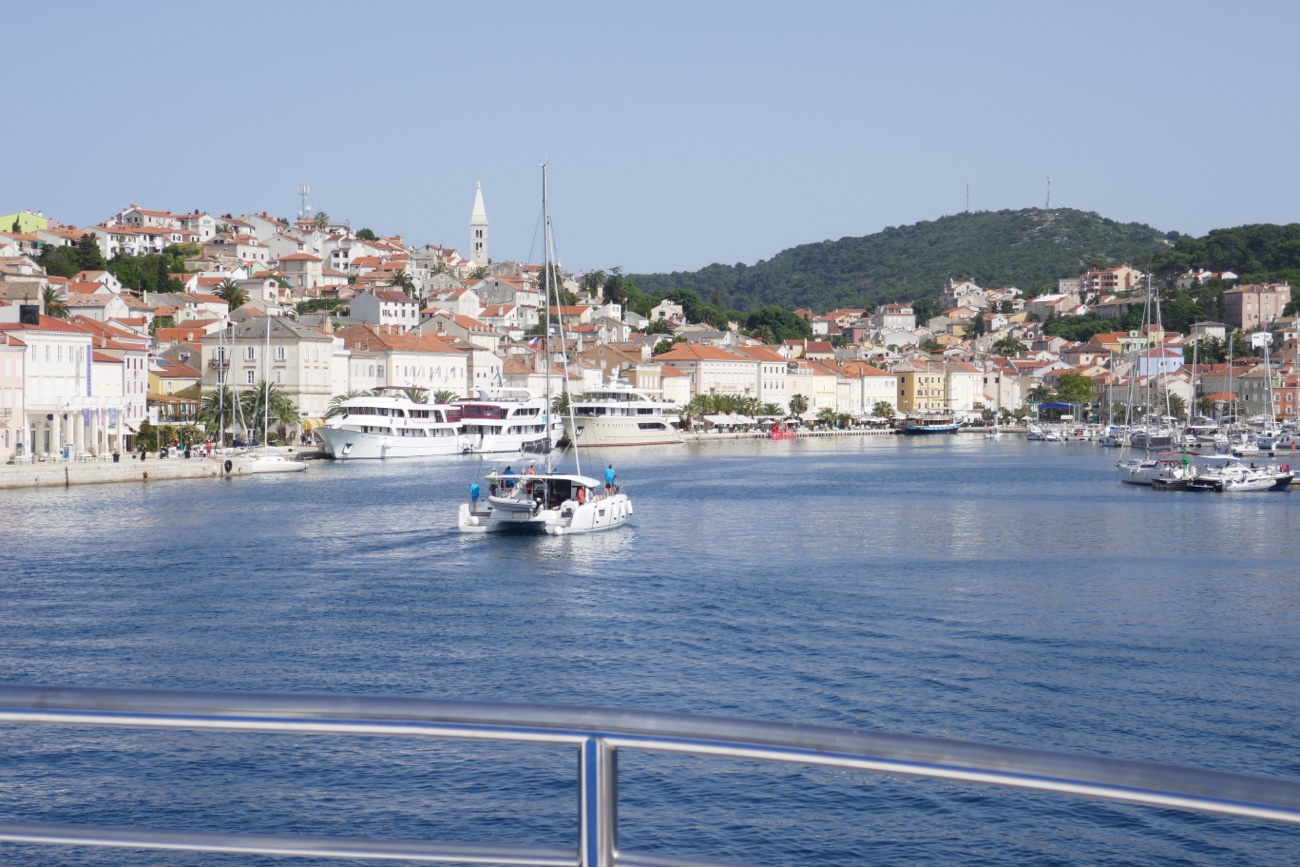
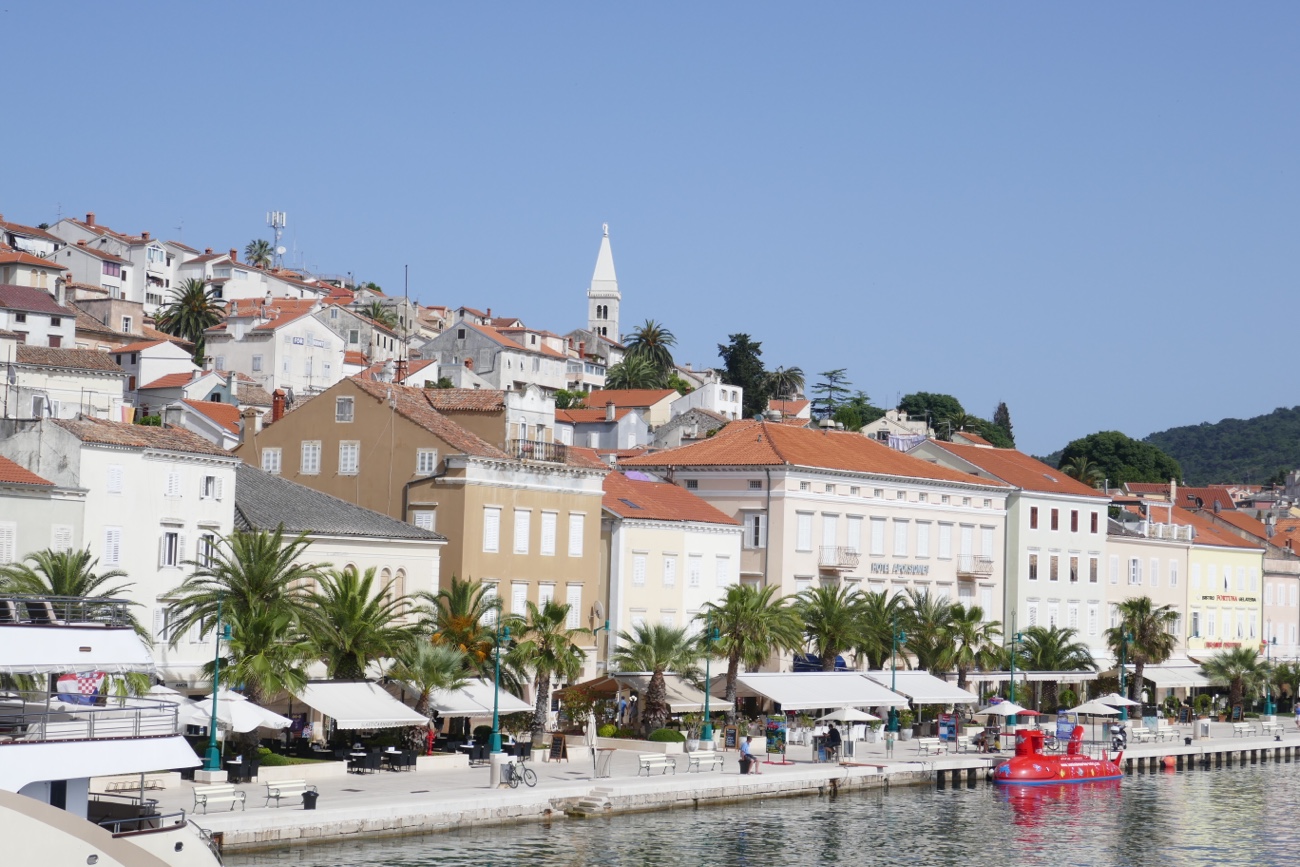 On Tuesday morning, we did a loop ride of 17km to Veli Losinj.
On Tuesday morning, we did a loop ride of 17km to Veli Losinj.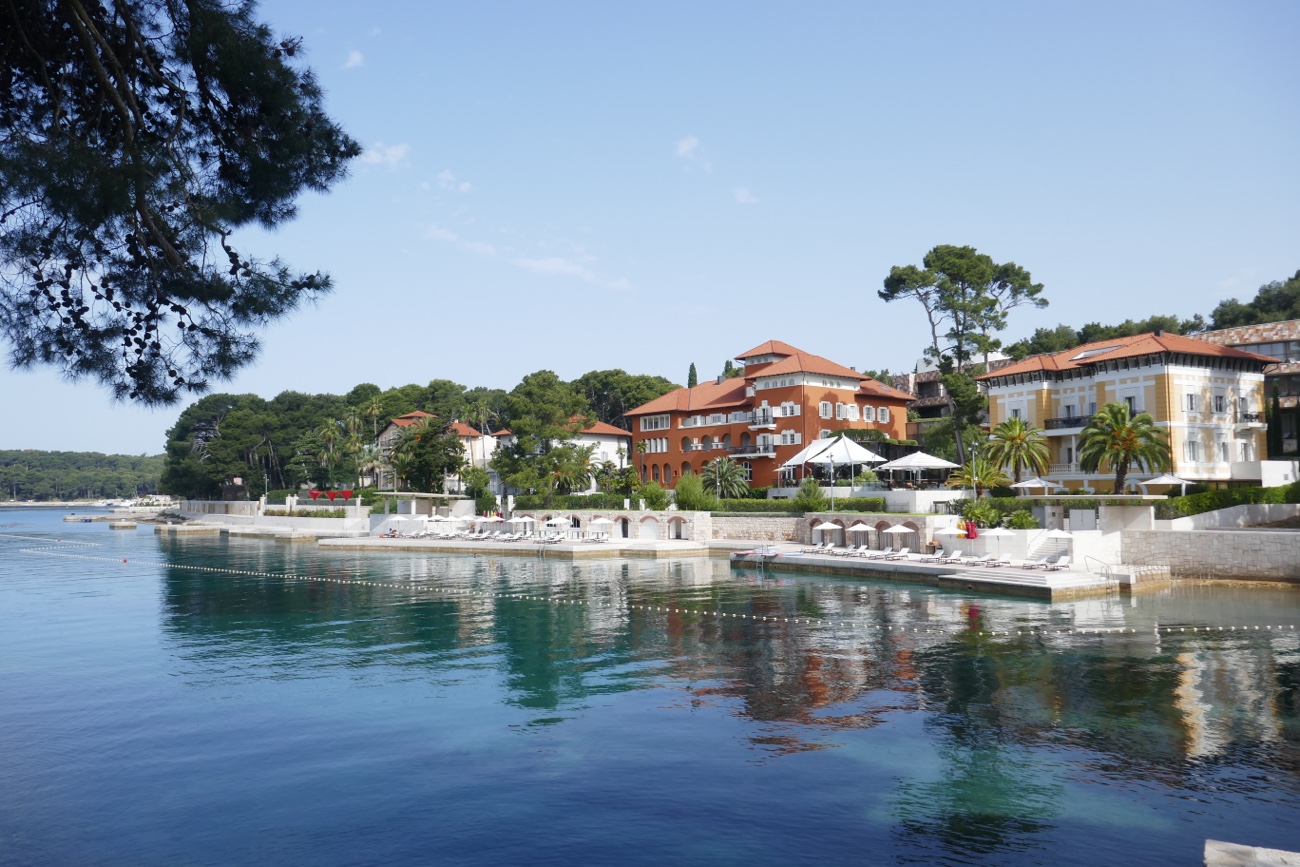
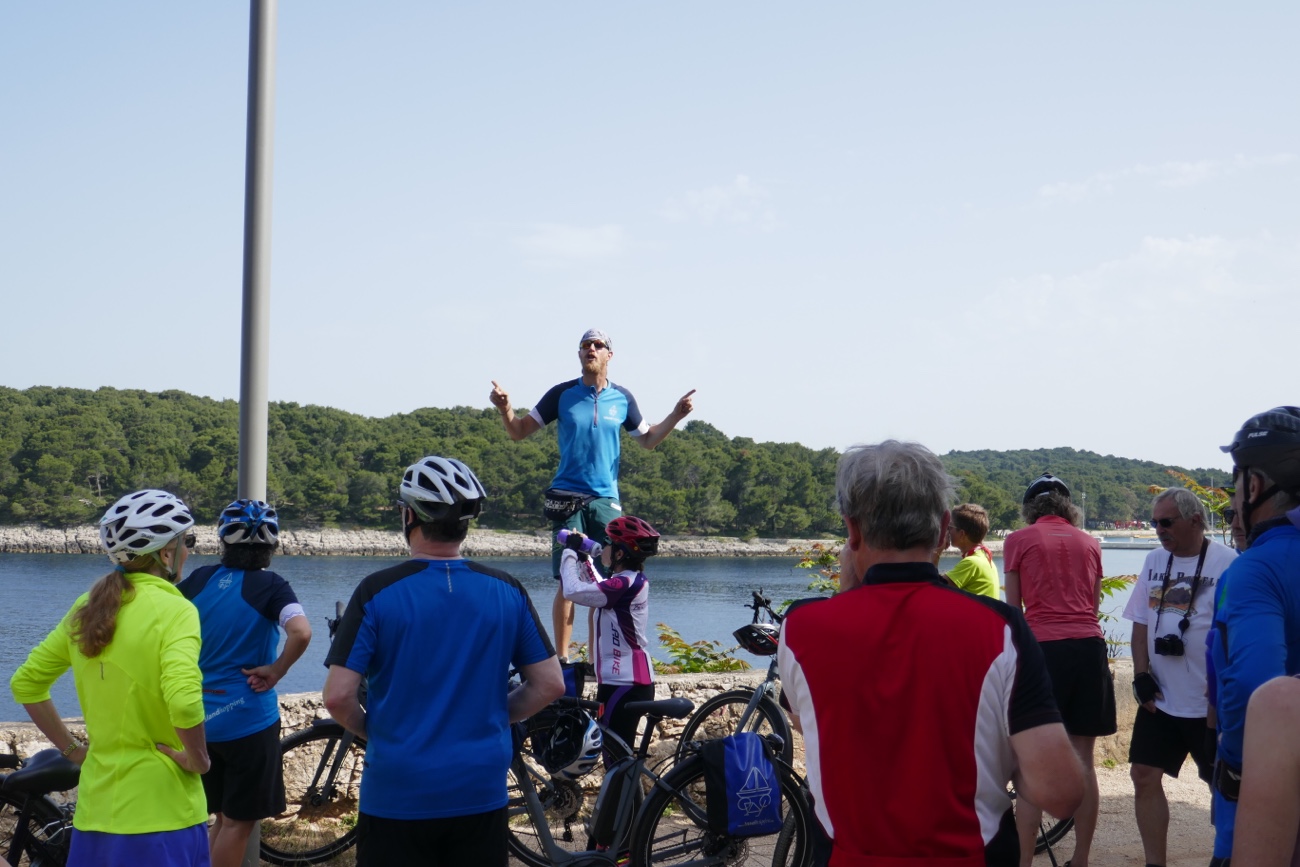


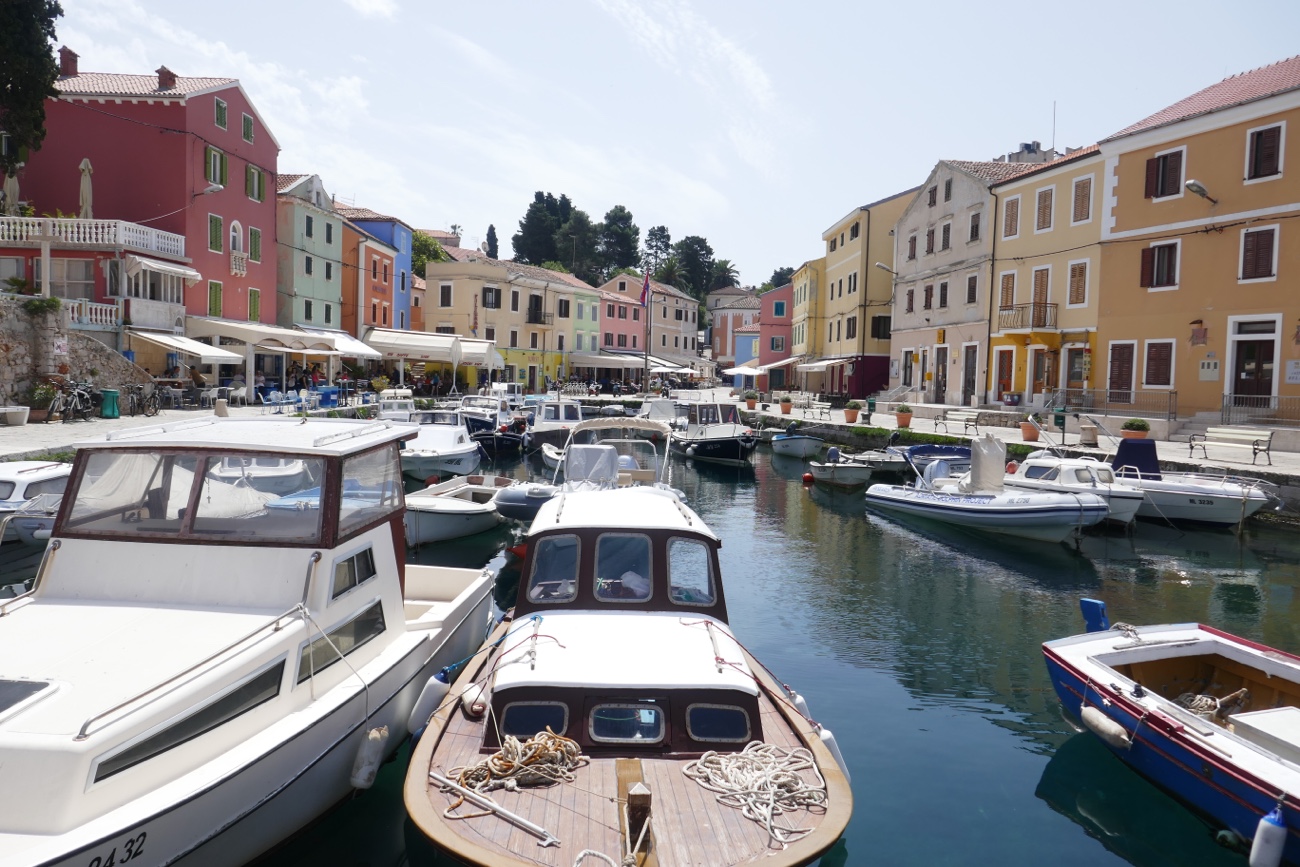 After lunch we motored to the small island of Molat where we cycled the length of the island (14km) before rejoining the ship at Brgulje. There were the remains of a concentration work camp here from WW2.
After lunch we motored to the small island of Molat where we cycled the length of the island (14km) before rejoining the ship at Brgulje. There were the remains of a concentration work camp here from WW2.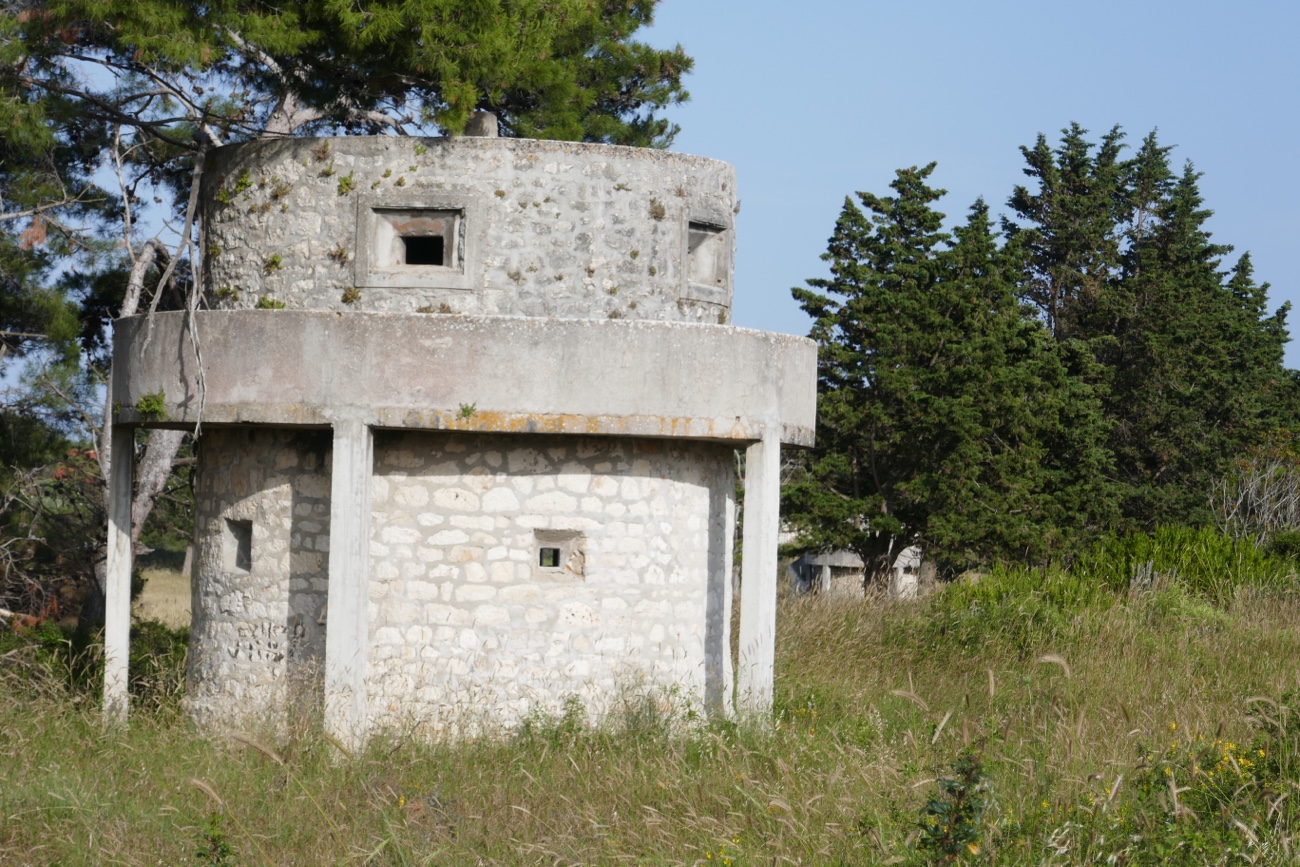
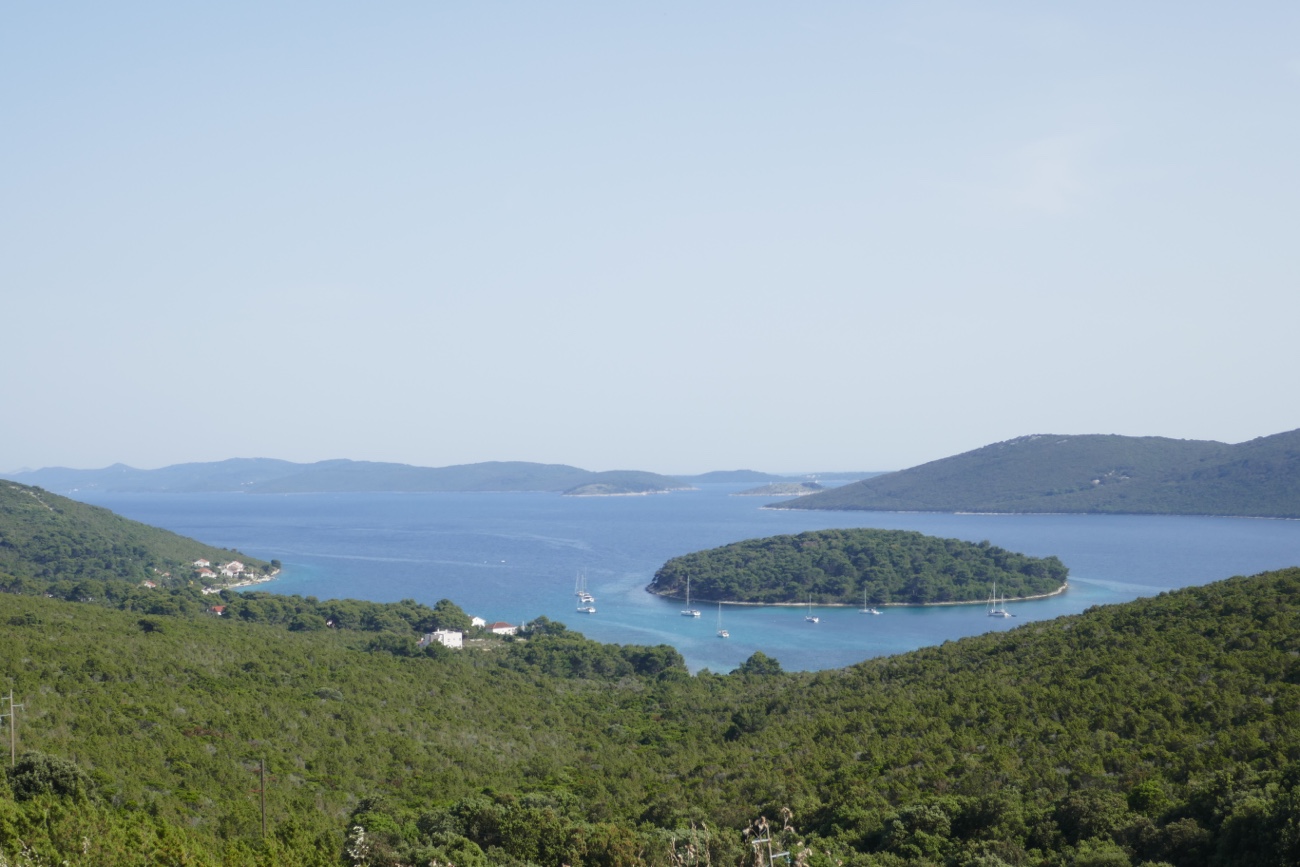
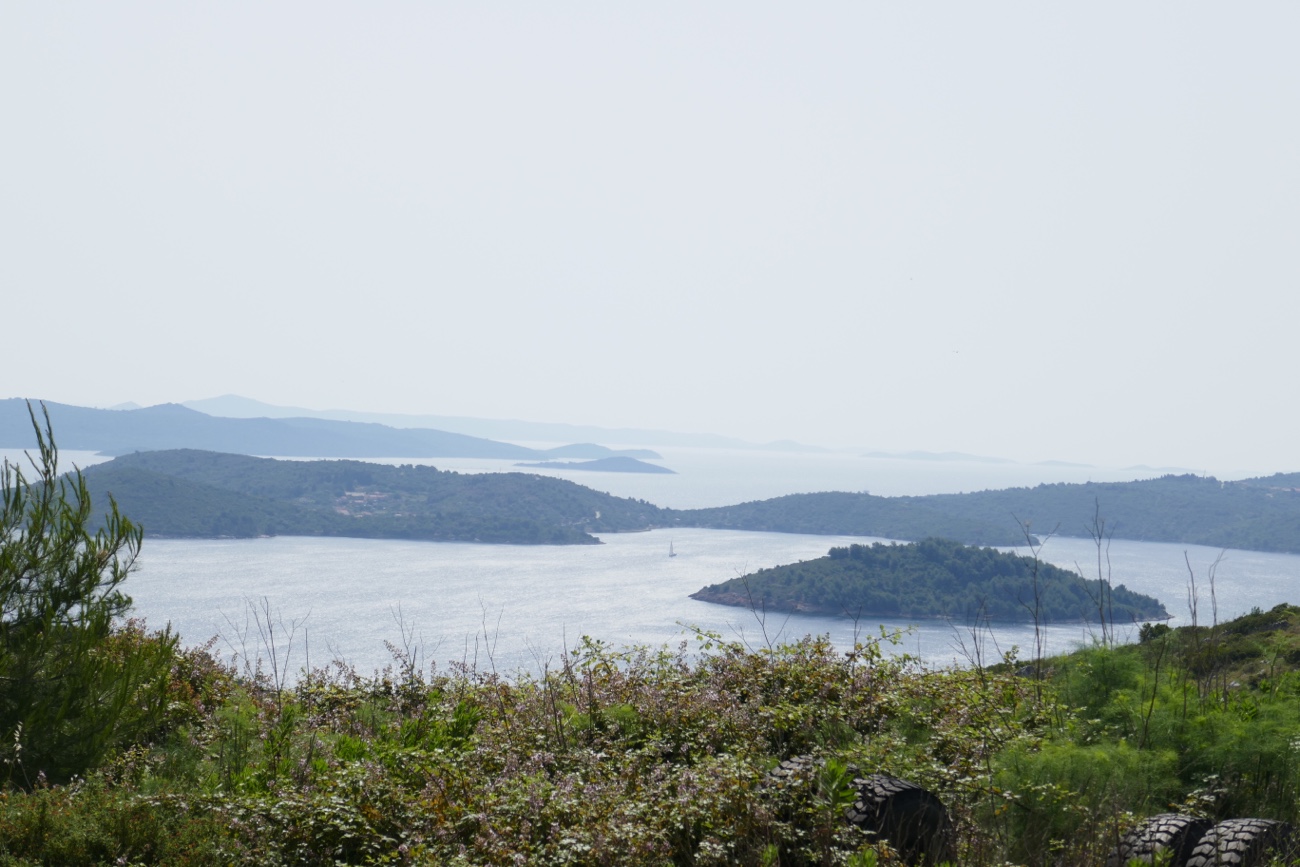
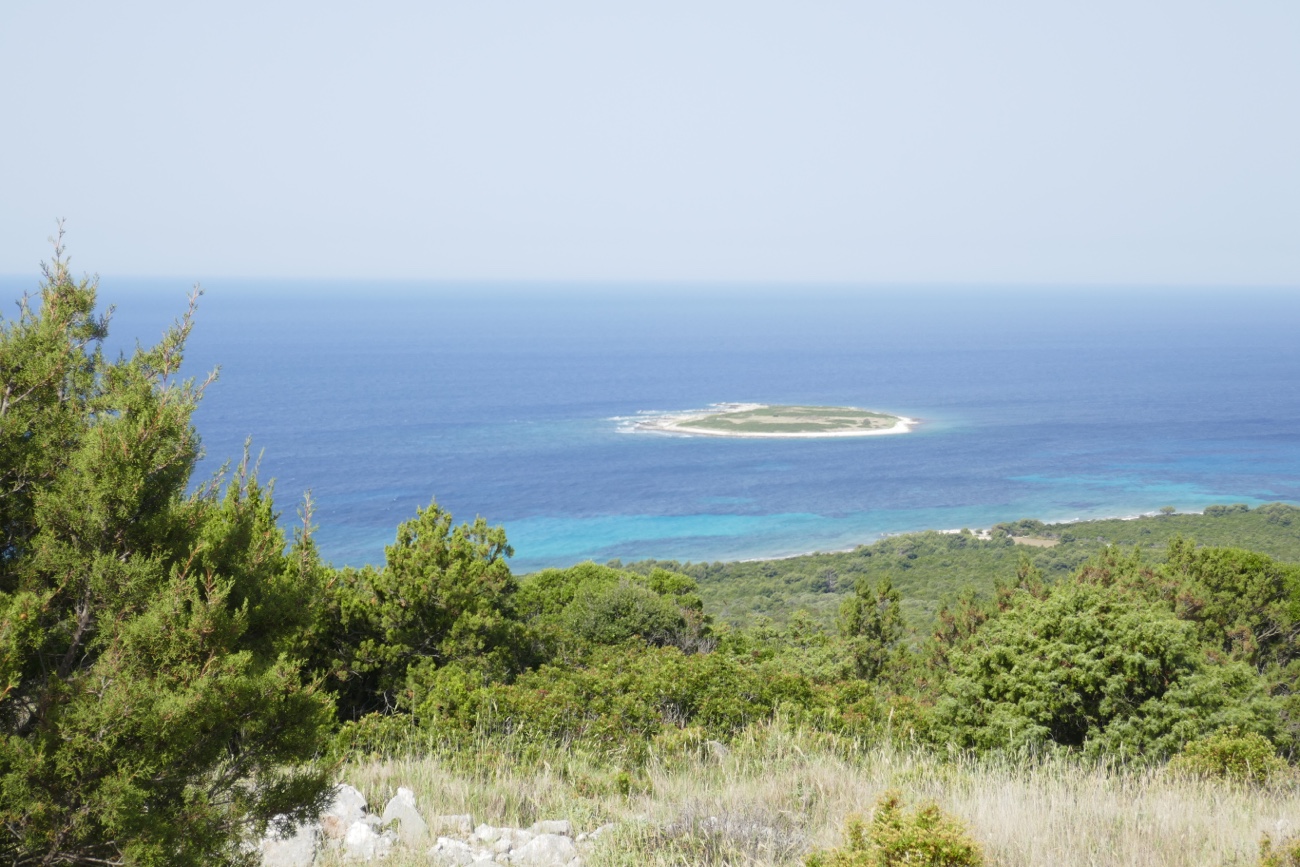
 Once we were all back on board we sailed to the large city of Zadar on the mainland. We stopped for a couple of hours in the bay for those who wanted to swim before tying up in the centre of town. We had a city walk with a local guide who showed us the Roman, Medieval and Venetian gates, columns and walls. Zadar also has a Sea Organ in the seawall where waves create music in the pipes.
Once we were all back on board we sailed to the large city of Zadar on the mainland. We stopped for a couple of hours in the bay for those who wanted to swim before tying up in the centre of town. We had a city walk with a local guide who showed us the Roman, Medieval and Venetian gates, columns and walls. Zadar also has a Sea Organ in the seawall where waves create music in the pipes.

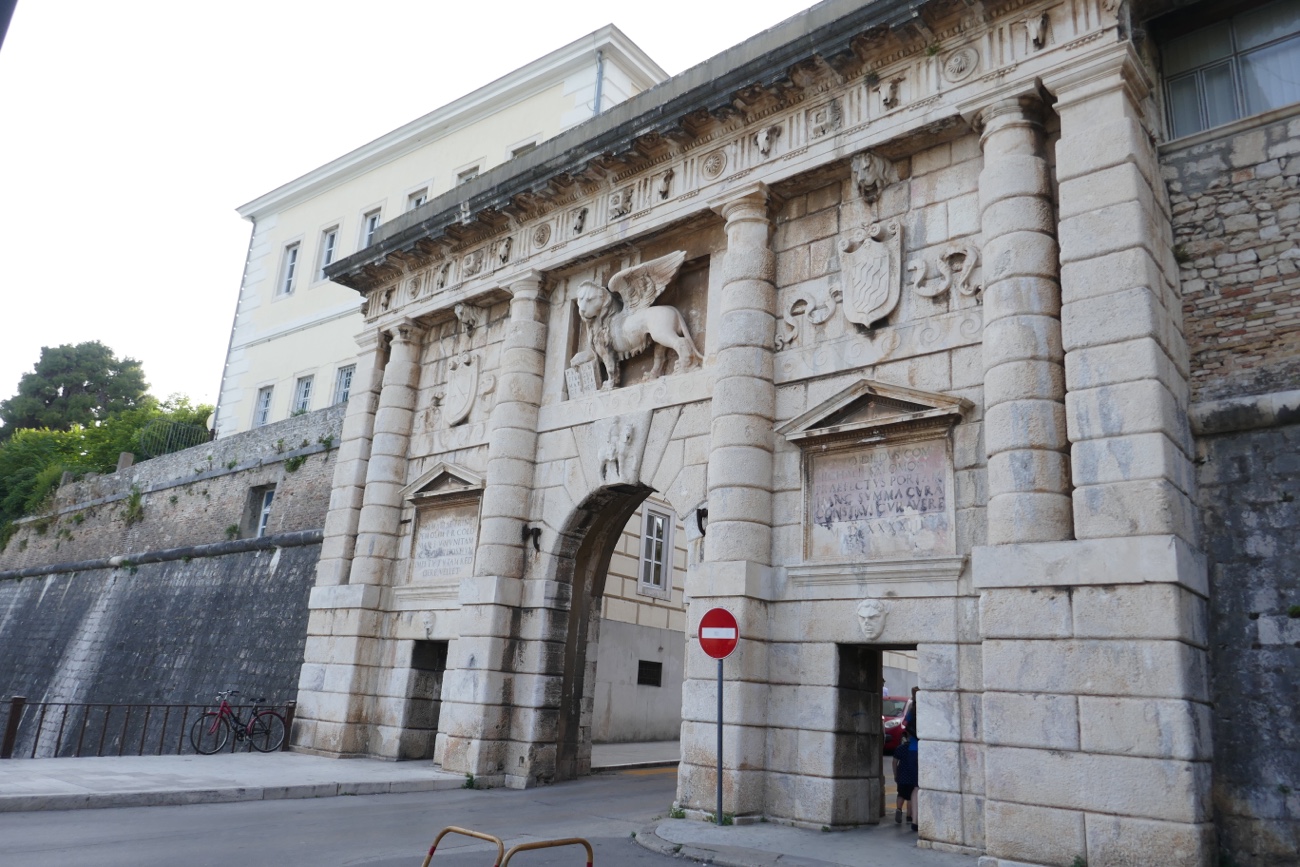
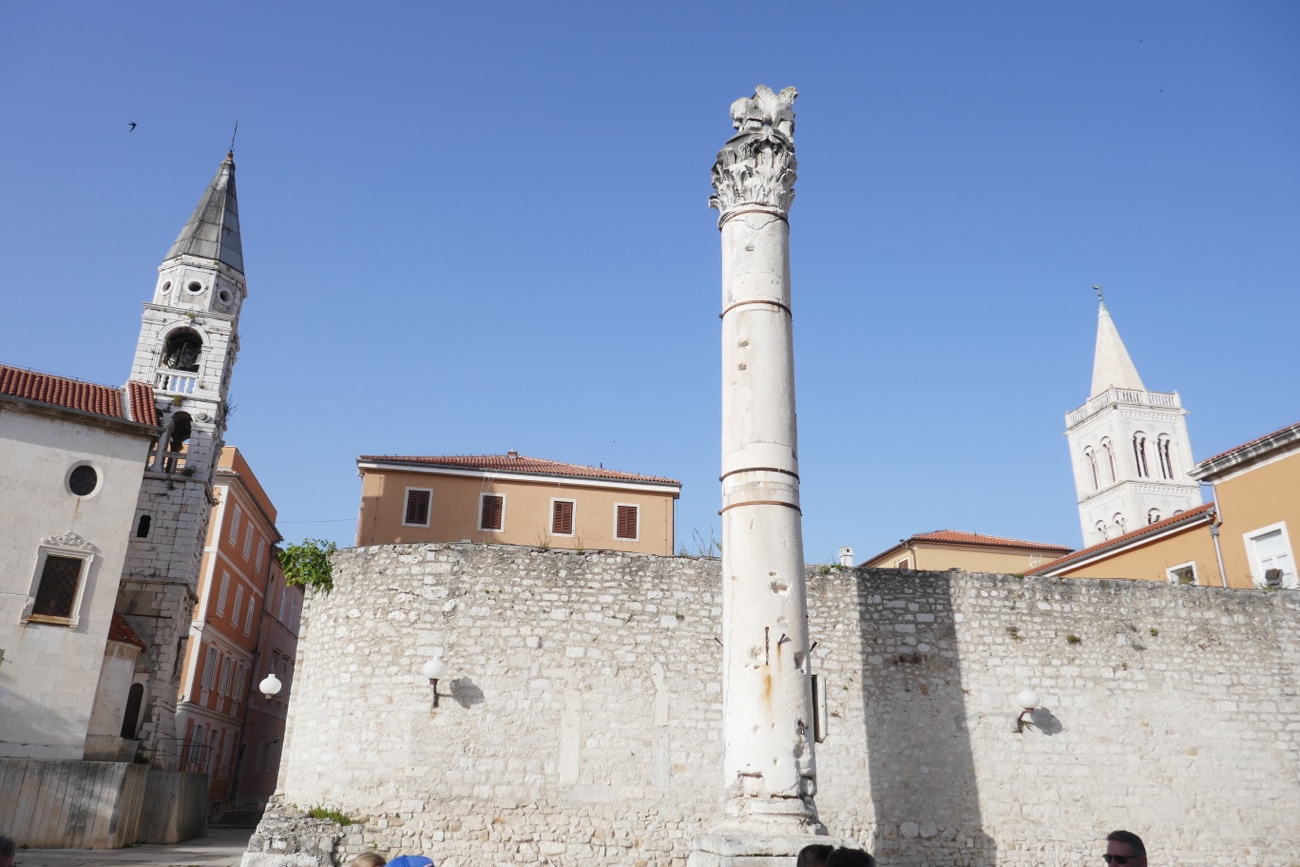

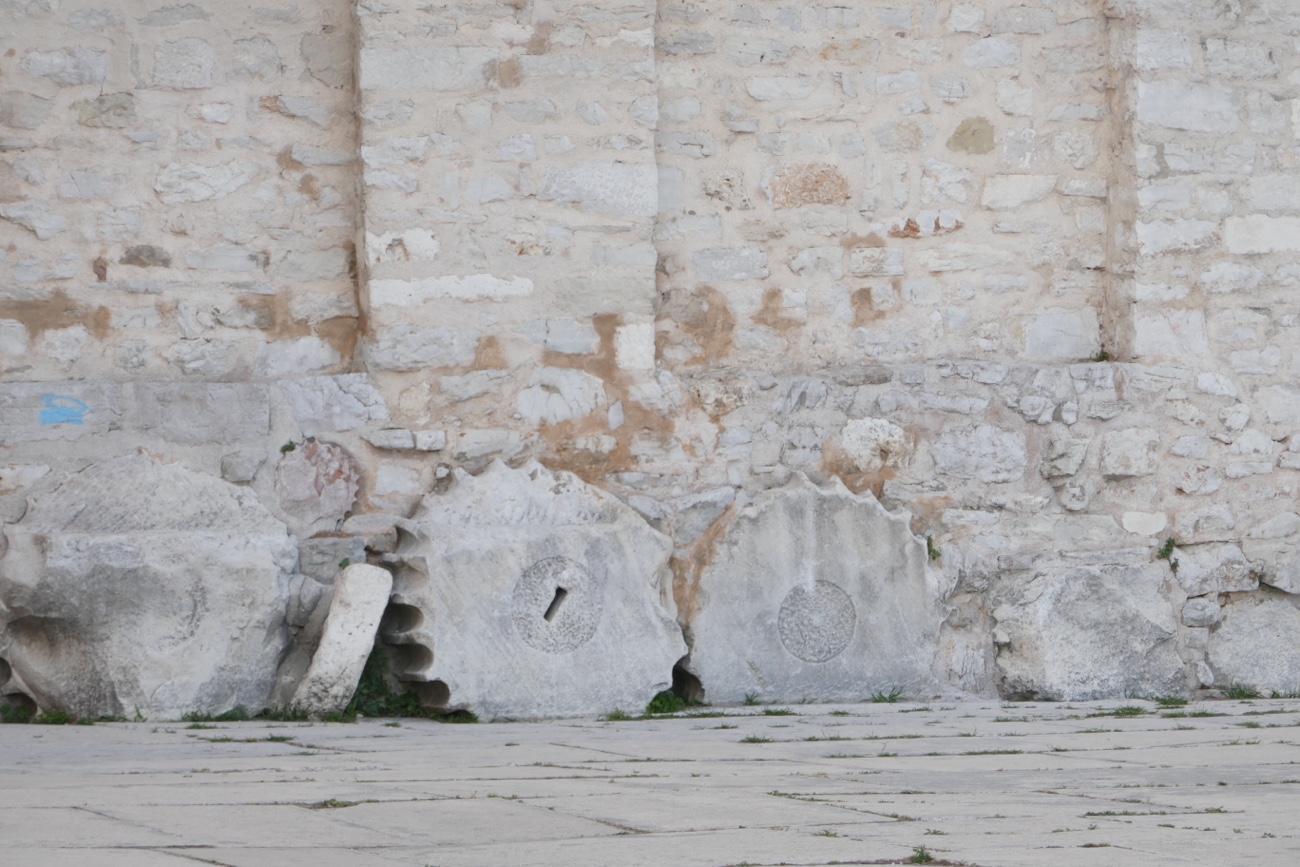

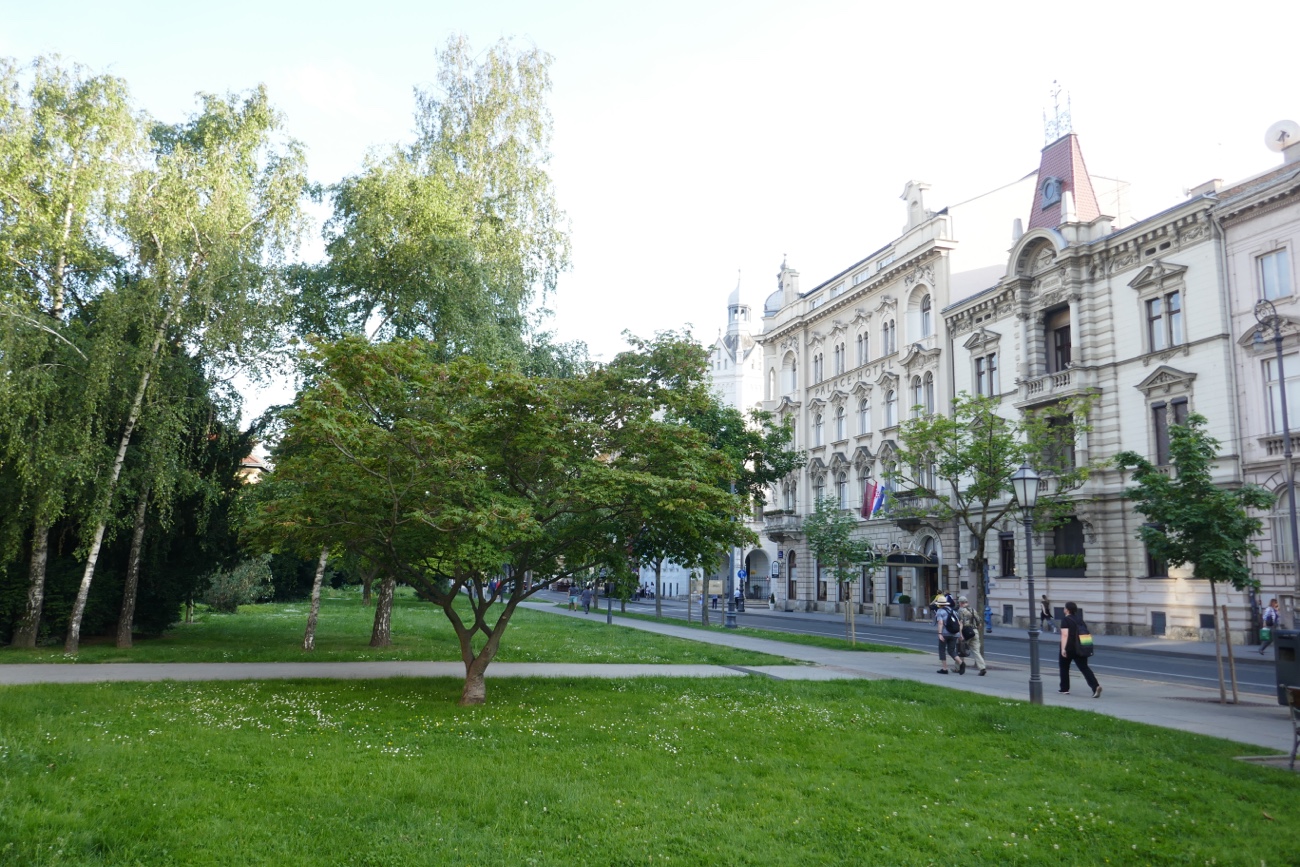
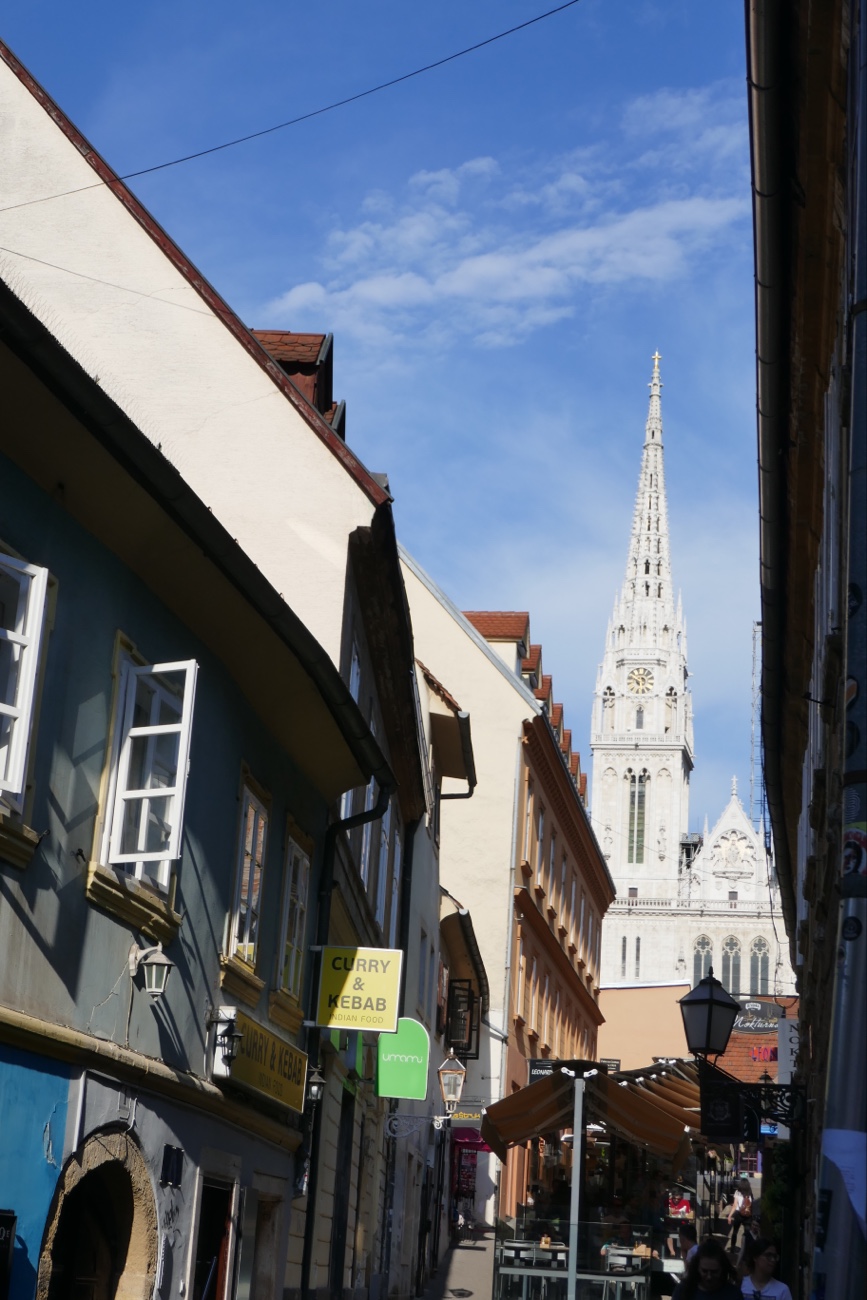
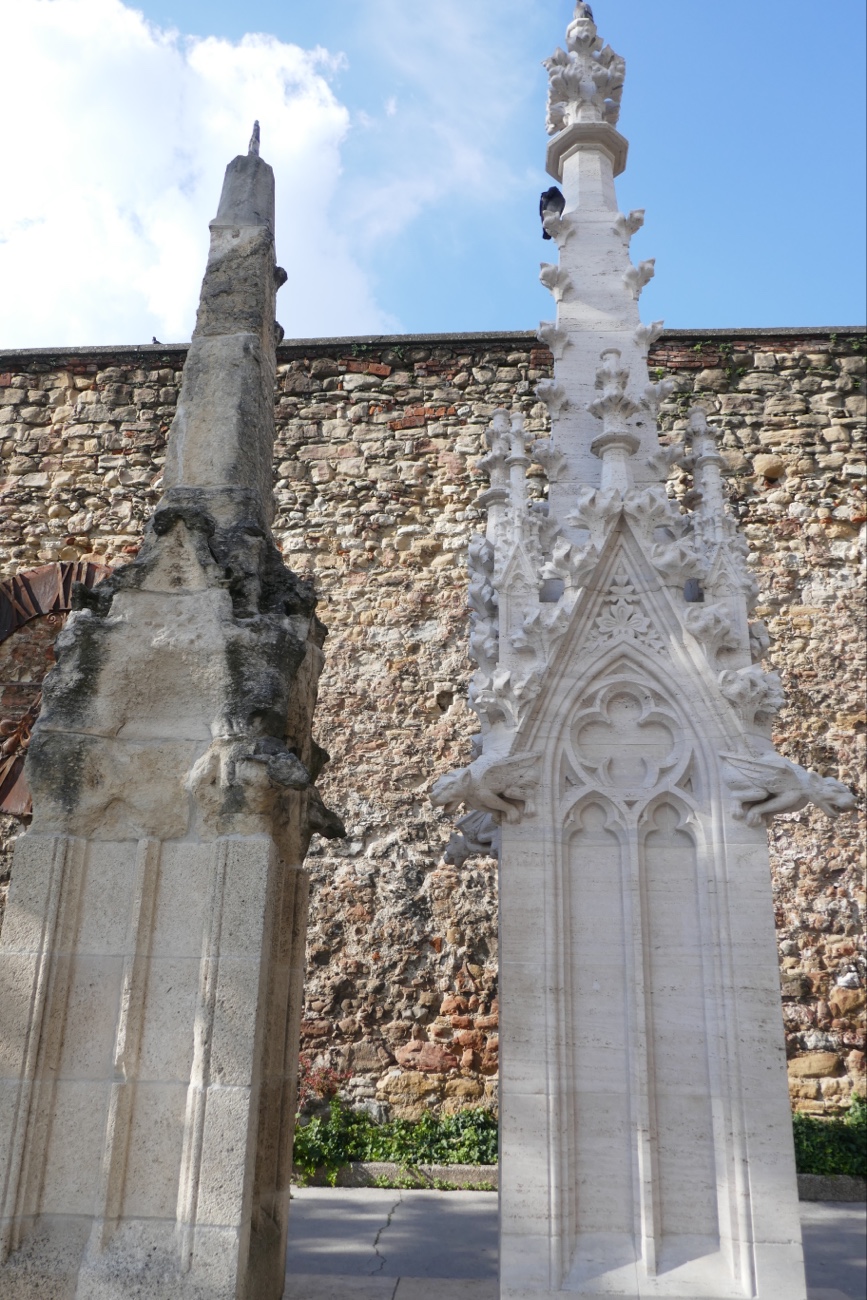 The cathedral is being renovated stone by stone, after years of neglect by the Nazis and Communists and resultant erosion as shown above.
The cathedral is being renovated stone by stone, after years of neglect by the Nazis and Communists and resultant erosion as shown above.
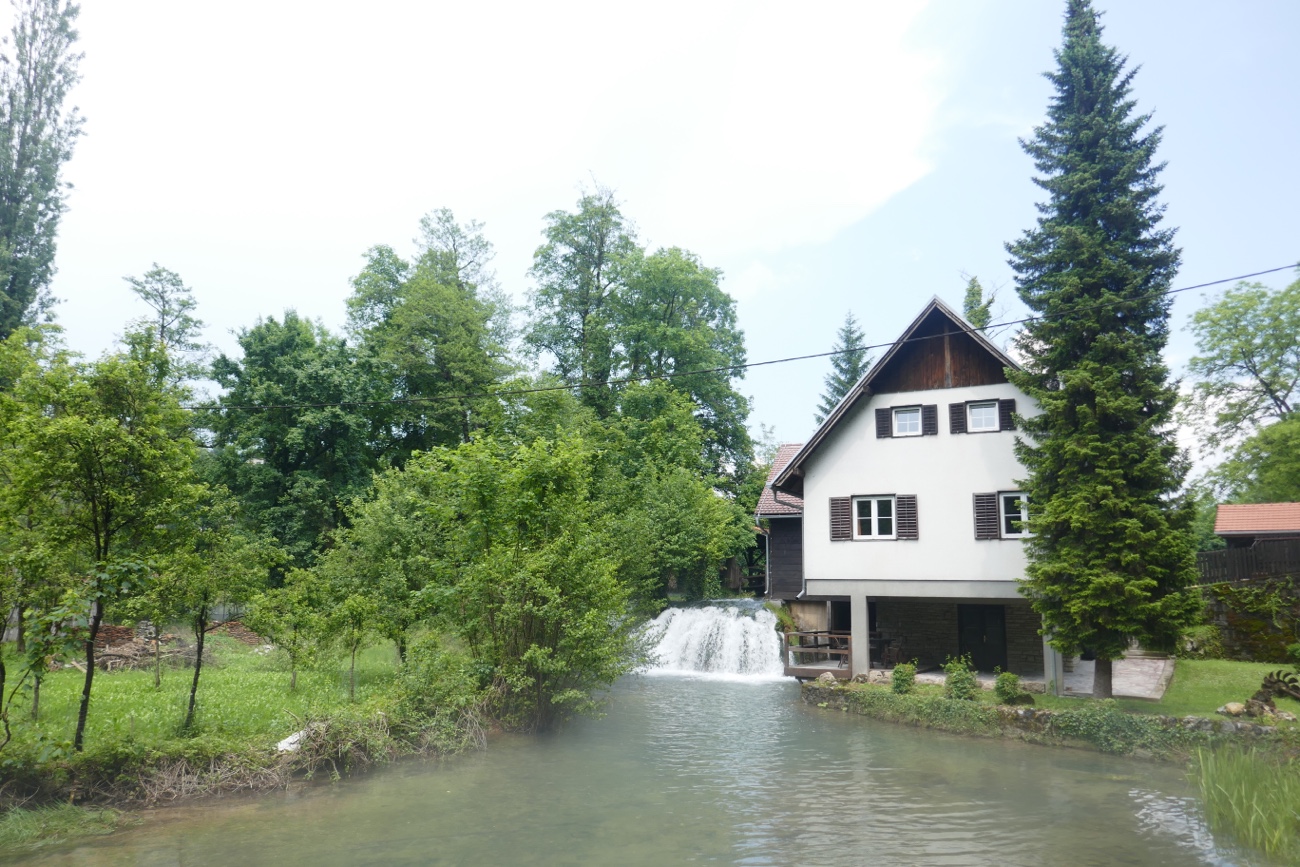
 Plitvice National Park is UNESCO listed and after a day exploring the park I understand why. Entry to the park includes bus and boat rides so you can see all the sights in less than a day.
Plitvice National Park is UNESCO listed and after a day exploring the park I understand why. Entry to the park includes bus and boat rides so you can see all the sights in less than a day.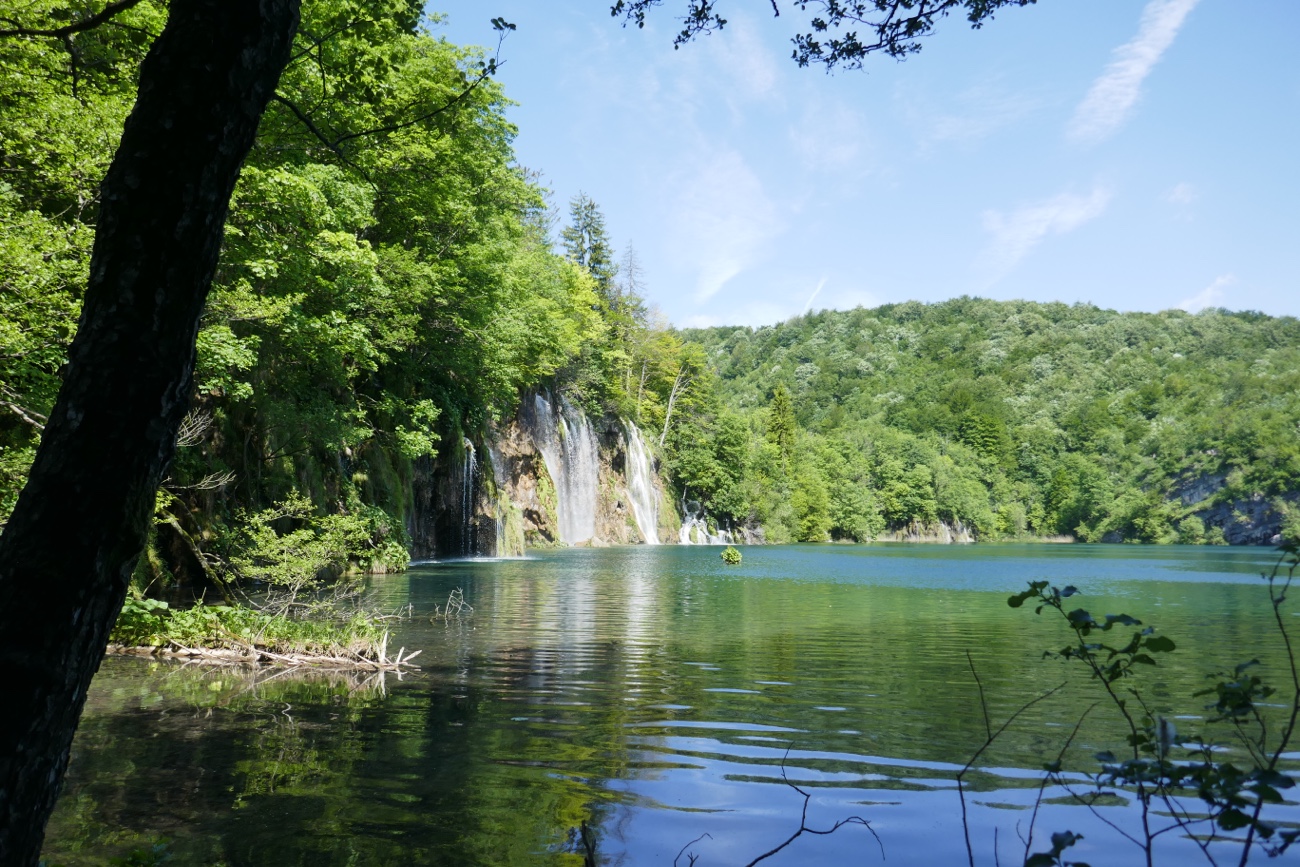


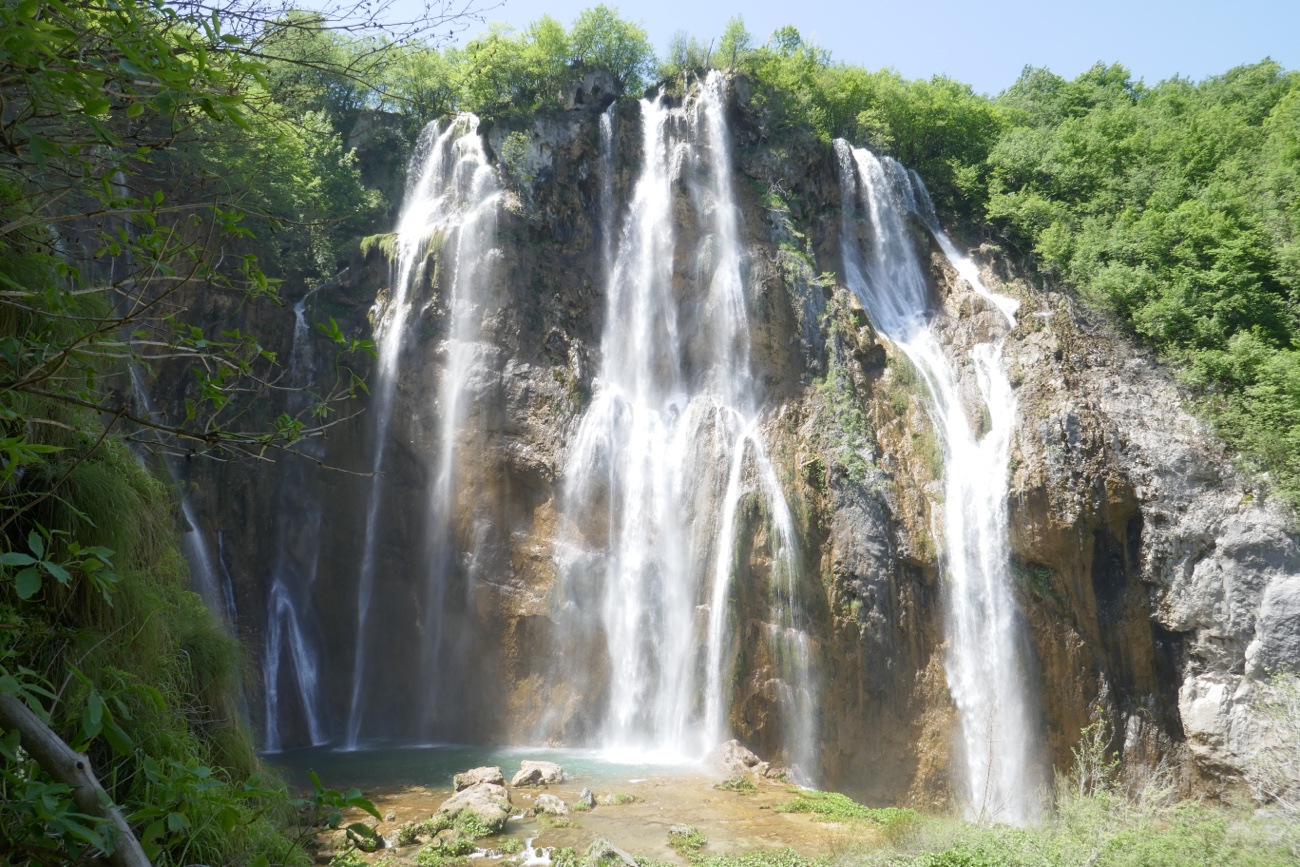

 On Friday, we drove to Pula on the Istria peninsular. On the way we passed a number of memorials to the Homeland War (Croatian War of Independence) waged from 1991 to1995. There are still a lot of damaged and burnt out properties in the areas we drove through.
On Friday, we drove to Pula on the Istria peninsular. On the way we passed a number of memorials to the Homeland War (Croatian War of Independence) waged from 1991 to1995. There are still a lot of damaged and burnt out properties in the areas we drove through.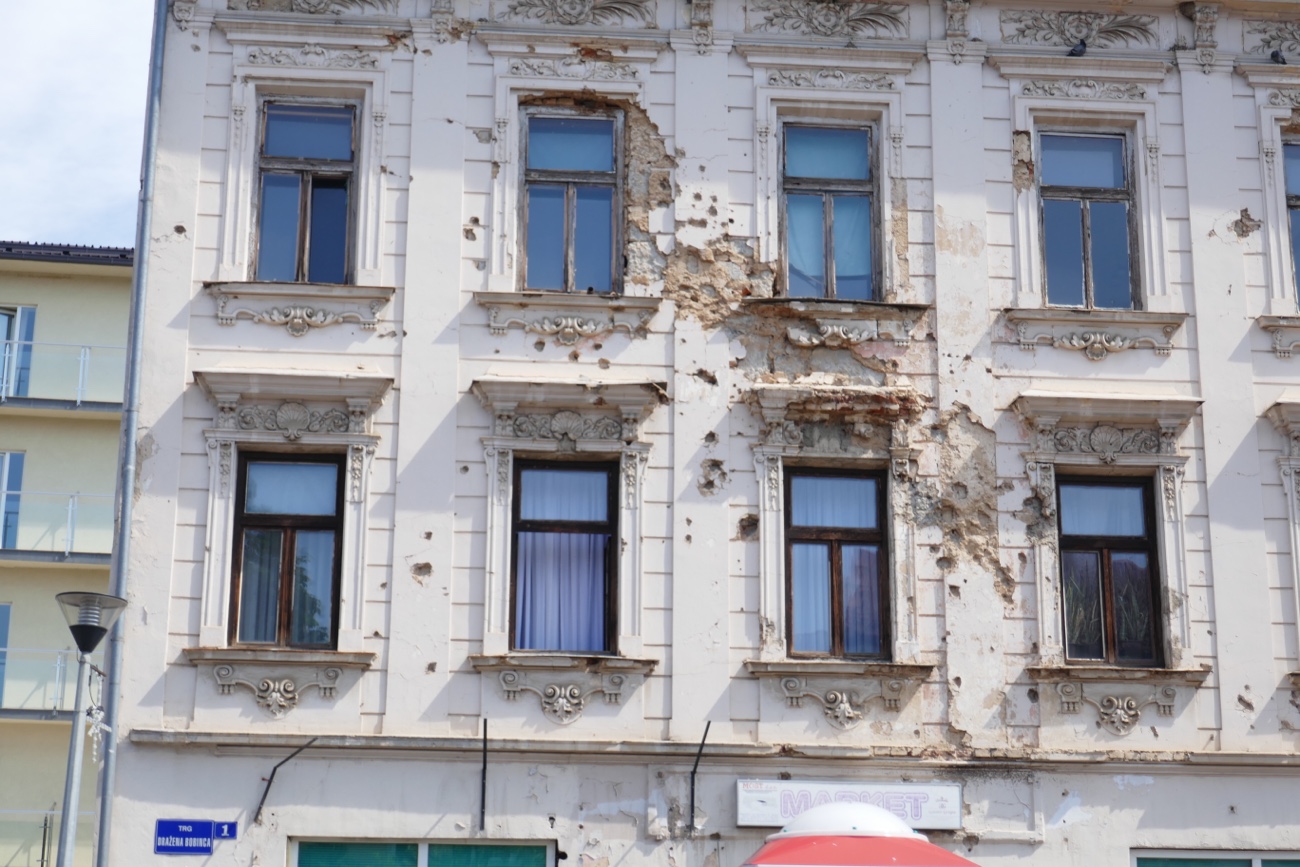 Warren was keen to see the Roman Arena in Pula and was not disappointed. It is the sixth largest left in the world at 135m long by 105m wide. The Colosseum for comparison is 189m long by 156m wide. This Arena however has had better conservation and has much smaller crowds visiting.
Warren was keen to see the Roman Arena in Pula and was not disappointed. It is the sixth largest left in the world at 135m long by 105m wide. The Colosseum for comparison is 189m long by 156m wide. This Arena however has had better conservation and has much smaller crowds visiting.

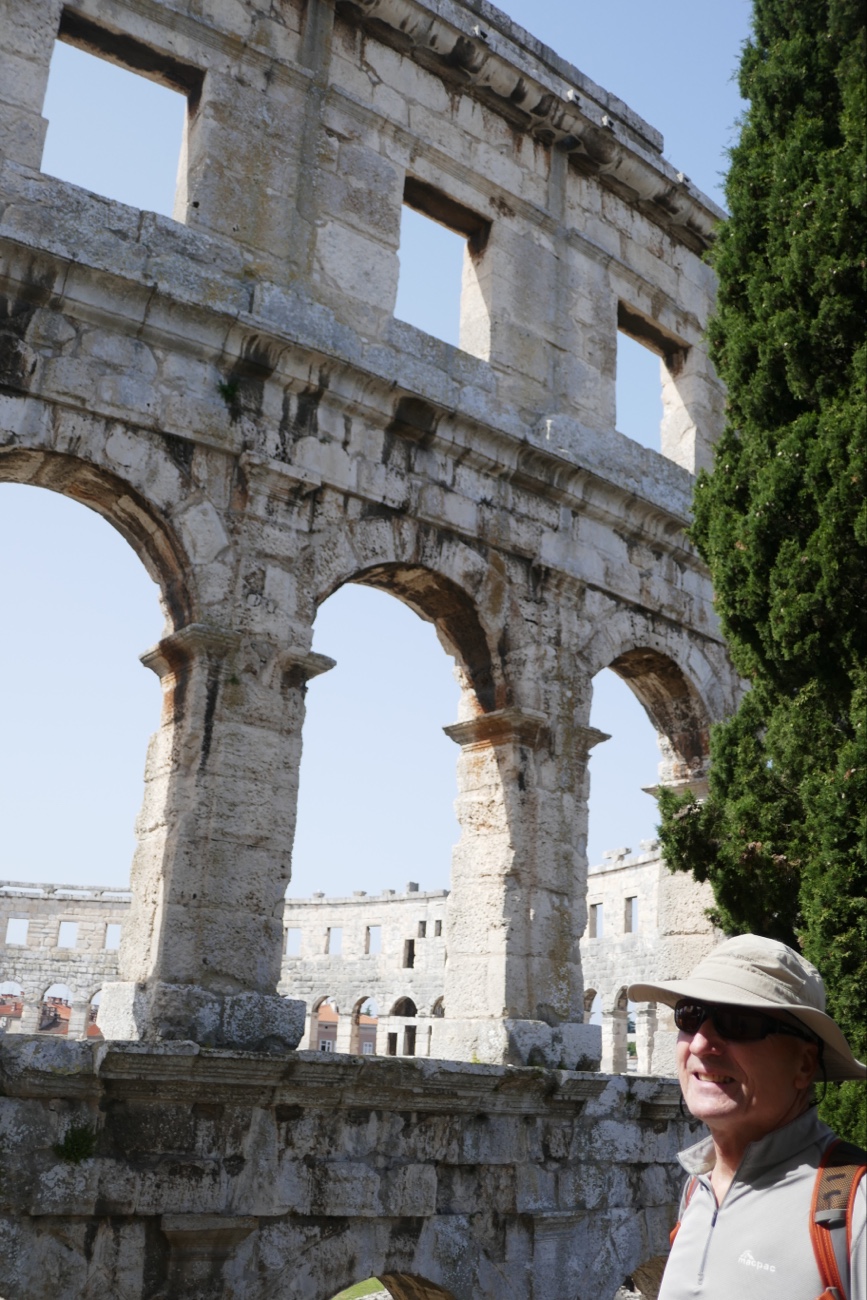
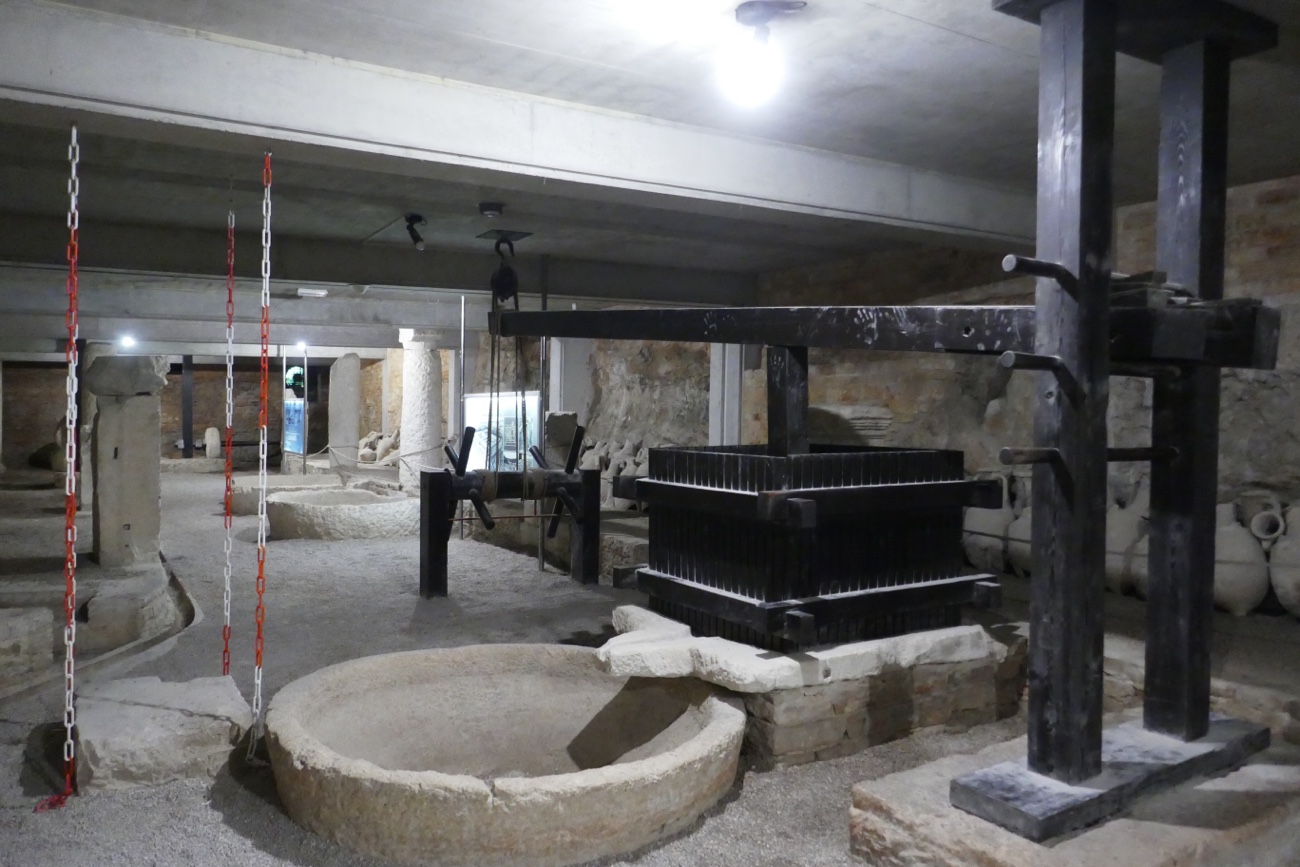
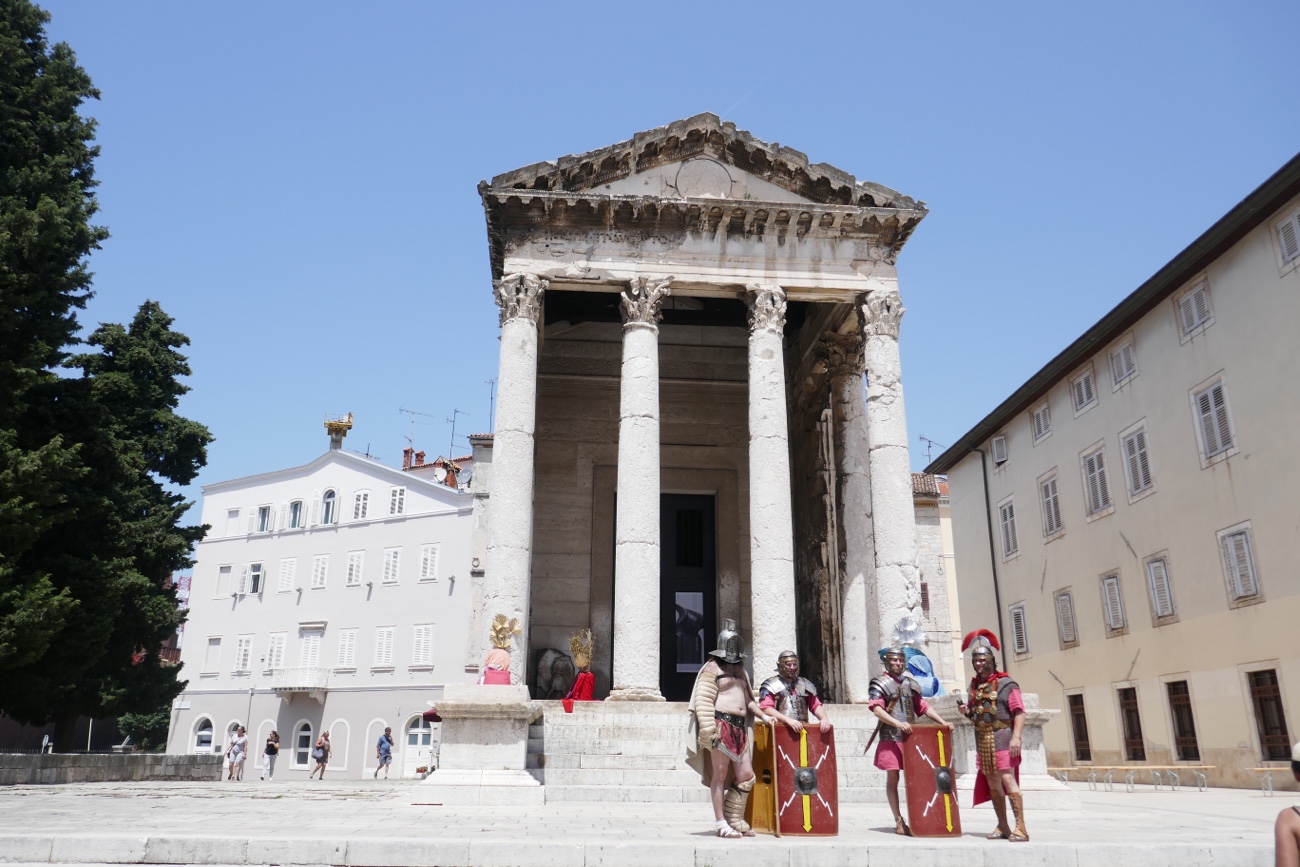
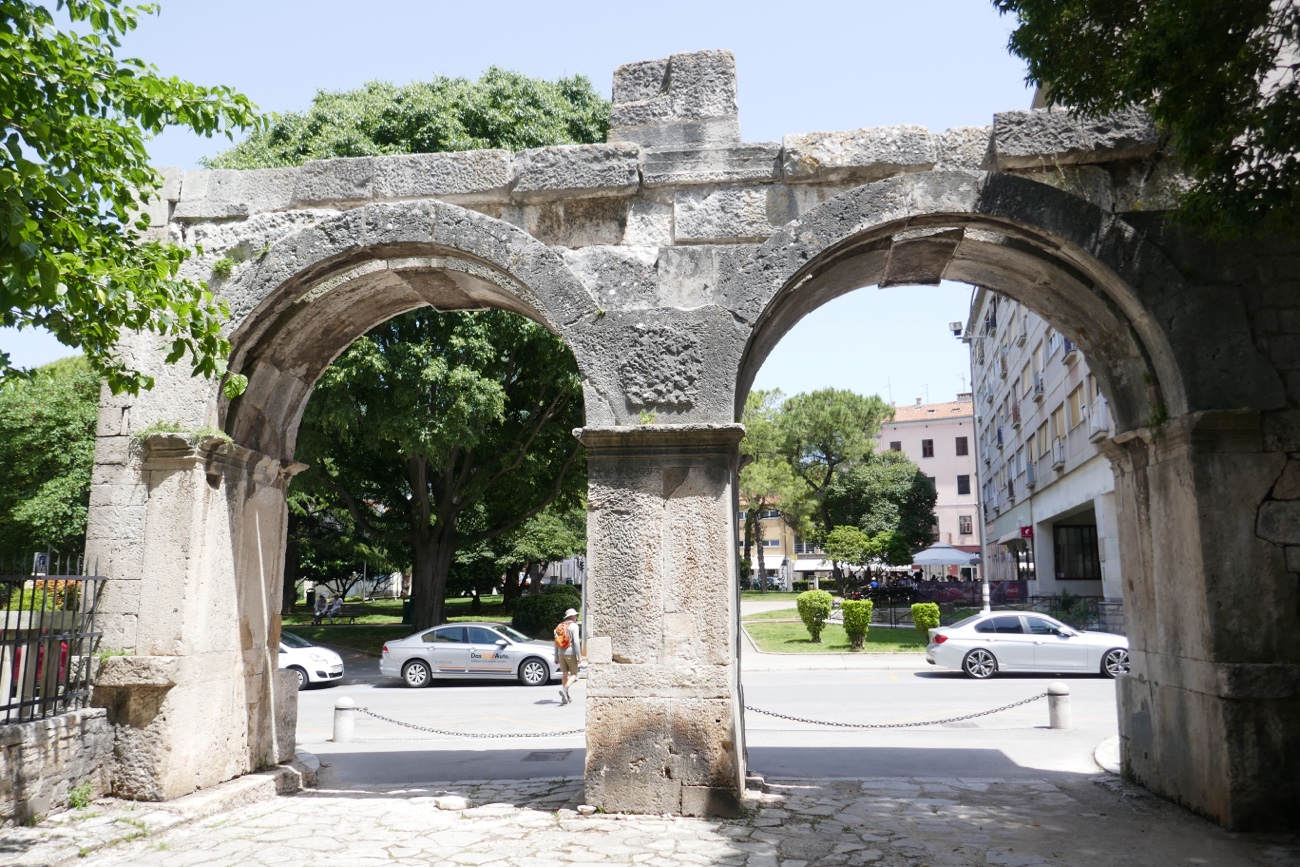

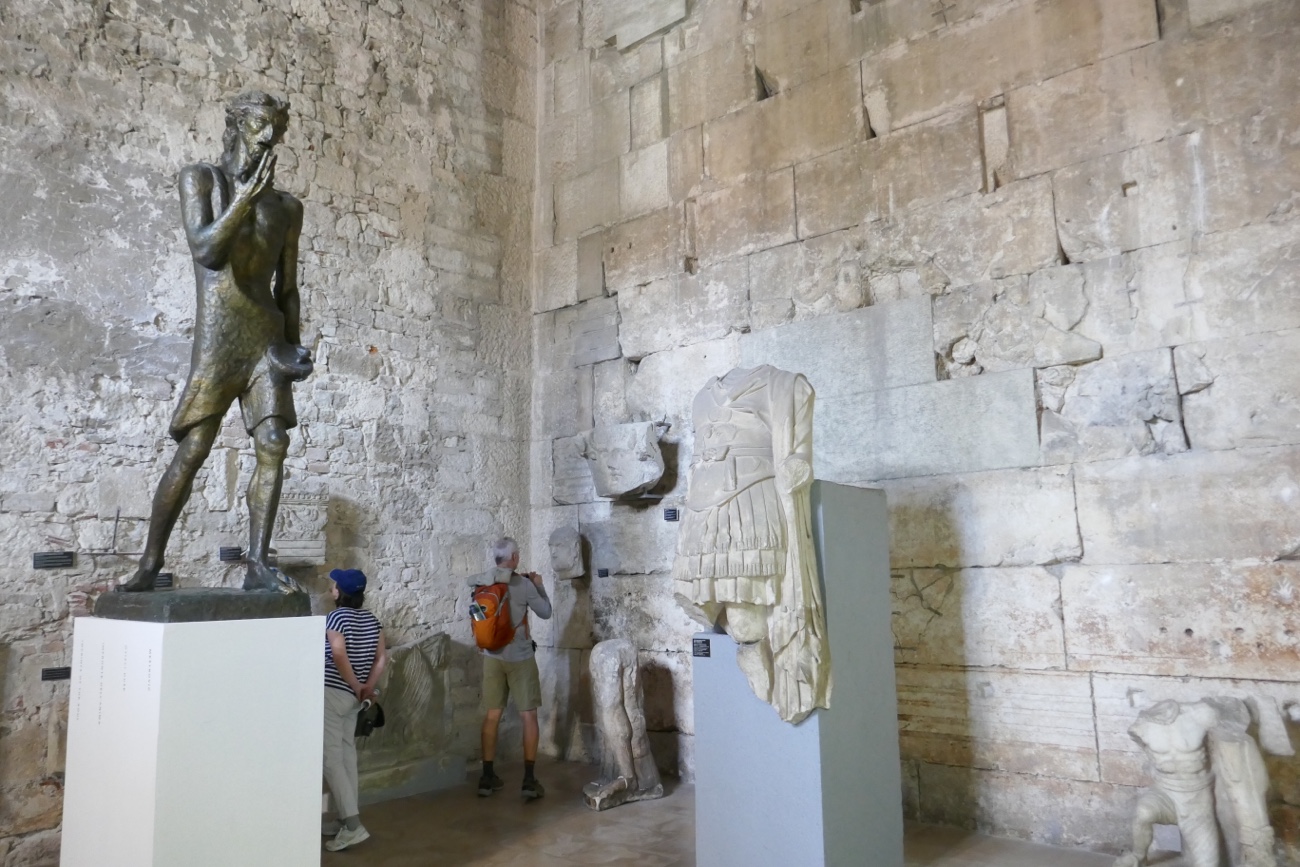


 There was certainly lots to to see in this small town!
There was certainly lots to to see in this small town!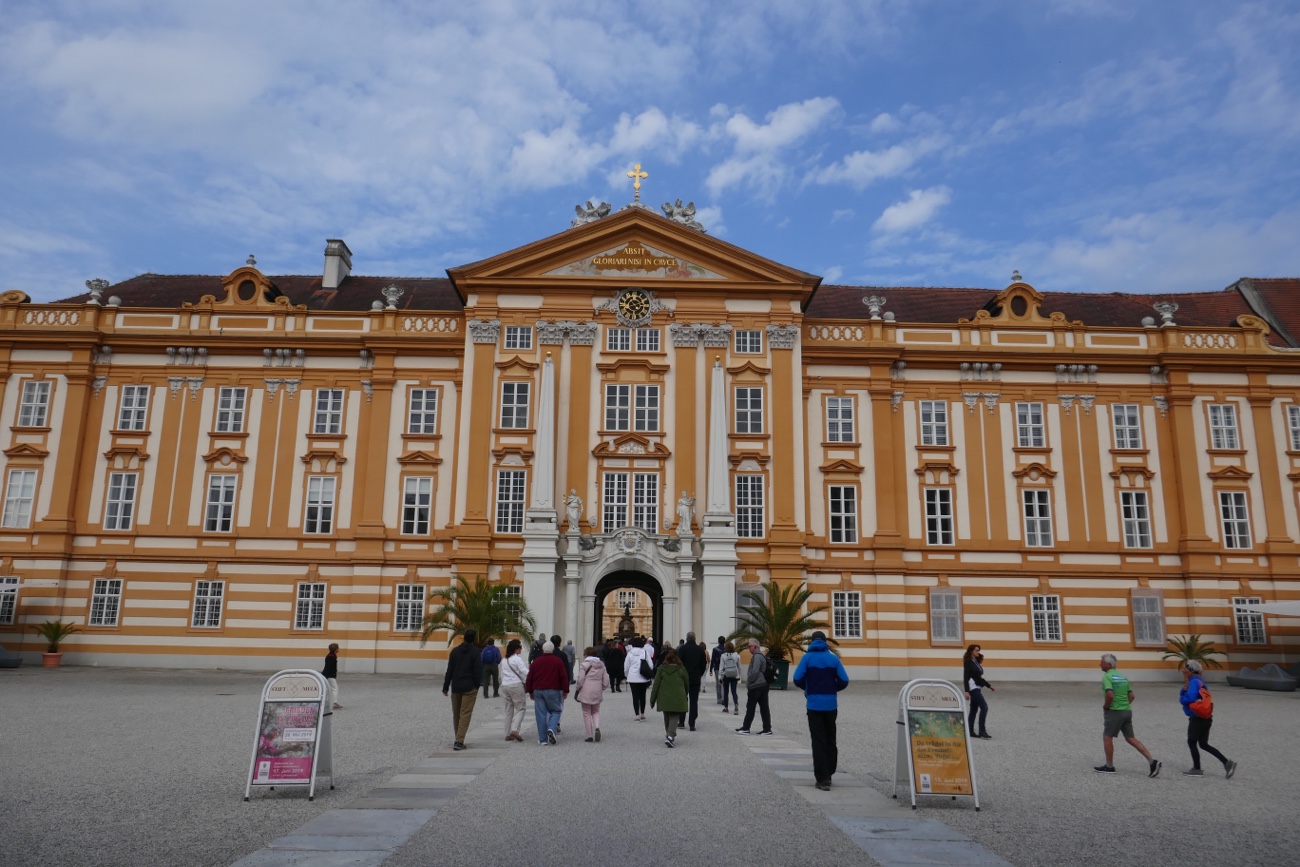
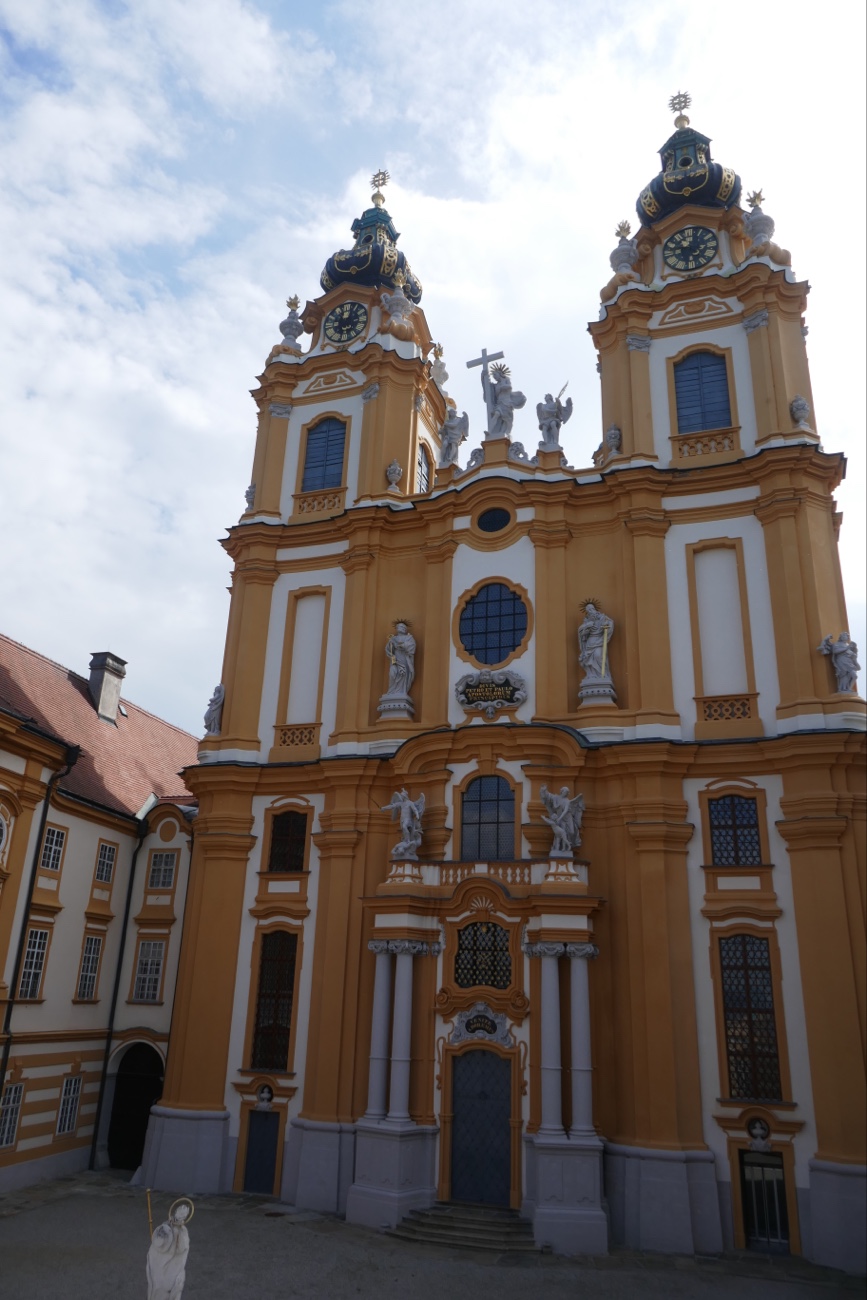
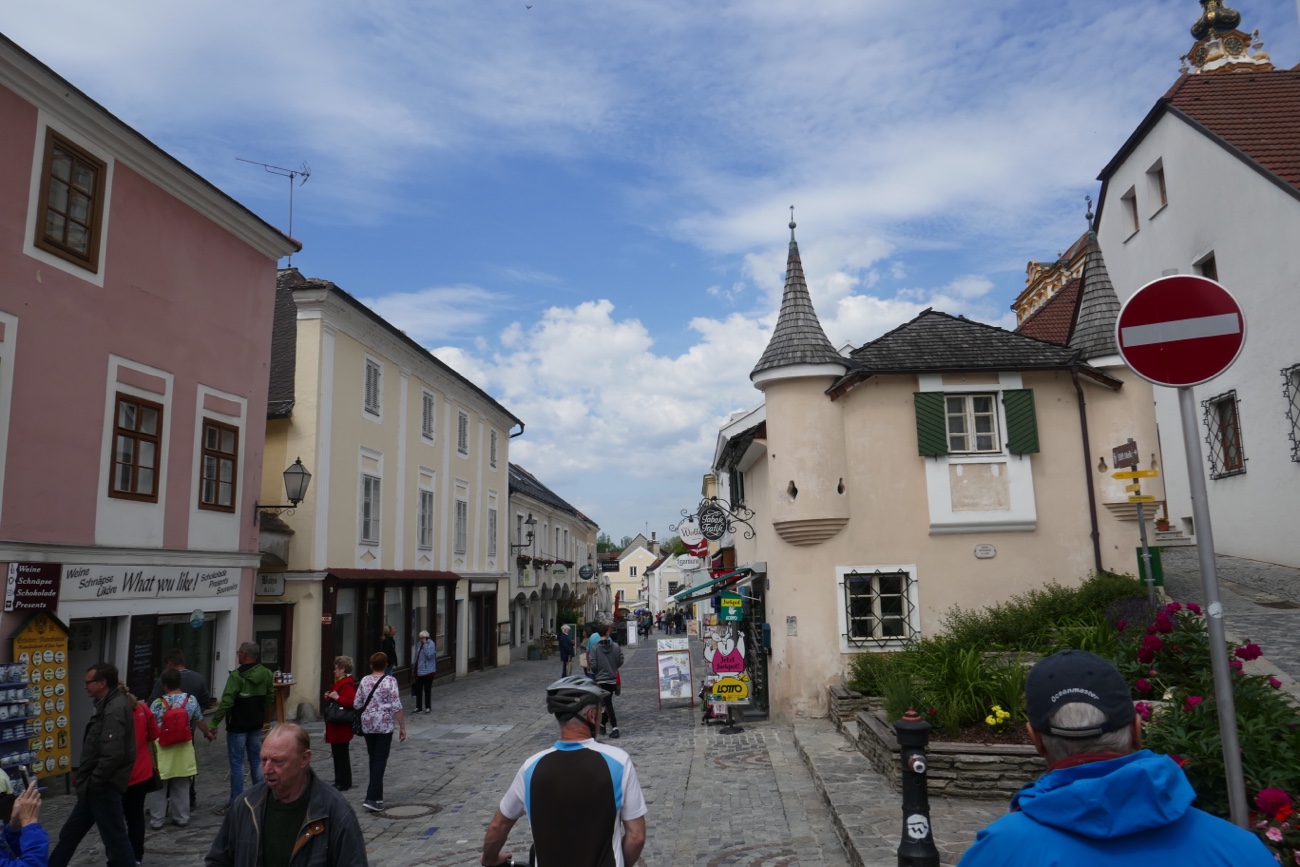
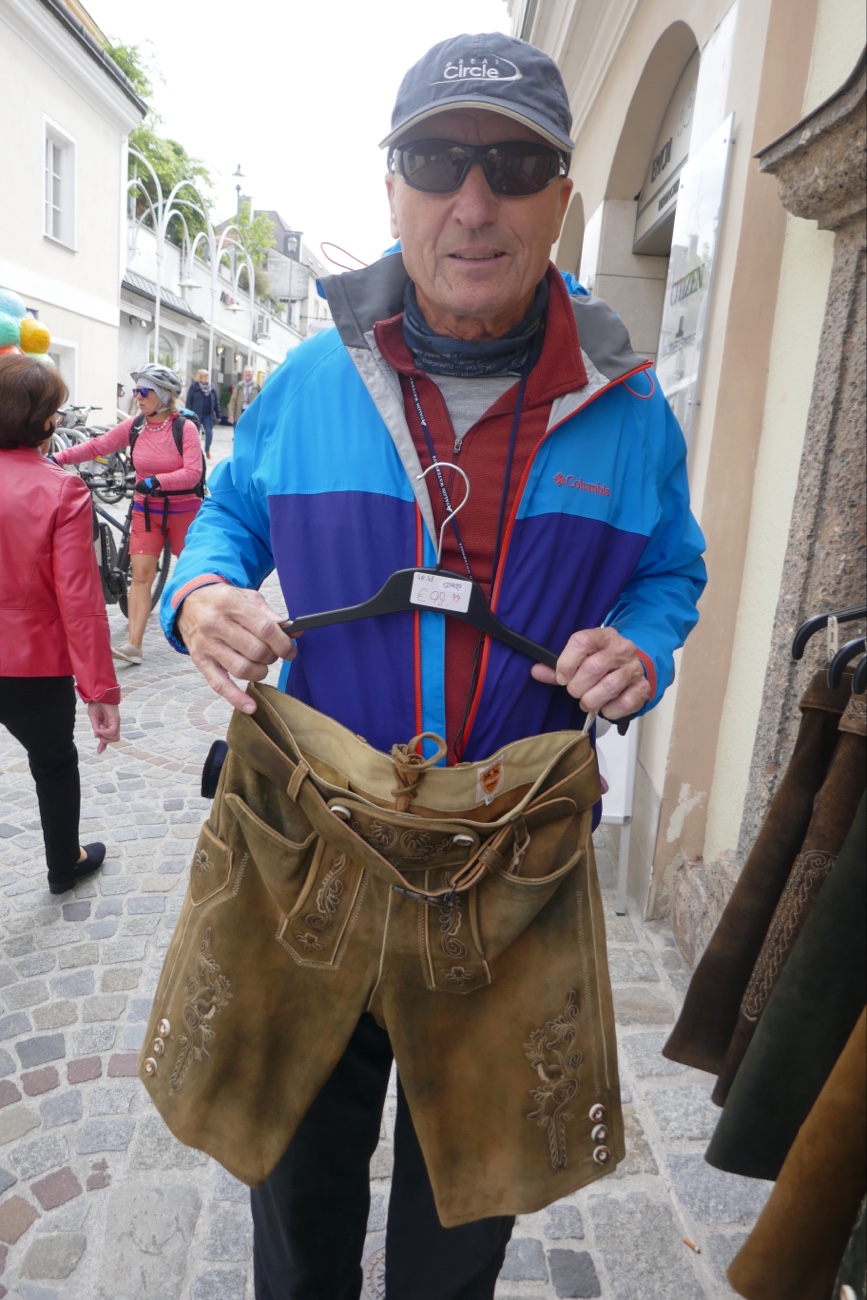
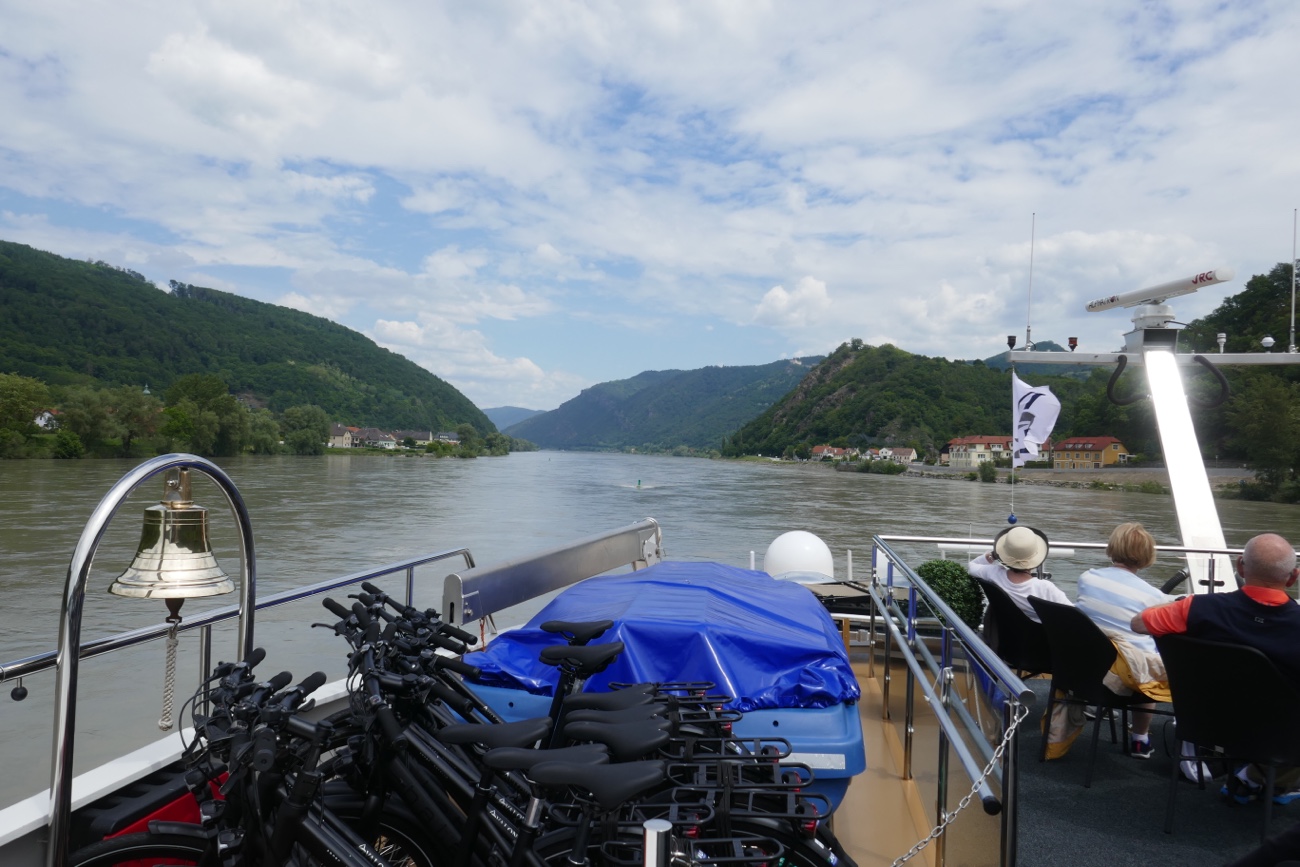
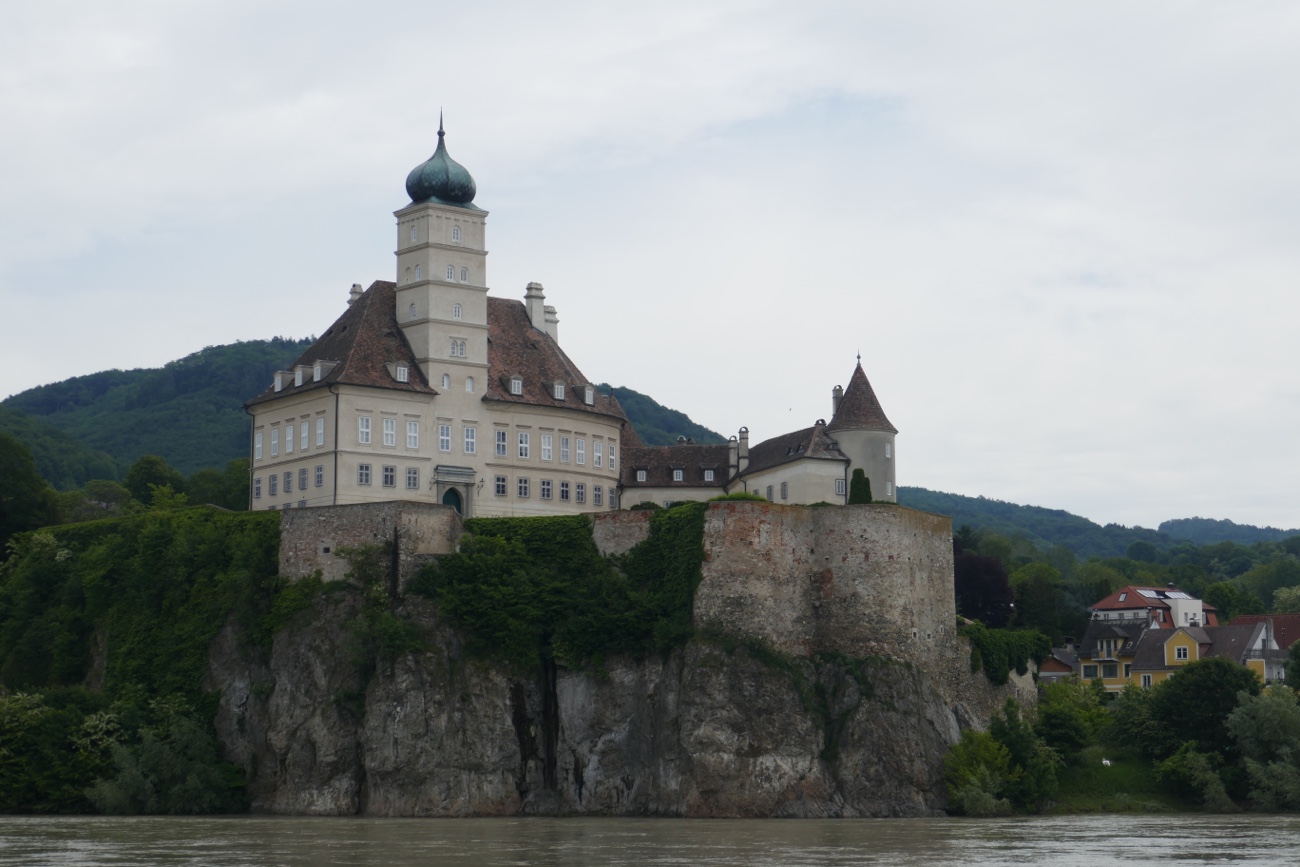
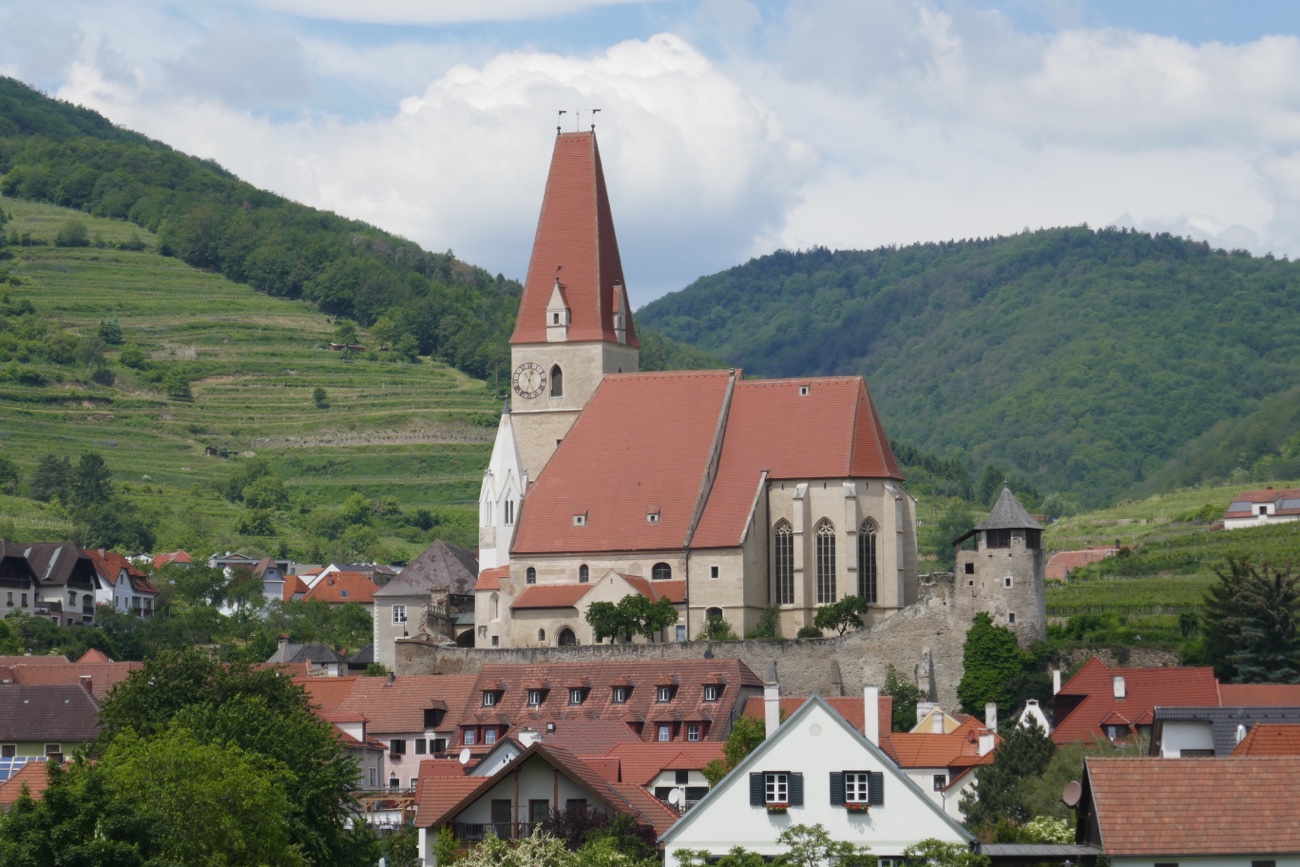

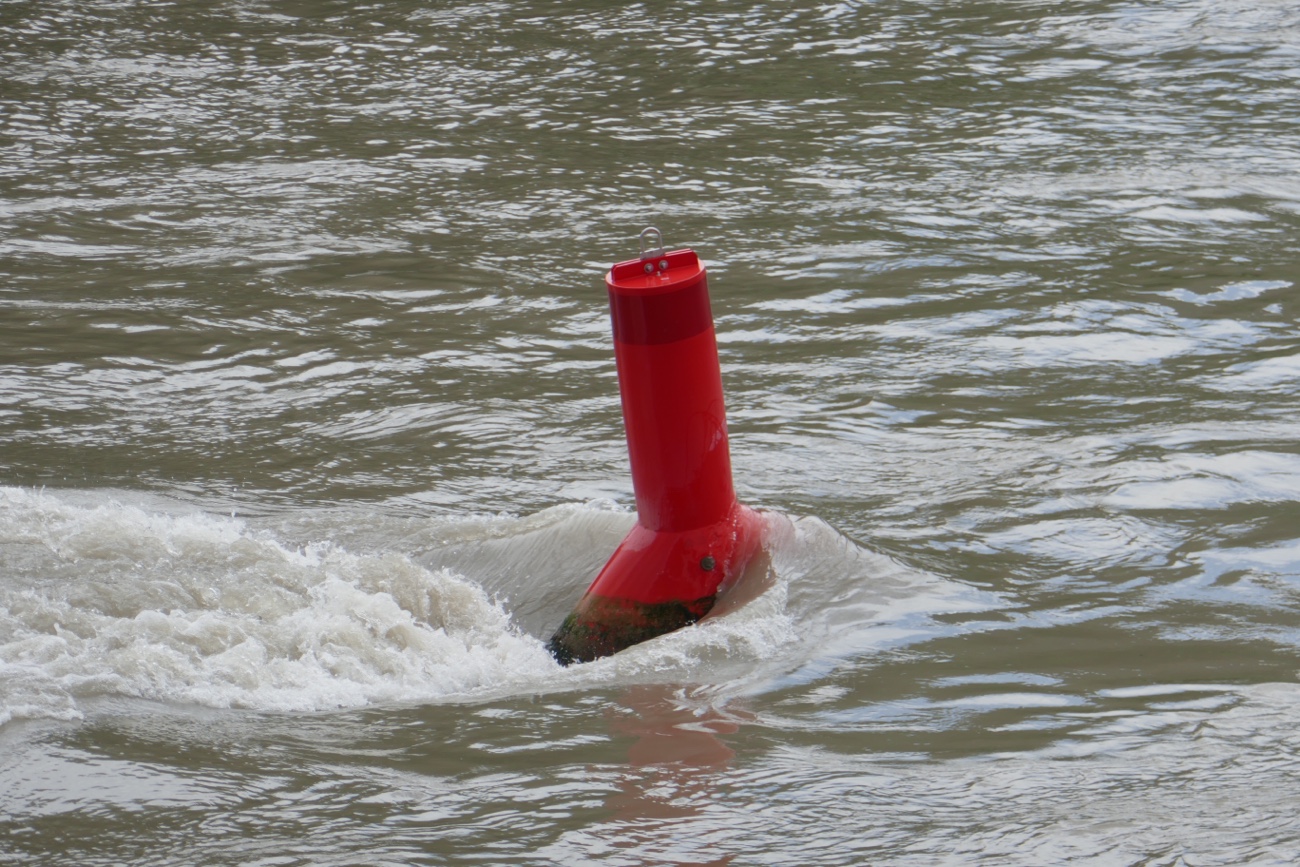
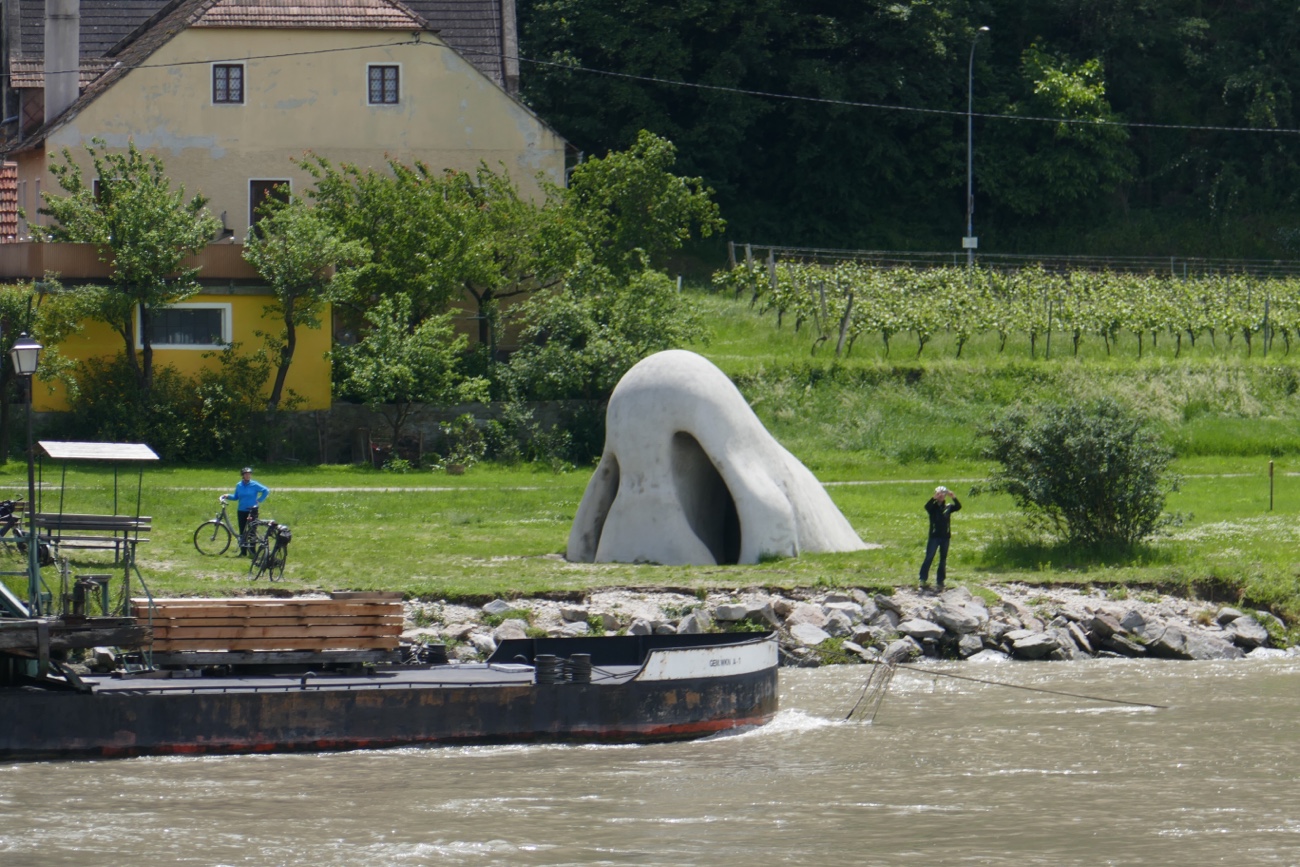
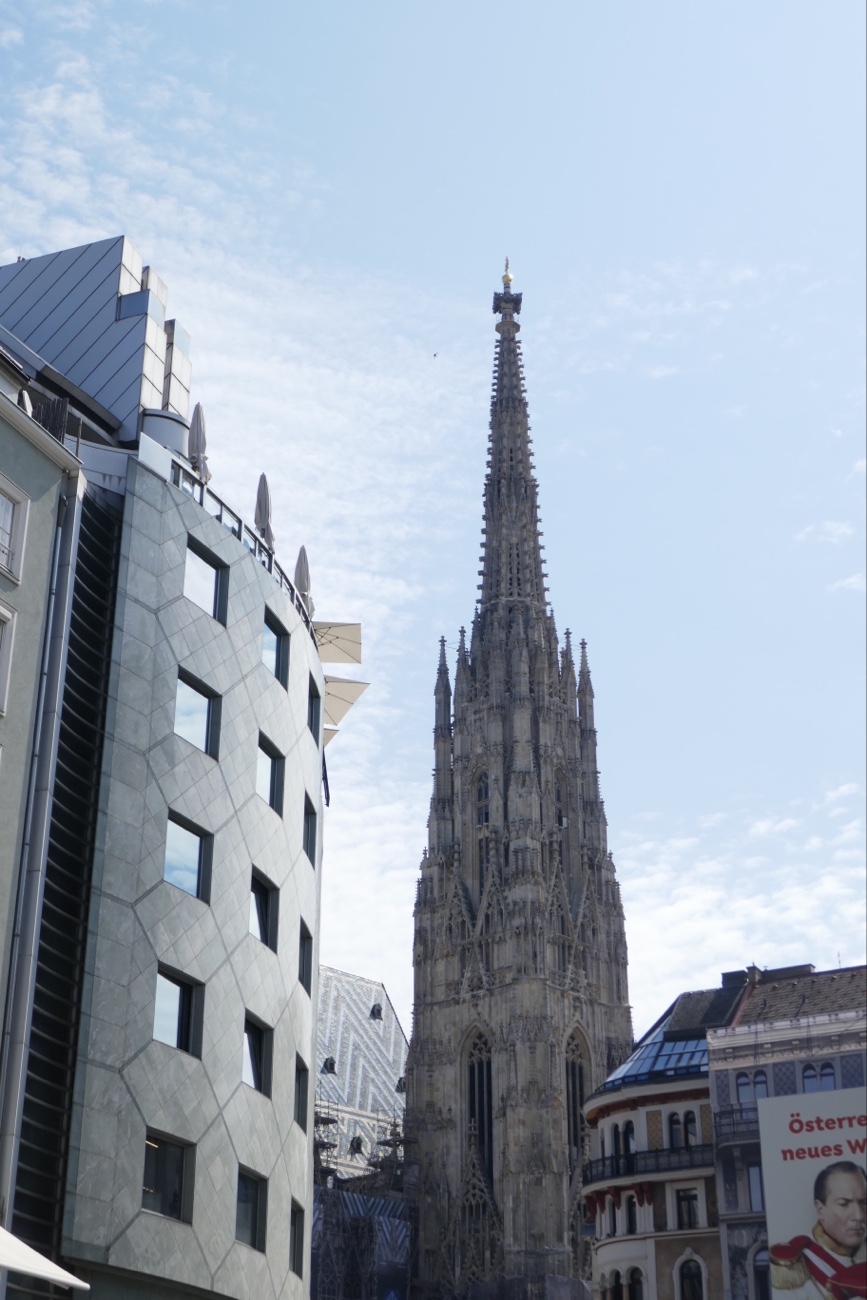
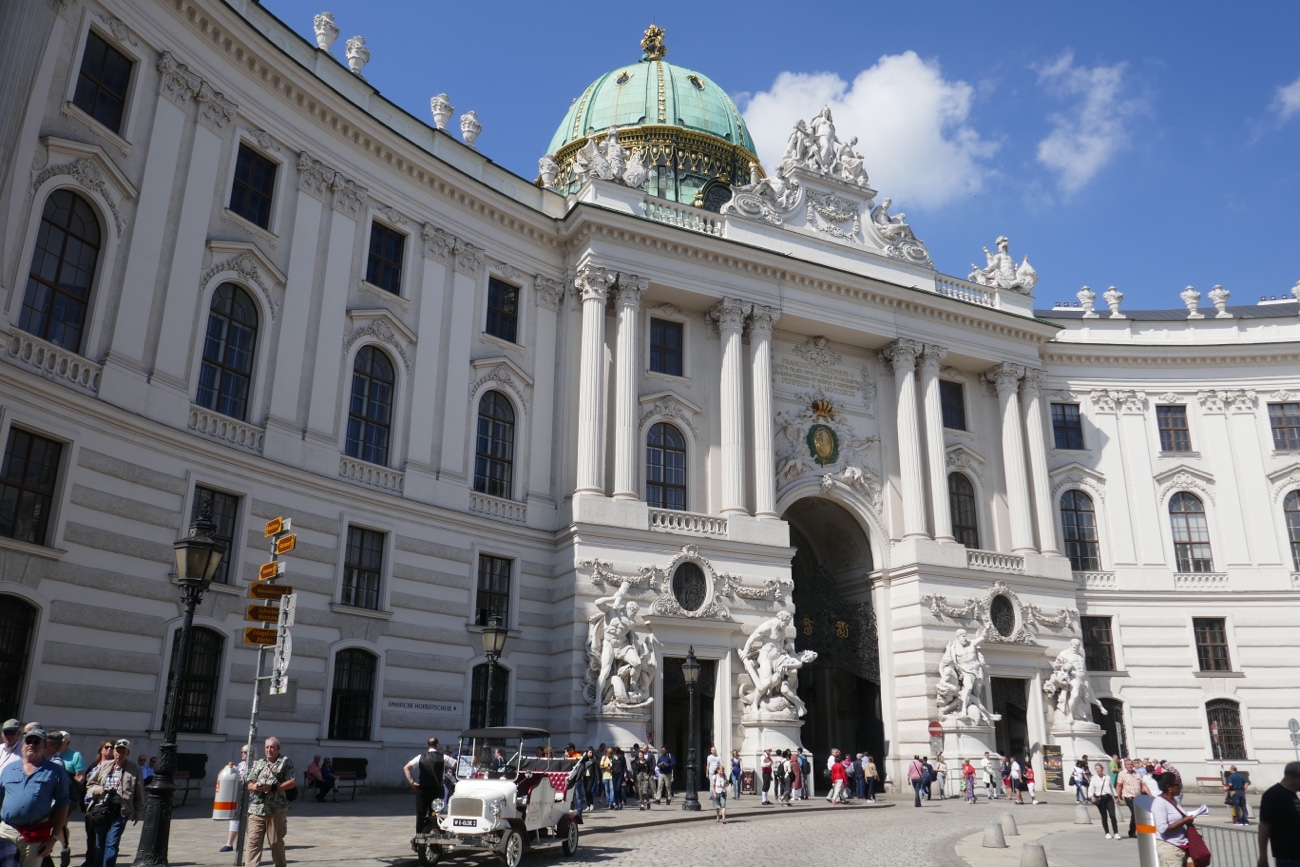
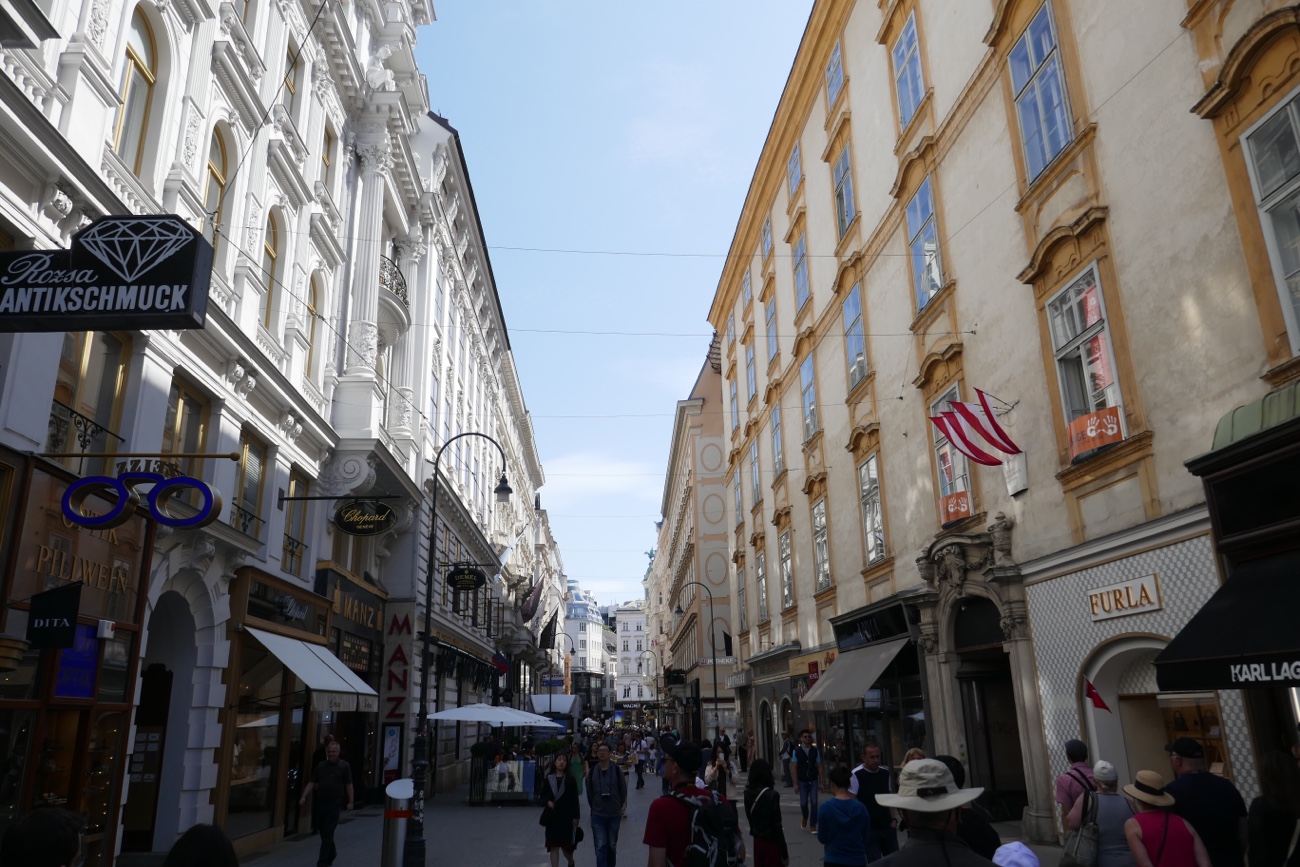
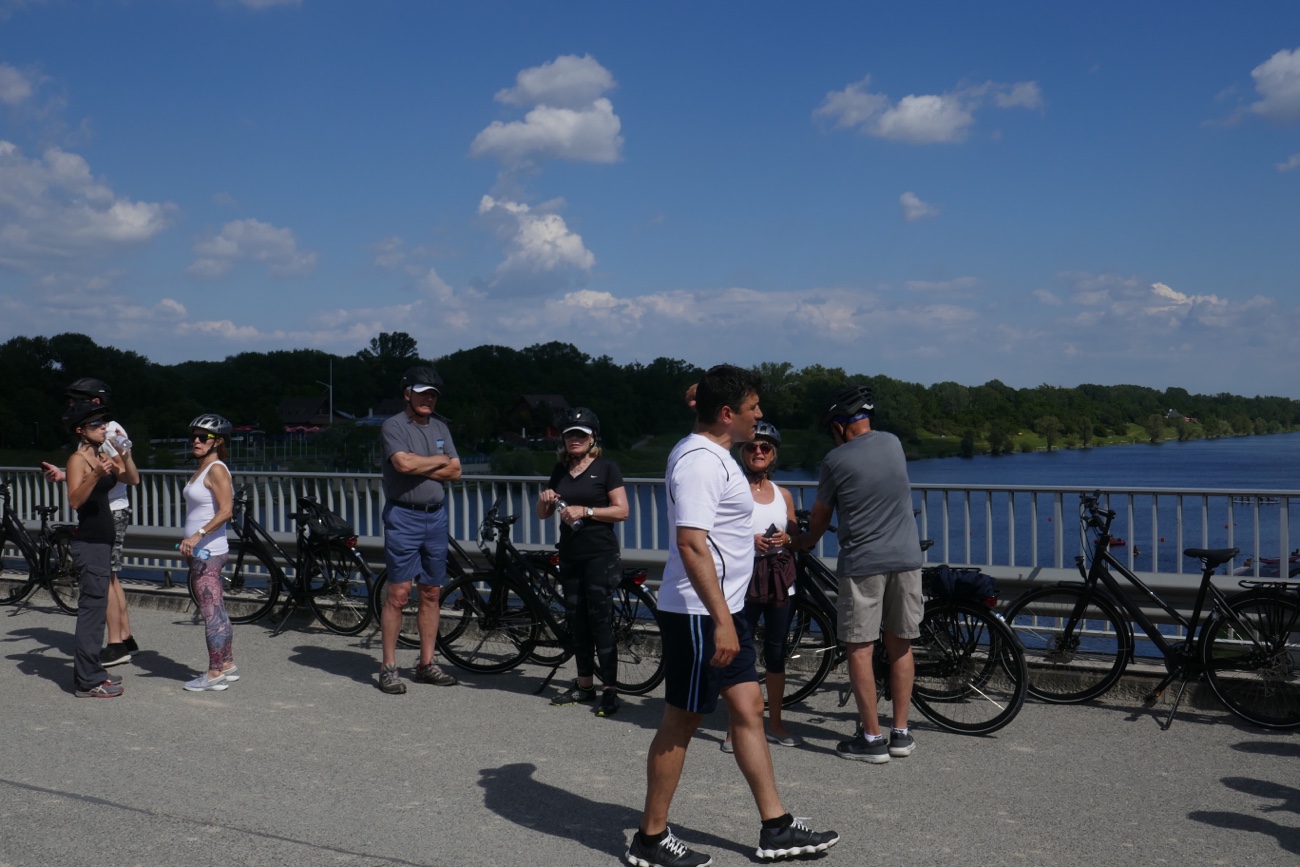
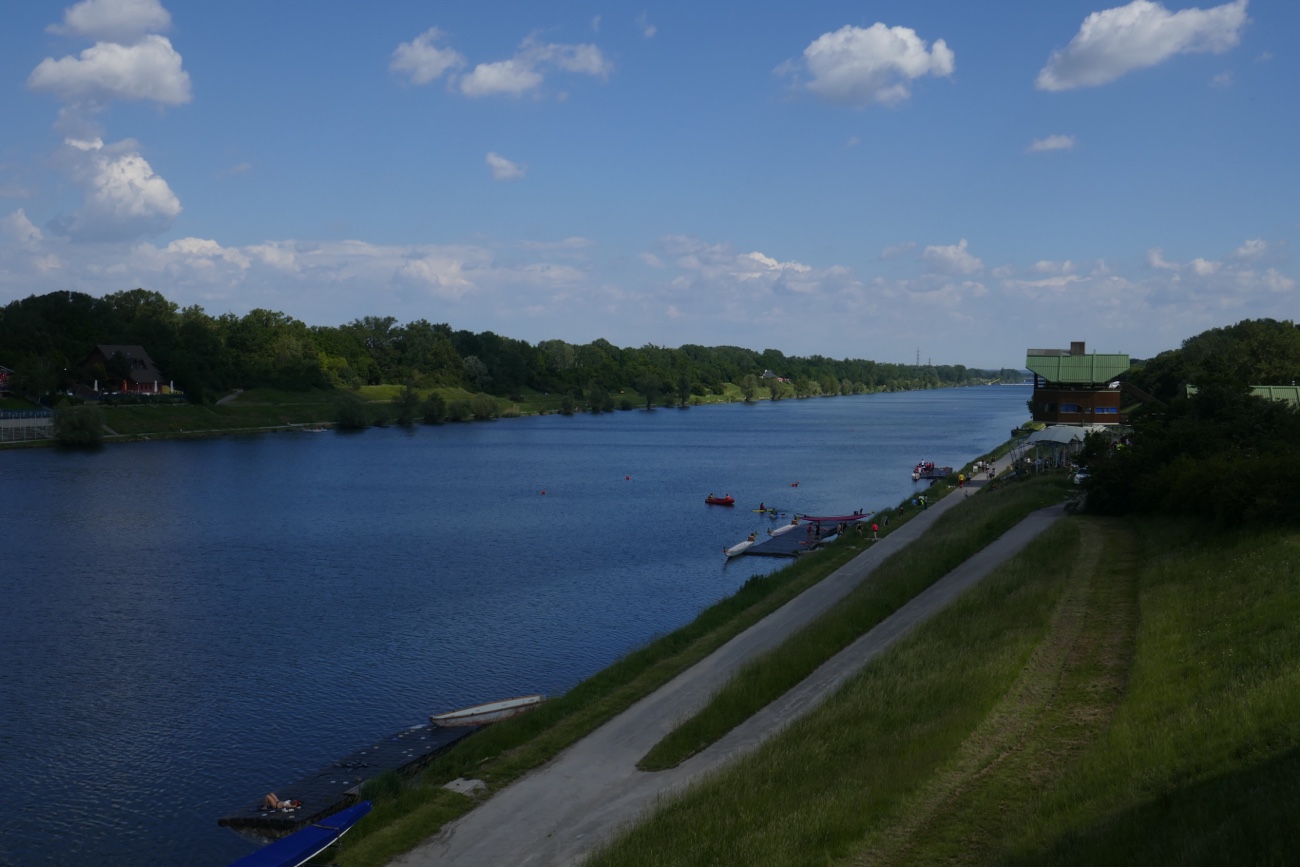 When we crossed to the northern bank to were surprised by the number of nude sunbathers out in this hot afternoon. Eyes on the road was essential.
When we crossed to the northern bank to were surprised by the number of nude sunbathers out in this hot afternoon. Eyes on the road was essential.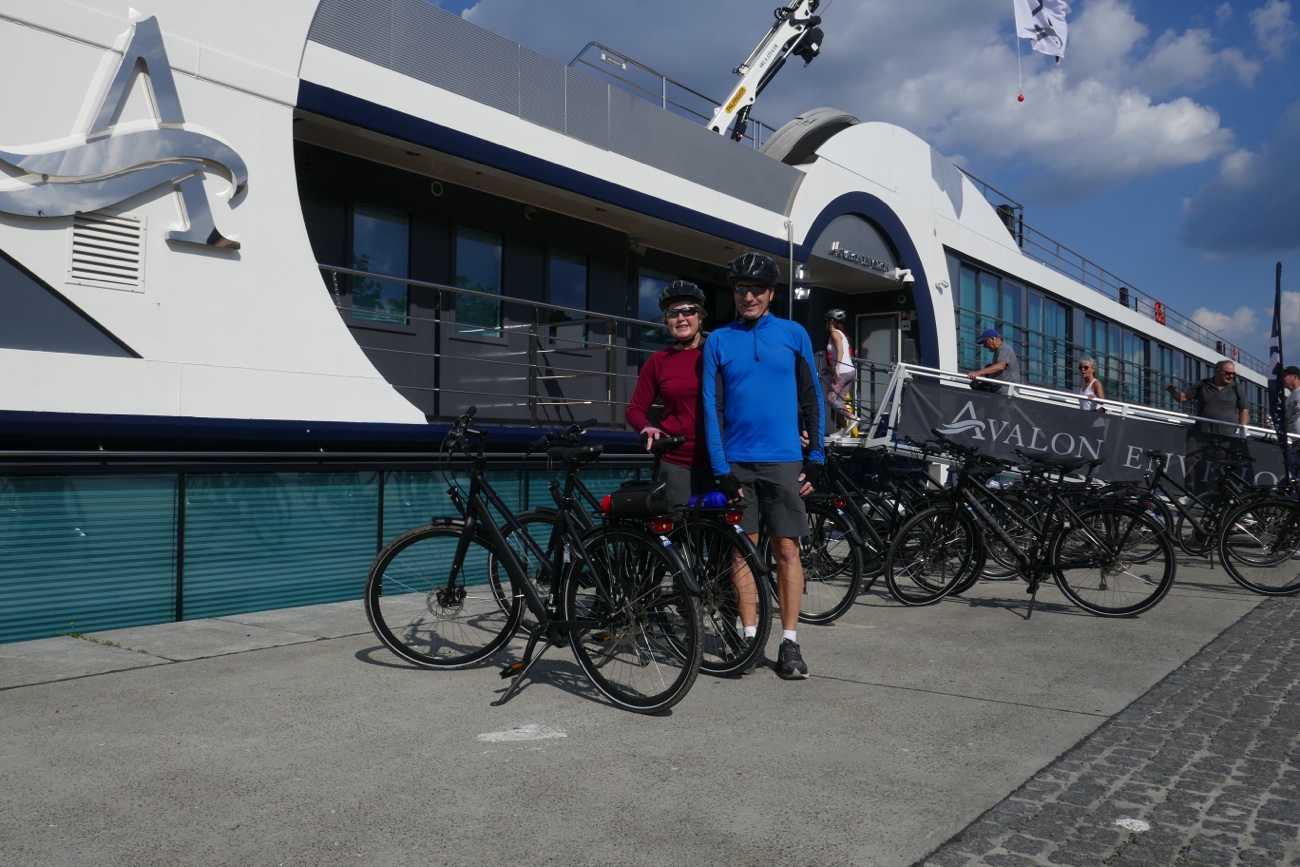
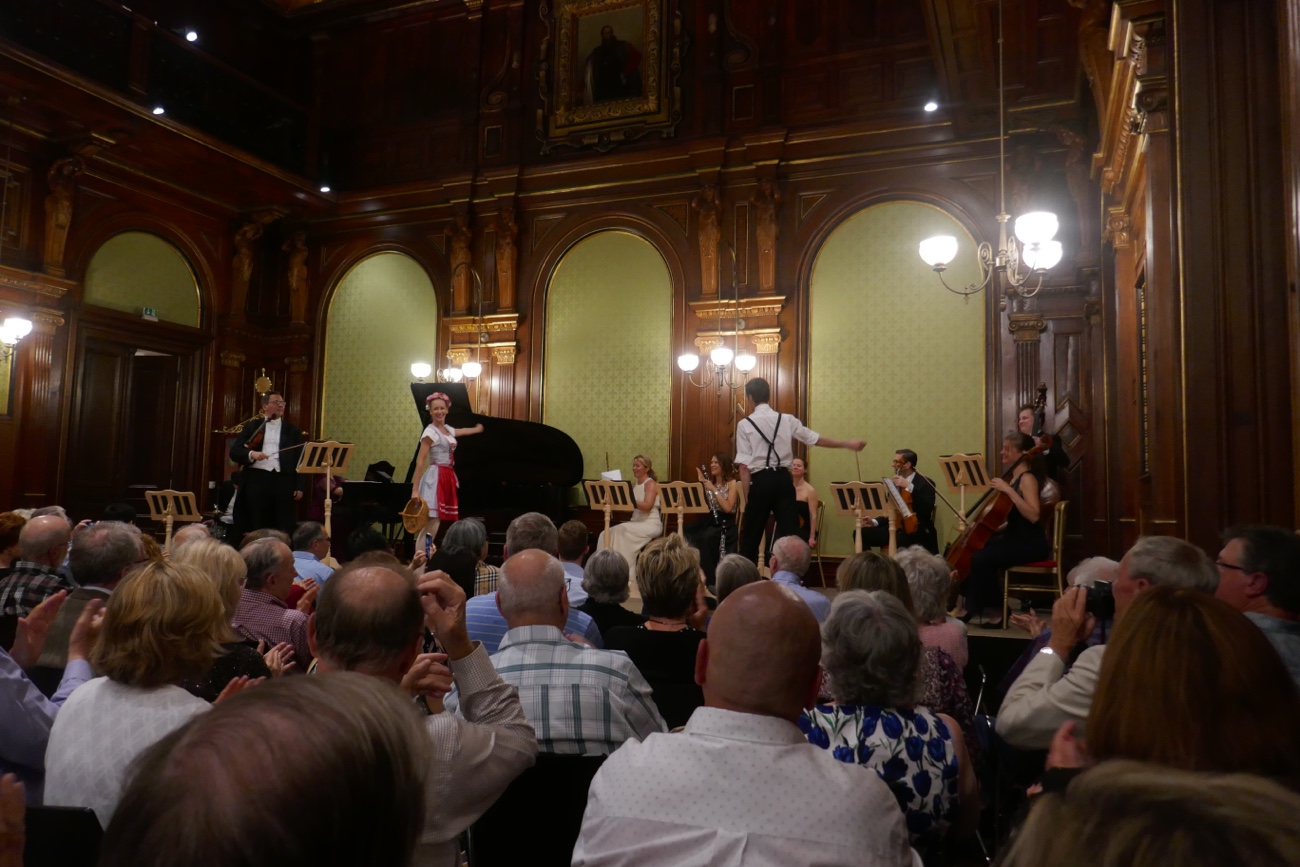

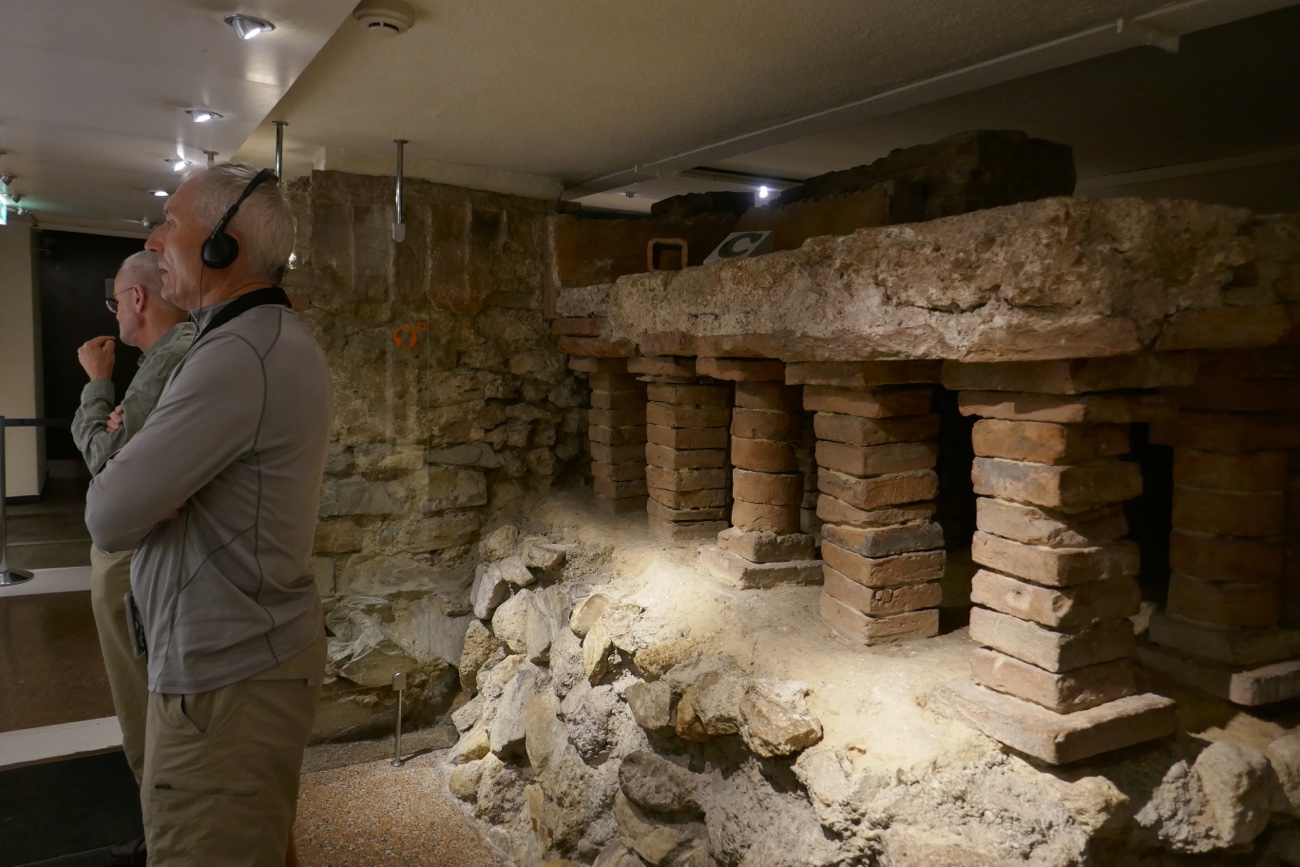
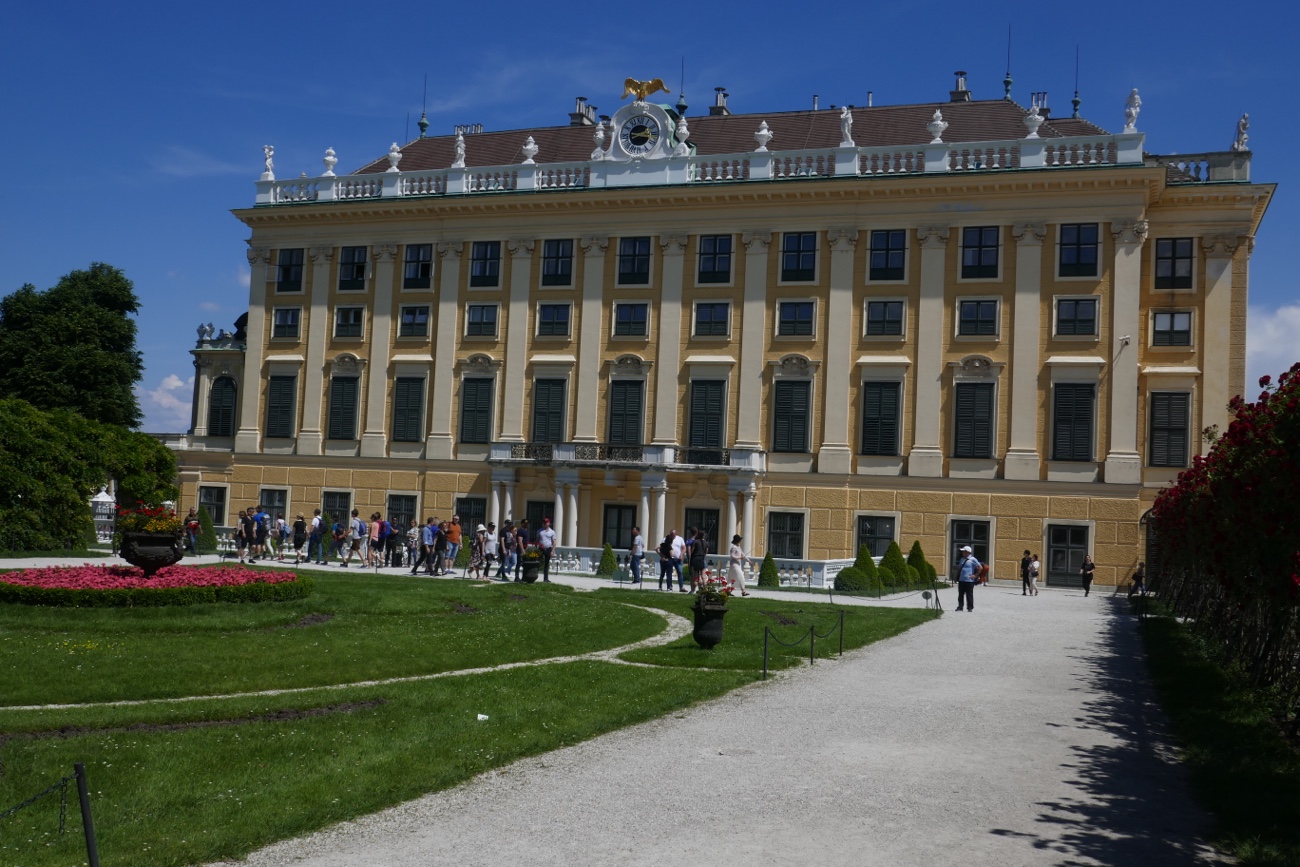


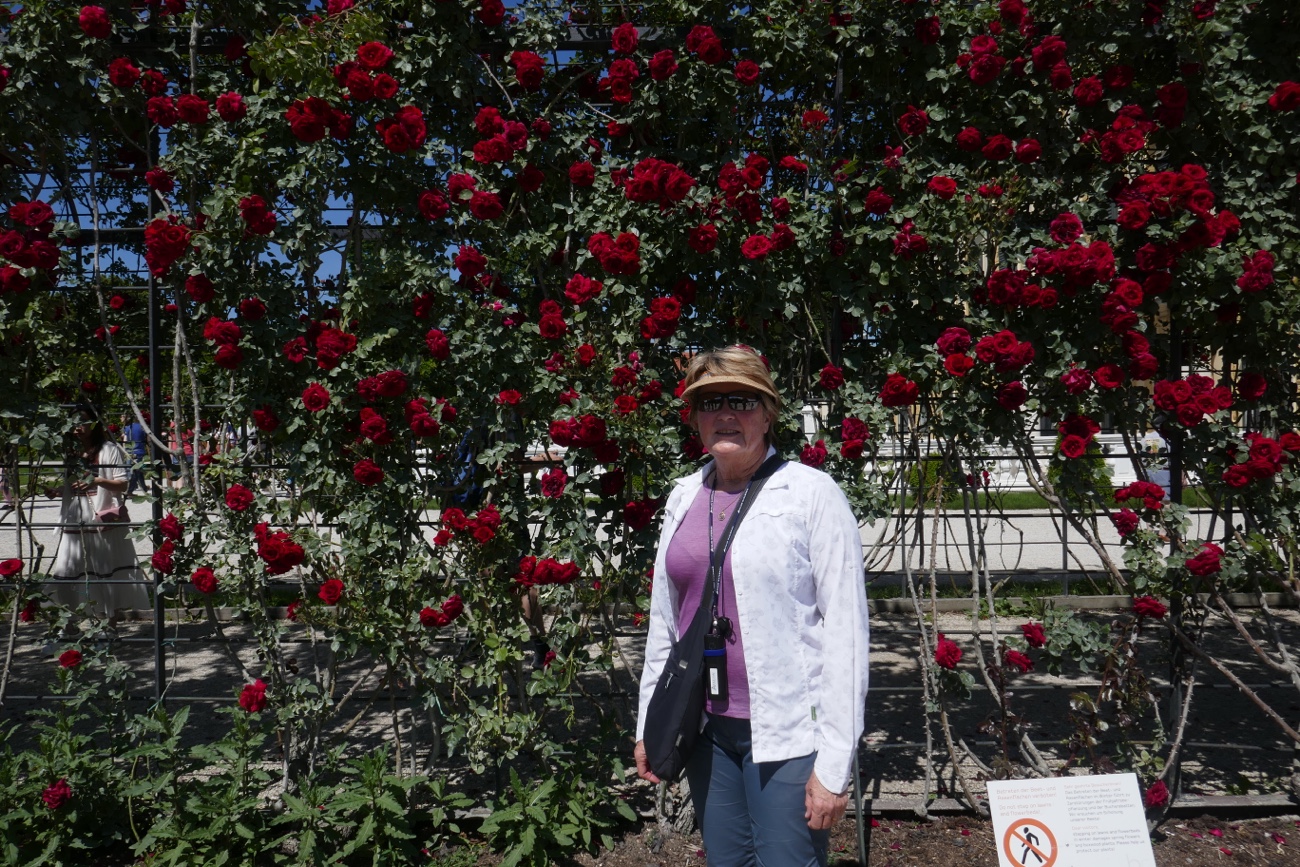
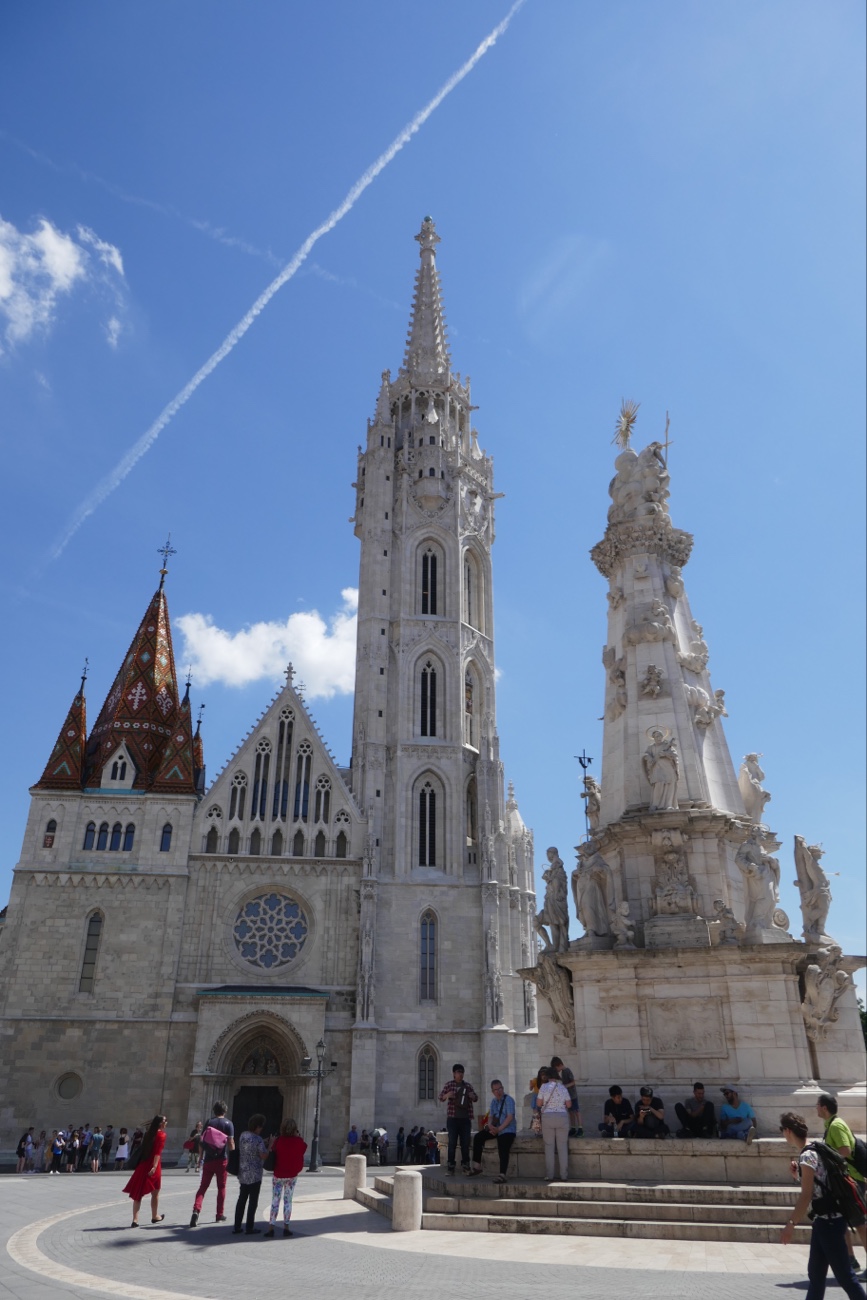
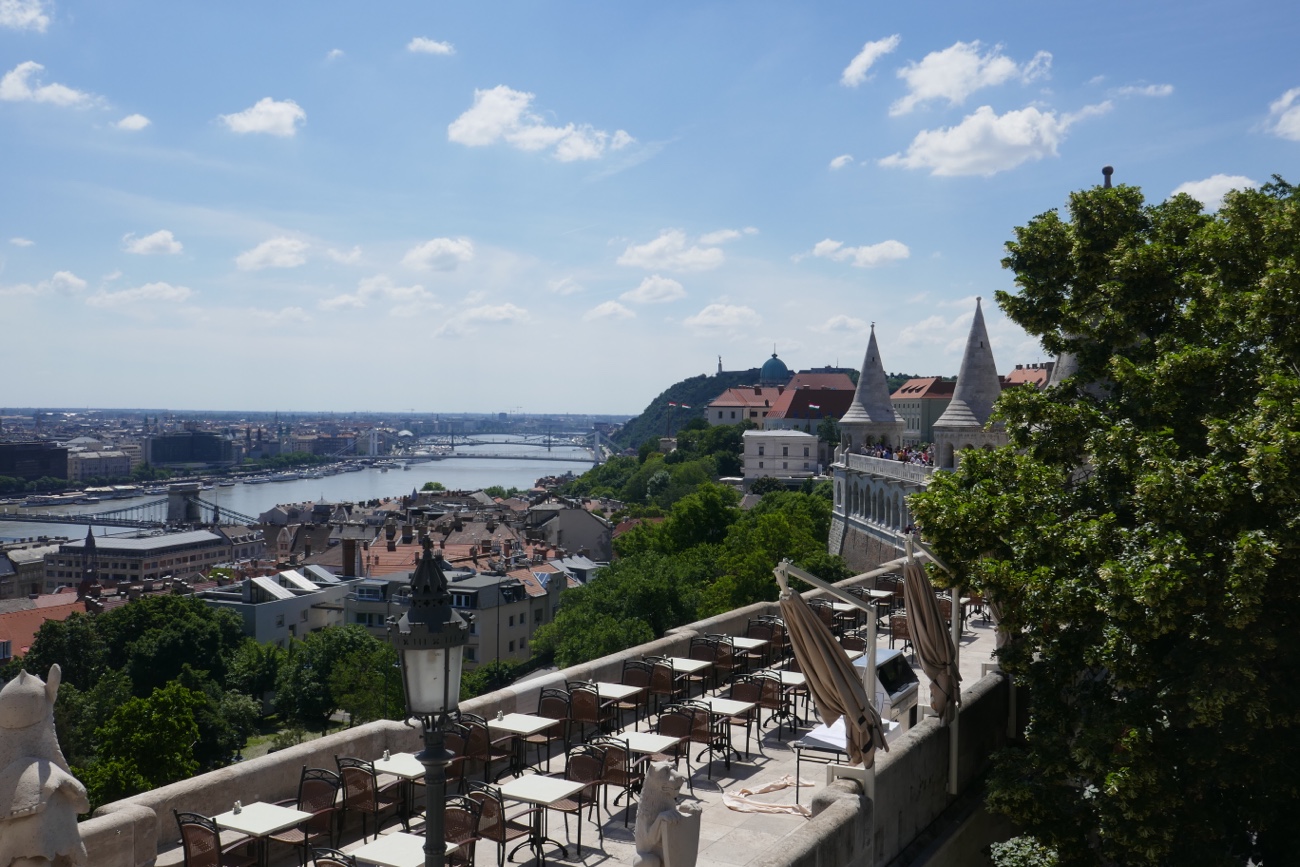


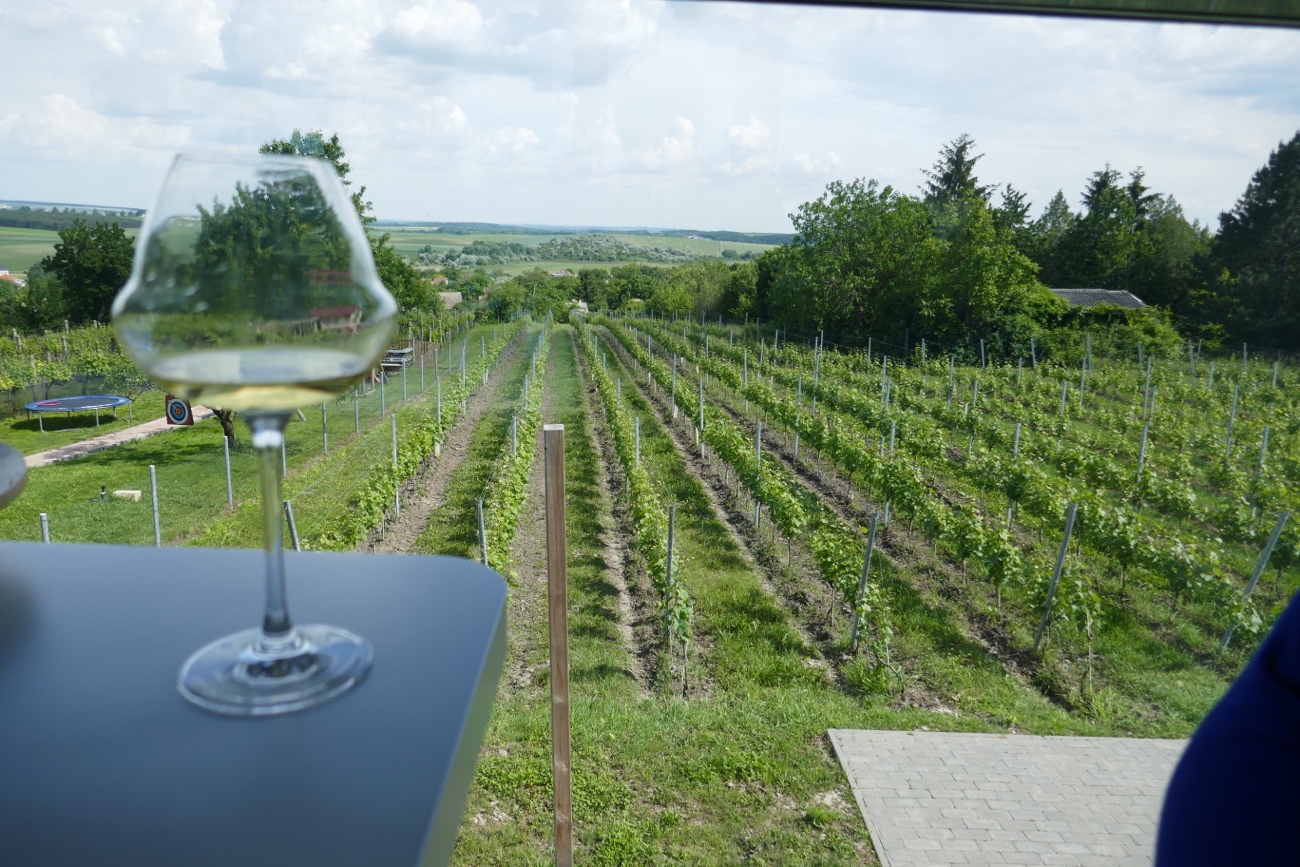
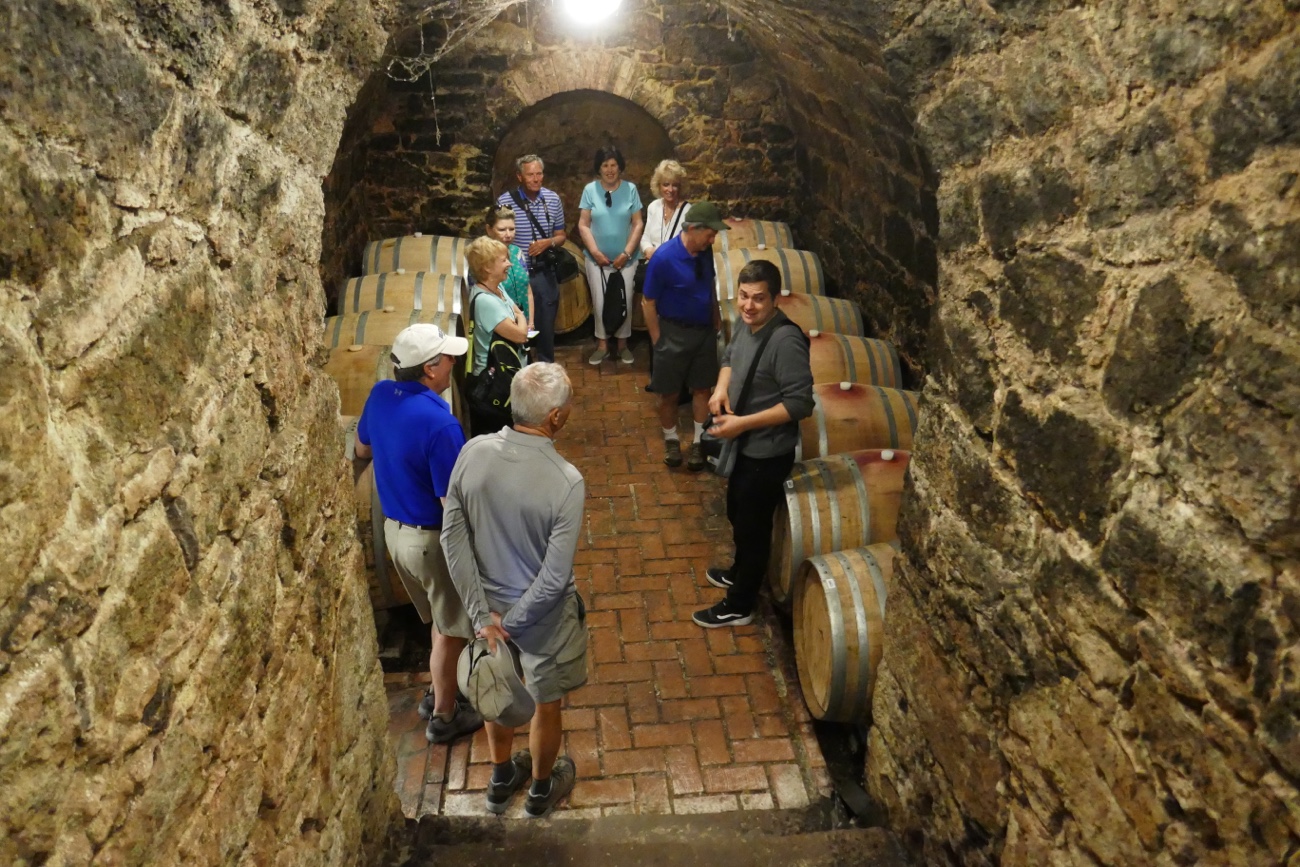
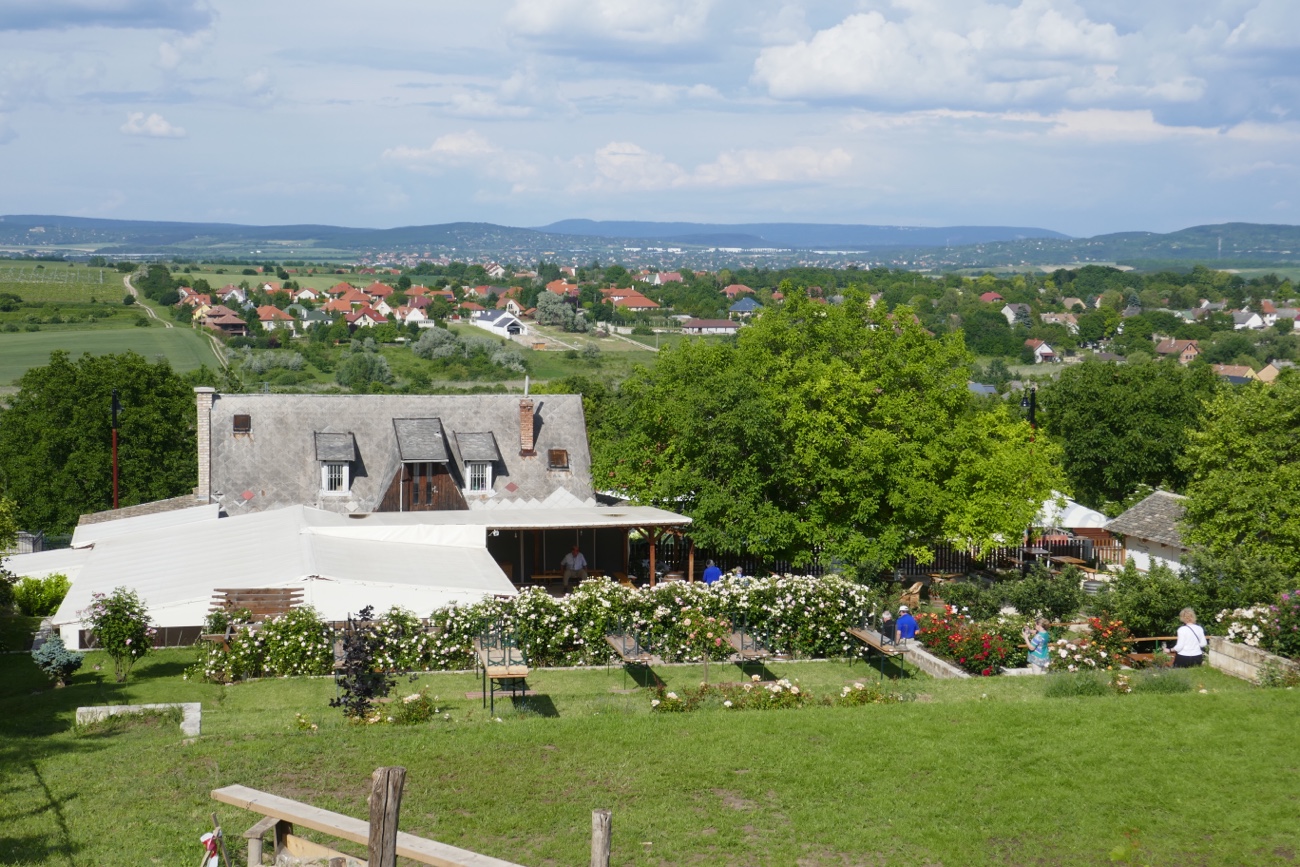


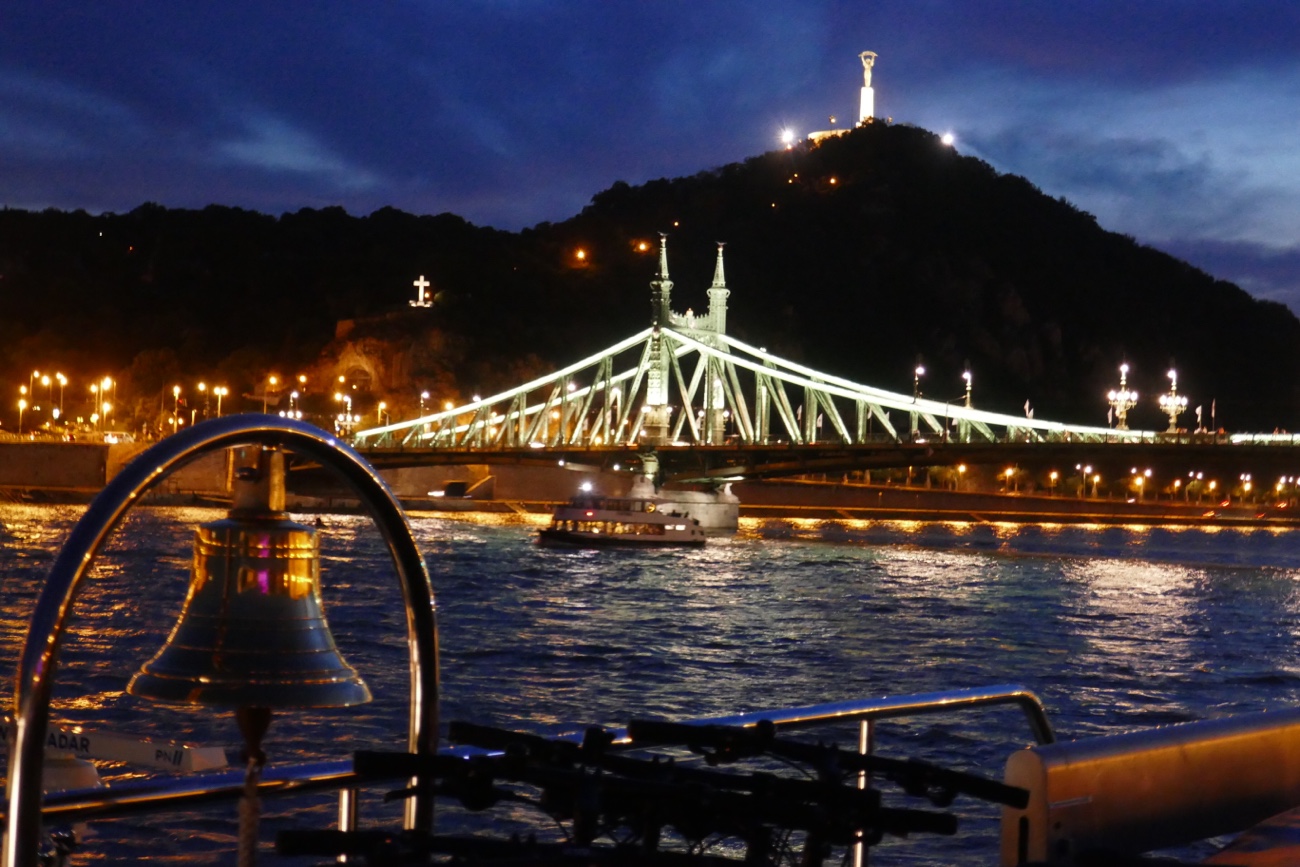
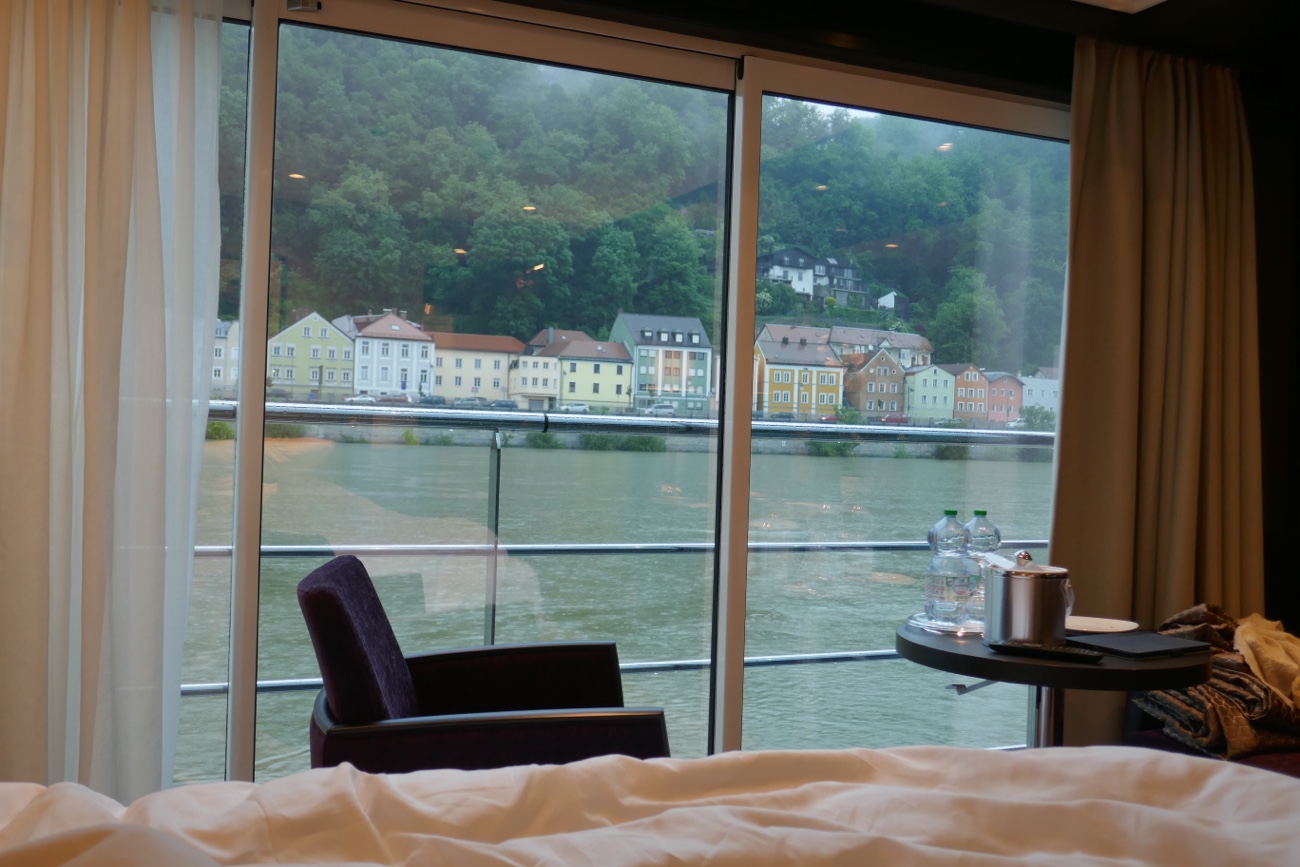 We awoke on Wednesday morning to light rain in Passau, Germany. The day started with a guided walk of the town where the Danube, Inn and Ilz Rivers meet. The Town Hall had marks showing the height of major floods over the last 500 years. The River was already over the walls and slowly covering the river paths. The last major flood of the Danube was 2013. Hopefully it won’t be repeated this year.
We awoke on Wednesday morning to light rain in Passau, Germany. The day started with a guided walk of the town where the Danube, Inn and Ilz Rivers meet. The Town Hall had marks showing the height of major floods over the last 500 years. The River was already over the walls and slowly covering the river paths. The last major flood of the Danube was 2013. Hopefully it won’t be repeated this year.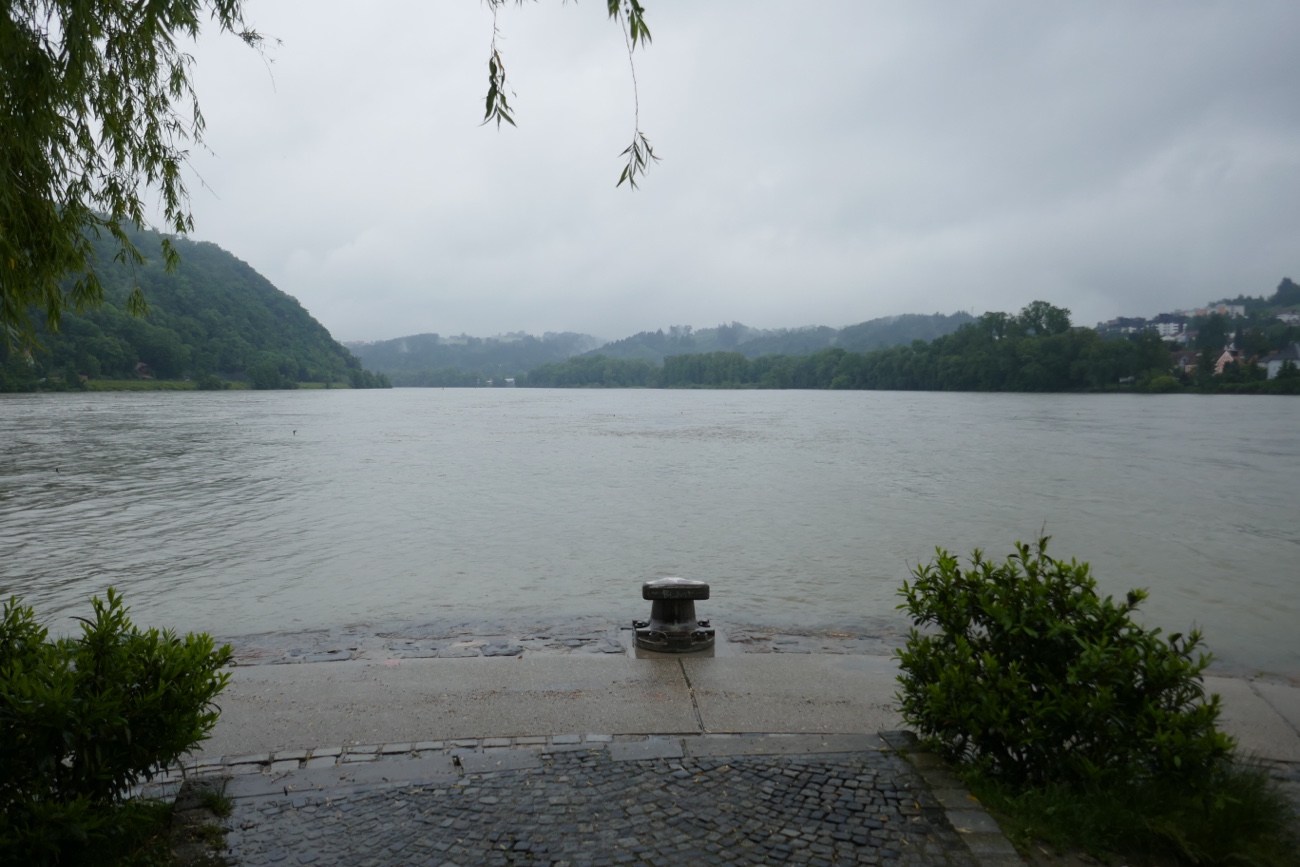
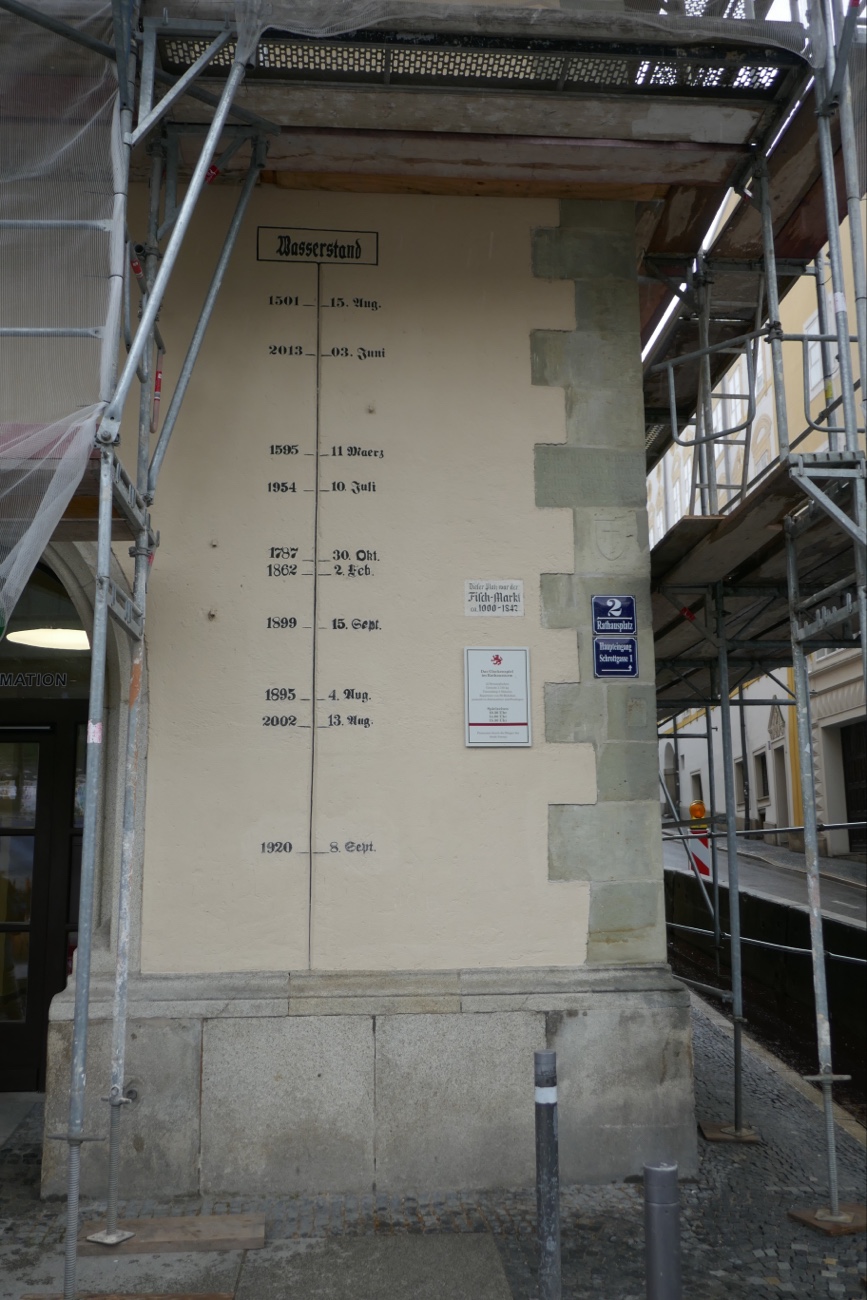

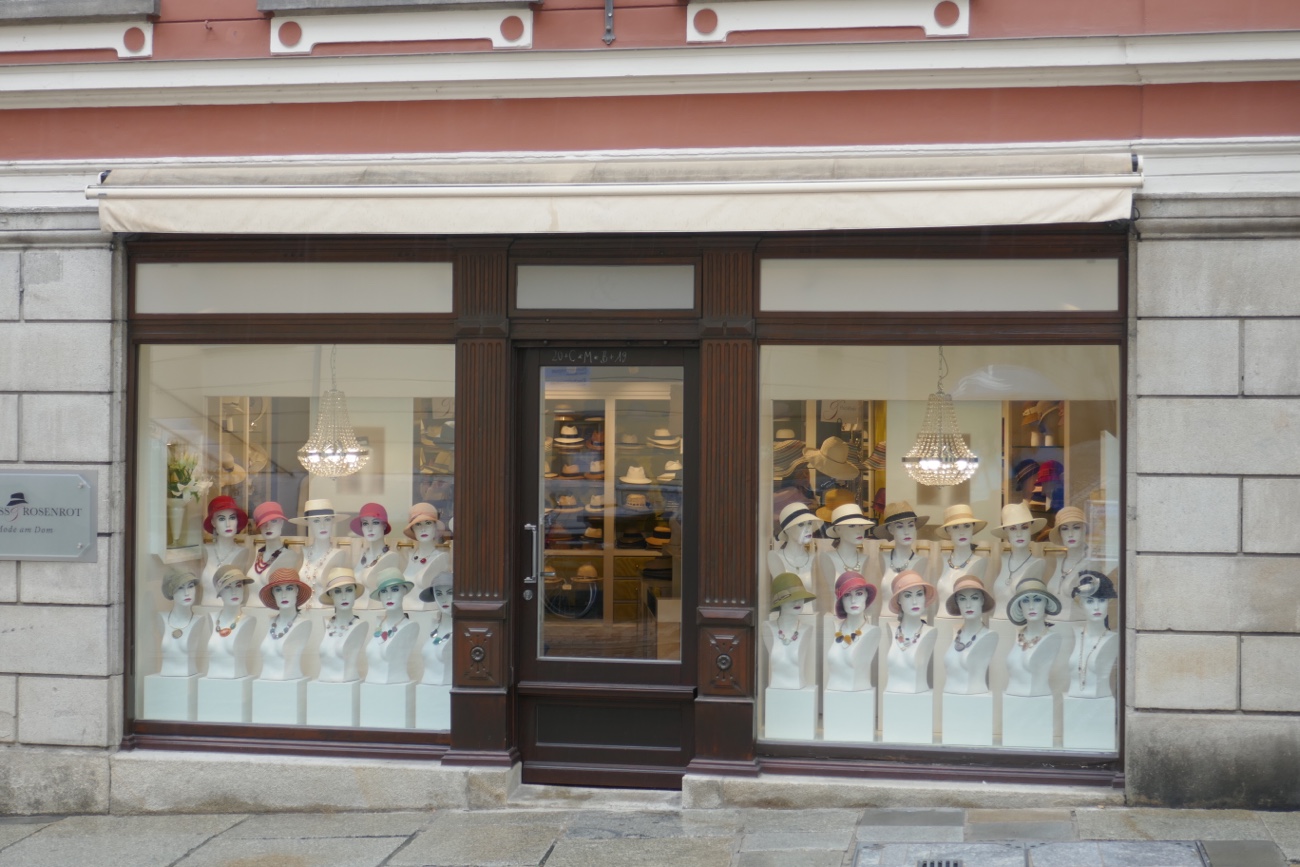
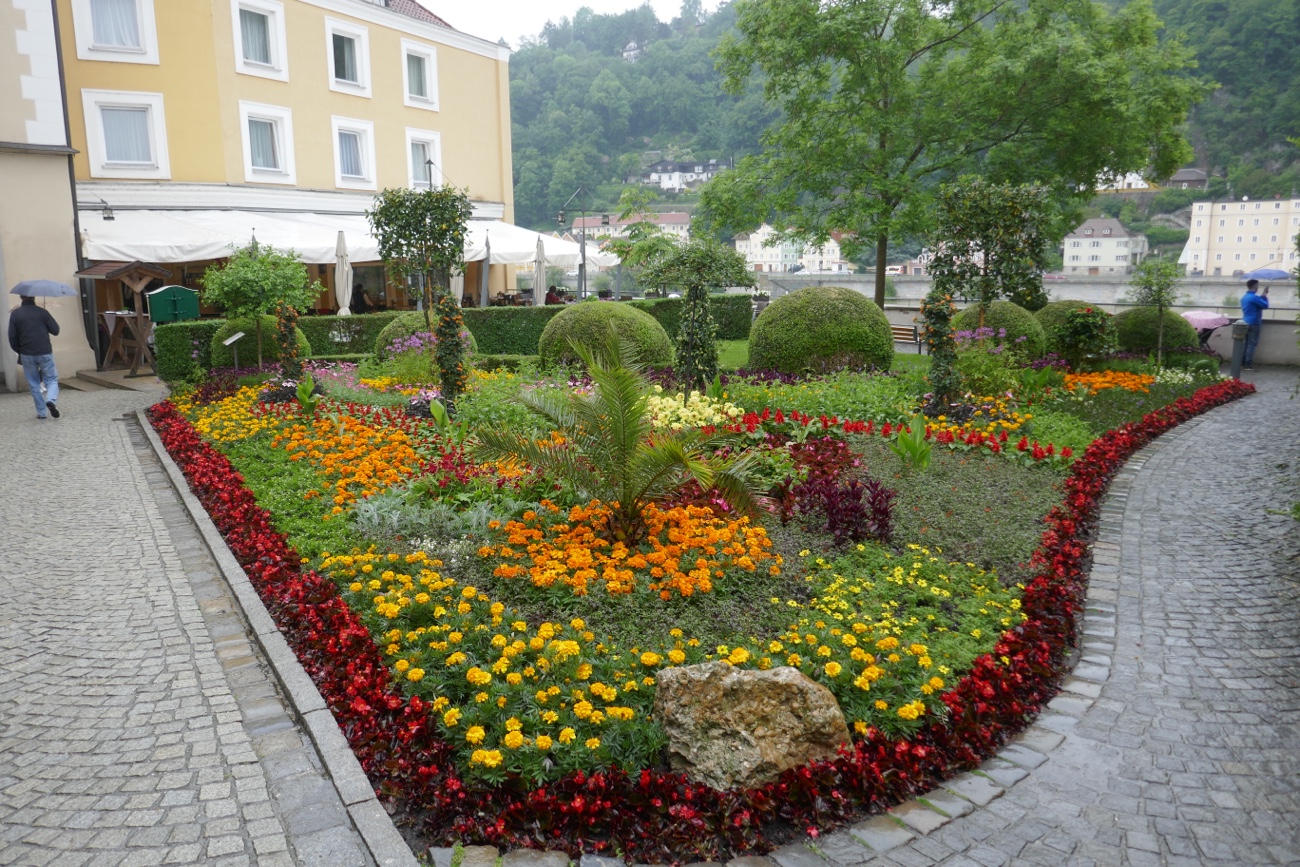
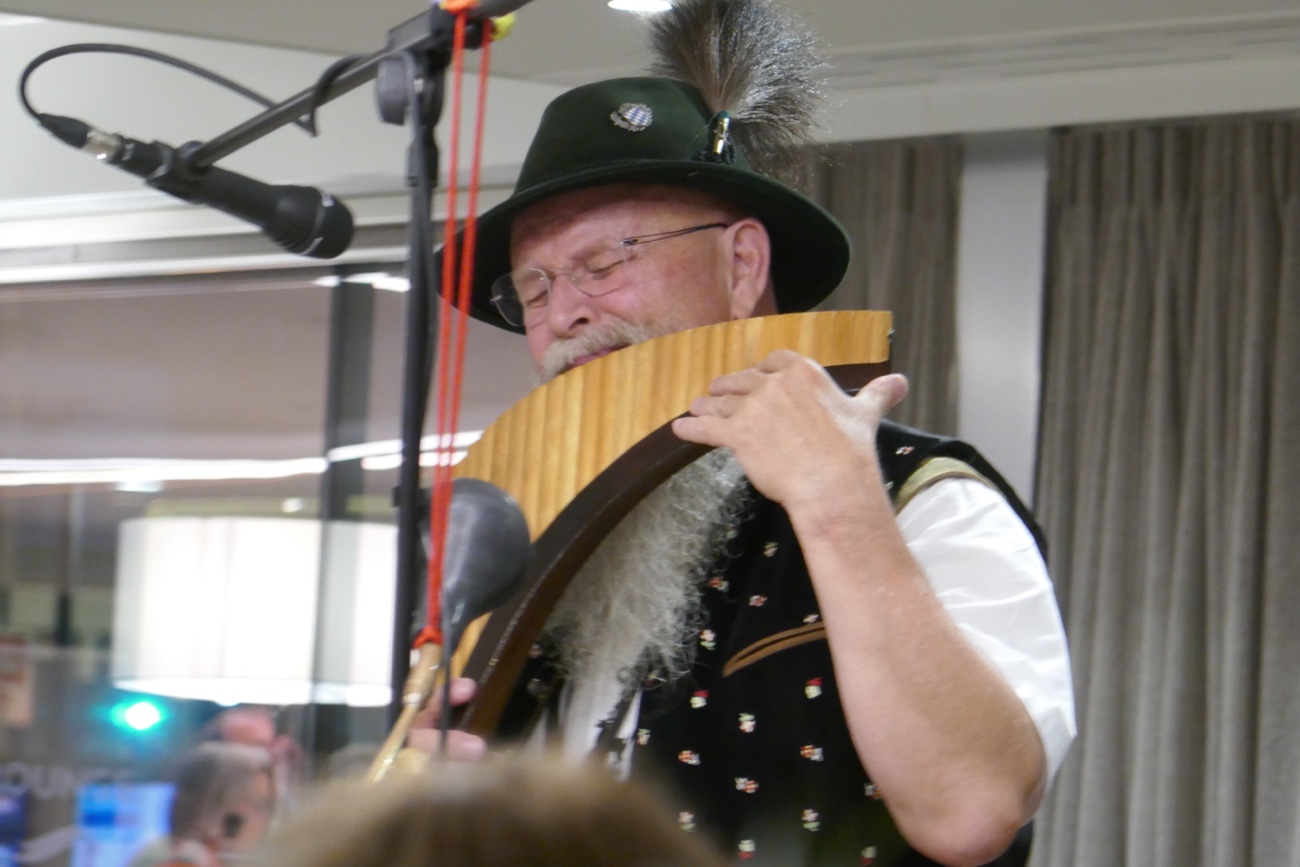
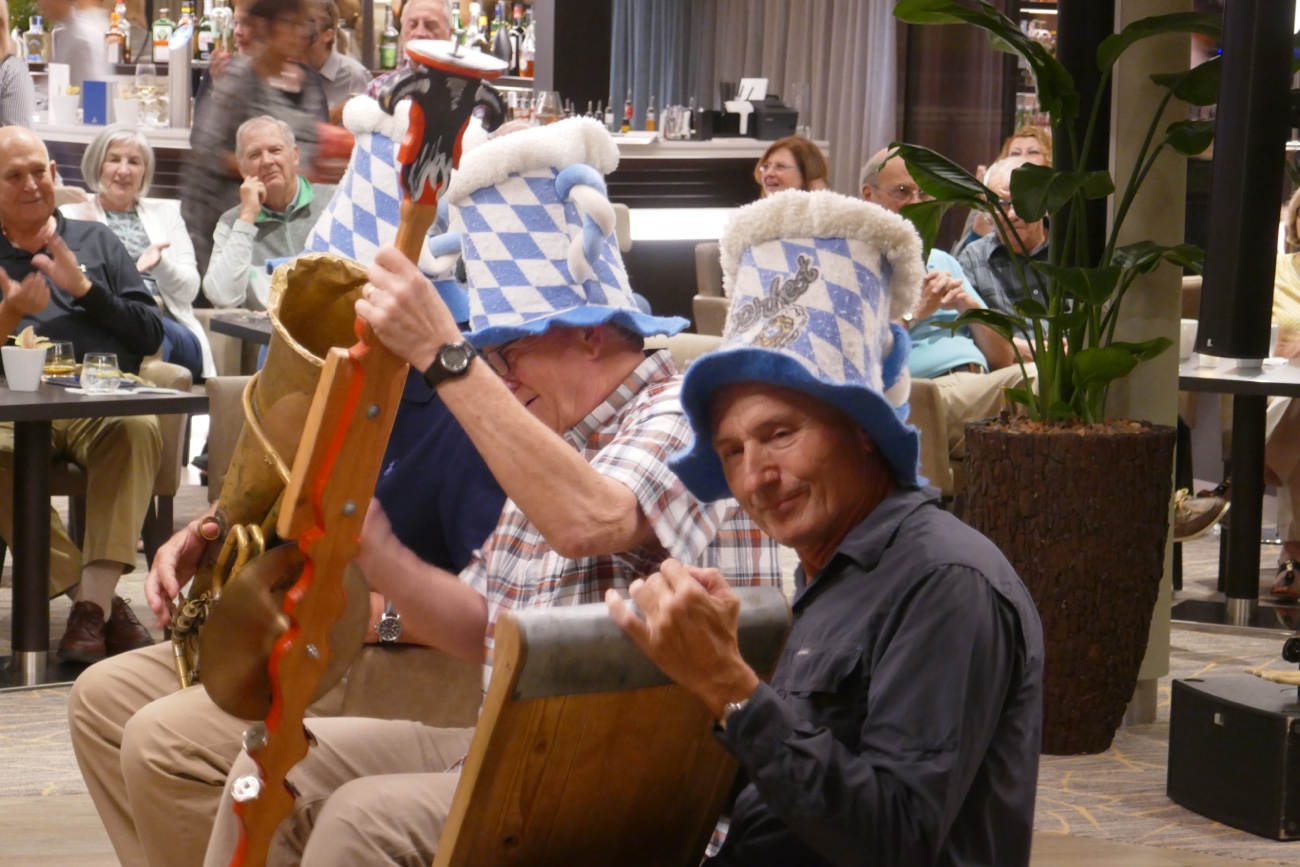
 We started Thursday with a guided tour of Linz.
We started Thursday with a guided tour of Linz.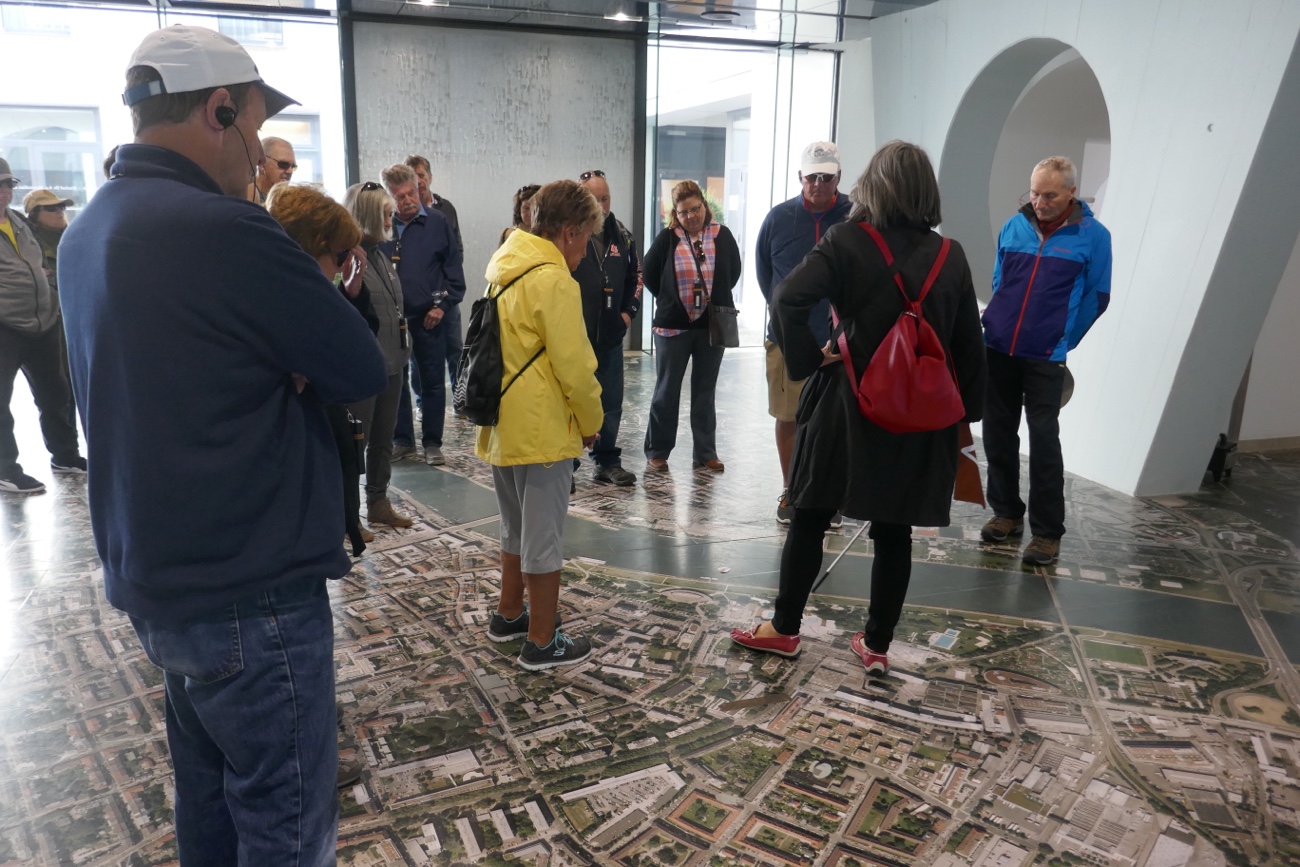 This city was heavily bombed by the allies during WW2 and is now a mix of old and new buildings.
This city was heavily bombed by the allies during WW2 and is now a mix of old and new buildings.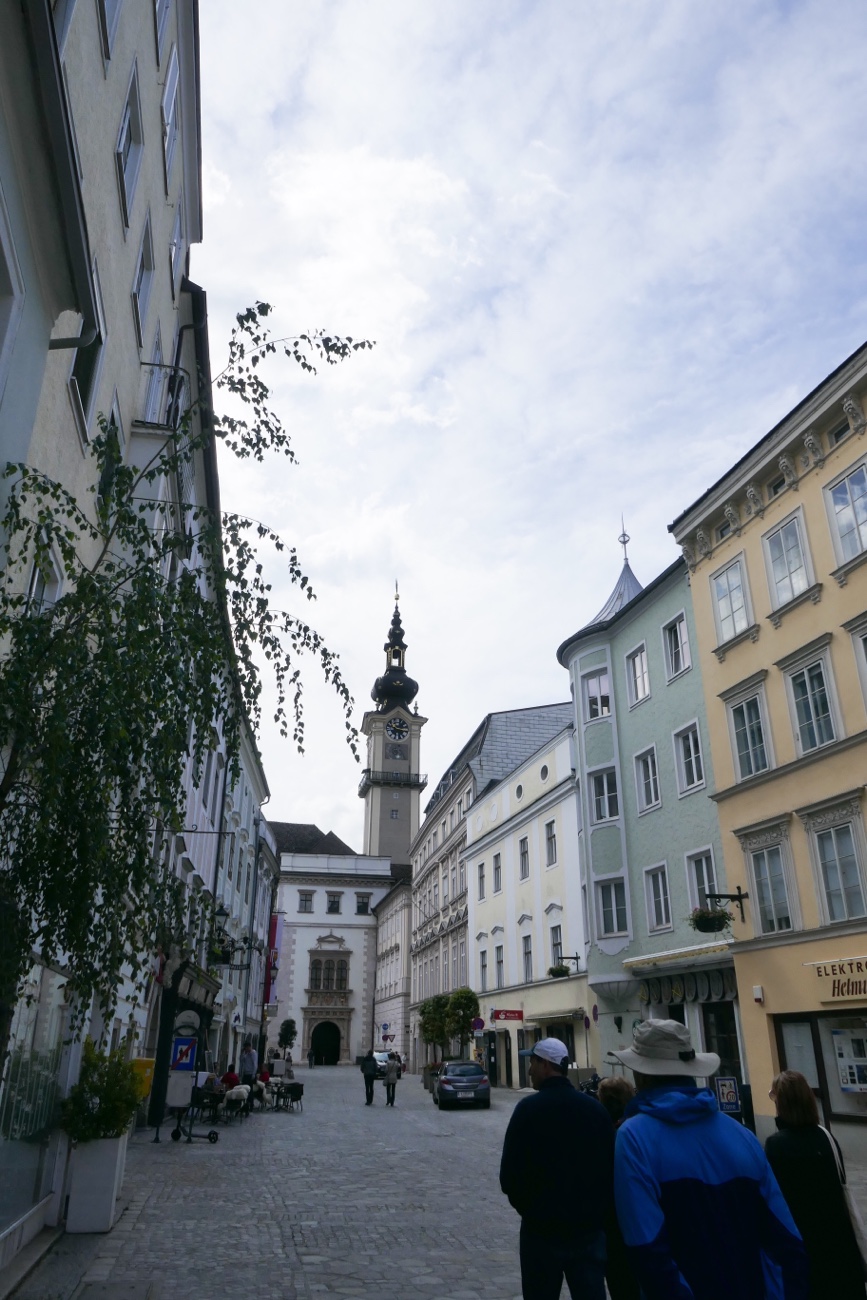

 Mozart composed the Linzer Symphony in the building below in only 3 days in 1783.
Mozart composed the Linzer Symphony in the building below in only 3 days in 1783.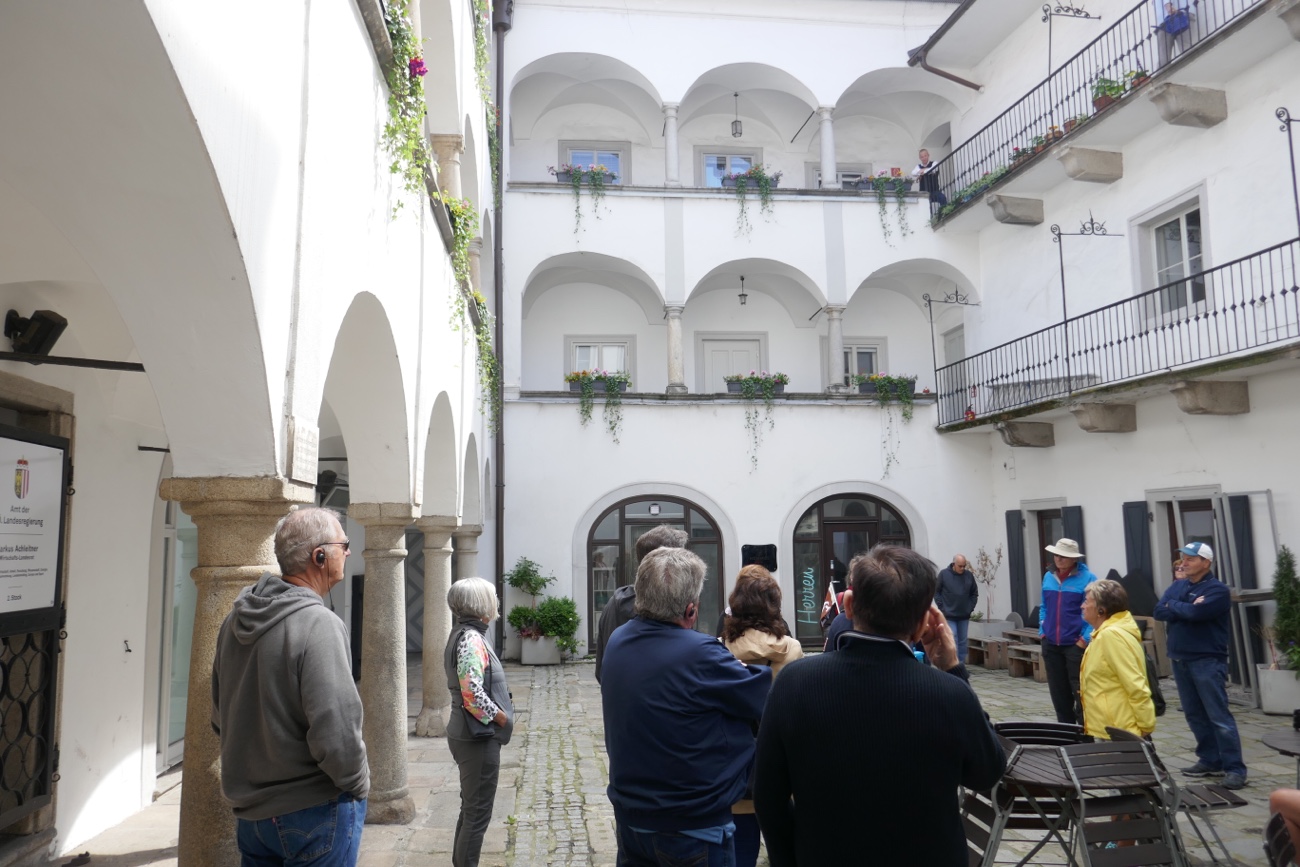 We then took a tram across the river and up to Postlingberg. The 18th century chapel was popular with pilgrims and the tramway opened in 1898. There was a great view over the city that was spoiled by smoke from the chimneys of the steelworks in the town.
We then took a tram across the river and up to Postlingberg. The 18th century chapel was popular with pilgrims and the tramway opened in 1898. There was a great view over the city that was spoiled by smoke from the chimneys of the steelworks in the town.

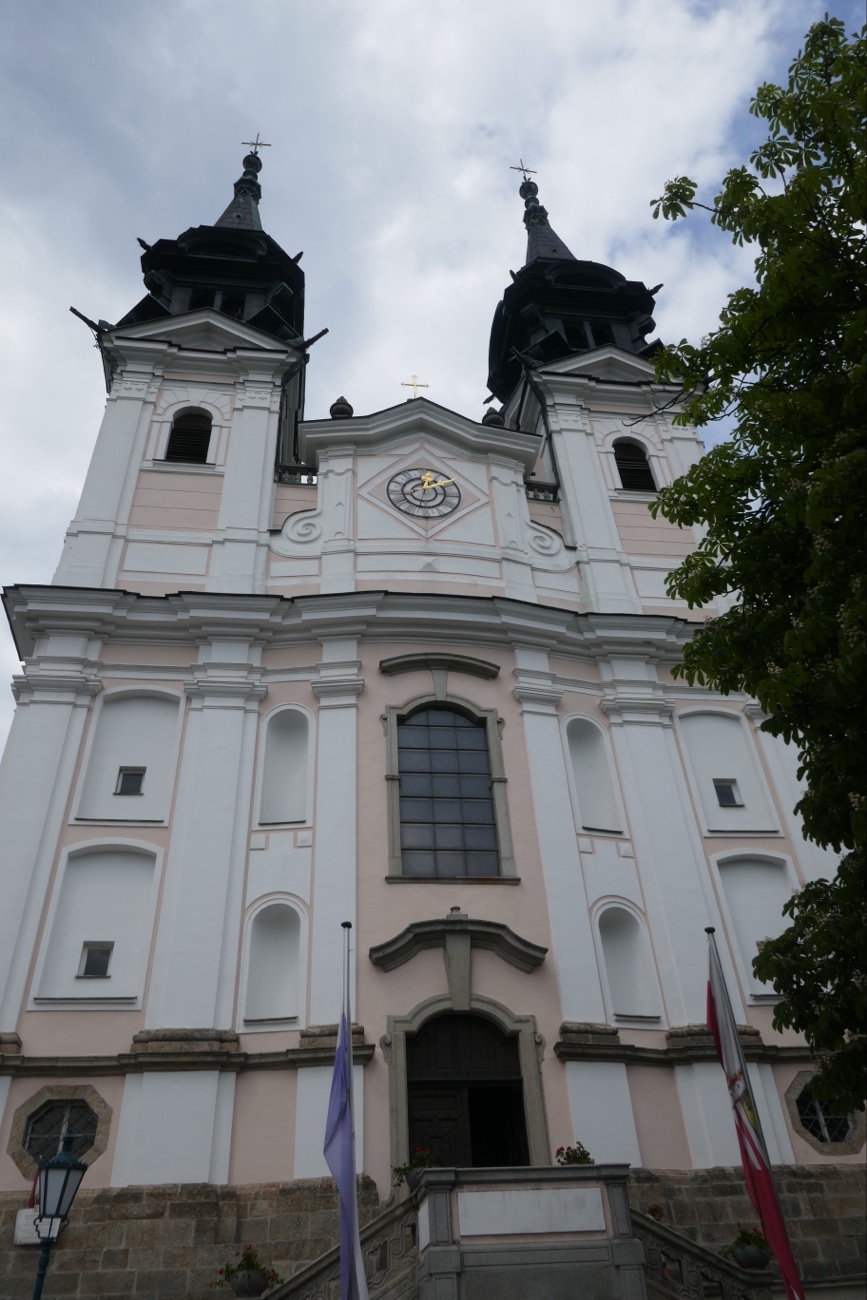
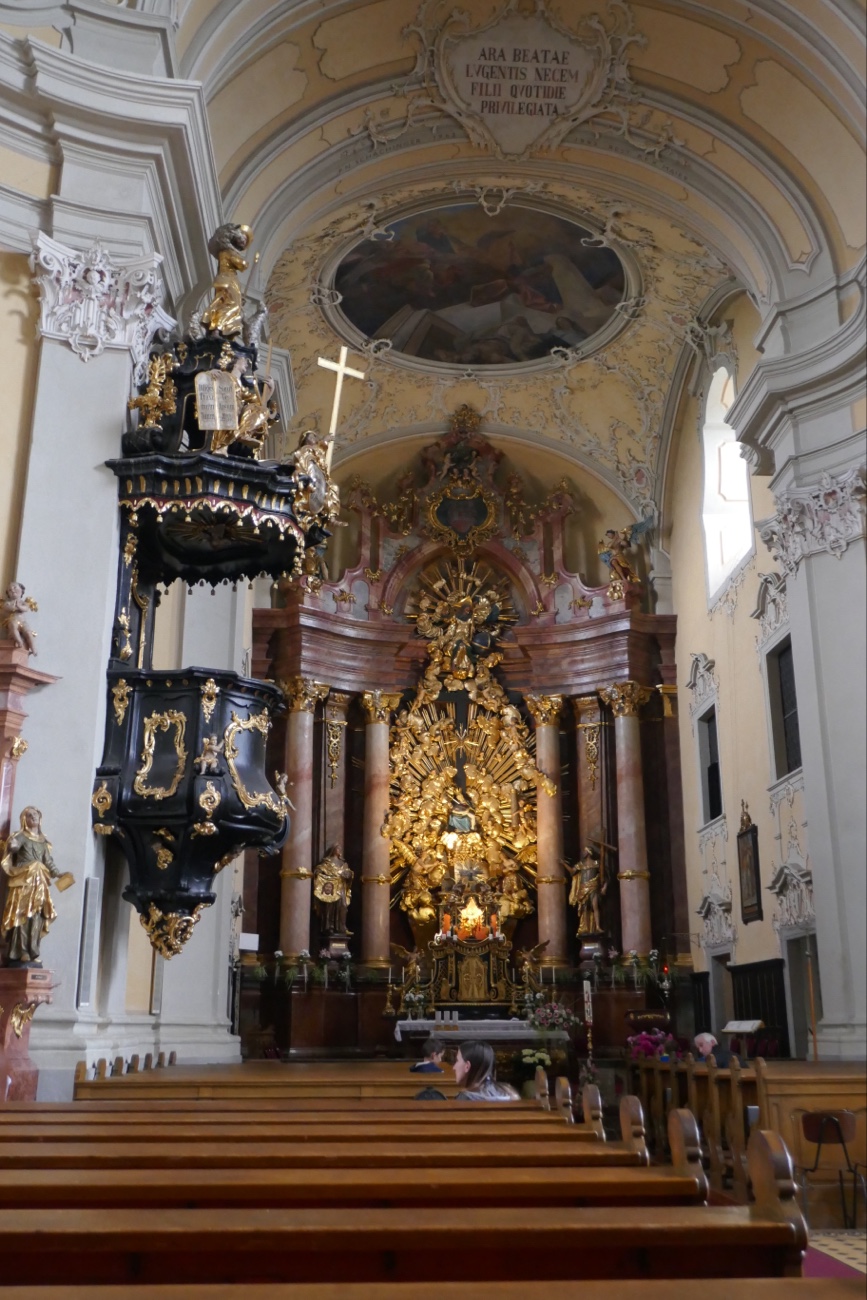 After lunch we decided to borrow 2 bikes off the ship and ride along the Danube. We visited the nearby town of Ottensheim, covering 28kms in our wanderings.
After lunch we decided to borrow 2 bikes off the ship and ride along the Danube. We visited the nearby town of Ottensheim, covering 28kms in our wanderings.
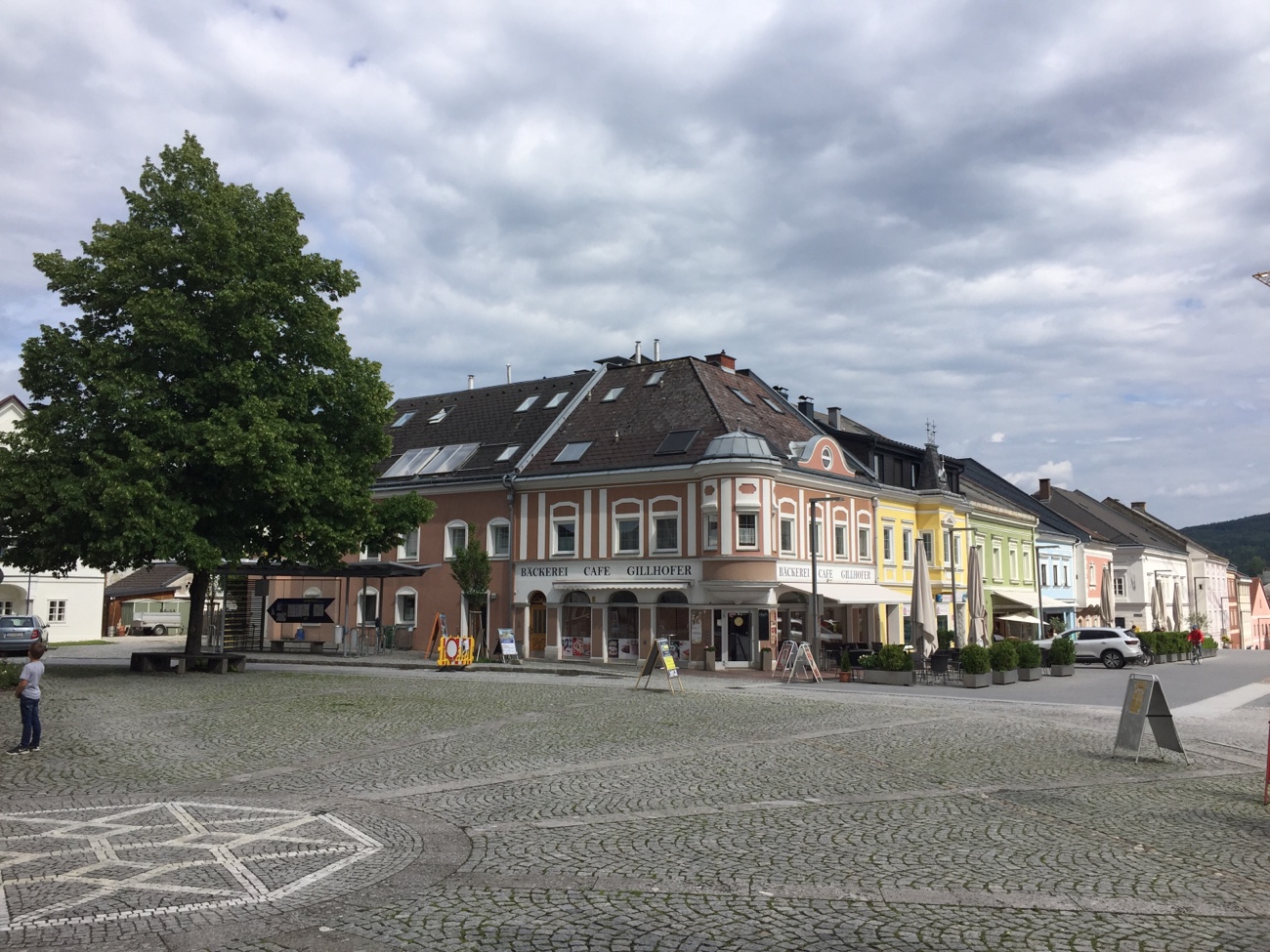
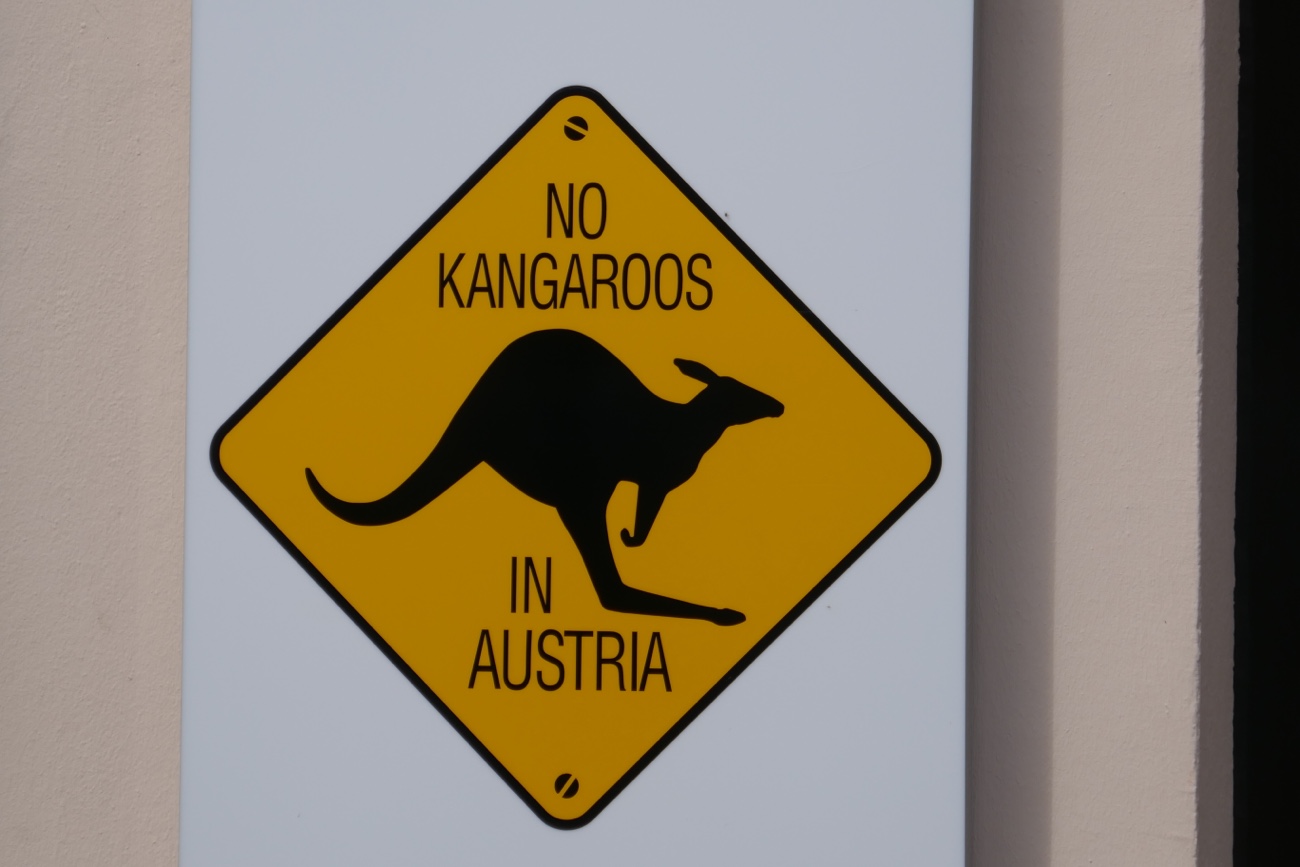
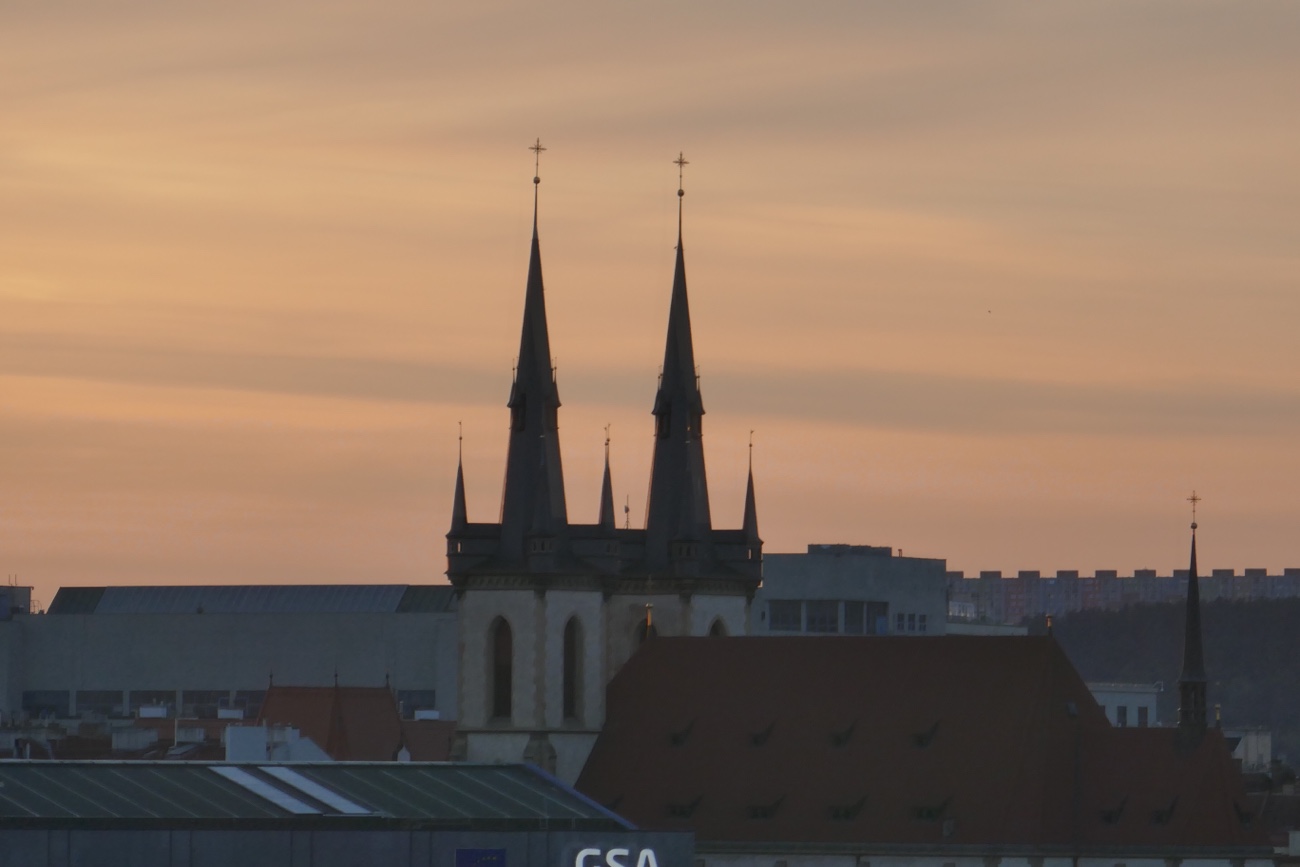
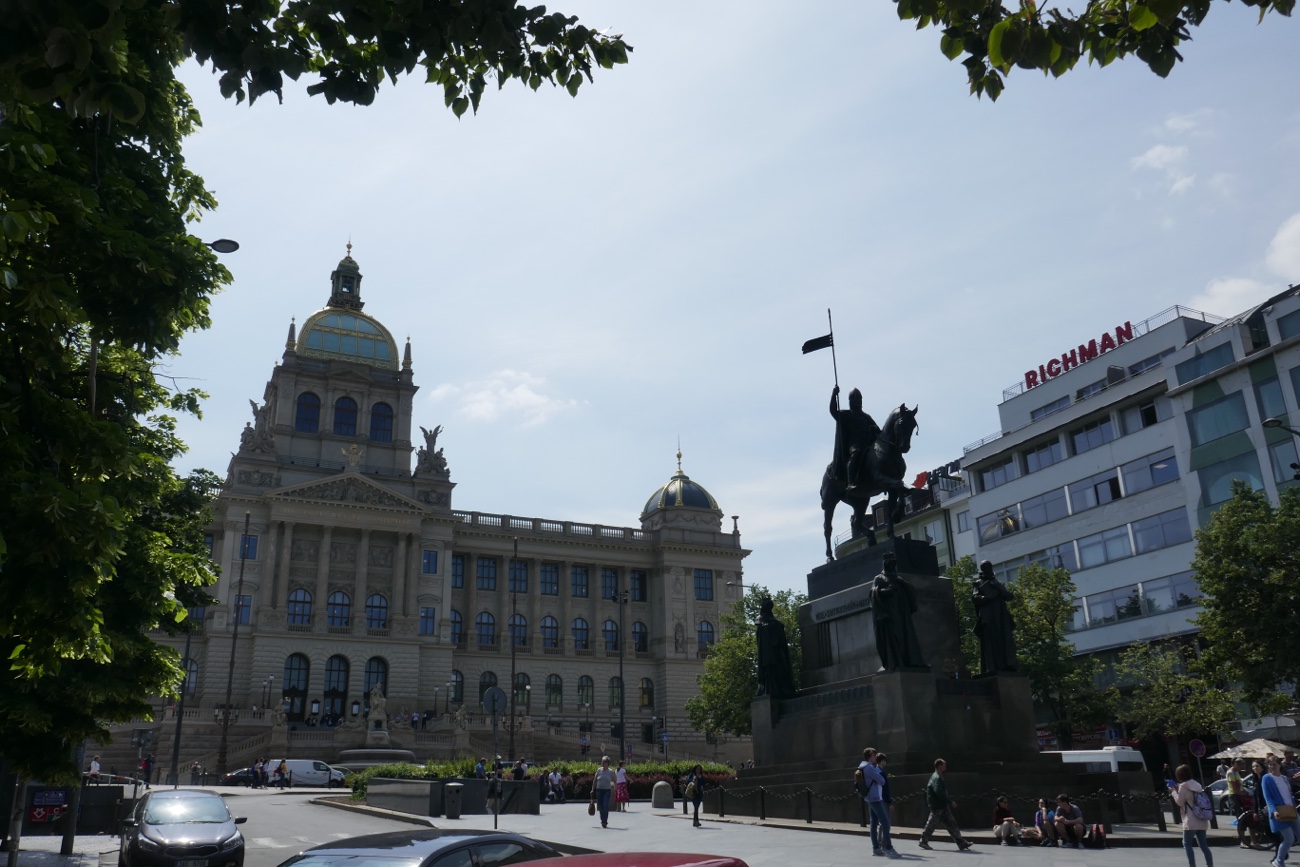
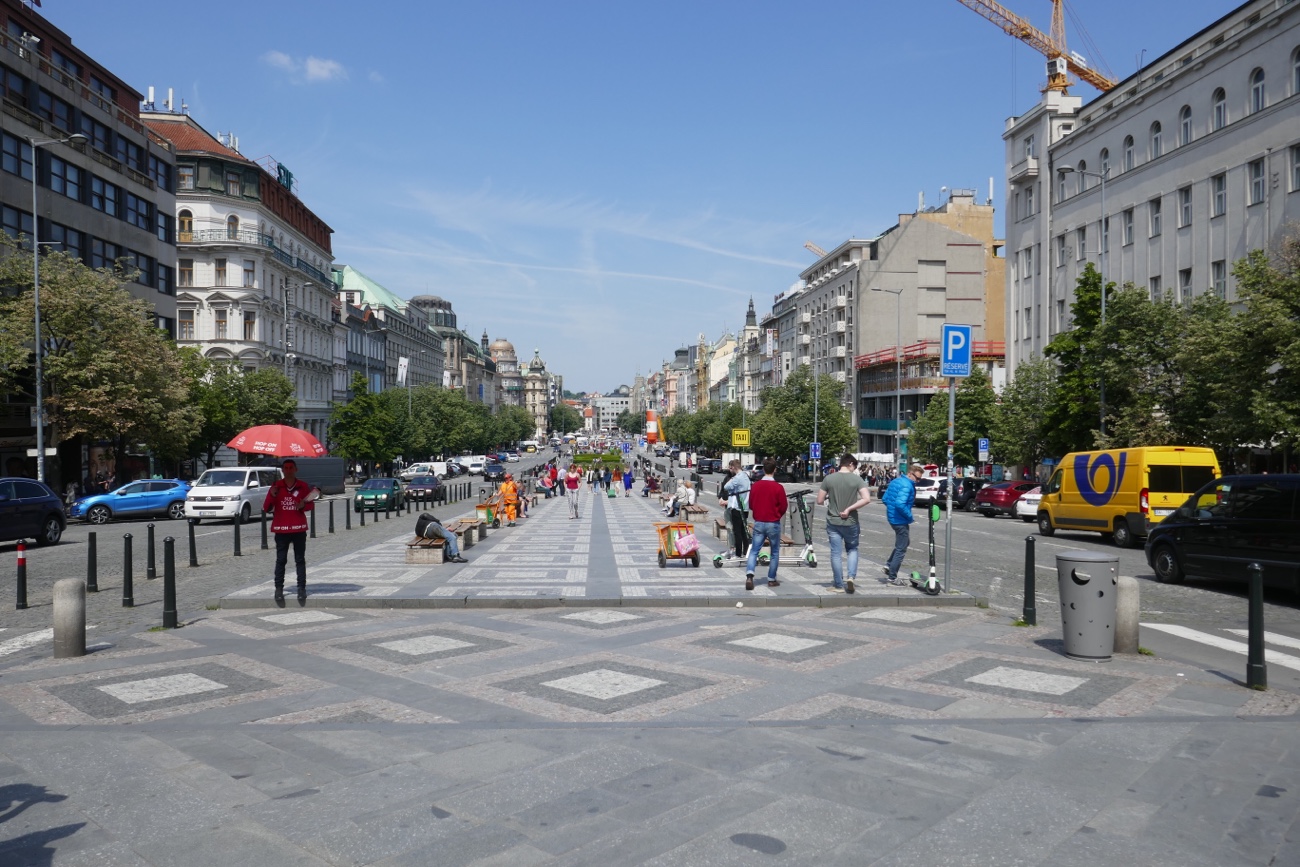

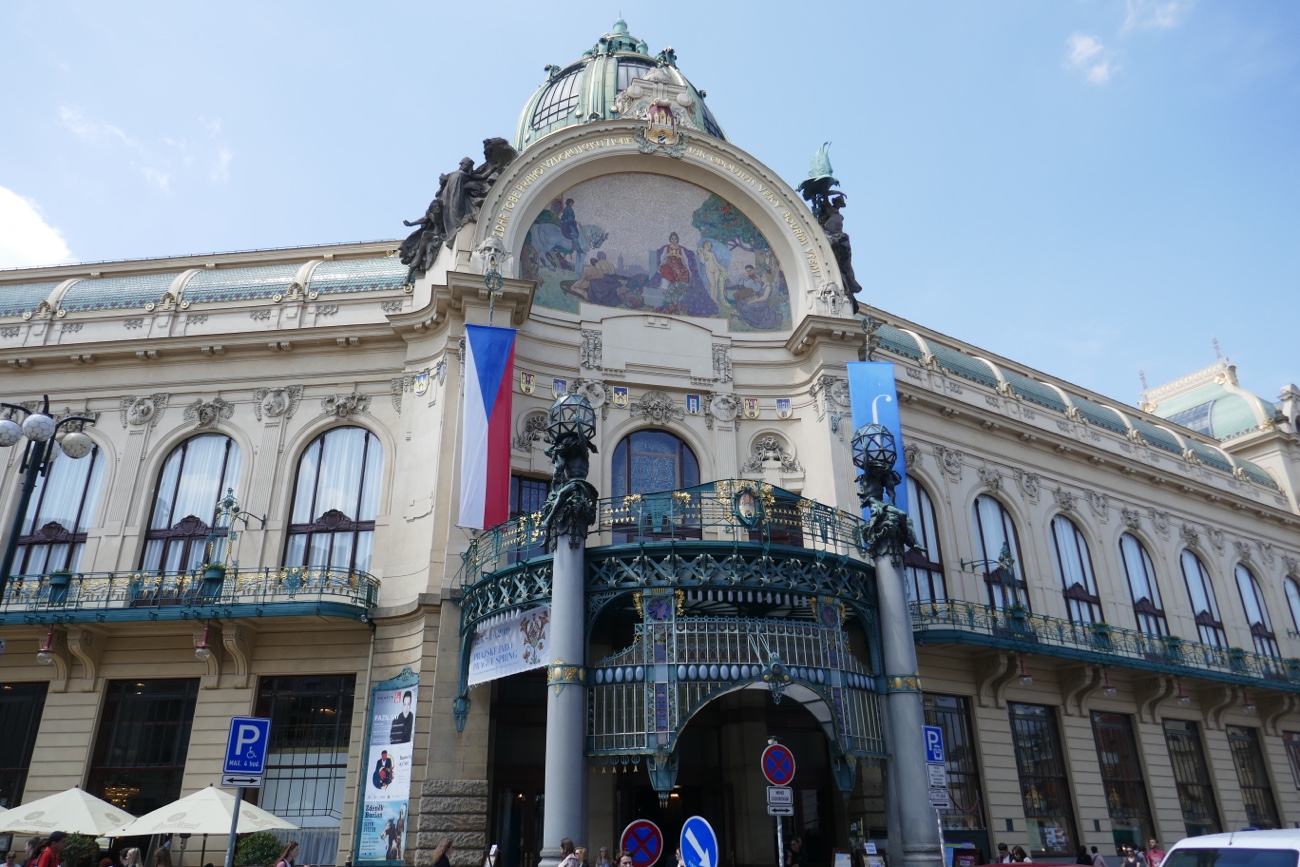

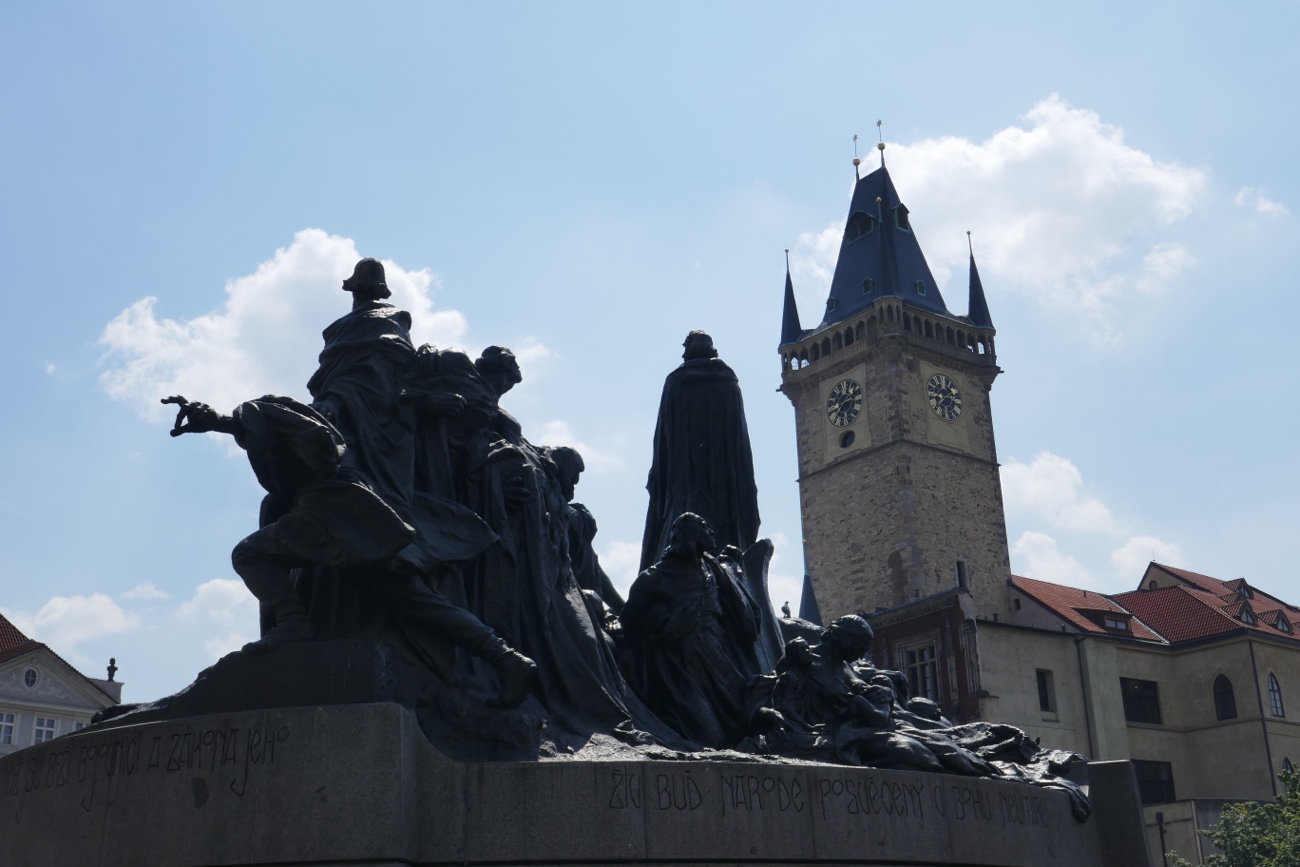
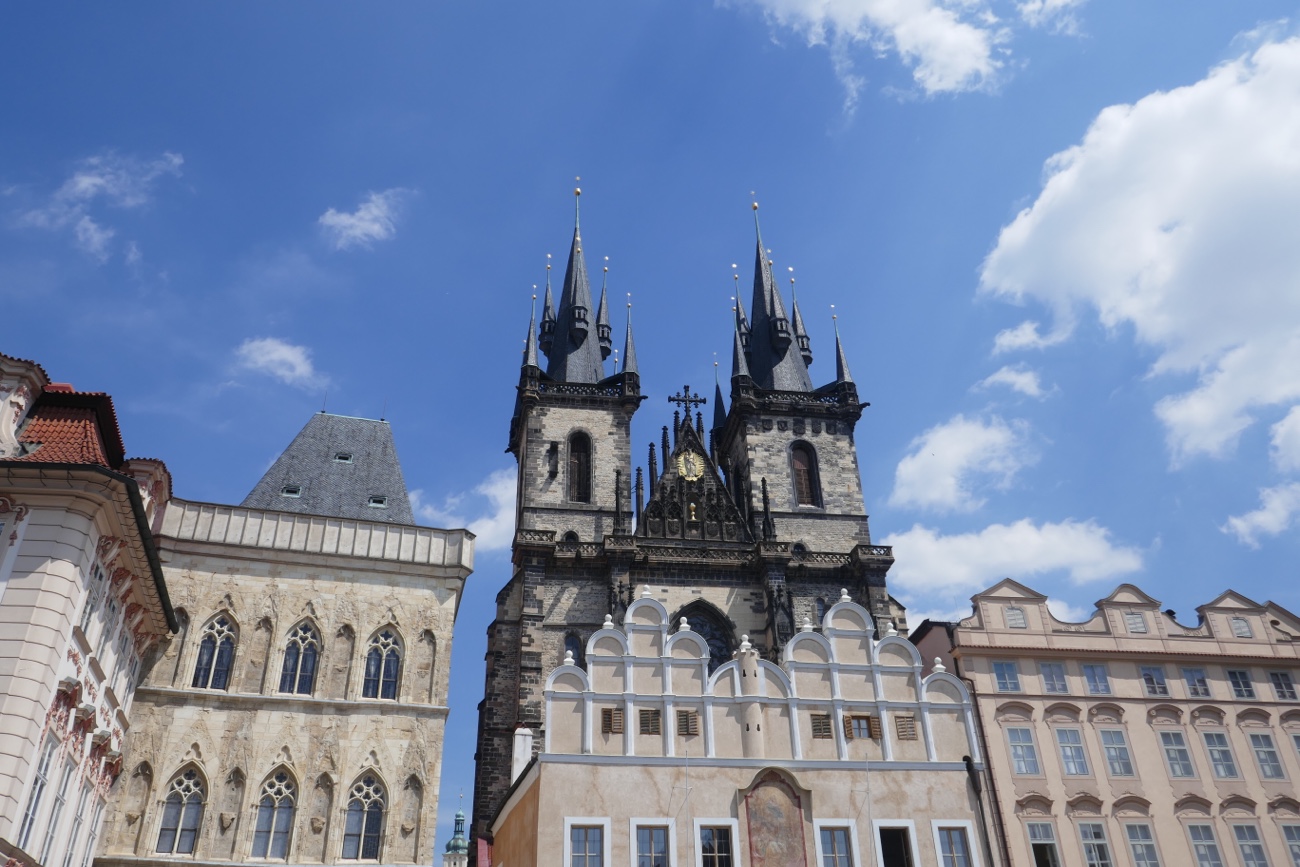

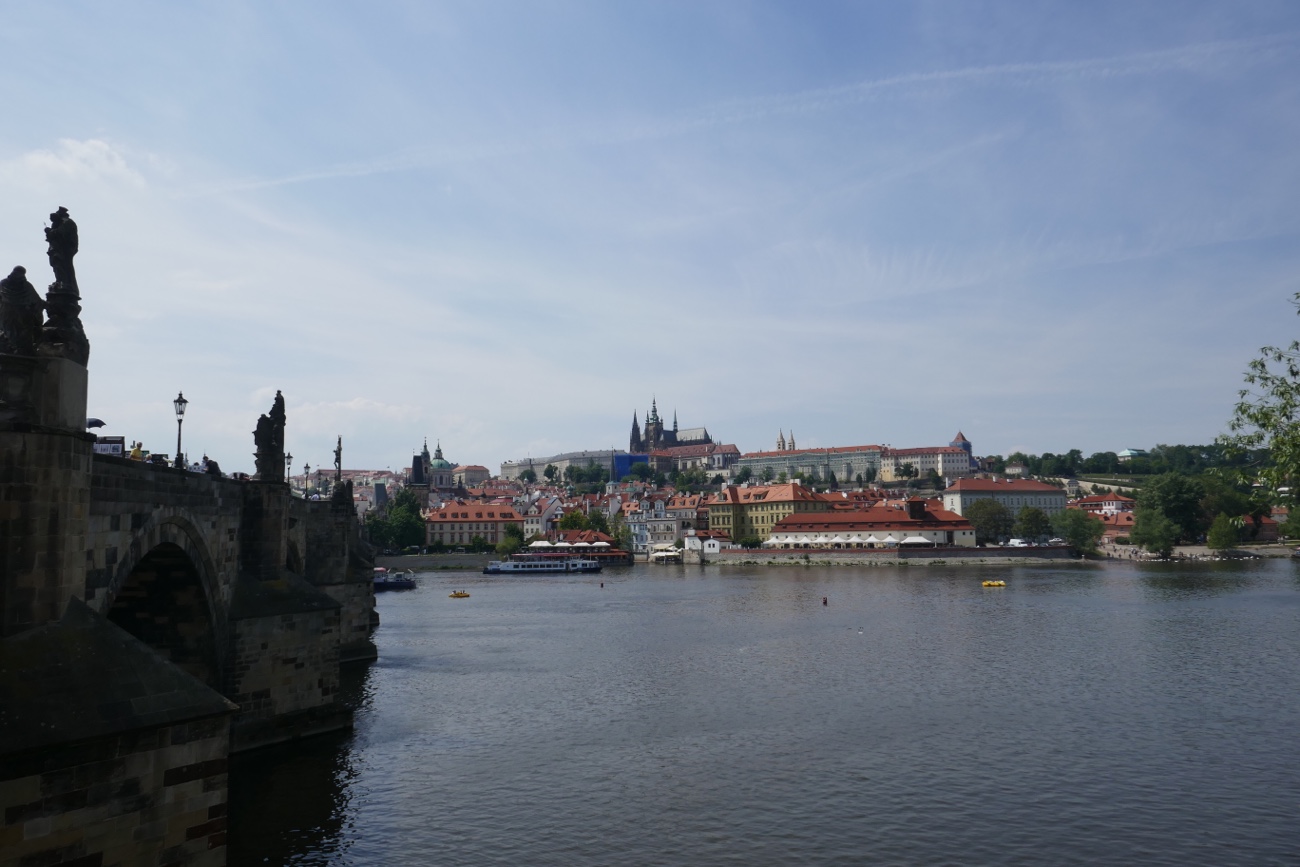
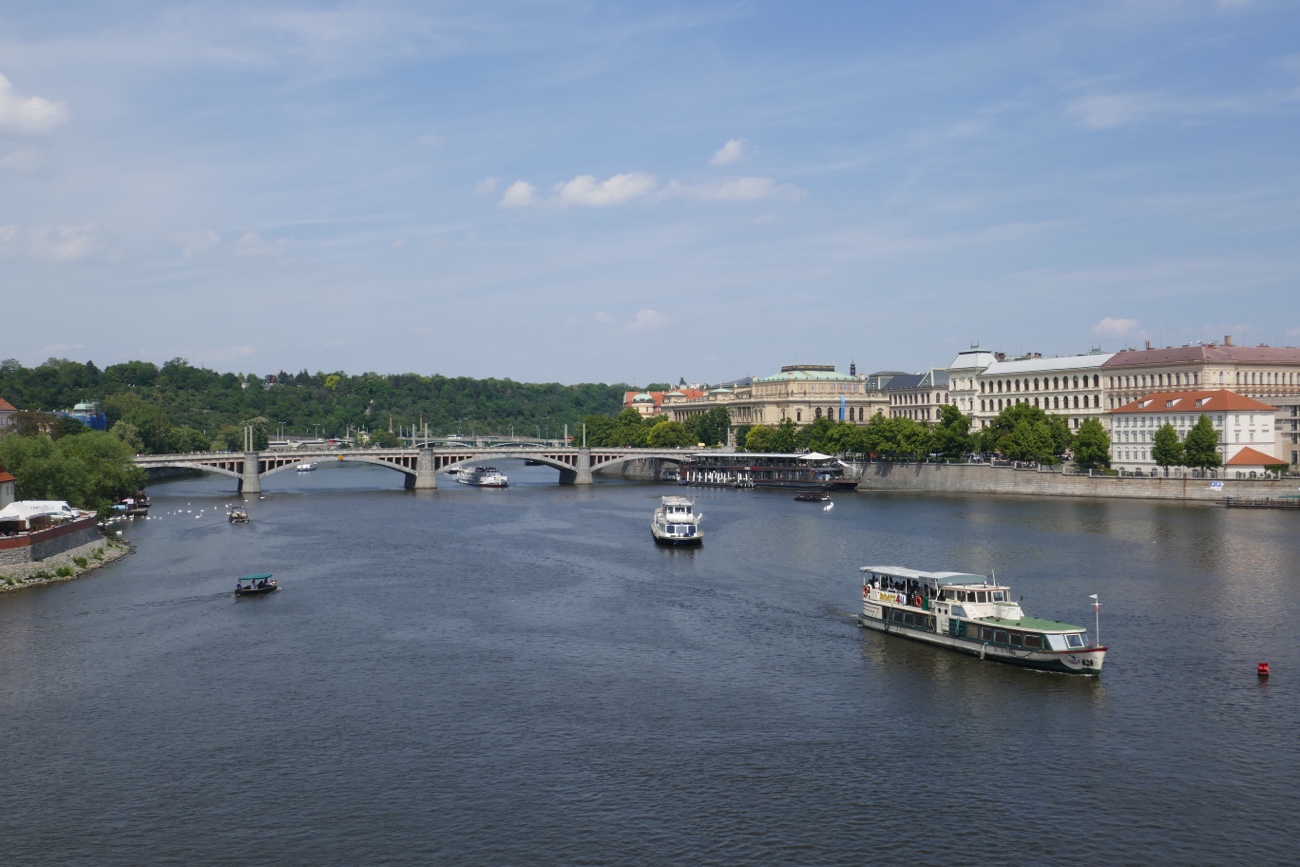
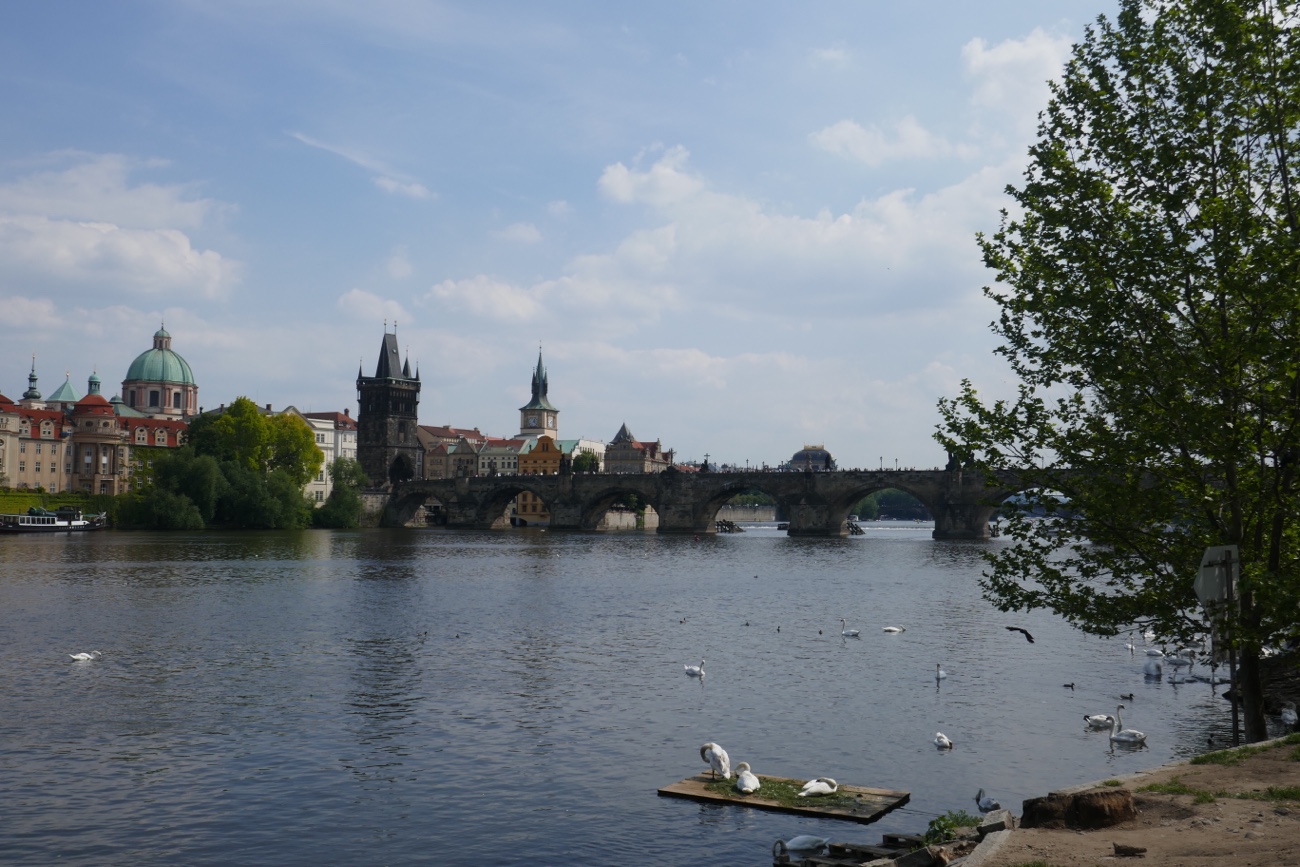
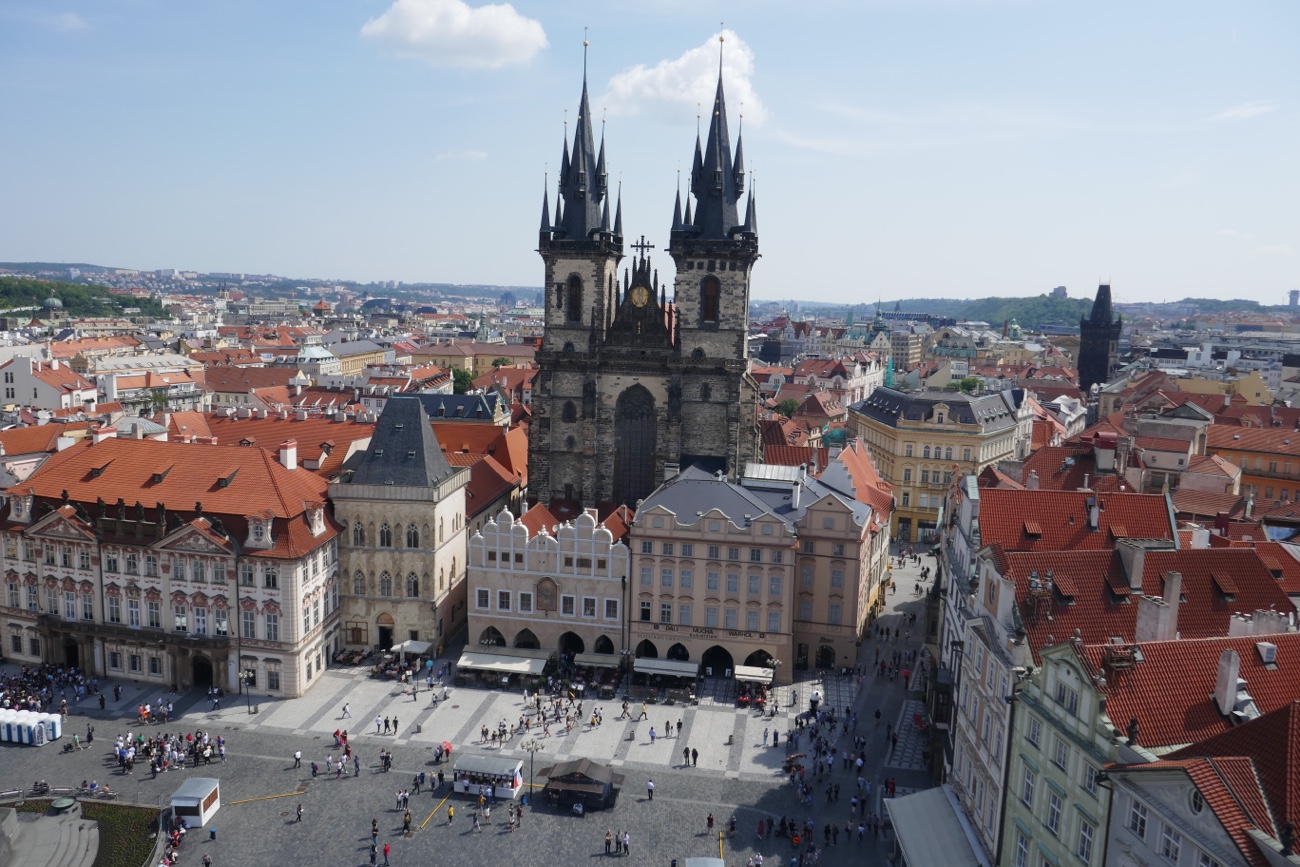
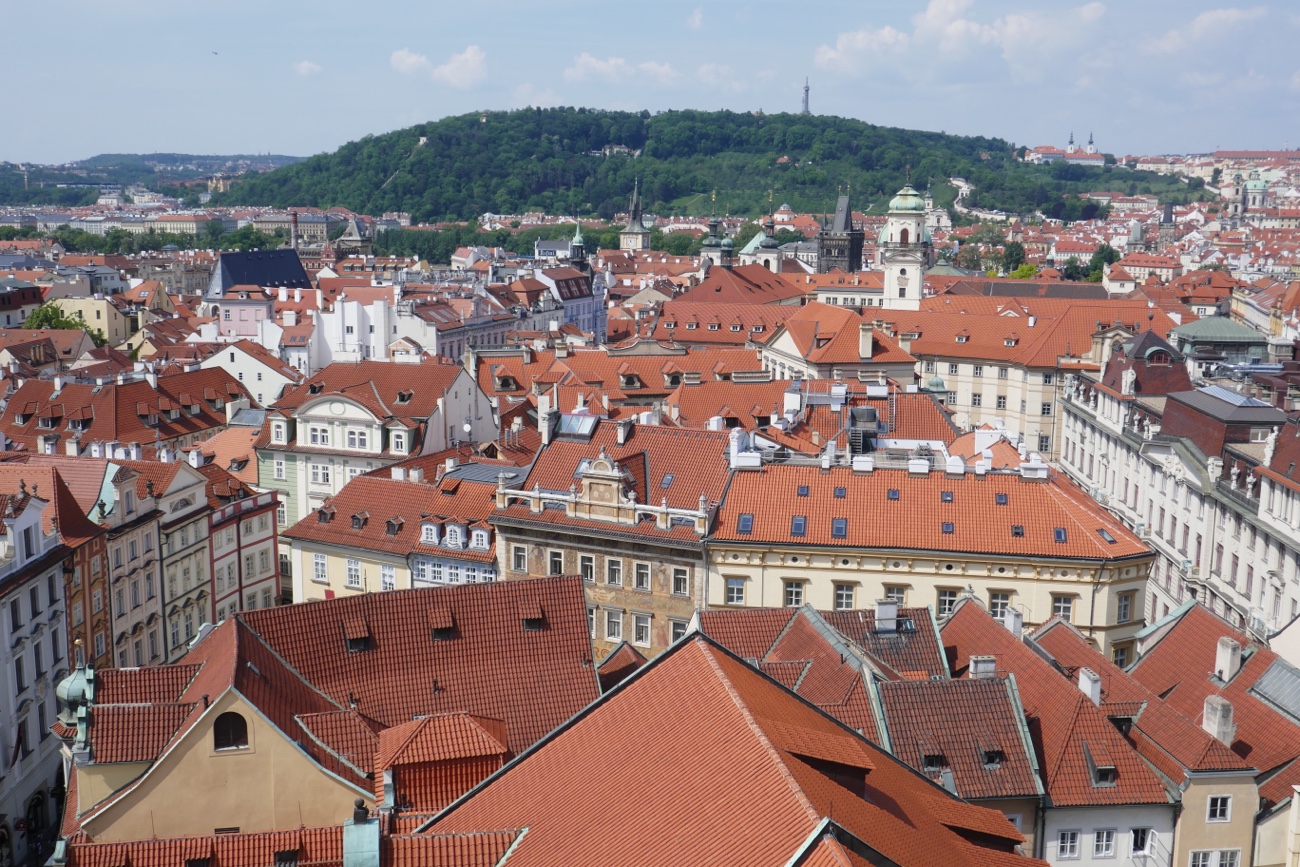
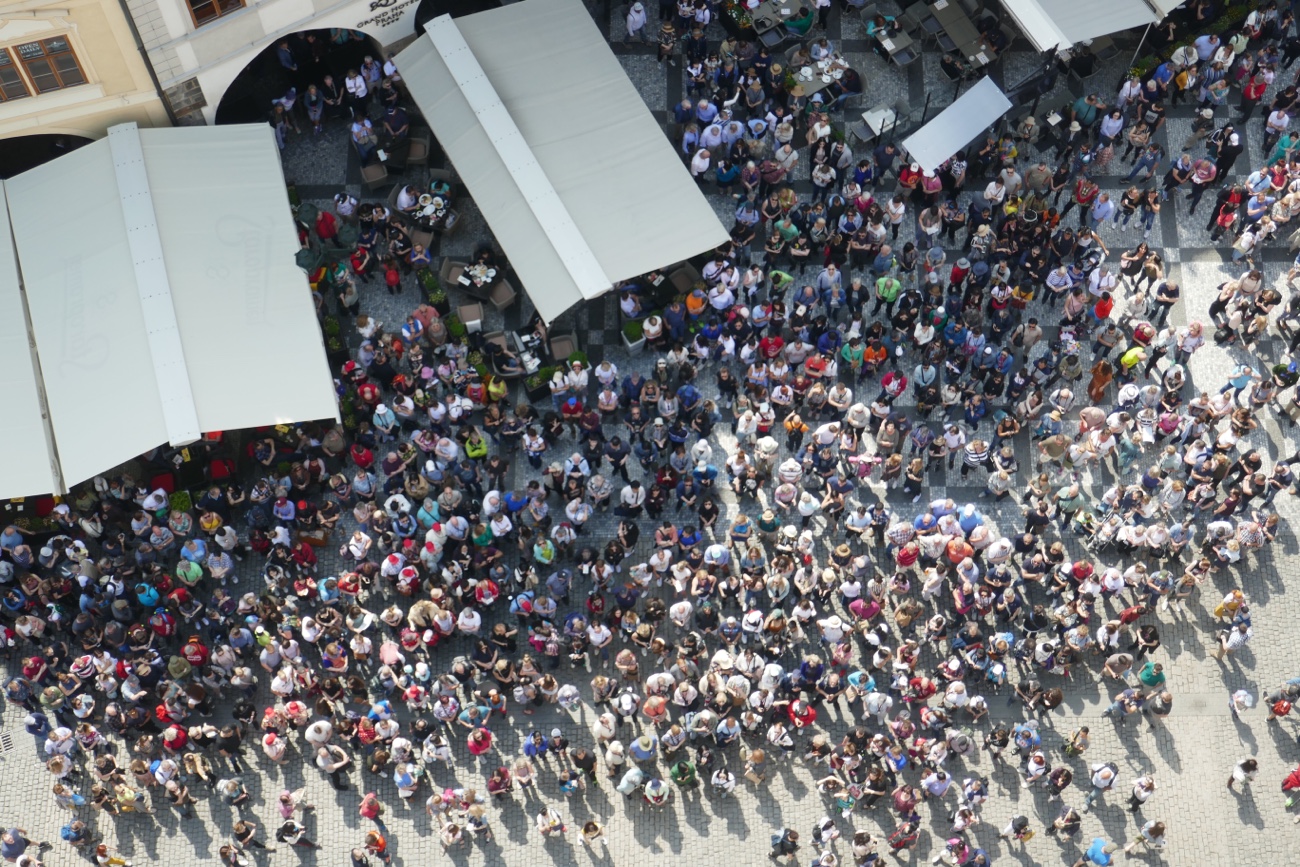
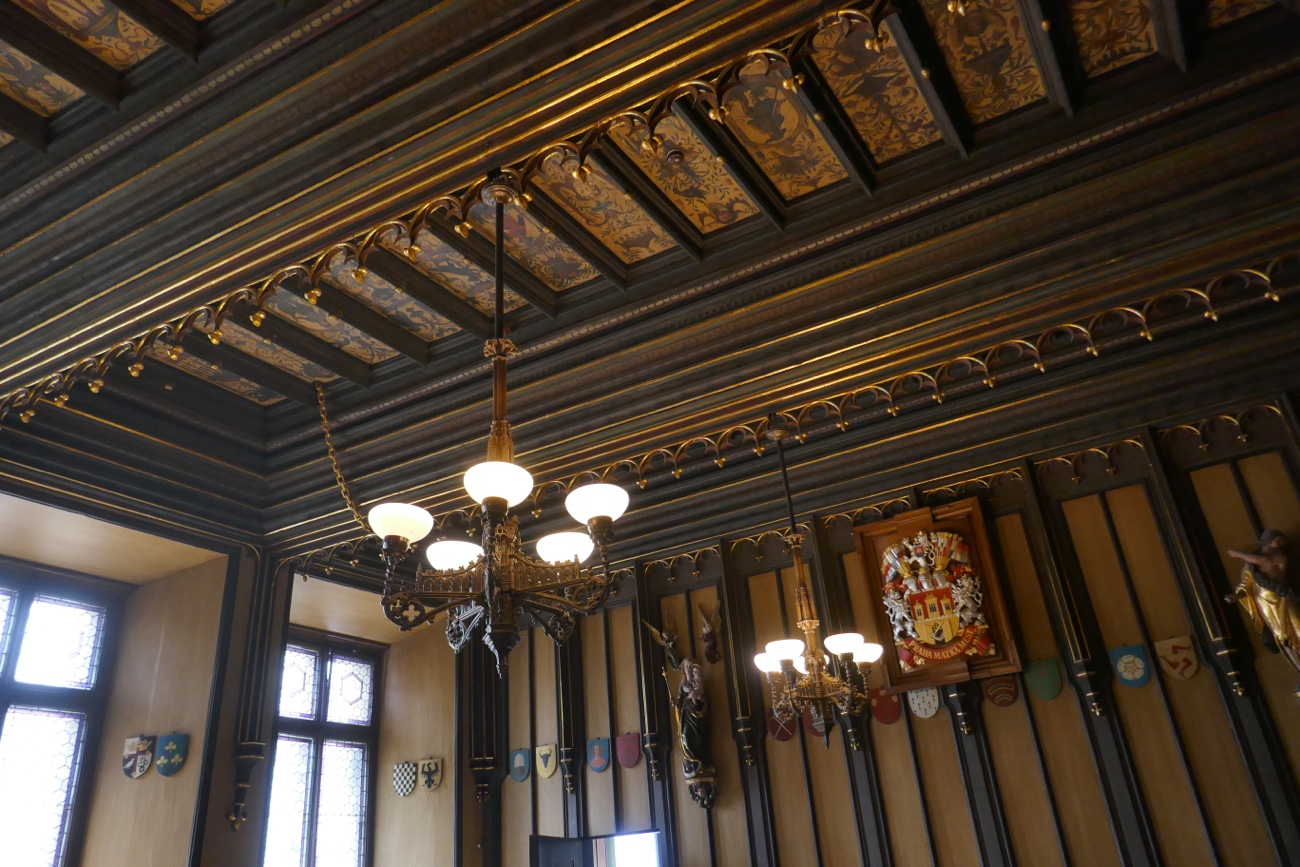
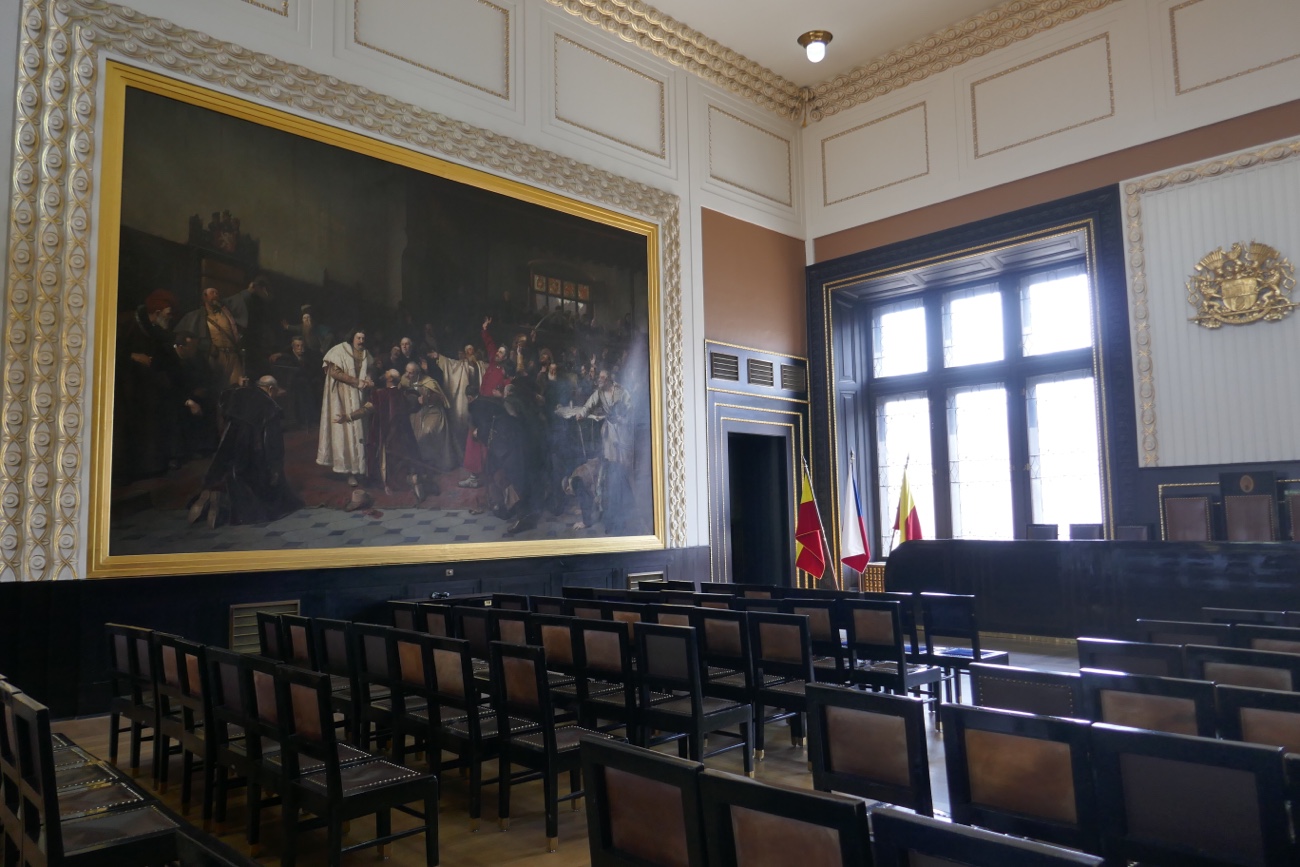
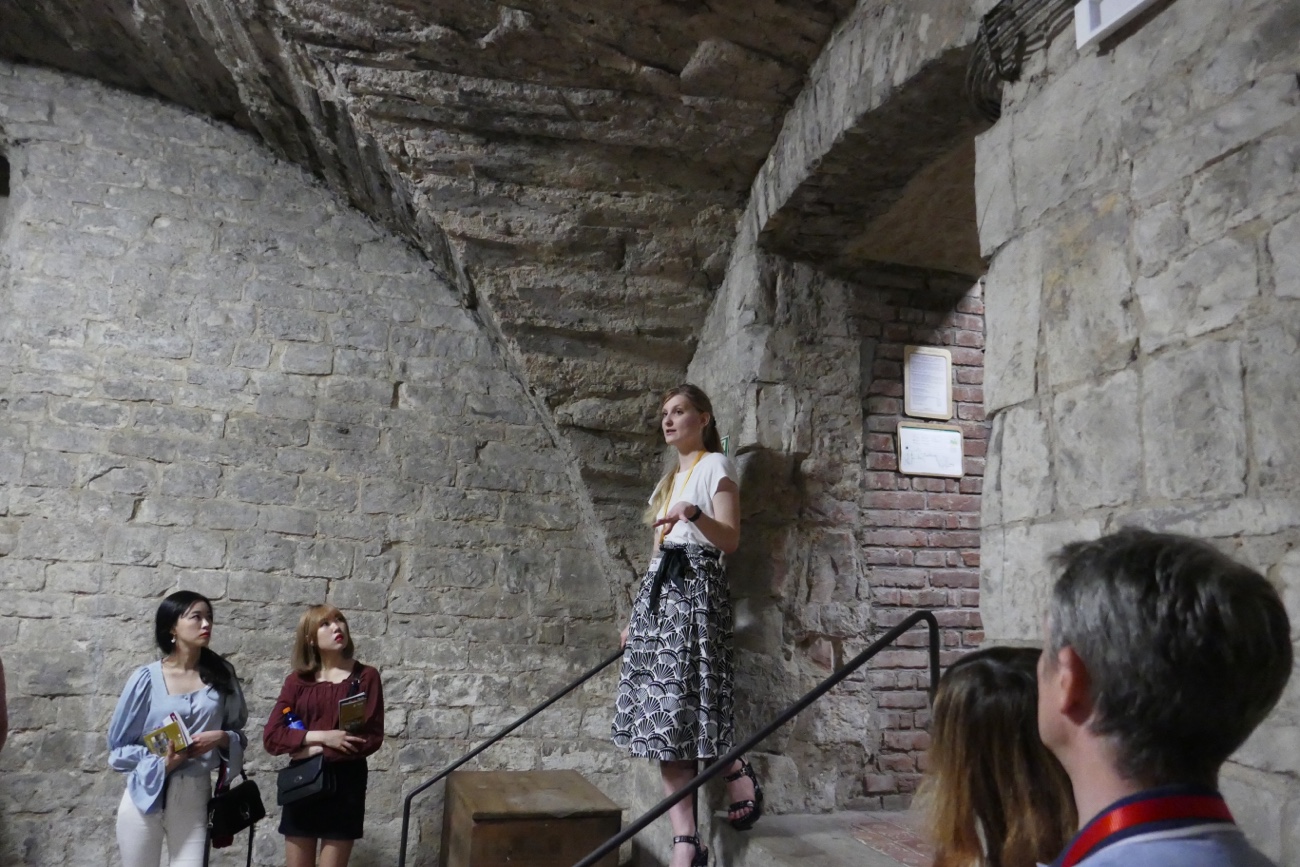
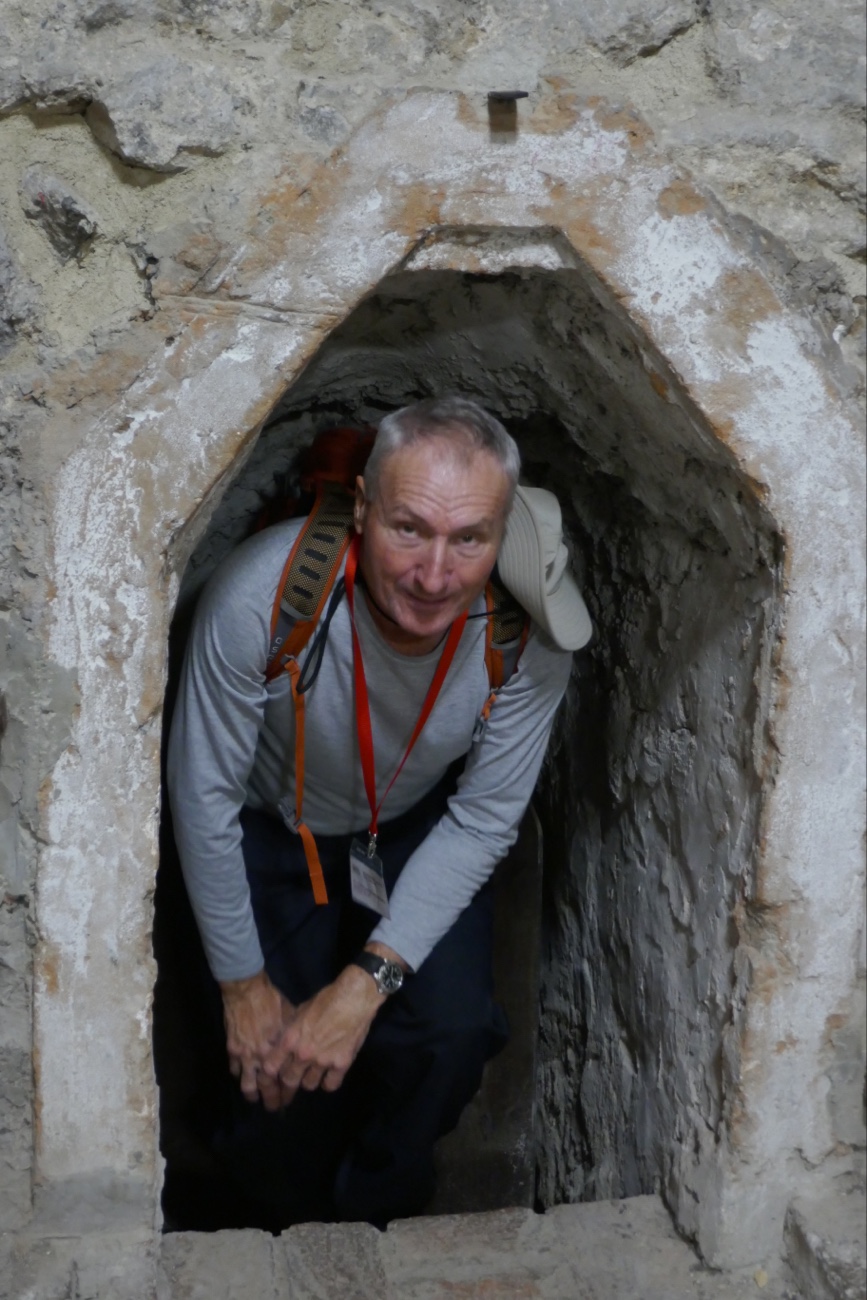

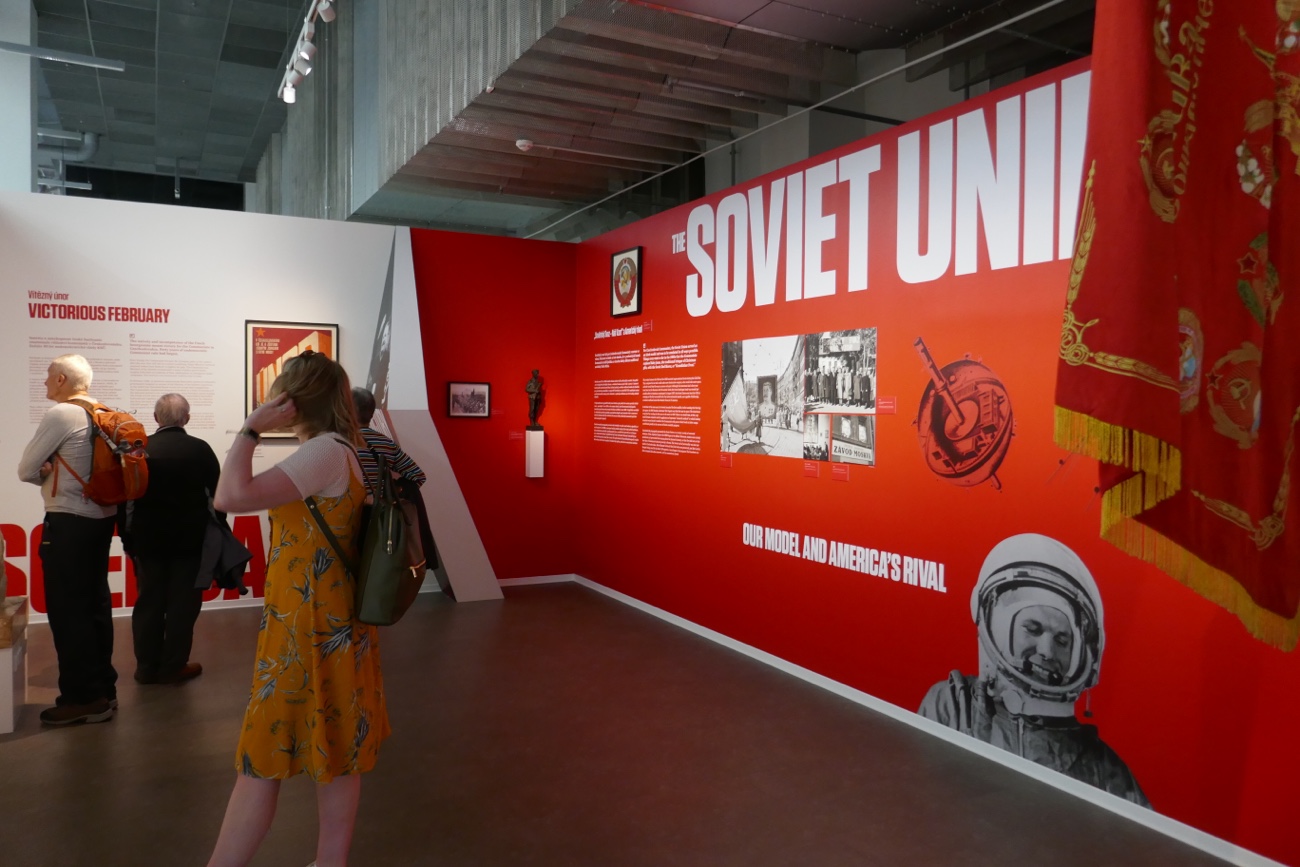

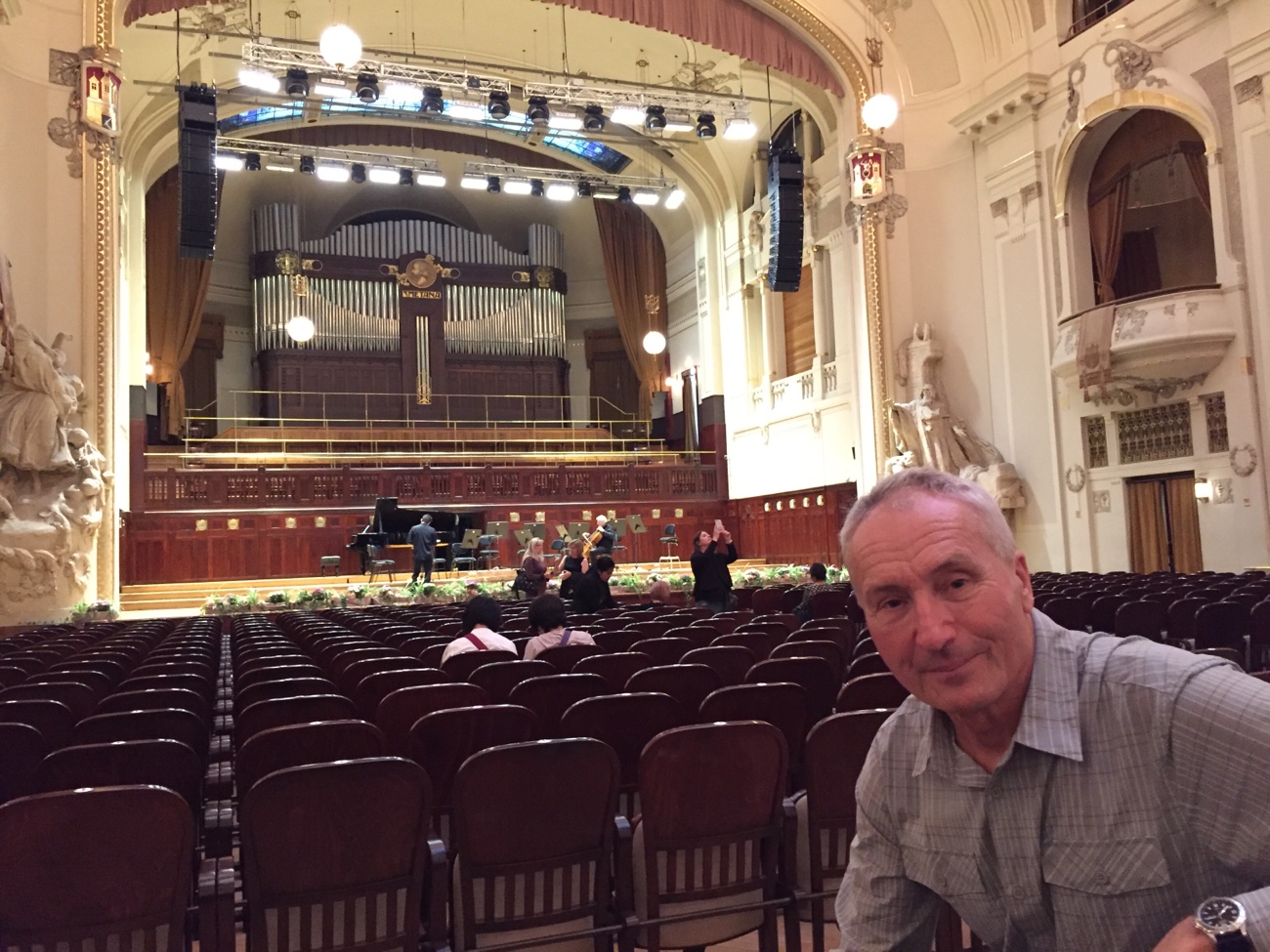
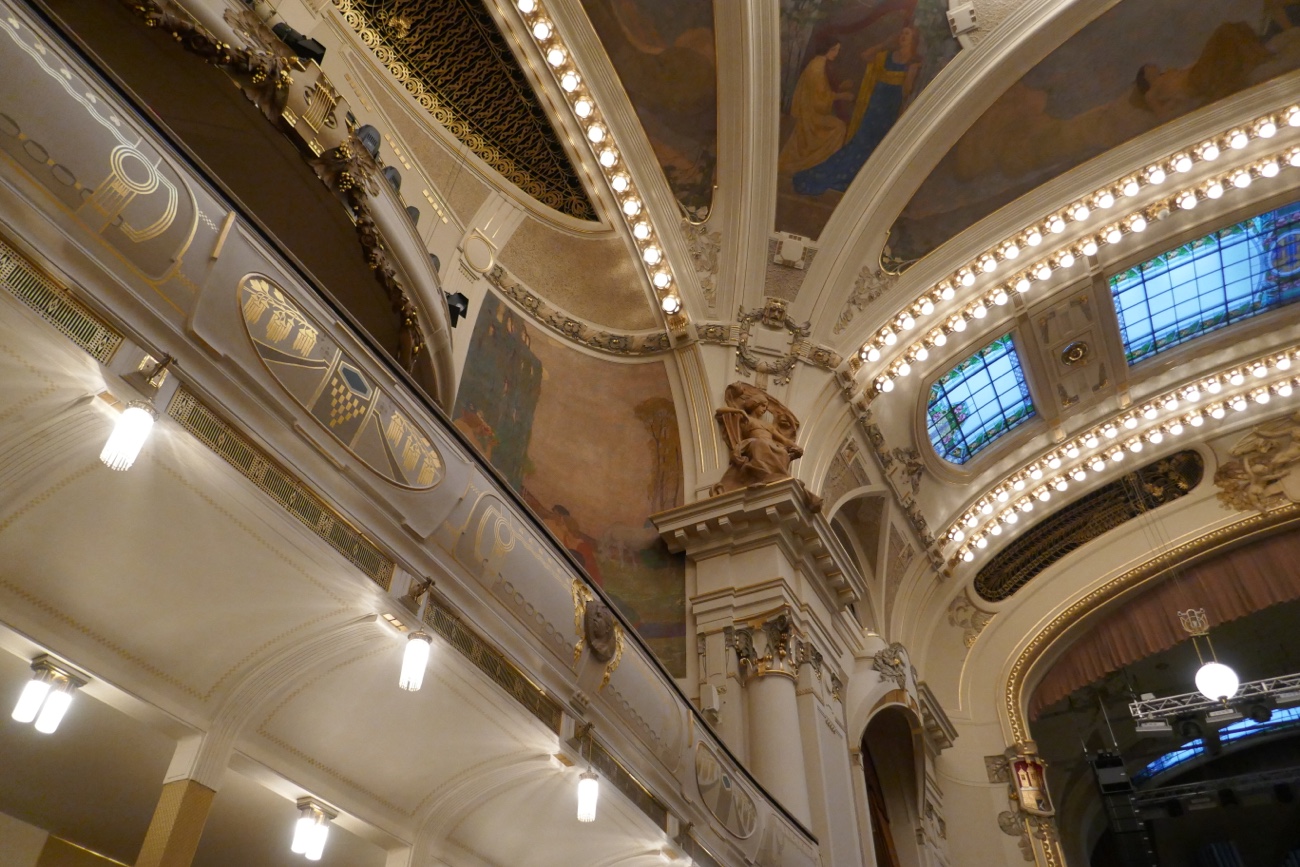

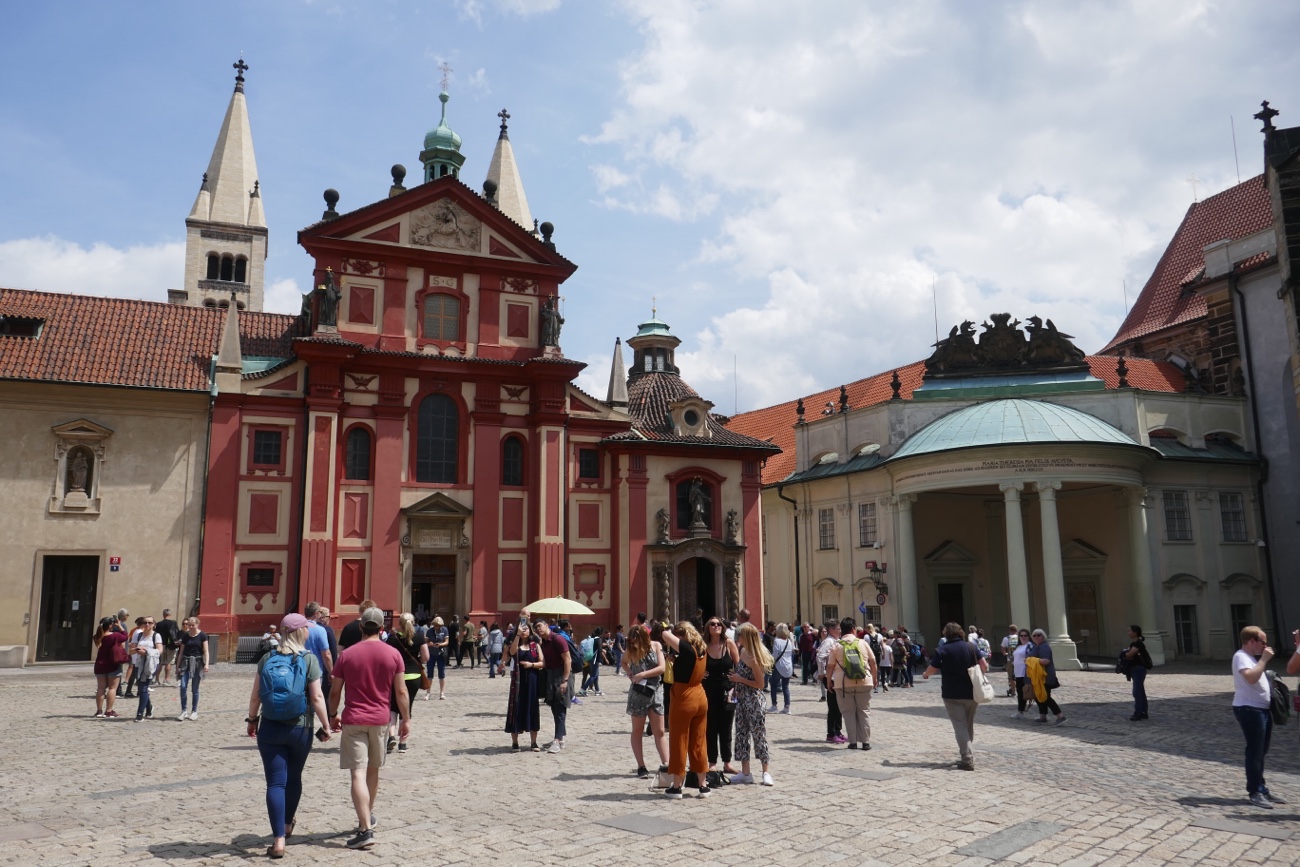
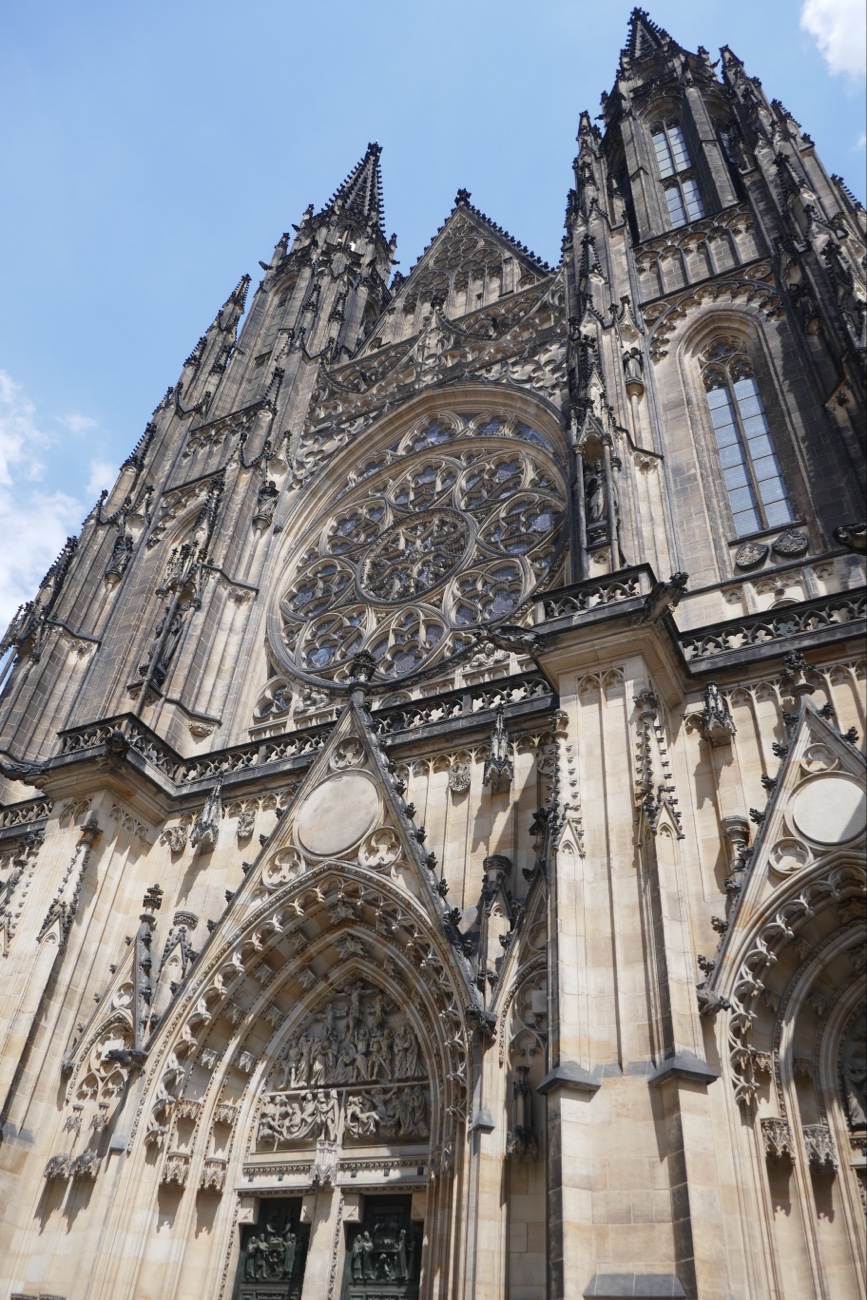
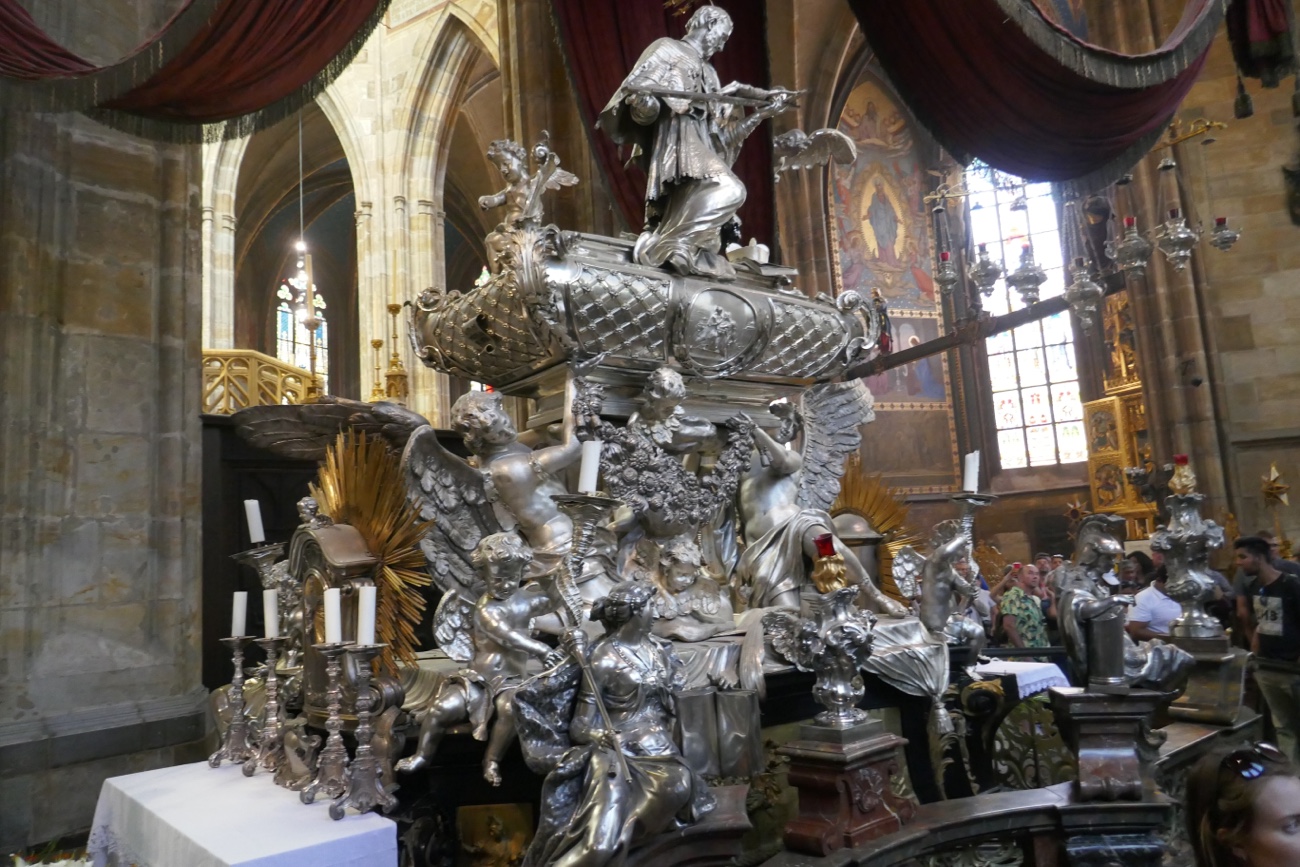

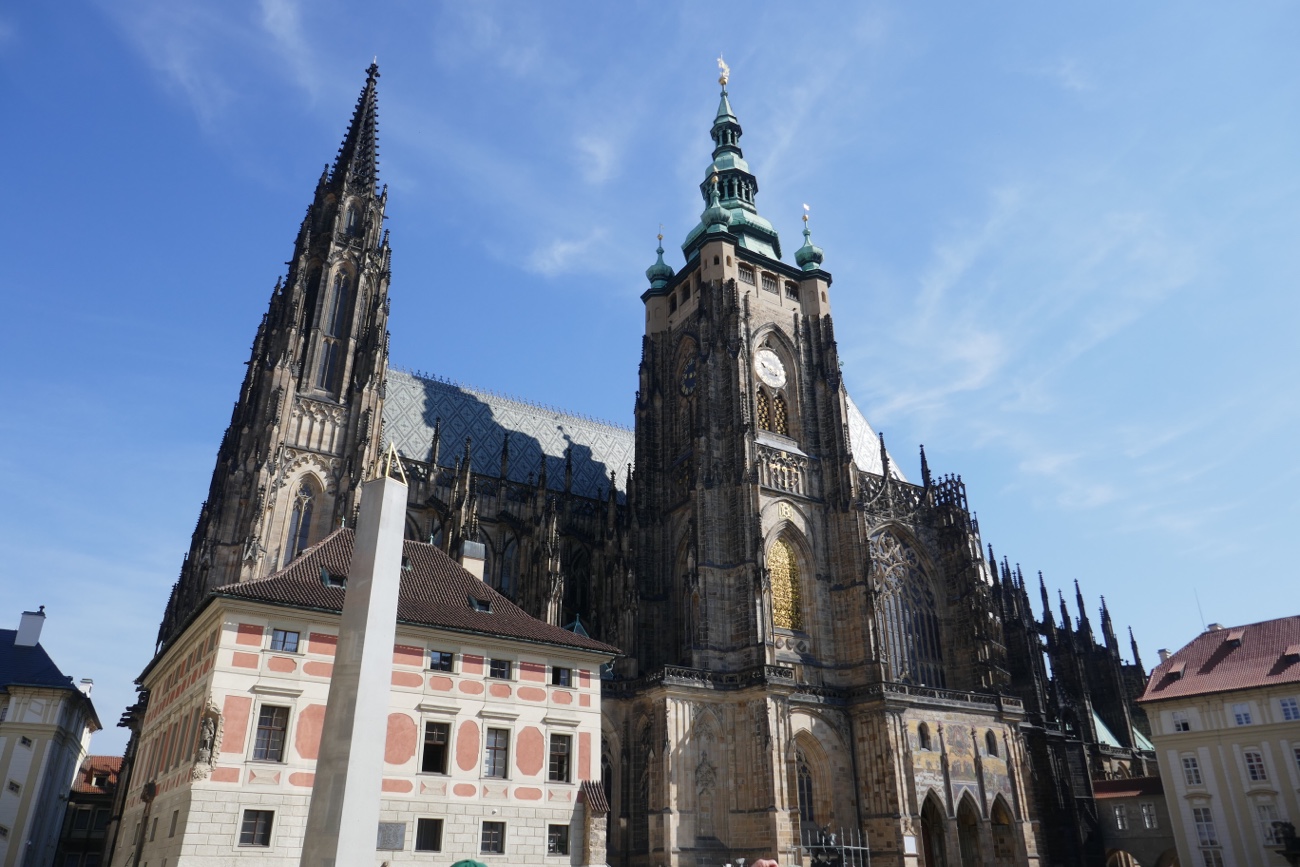
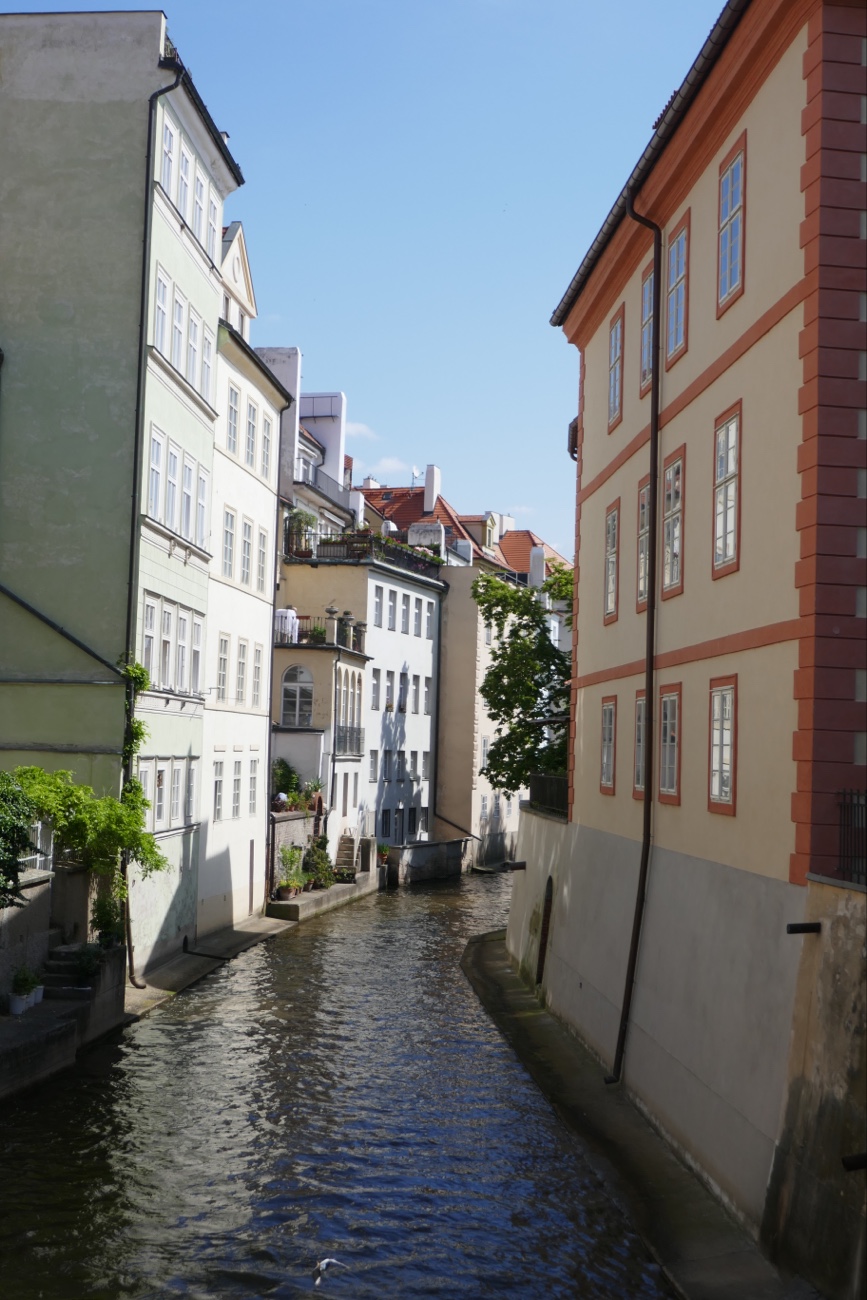
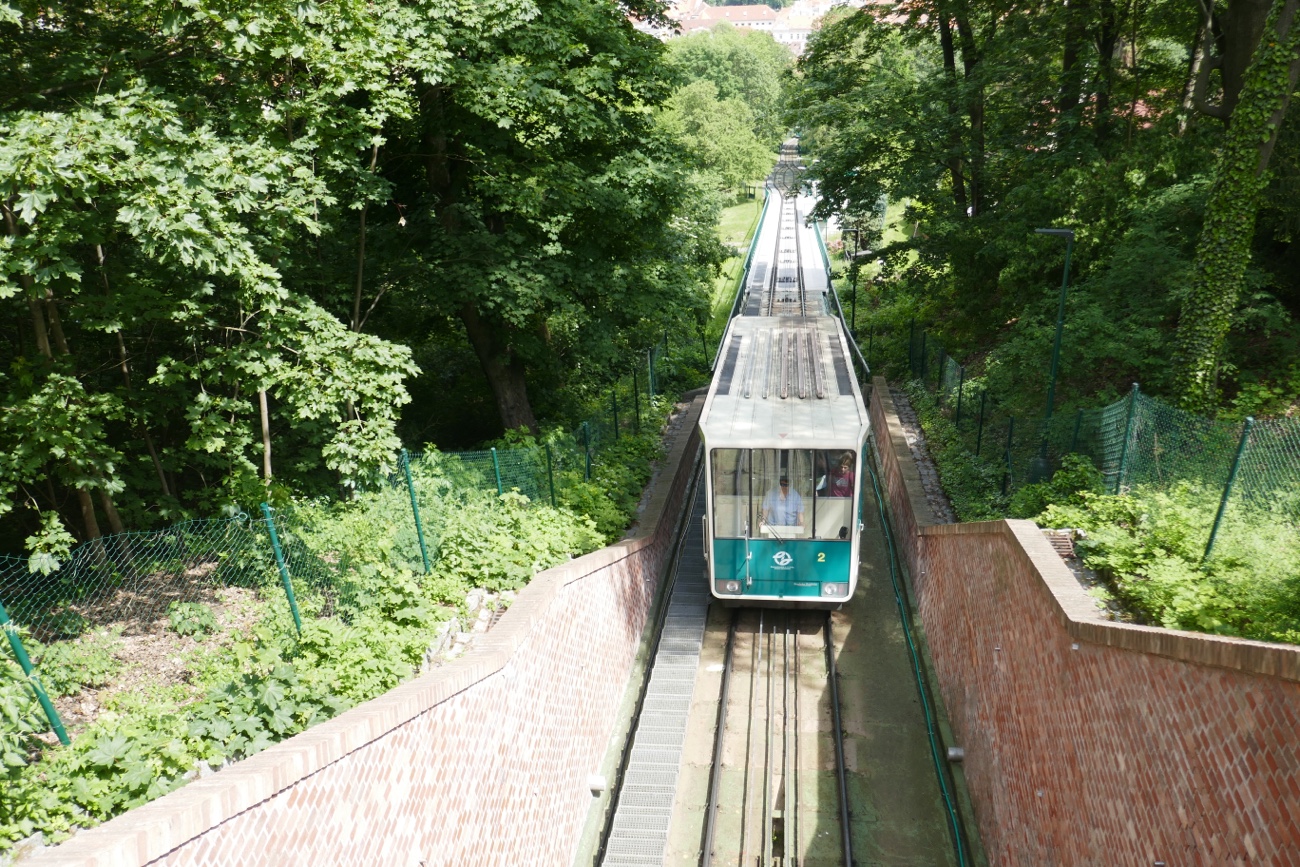


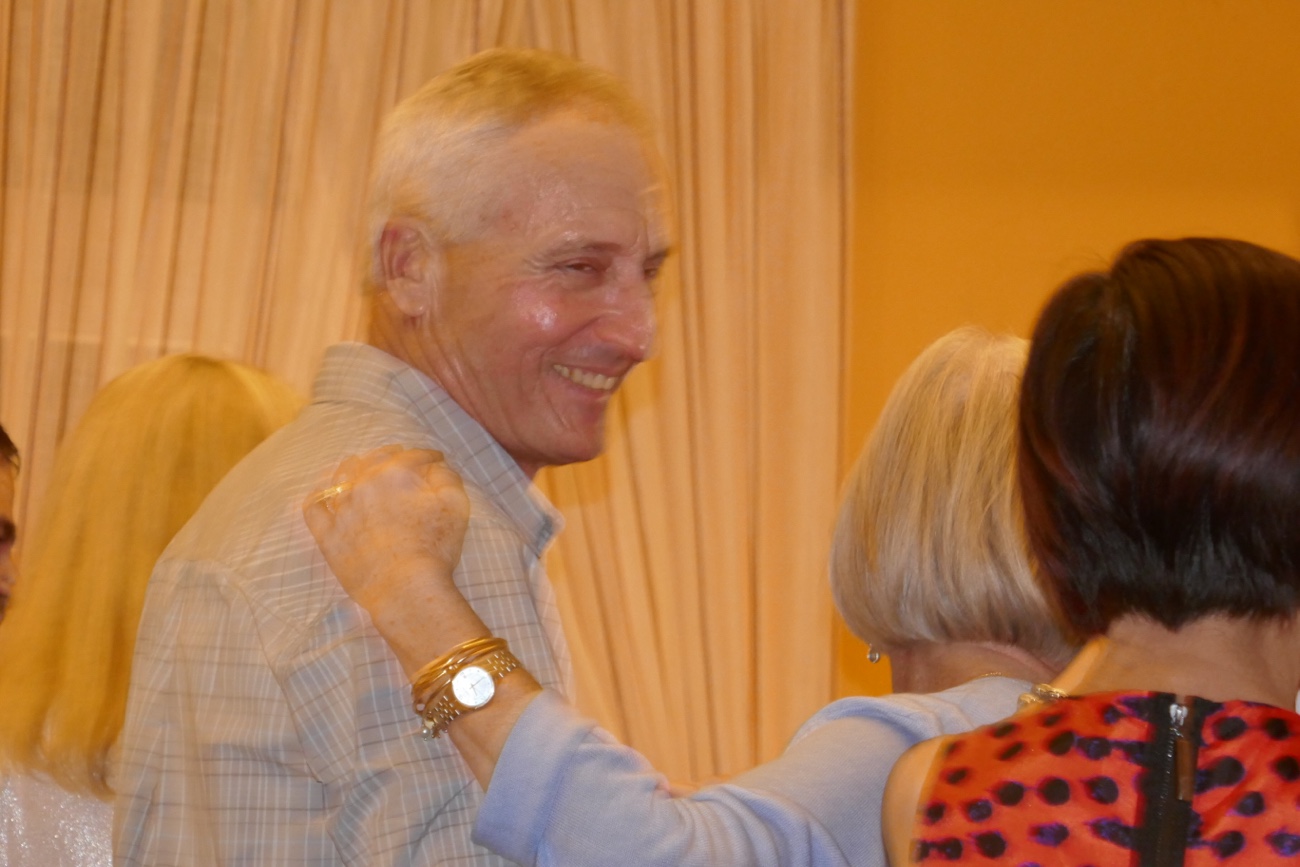
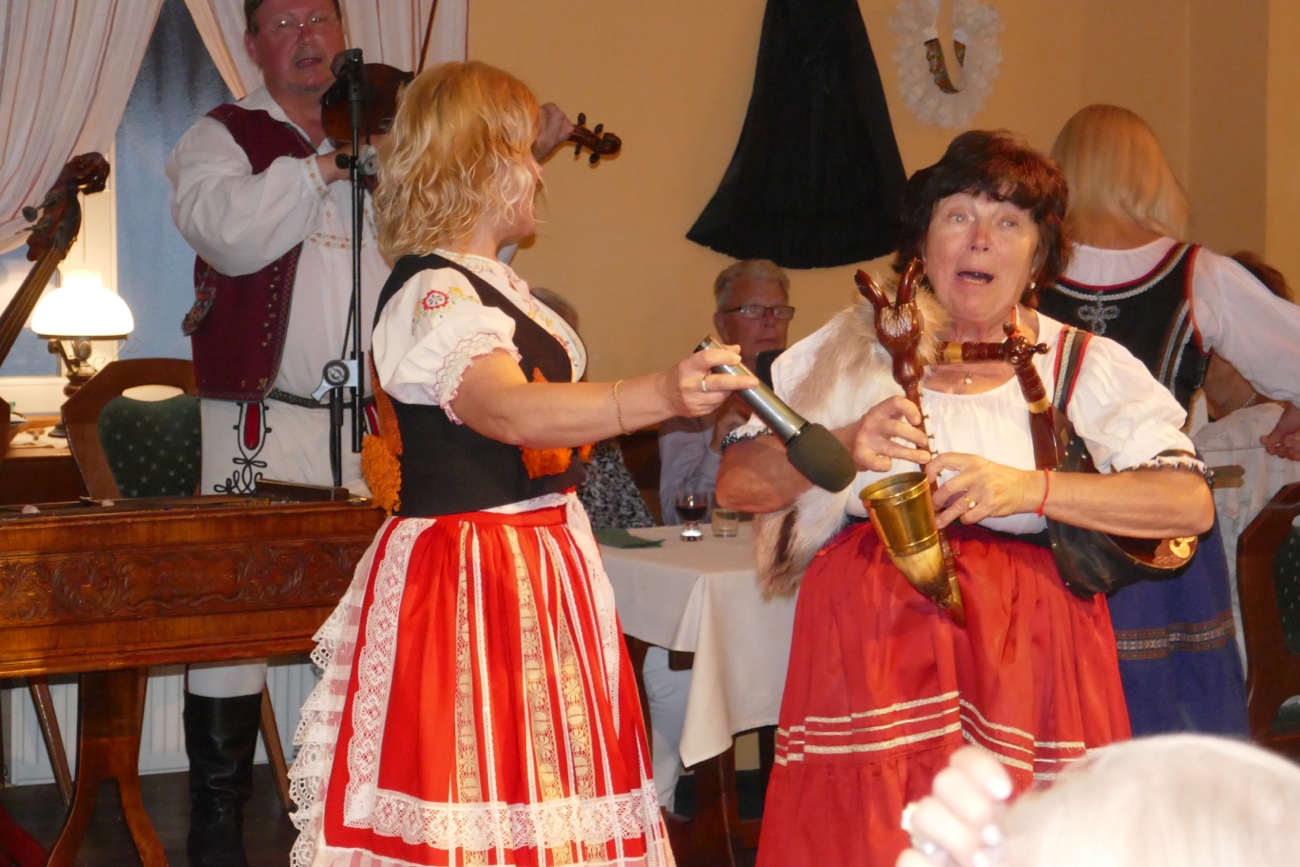
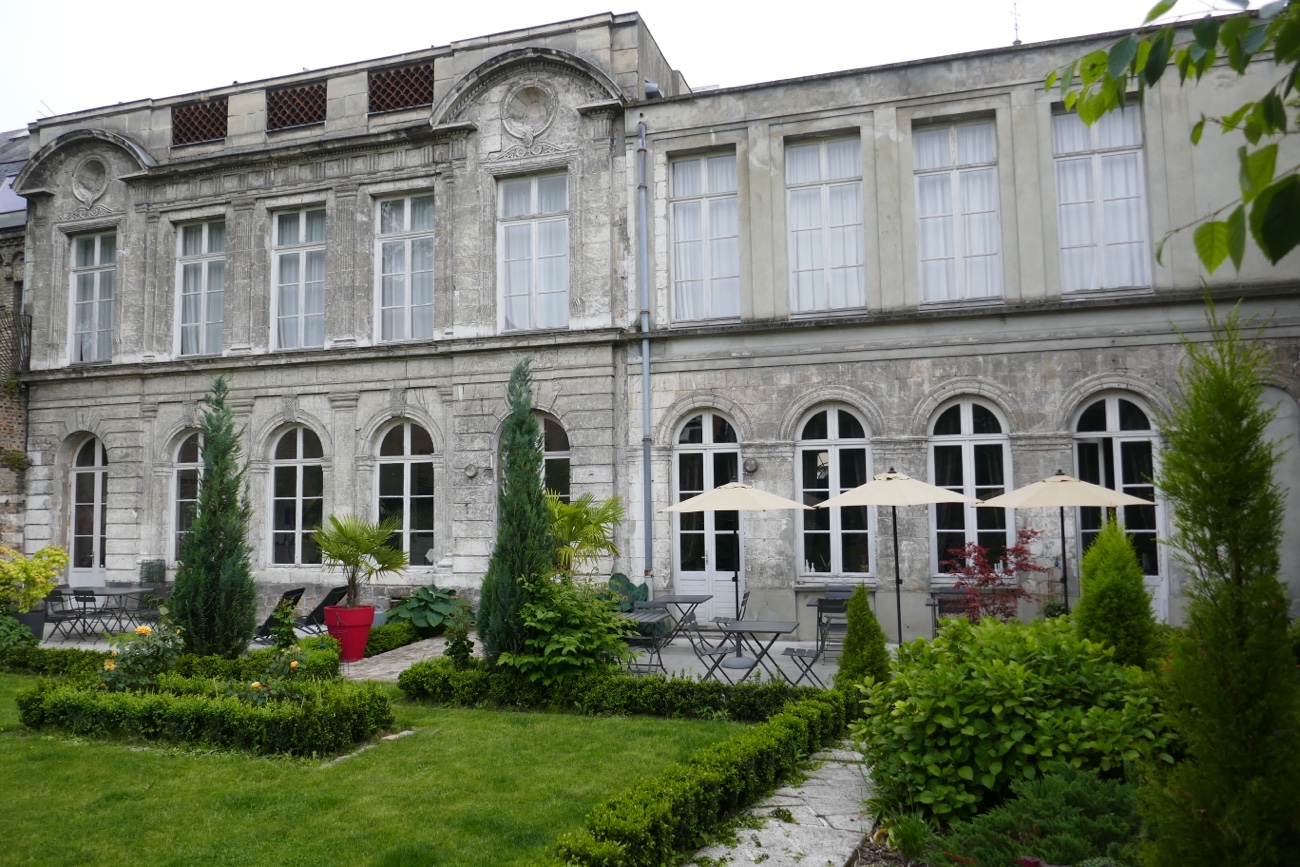

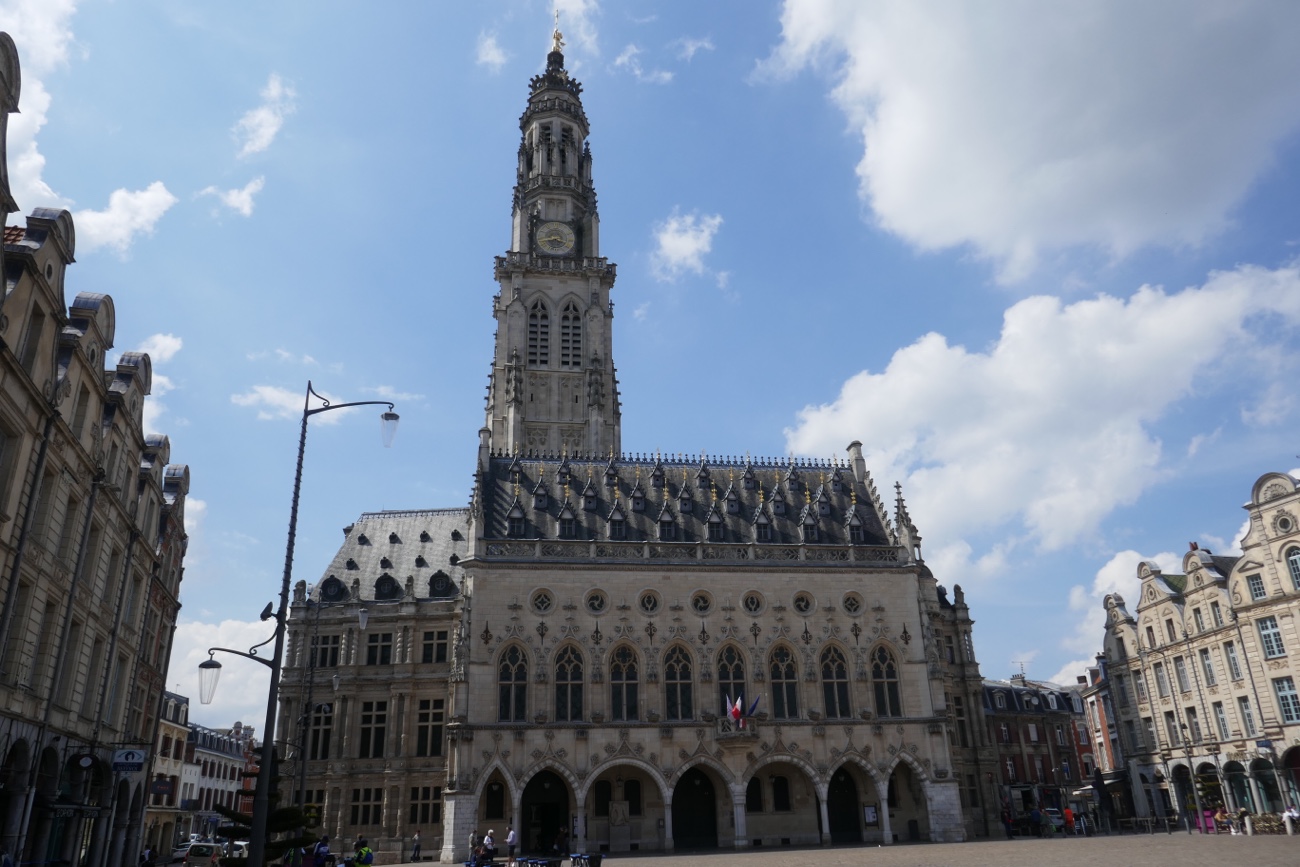
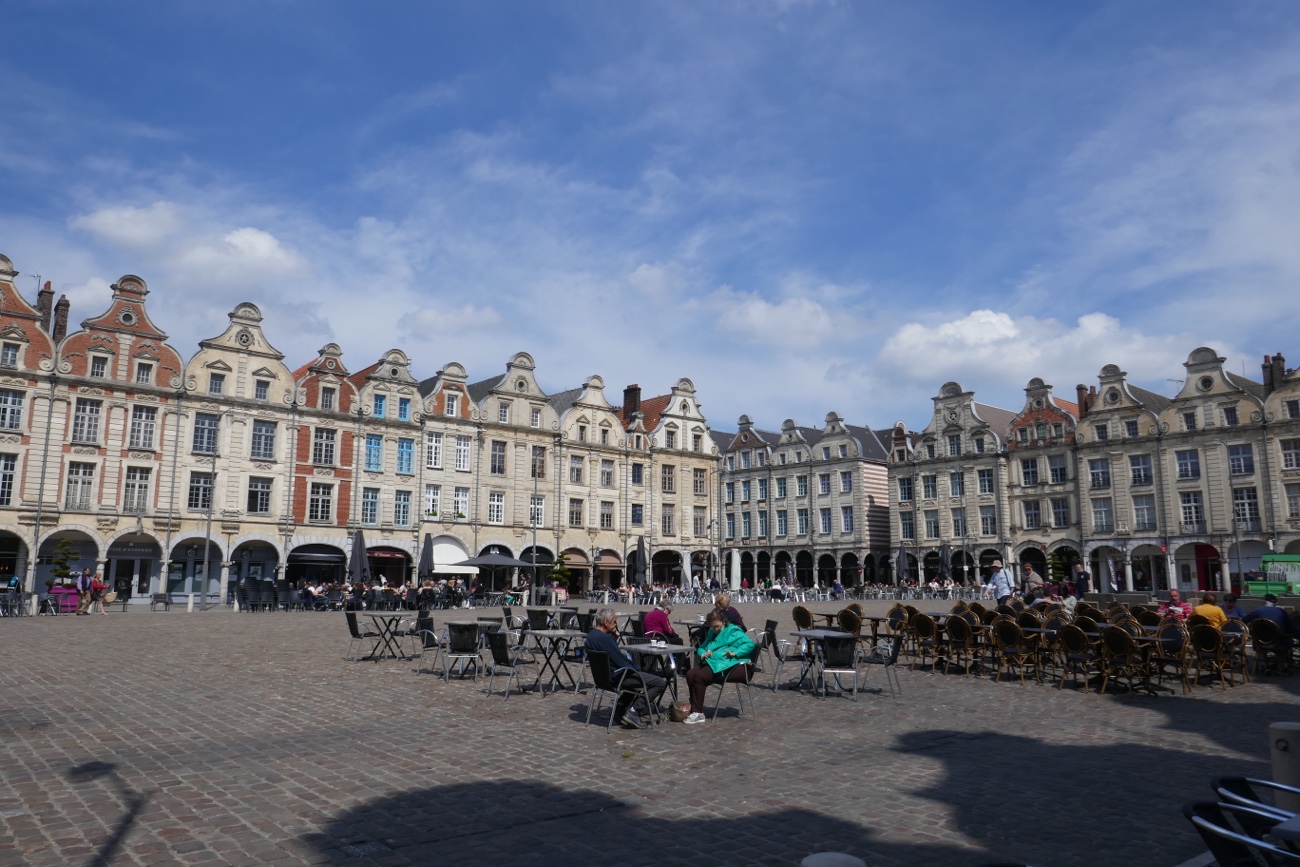
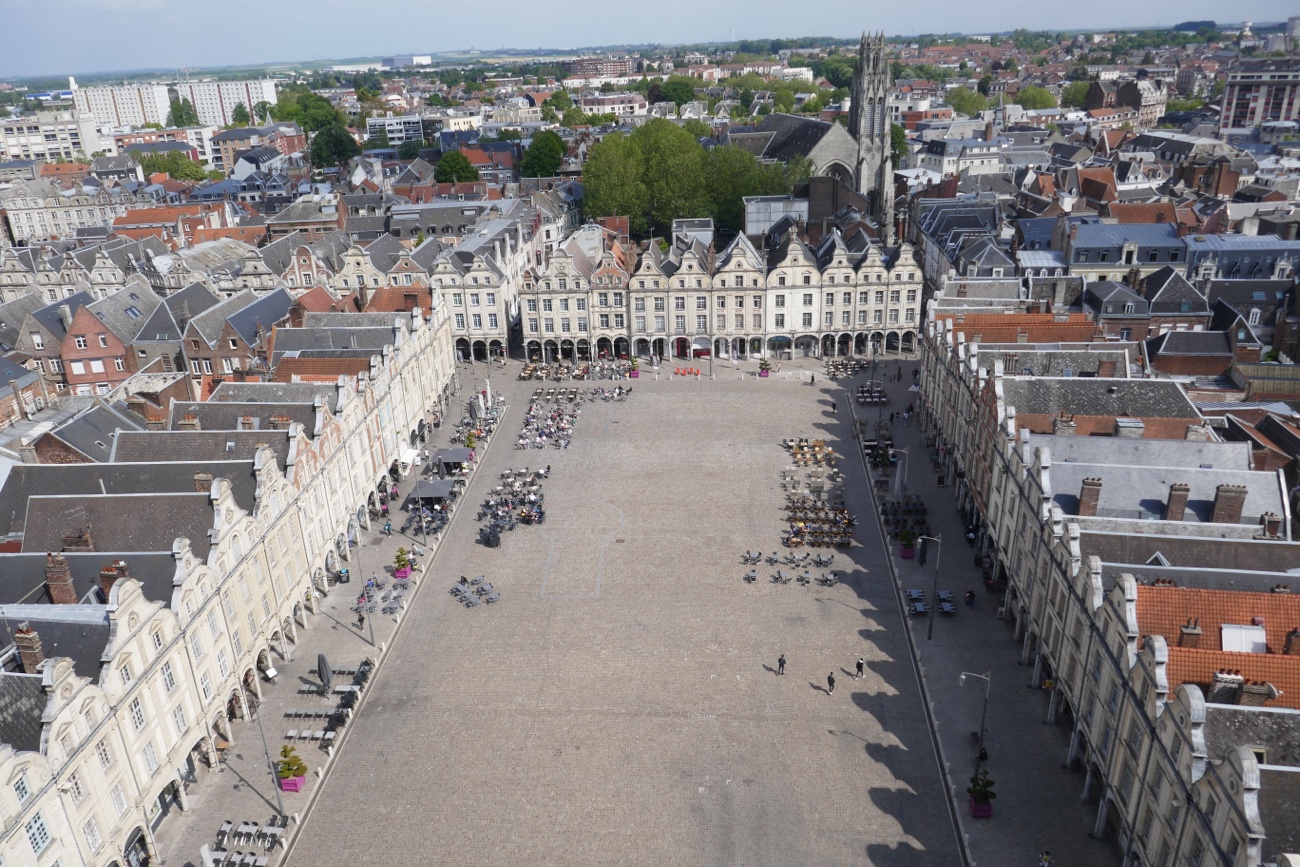
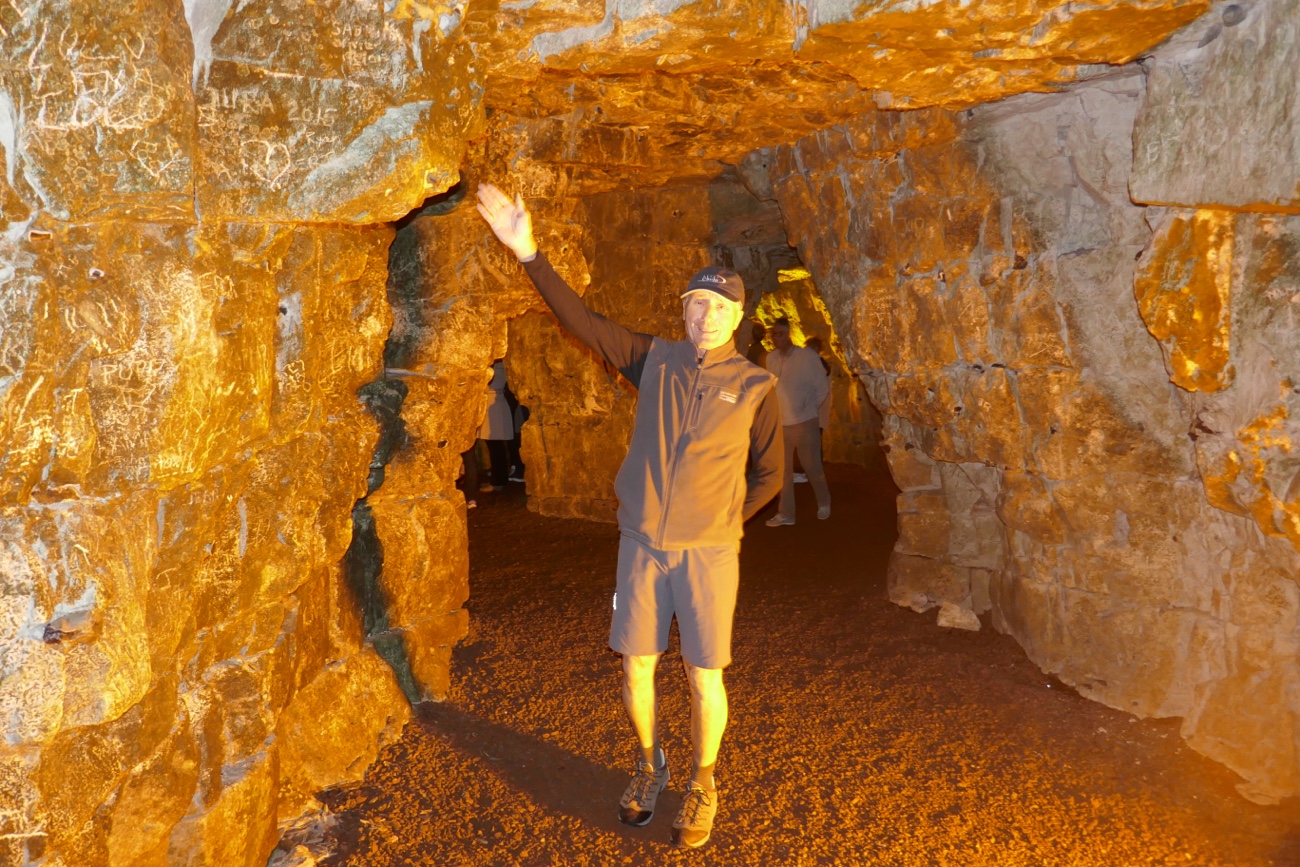
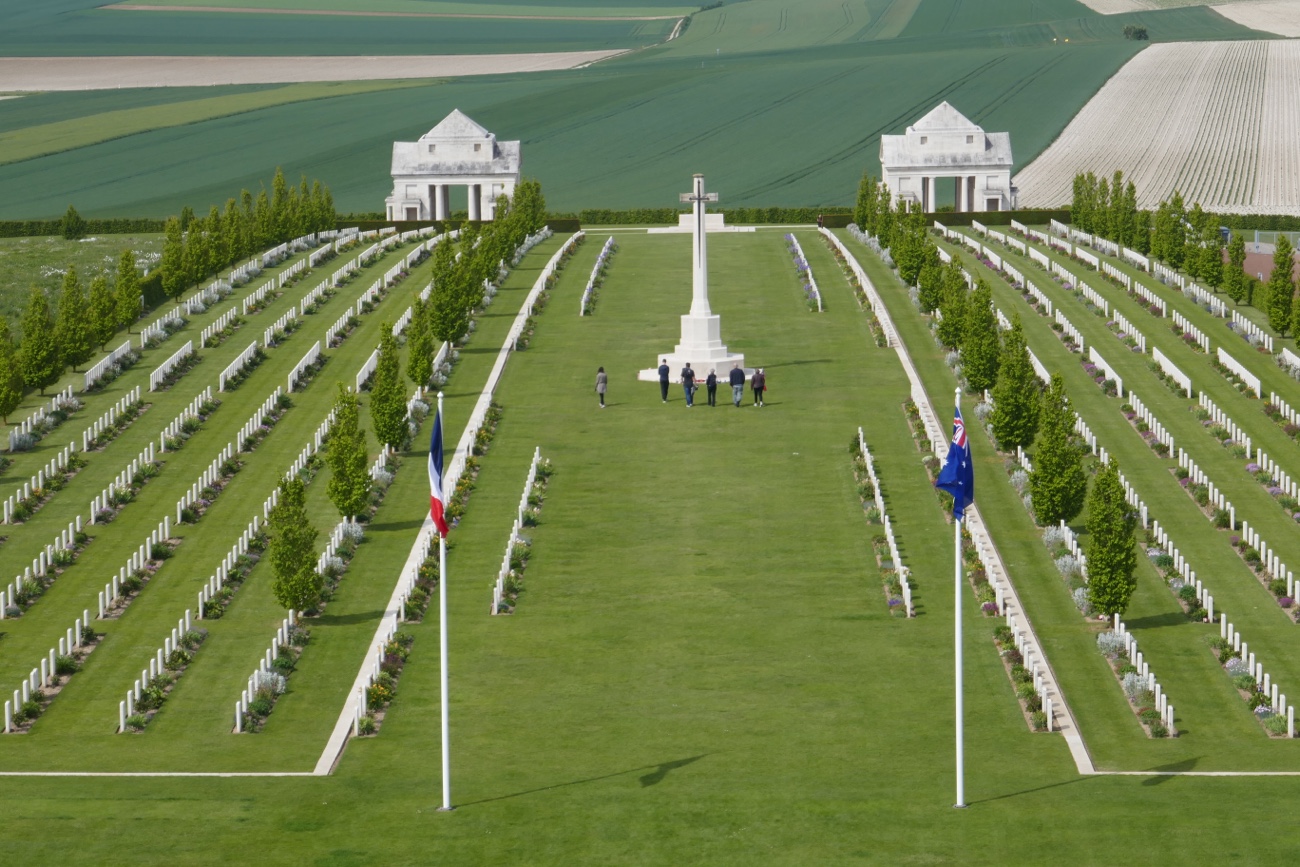

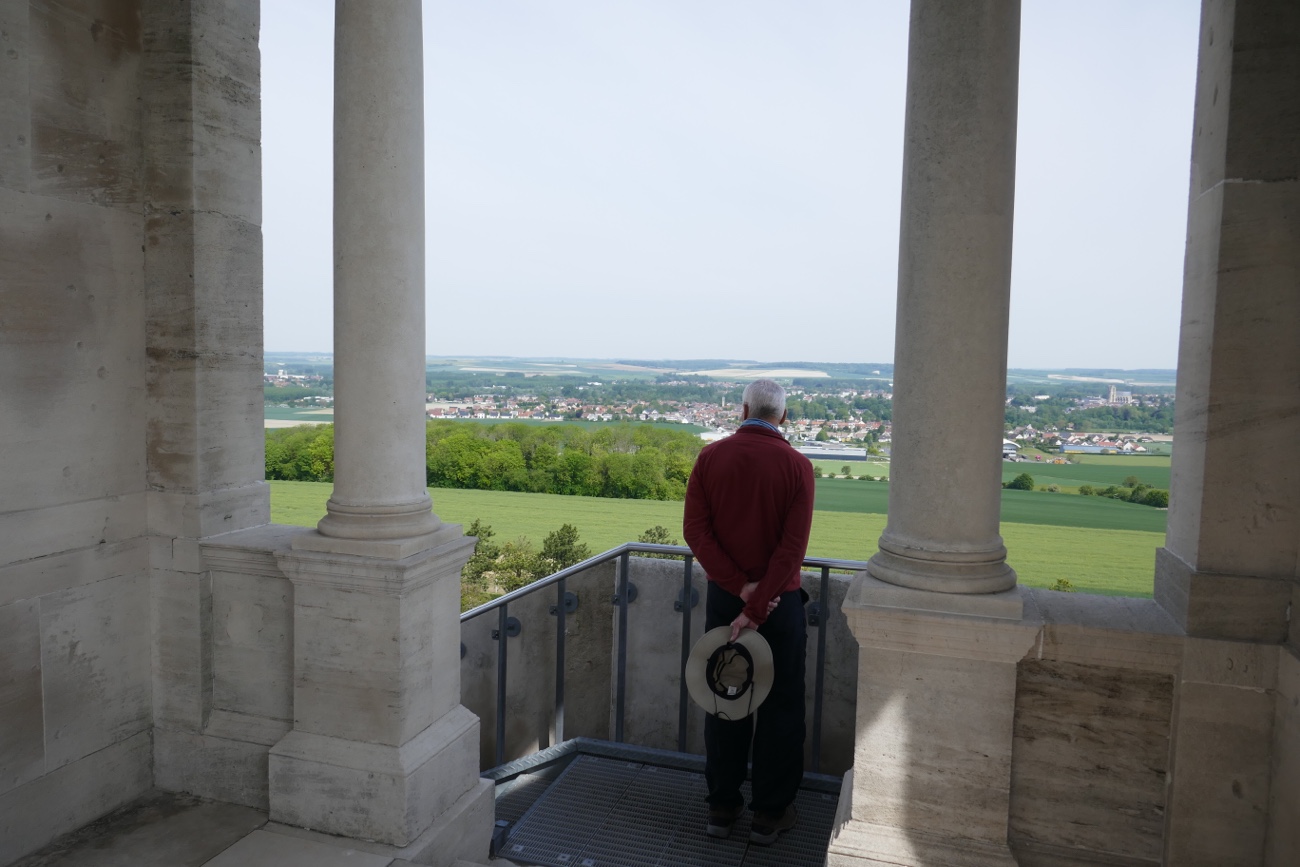
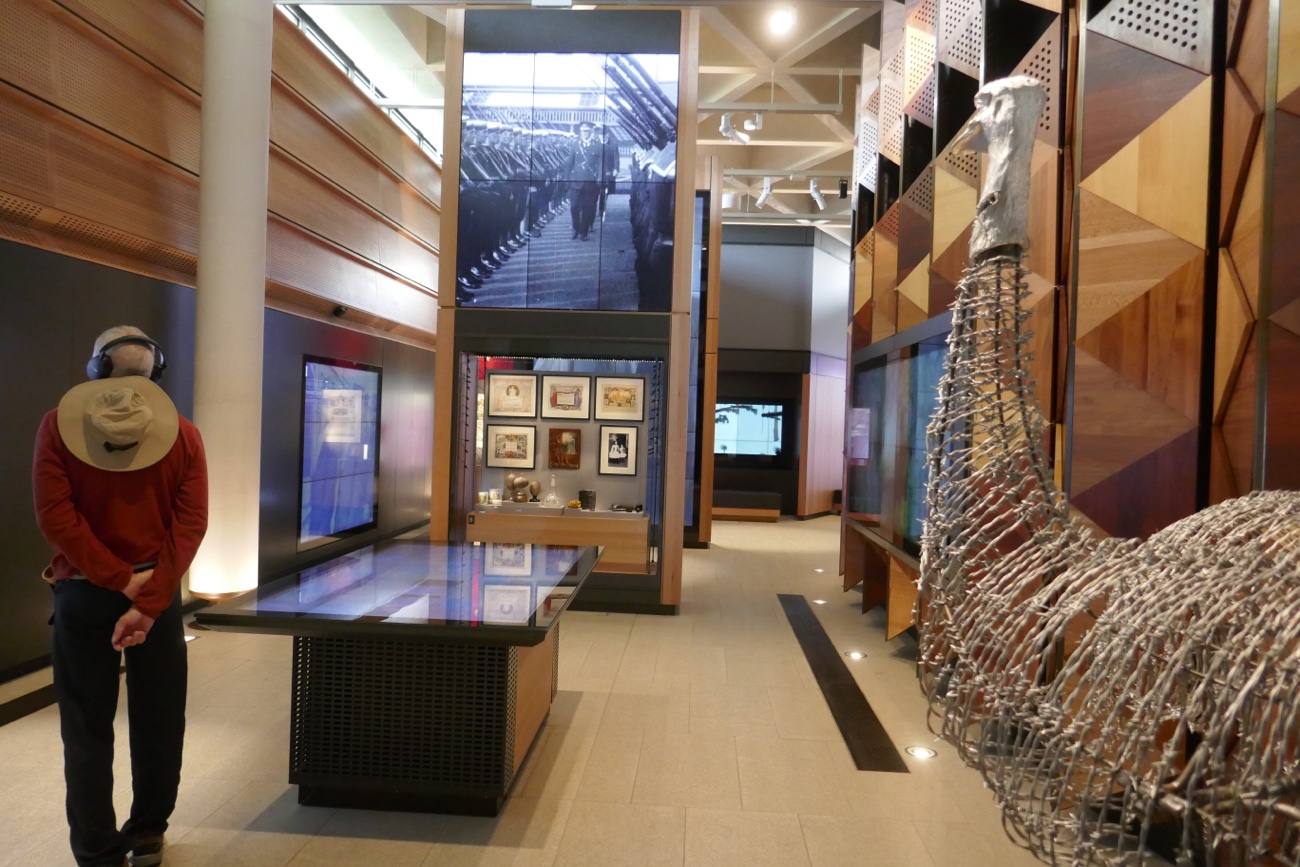

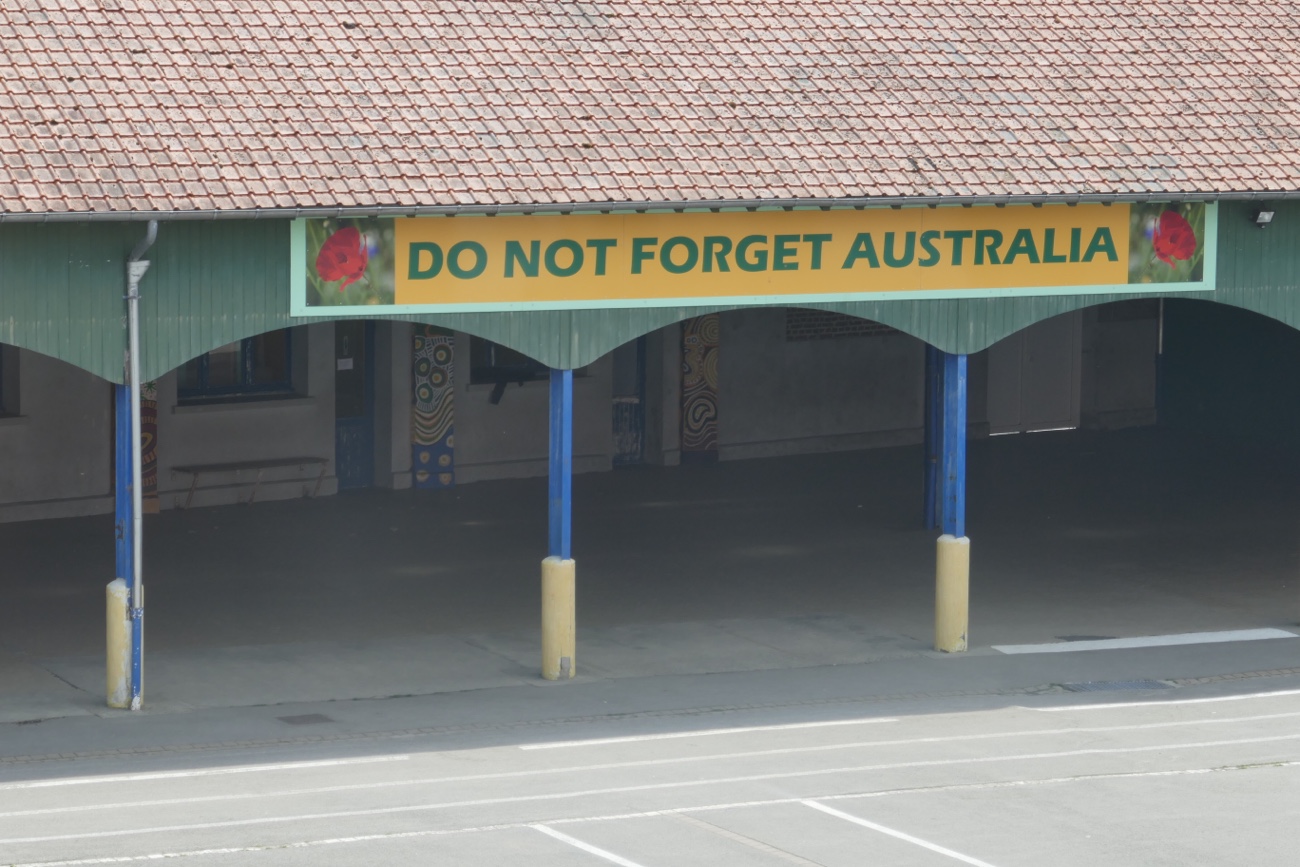
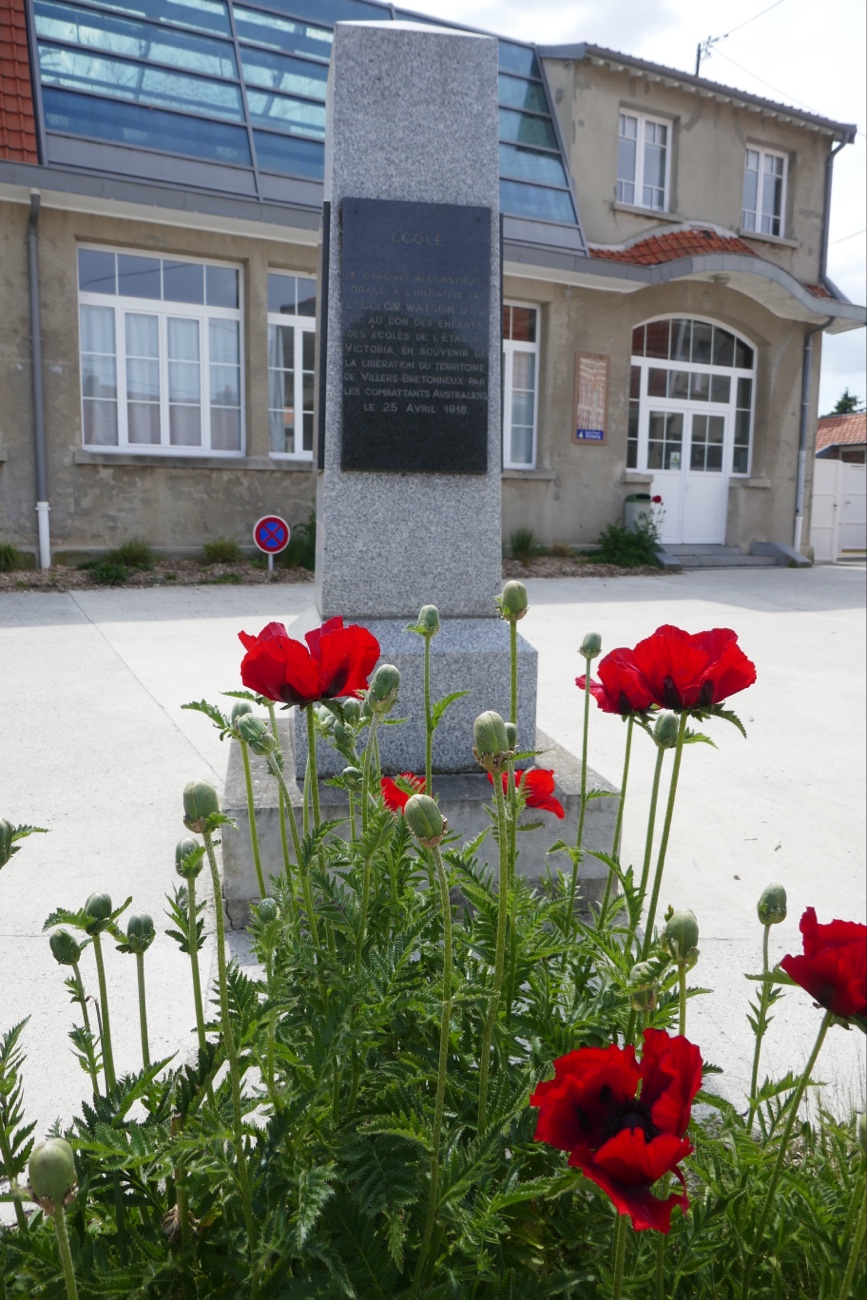
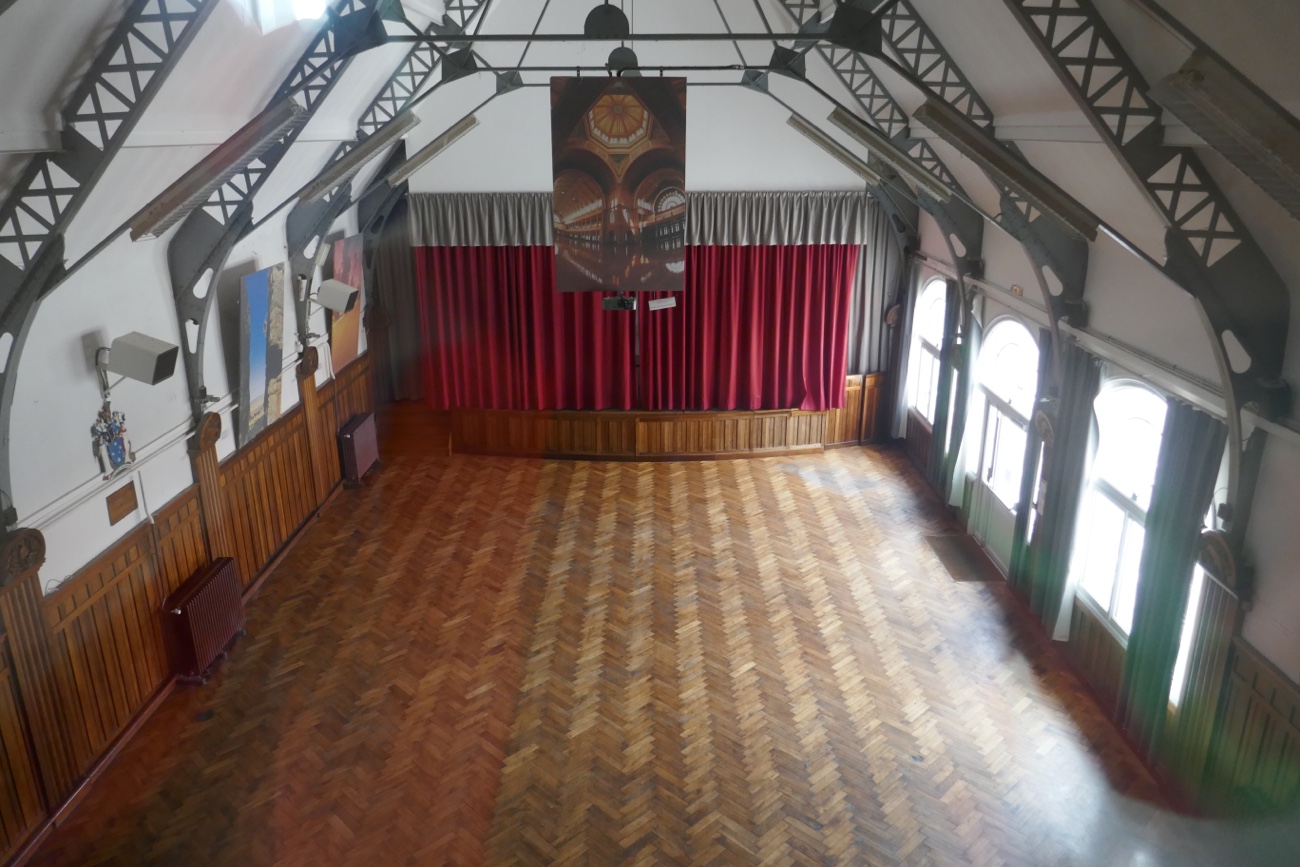

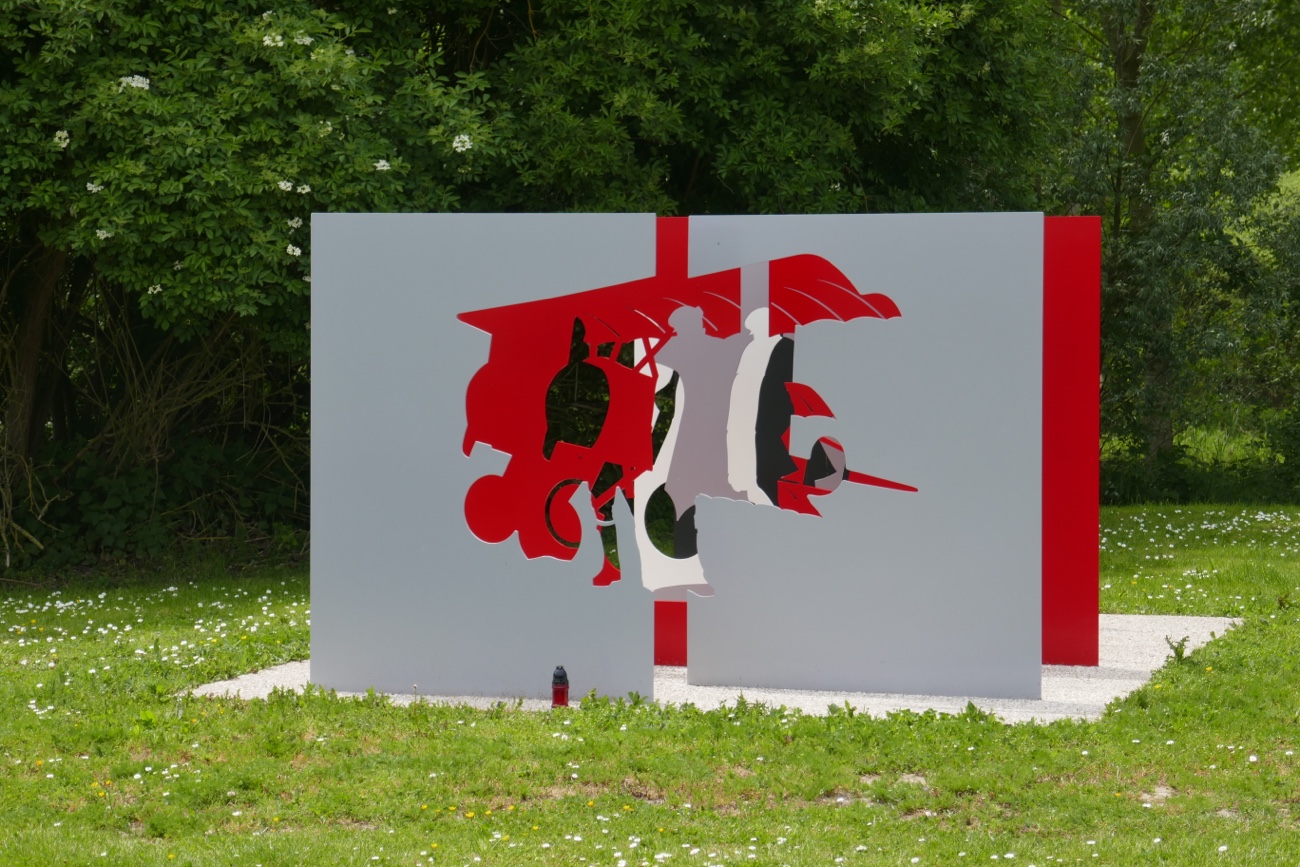
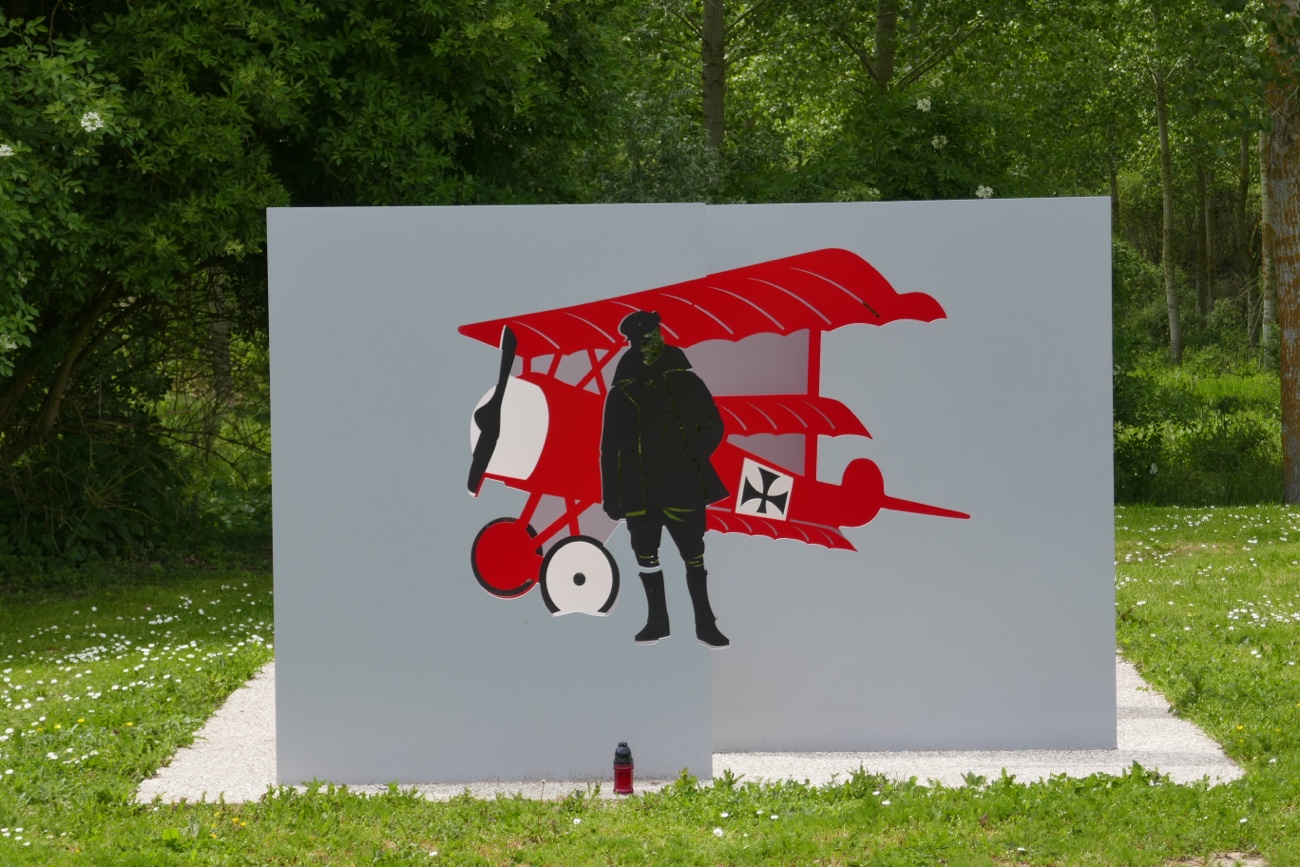
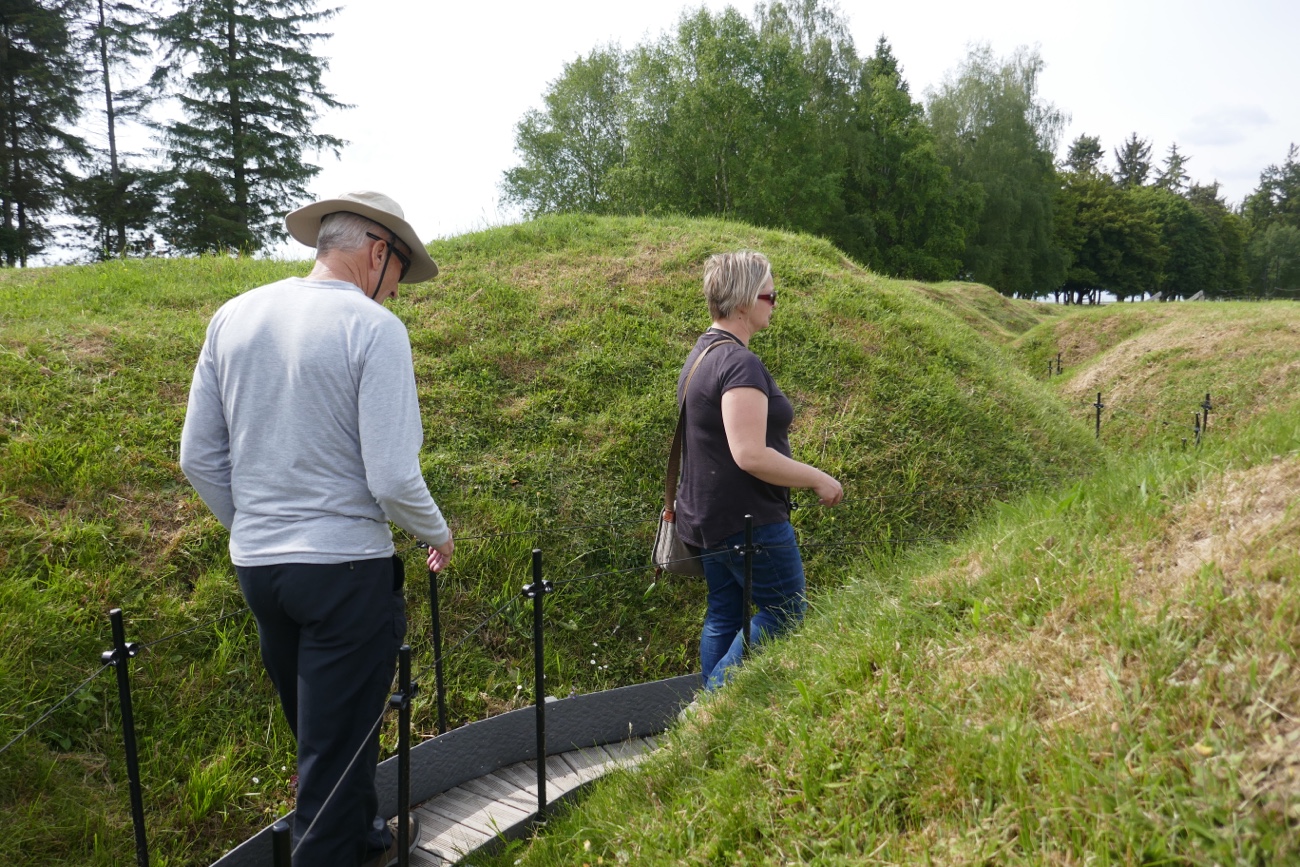


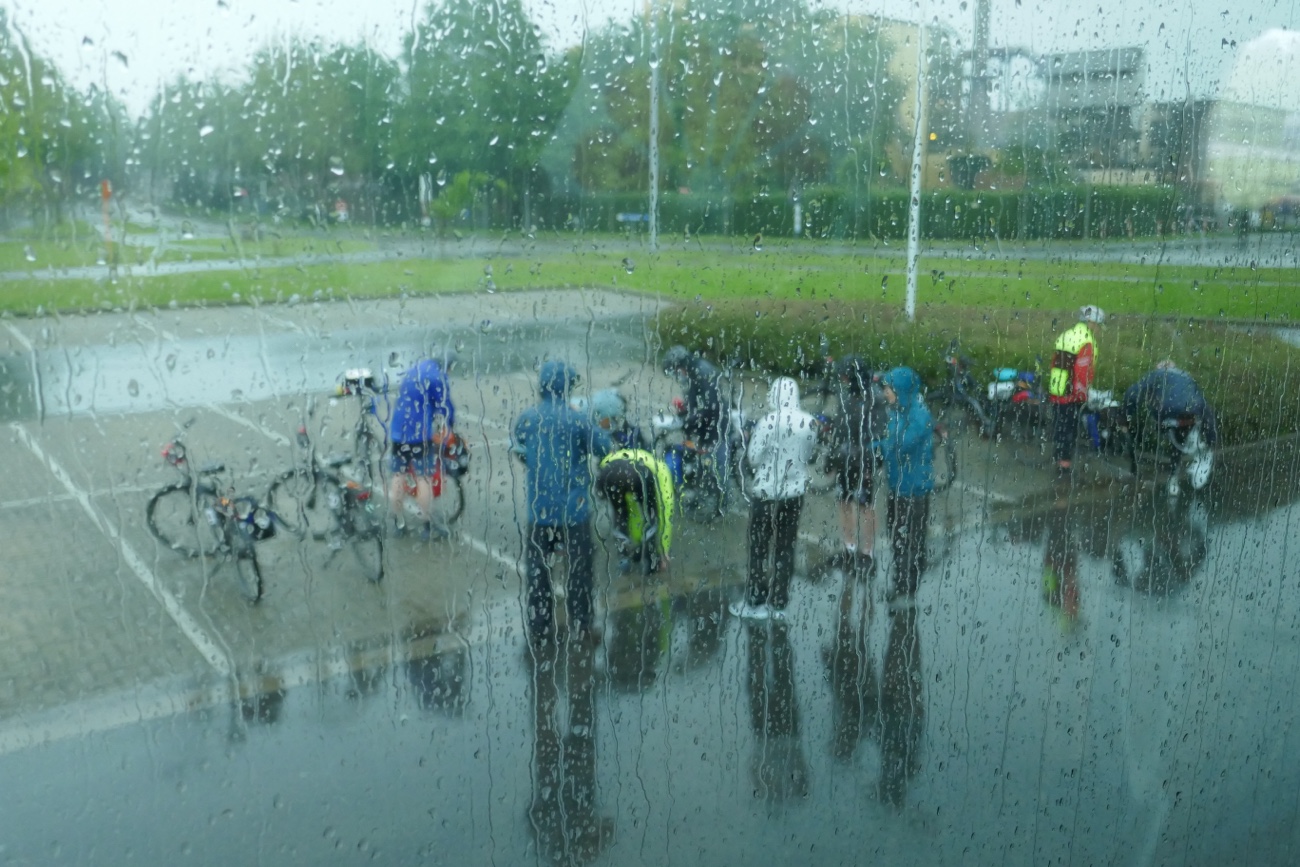 After arriving in Ypres, bikers took to their bikes and we all headed to the Flanders Fields Museum.We spent a couple of hours in the museum, hearing stories of the battles in this region.
After arriving in Ypres, bikers took to their bikes and we all headed to the Flanders Fields Museum.We spent a couple of hours in the museum, hearing stories of the battles in this region.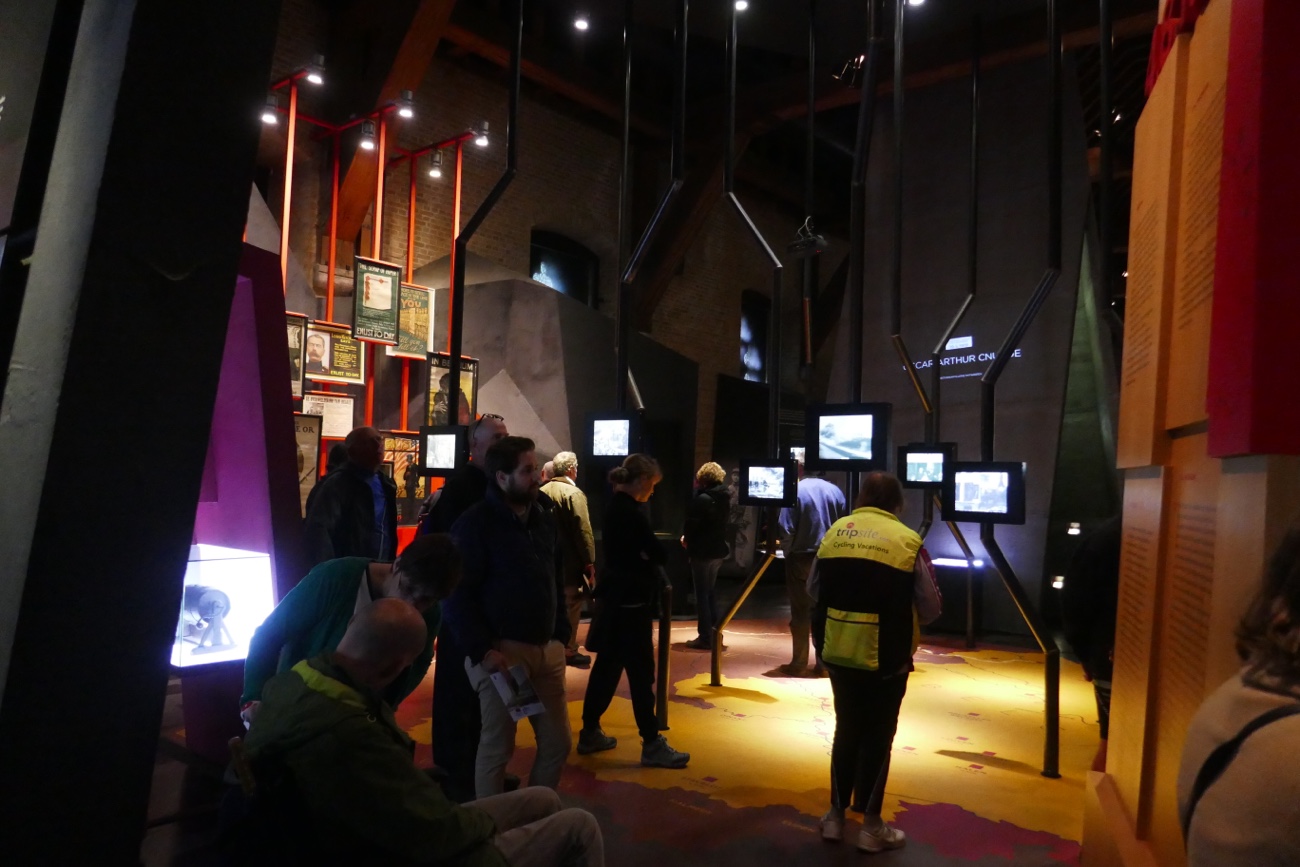
 We then boarded the bus and headed to Zonnebeke to visit the Passchendaele Museum with its recreated tunnels and trenches.
We then boarded the bus and headed to Zonnebeke to visit the Passchendaele Museum with its recreated tunnels and trenches.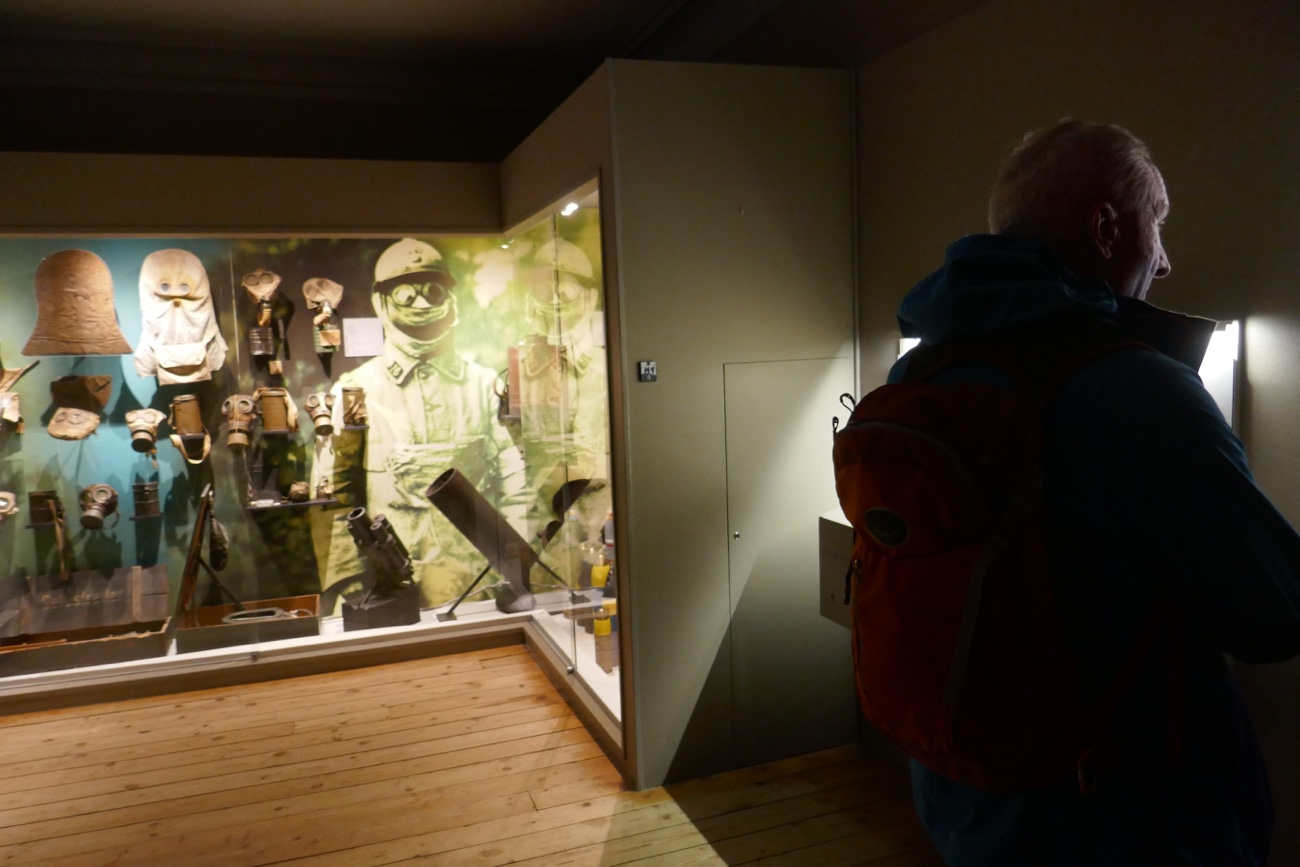
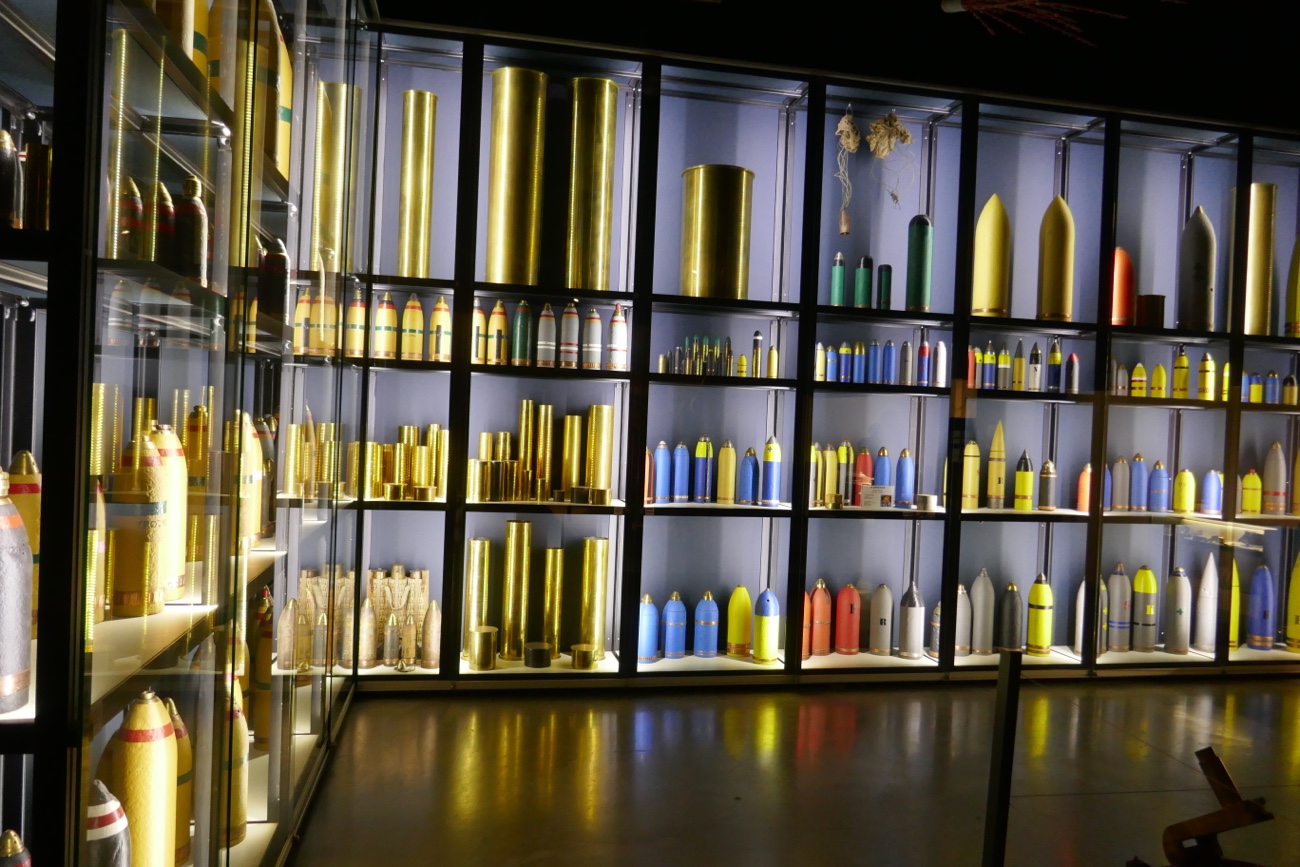
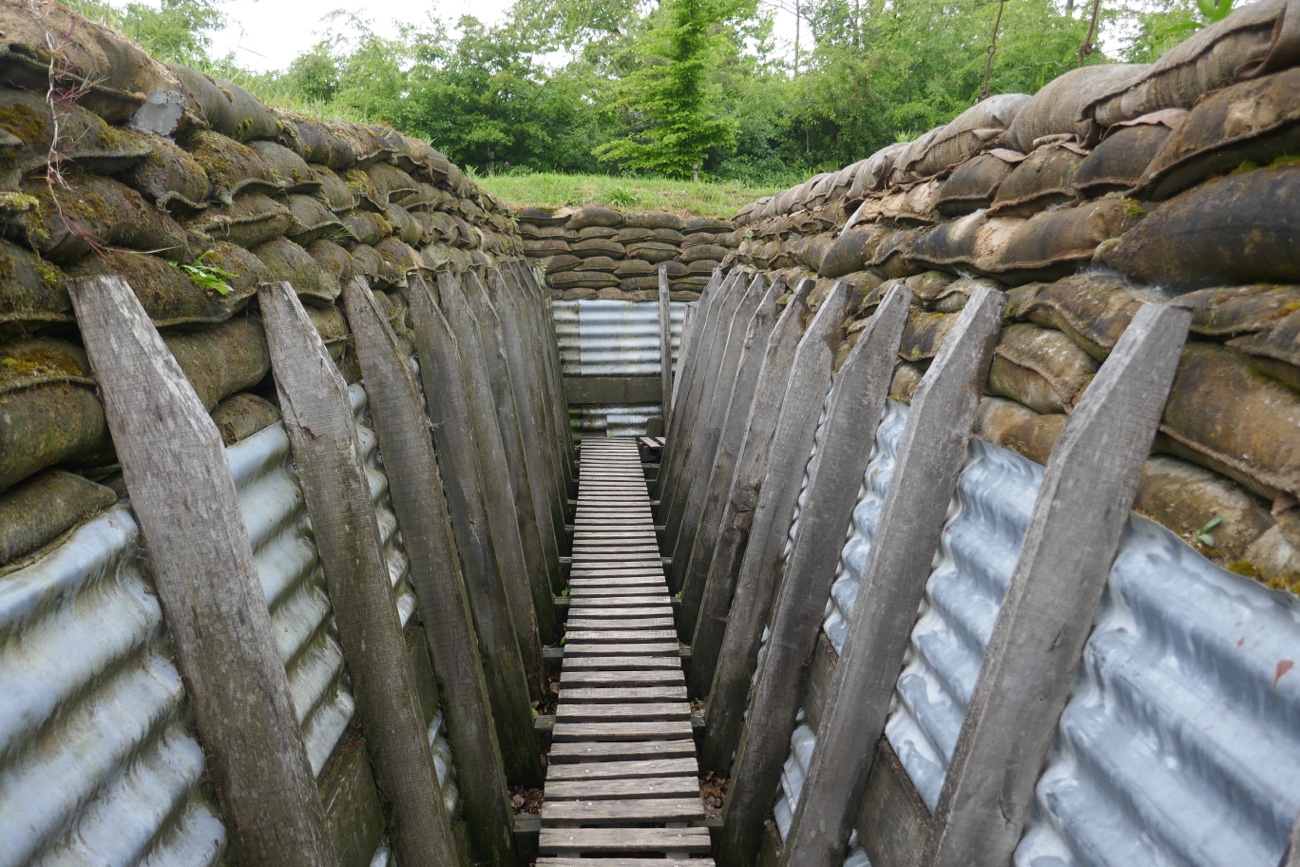 It was then a short trip to Tyne Cot cemetery, the largest Commonwealth War Graves site with nearly 12,000 graves.
It was then a short trip to Tyne Cot cemetery, the largest Commonwealth War Graves site with nearly 12,000 graves.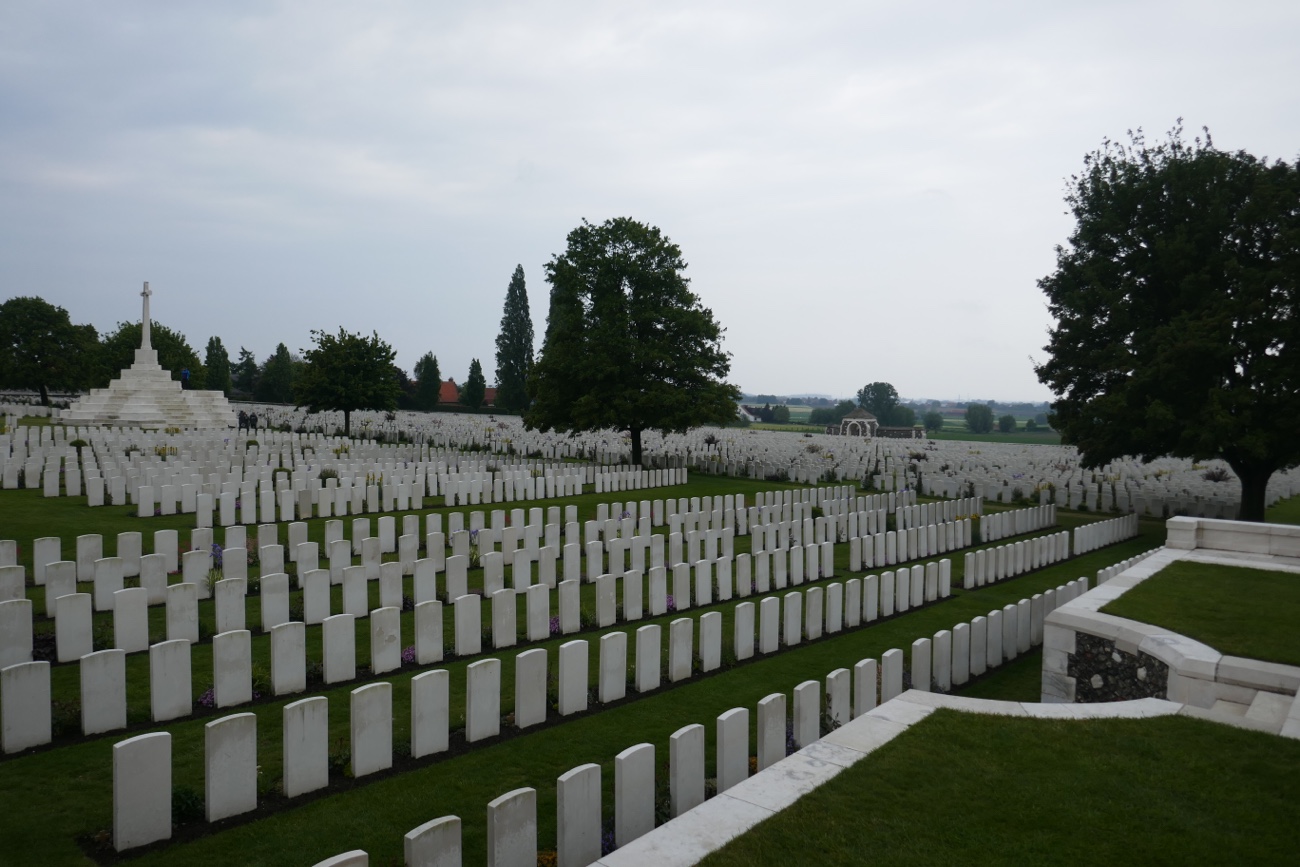
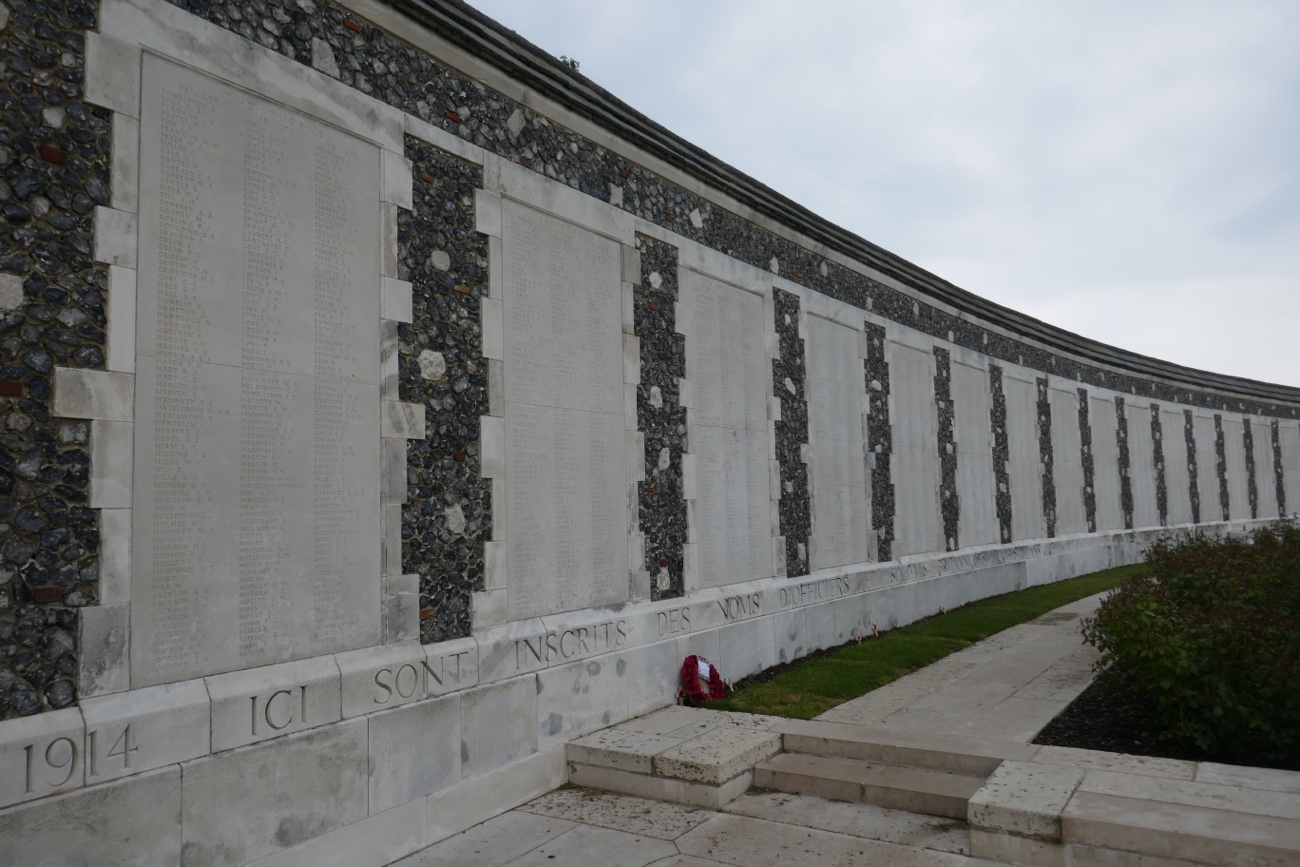 Next stop was the German Langemarke Cemetery – the resting place of 44,000 Germans including 25,000 in a mass grave and 3000 school students who were given 6 weeks training and then sent to the front to die within weeks.
Next stop was the German Langemarke Cemetery – the resting place of 44,000 Germans including 25,000 in a mass grave and 3000 school students who were given 6 weeks training and then sent to the front to die within weeks.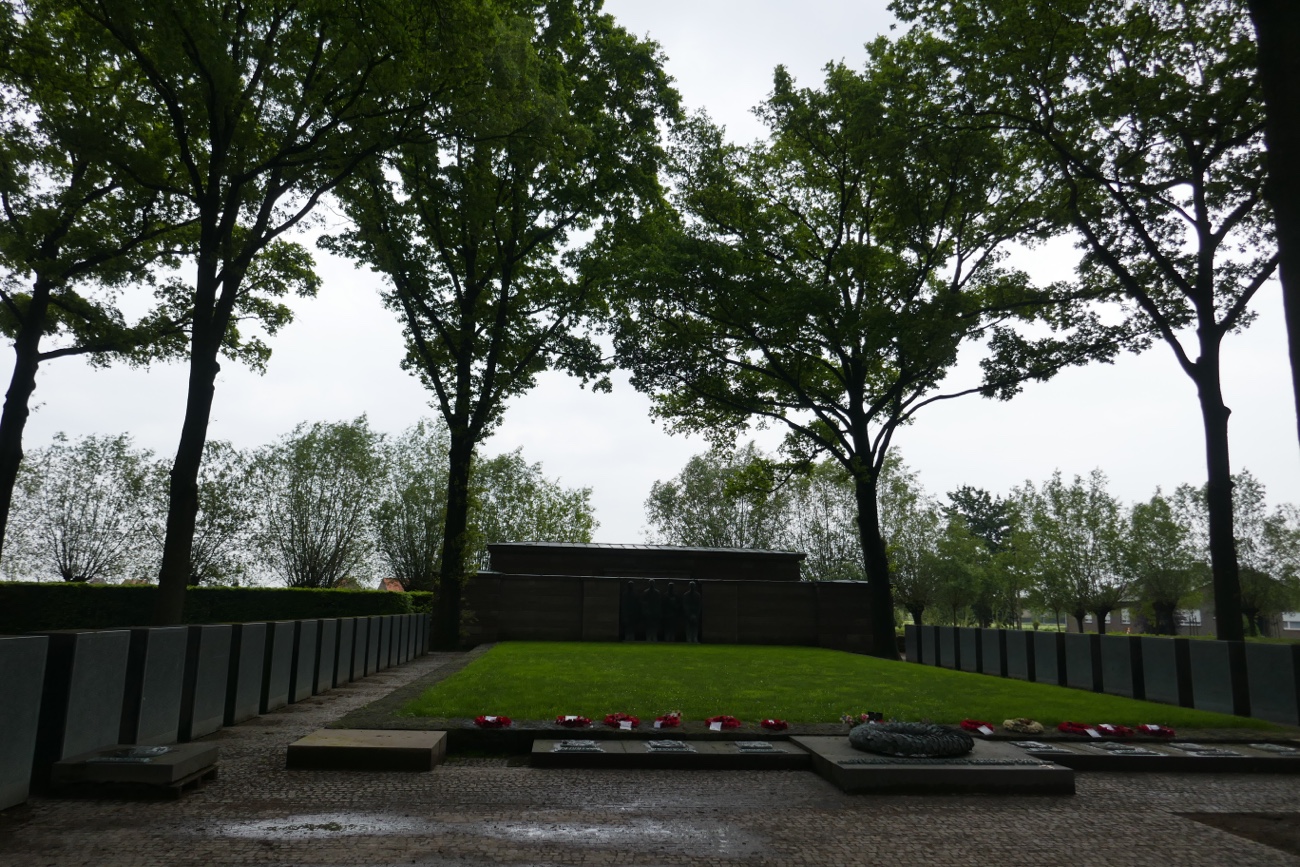
 Our final stop of a very full day was Essex Farm cemetery where there is a memorial to John MacCrae who wrote the poem In Flanders Fields.
Our final stop of a very full day was Essex Farm cemetery where there is a memorial to John MacCrae who wrote the poem In Flanders Fields.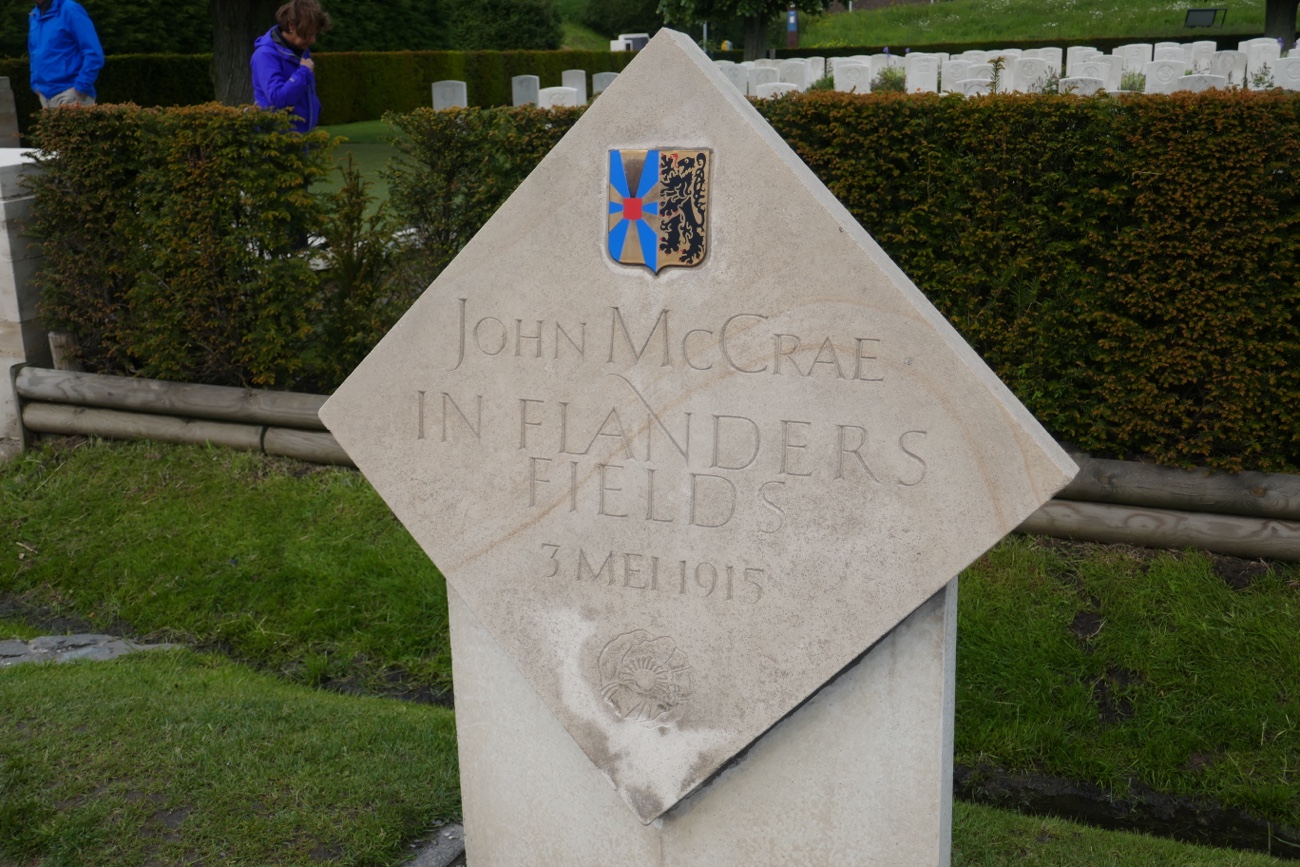
 We then returned to Ypres for dinner (Flemish stew) before attending the Last Post Ceremony at the Menin Gate which has occurred every night since 1928 at 8pm to honour the over 54000 soldiers whose names are inscribed on the arch and who have no known grave. The ceremony was held in England during the Second World War but has otherwise run uninterrupted for 91 years.
We then returned to Ypres for dinner (Flemish stew) before attending the Last Post Ceremony at the Menin Gate which has occurred every night since 1928 at 8pm to honour the over 54000 soldiers whose names are inscribed on the arch and who have no known grave. The ceremony was held in England during the Second World War but has otherwise run uninterrupted for 91 years.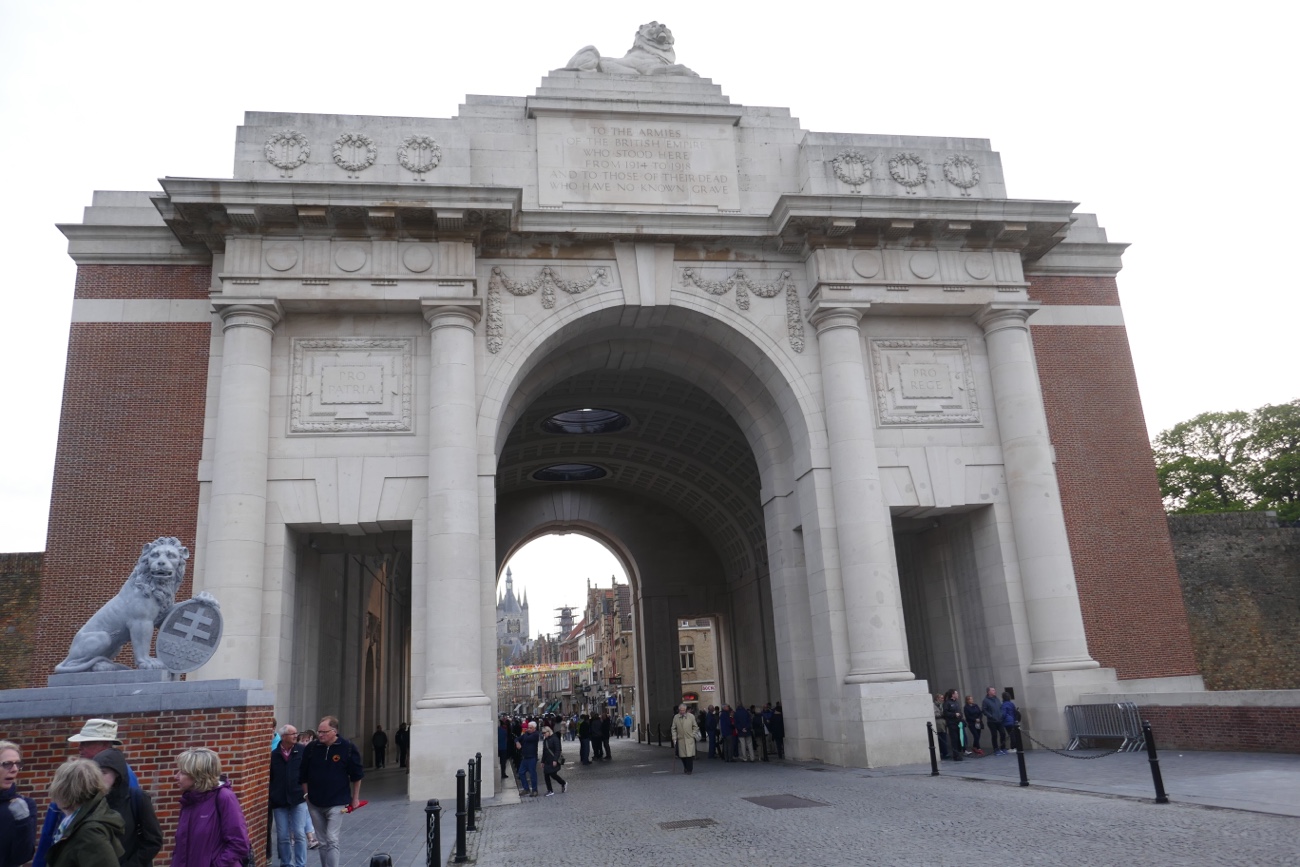

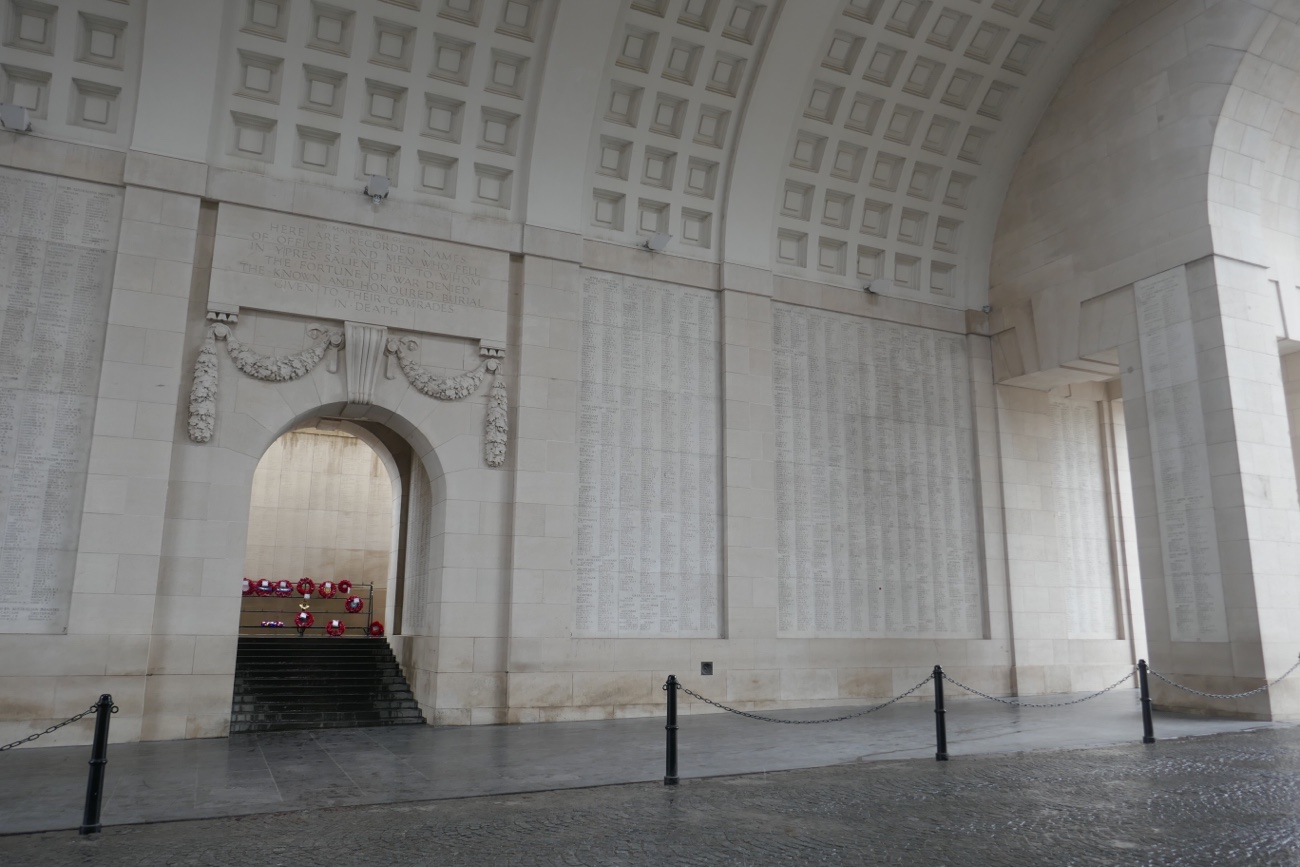 We all returned to the barge at Kortrijk by bus and fell into bed after a long day. Burt and the crew had an early start to get the barge to Machelen so we could do our final ride to Bruges. The headwinds were not as bad as expected and we enjoyed a nice final day through forests and quiet country roads.
We all returned to the barge at Kortrijk by bus and fell into bed after a long day. Burt and the crew had an early start to get the barge to Machelen so we could do our final ride to Bruges. The headwinds were not as bad as expected and we enjoyed a nice final day through forests and quiet country roads.